Loading more posts...
Boonie Dog
-
Navigator.pub
-
346 Posts
-
215 Websites

Indians celebrate end of Diwali with cow dung fight
Dozens of devotees from the southern Indian village of Gummatapura battle it out with cow dung for the Gorehabba festival, a local celebration marking the conclusion of India's festival of light, Diwali. The festival is unique to the village where locals believe their god -- Beereshwara Swamy -- was born in cow excrement. Some Hindus believe cows and everything they produce is sacred and purifying.
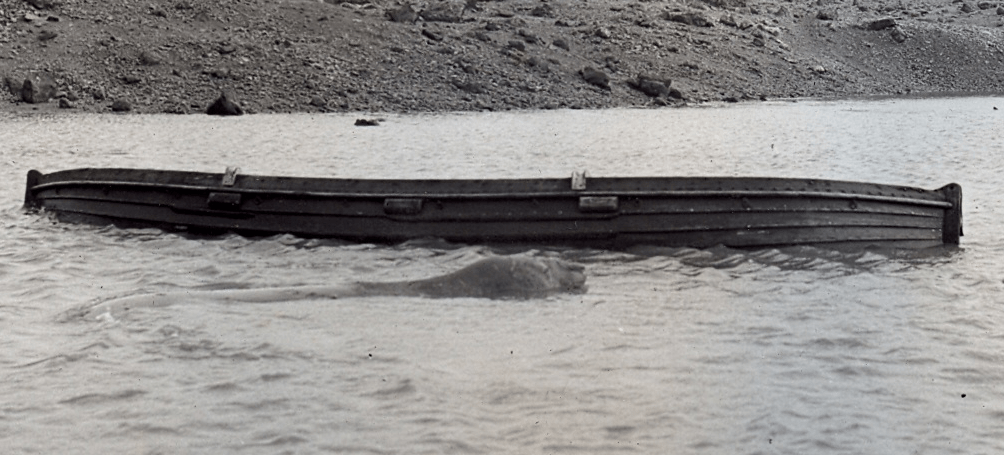
Abandoned Lifeboat on Bouvet Island: Mystery Solved! - Historic Mysteries
In 1964, an abandoned lifeboat was found on Bouvet Island, one of the most remote islands in the world. Who shipwrecked in this cold, inhospitable place?
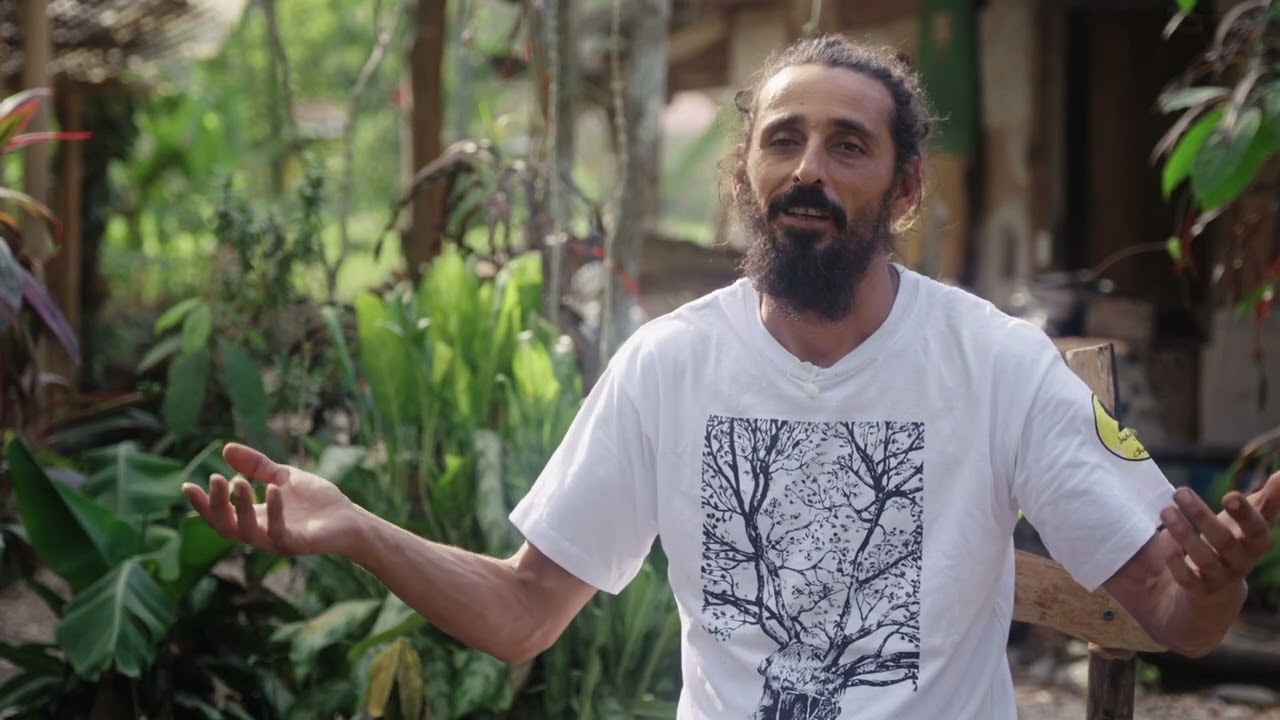
Indigena Café and Chocolate
If you want to know more about the project and support this film and more films to come, go to this Link: https://opencollective.com/humannaturestories/projects/indigena-cafe Follow on Instagram to keep being updated with the latest projects: https://www.instagram.com/humannature.stories/ Desciption: Gianni moved out of his hometown Anzio in Italy more than 23 years ago and spent his last 8 years building an ecological, ethical and social project. "Indigena Café & Chocolate" is an eco-conscious café and small batch chocolate making shop near the Cabo Blanco Nature Reserve in Cabuya, Costa Rica. The Café was created with the vital idea of sustaining and supporting the traditions, arts, and languages of the Indigenous communities of Costa Rica, as well as the country’s vibrant ecological systems. With a way beyond “fair-trade” approach Gianni purchases cacao beans for his chocolate from various Indigenous communities, including „Ngäbe“, a Costa Rican Indigenous community located near the border of Panama. By paying them a fair price for the beans and selling their handcrafted art in the café, as well as organizing non-profit events for sharing their knowledge and give the customers insights into their traditions and processes, “Indigena Café and Chocolate“ is providing a stable source of income for Indigenous communities. Because of his ecological and "close to nature"-mindset, the Café and the surrounding structures on the property have all been built using natural building methods and sustainable materials. Wattle and daub technique, lime plastering, terra cotta, cob and clay walls, locally harvested bamboo, adobe bricks, sustainably harvested local wood, and thatched roofing have all been implemented throughout the buildings. Other permaculture features on the property include biodigestors, natural grey water filtration systems, an ecological pond, biodiverse gardens and a Hummingbird Farm. Both beautiful and ecological, the property gracefully intertwines artistic creativity with sustainable living.
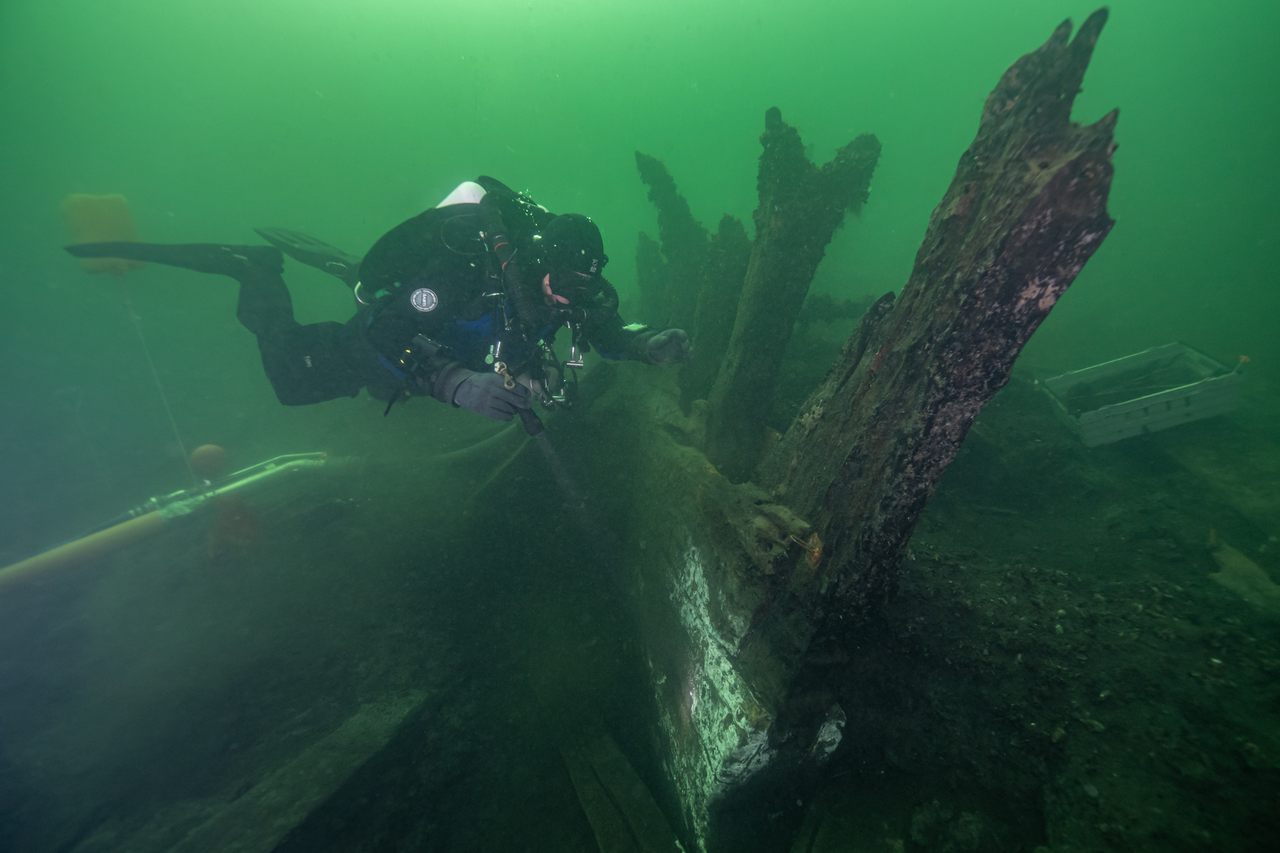
How Did a Medieval Spice Cabinet Survive 500 Years Underwater?
In the 1970s, a local diving club came across a mysterious wooden wreck there, in 33 feet of water. It wasn’t until 2001 that the first archaeological excavations of the ship began, after one of the divers told local archaeologists about what they had found. It was another decade before the remains were identified as those of Gribshunden. All through the excavation of the wreck, remarkably preserved by the cold waters of the Baltic, amazing and sometimes odd artifacts have emerged and attracted media attention. In 2015, there was a nearly perfectly preserved wooden “sea monster” figurehead. In 2019, archaeologists discovered a well-preserved rare Atlantic sturgeon. Further excavations in 2021 revealed something even more remarkable: a treasure trove of spices, plant material, fruits, nuts, and cereals, that somehow survived underwater for more than 500 years.
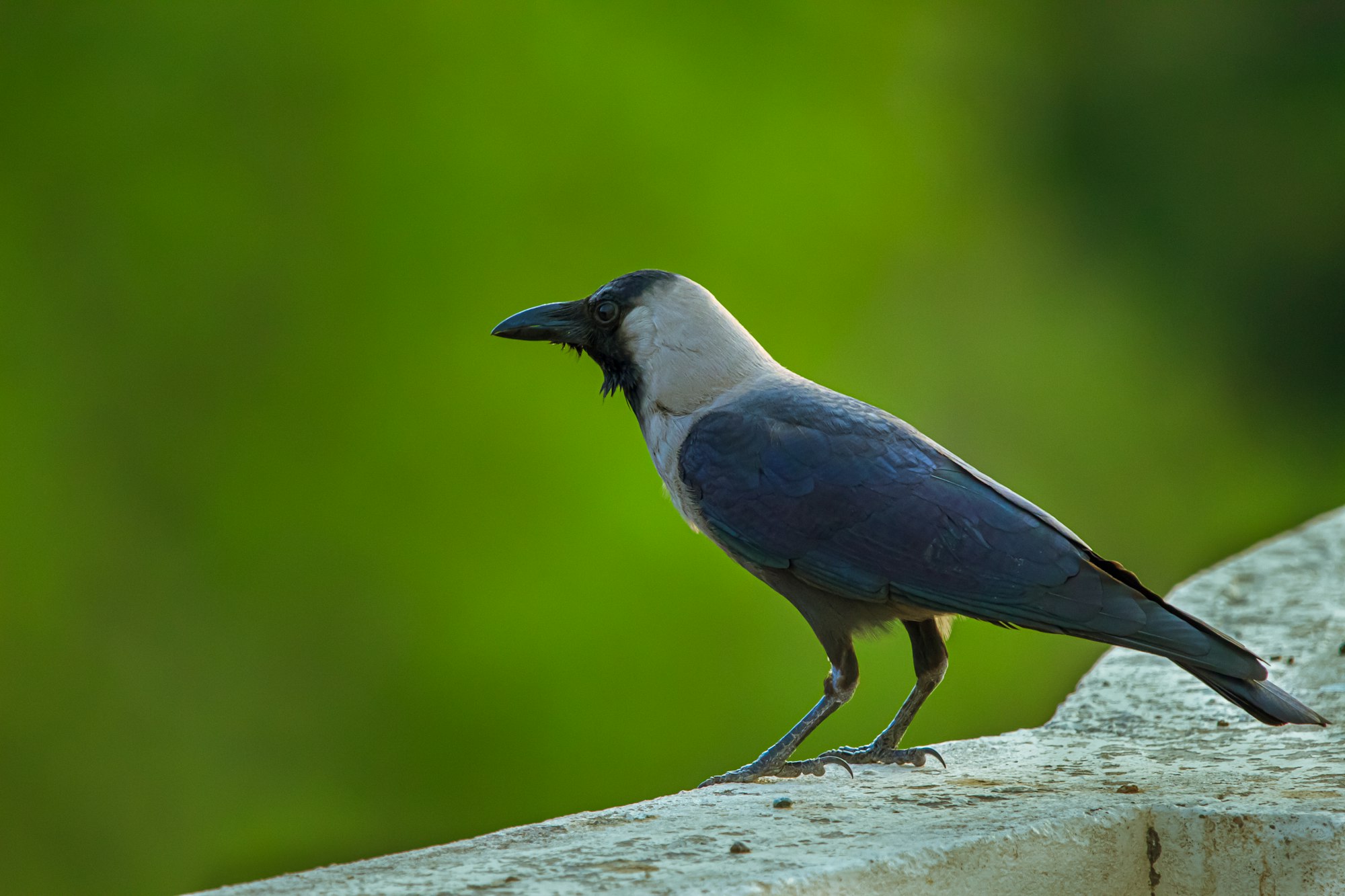
Crows help remove cigarette butts from the streets of Sweden
In Sweden, a startup is training wild crows to pick up cigarette butts from the streets.

The divisive US autumnal drink with a shady past
The aroma of cinnamon and nutmeg smells like sweet autumn nostalgia in the US, but the real story behind pumpkin spice is far spicier.

Tuvalu: The Island No One Visits! (Least Visited Country)
Some of my videos get demonetized, so support me by being a Youtube Member here. https://www.youtube.com/channel/UCox0J-pkaXUkAbU3JdZhadg/join My Patreon (Exclusive Content): https://patreon.com/gus1thego My Favorite Youtube Tool For Copyright Free Music Is Epidemic! Check below! With this link you get a 30-day free trial that you can cancel anytime. Add music to your content creations. Get full access to over 40,000 tracks & 90,000 sound effects. All rights are included and I love Epidemic Sound! 🎵 MUSIC (No Copyright - Epidemic Sound) - https://share.epidemicsound.com/eashgi Remember To Subscribe to GUS1THEGO! ☕️ Buy Me A Coffee: https://www.buymeacoffee.com/gus1thego 👉 Be A Patron And Get Exclusive Content: https://patreon.com/gus1thego 🎵 MUSIC (No Copyright - Epidemic Sound): https://share.epidemicsound.com/eashgi Partnership requests with gus1thego: gus1thego@outlook.com My Patreon (Exclusive Content): https://patreon.com/gus1thego
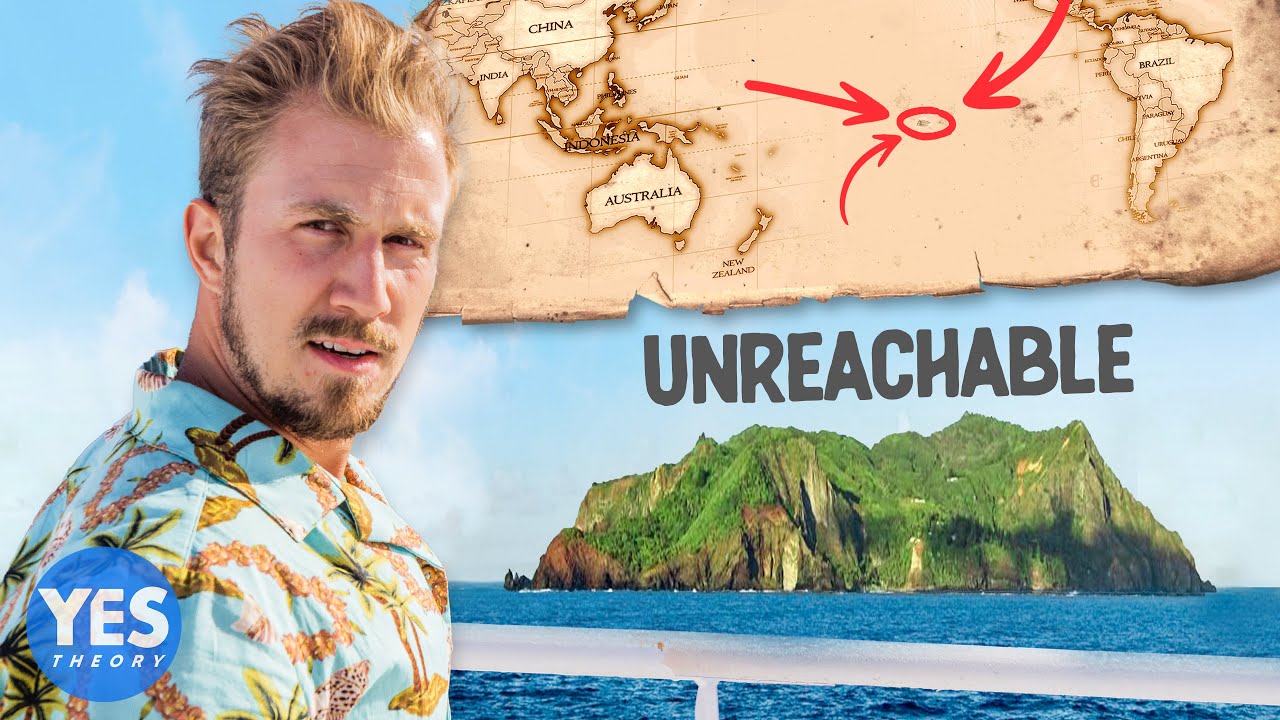
Dark Secrets of the World’s Most Isolated Island
Start your free trial with Shopify at this link! http://shopify.com/yestheory This week, I traveled to the most remotely inhabited island on Earth: Pitcairn Island. This island has one of the most unique stories of a founding that I've ever heard of and I can't wait for you to explore it with me in this epic tale shot by the incredible @cory.s.martin 🙏🏼 Thank you for making these videos possible through your support of Seek Discomfort ⚡️ SEEK DISCOMFORT: http://seek-discomfort.com/yes-theory ✈ Book an Adventure: https://travel.yestheory.com/ JOIN OUR COMMUNITY ⁺ Seek Discomfort: https://www.youtube.com/seekdiscomfort 📝 Follow Matt’s Newsletter: http://yestheory.com/newsletter/ 📸 Instagram - https://www.instagram.com/yestheory/ 🐦 Twitter - https://twitter.com/yestheory 🎬 Facebook- https://www.facebook.com/yestheory/ ☮️ If you want to join the Yes Fam Facebook group which is 100,000+ of our most engaged and badass community members, you can apply here: https://www.facebook.com/groups/yesfam/ 🎥 HOW WE MAKE OUR VIDEOS 🎵 Where we find our music: 1- Epidemic Sound. Amazing royalty free music for YouTube. Free 30 day trial here: http://share.epidemicsound.com/wFFbr 2- Musicbed. Amazing label-quality cinematic music. 30-day free trial here: http://share.mscbd.fm/YesTheory 3- Artlist. 2 Months Free High Quality Music: https://artlist.io/artlist-70446/?artlist_aid=YesTheory_593&utm_source=affiliate_p&utm_medium=YesTheory_593&utm_campaign=YesTheory_593 4- Soundstripe: Get 15% off by using the code YESTHEORY at the link https://soundstripe.com?fpr=yestheory 🎞 Our b-roll and stock footage: 2 Months Free Stock Footage Videos: https://artgrid.io/artgrid-114820/?artlist_aid=YesTheory_593&utm_source=affiliate_p&utm_medium=YesTheory_593&utm_campaign=YesTheory_593 For an amazing b-roll and footage library, checkout: http://storyblocks.com/YesTheory 📈 Our Most Popular YouTube Videos 🎬 Traveling to the least visited country in the world: https://youtu.be/ODuEl4oNae0 🎬 Becoming Superhuman with Iceman Wim Hof: https://youtu.be/8cvhwquPqJ0 🎬 We Helicopter Bungee Jumped with Will Smith: https://youtu.be/KSu6gRp7UBA 🎙 The Yes Theory Podcast: https://spoti.fi/3sFdq6v GET IN TOUCH 🌍 Our website - http://www.yestheory.com 🌍 Advertise With Us - partnerships@yestheory.com Who are we? We believe that life’s greatest moments and deepest connections exist outside of your comfort zone. Ask us a Question: Tweet us @yestheory

96-year-old Stuart Hodes reflects on death (In Memorium)
Stuart Hodes passed away last year (2023), at the age of 98, but his long and fulfilling life continues to fuel us with inspiration. Stuart took his first dance lesson at the Martha Graham school after being discharged from a distinguished stint as an air force aviator in World War II, and he has been dancing through life ever since. He recently wrote a memoir called "Onstage with Martha Graham," and joined us to give his Brief but Spectacular take on dancing into old age. (This episode was first published in 2021) Follow Brief But Spectacular on our Socials: Instagram: https://www.instagram.com/briefbutspectacular/ Tiktok: https://www.tiktok.com/@briefbutspectacular Brief But Spectacular is an Emmy-nominated interview series that airs weekly on PBS NewsHour. These short-form episodes present an in-depth look at a variety of compelling guests and ideas. Since 2015, the series has profiled over 300 subjects on a variety of topics, such as the healthcare crisis, immigration, mass incarceration, systemic racism, and mental illness. These powerful narratives put personal faces on complex issues and provide a window into the human condition. The intention of the series is to elicit empathy from the viewer by presenting original voices on universal subjects and inviting the audience to walk in someone else’s shoes. Learn more about the team behind these amazing interviews: https://www.secondpeninsula.com/work/brief-but-spectacular #BriefButSpectacular #Documentaries #Interviews
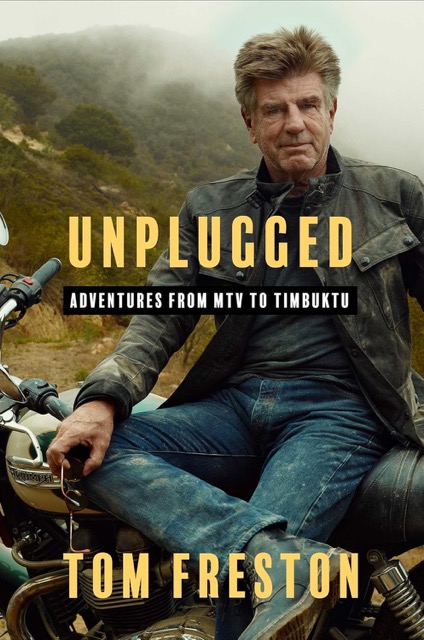
Unplugged: Adventures from MTV to Timbuktu
A freewheeling and riveting memoir from media honcho Tom Freston that takes us behind the scenes of his global adventures—from hitchhiking around the world, to running a clothing export company out of India and Afghanistan, to cofounding MTV, to becoming CEO of MTV Networks, then CEO of Viacom, then later returning to work in Africa and Afghanistan.
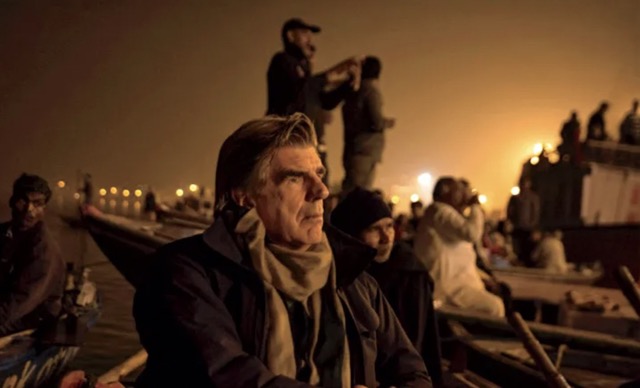
Why MTV Co-Founder Tom Freston Is Hooked on India | Condé Nast Traveler
Freston first traveled to India in 1972. Four decades on, he's still addicted, and despite the breakneck pace of modernization, still manages to lose himself a little each time.
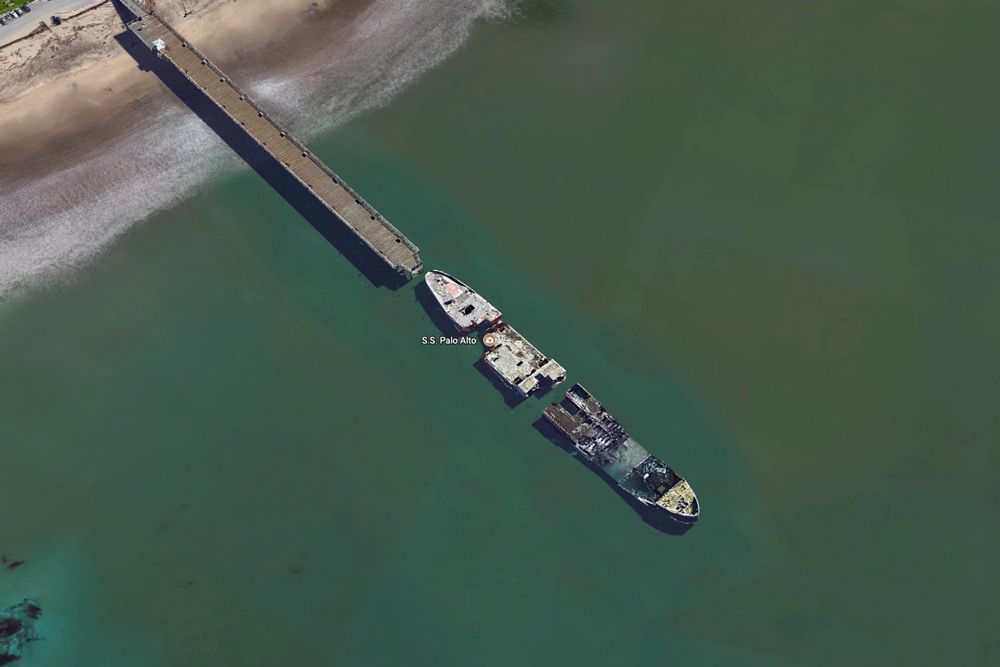
Mayday! 22 mysterious shipwrecks you can see on Google Earth | Live Science
Google Earth has captured images of rotting and rusting hulls that are wasting away in shallow waters the world over.
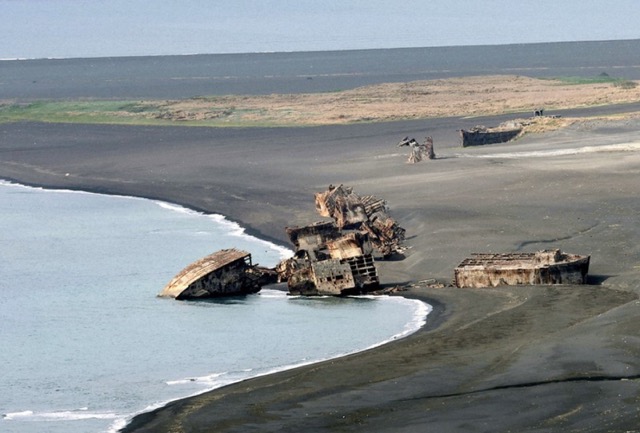
What Still Remains Iwo Jima
What Still Remains on Iwo Jima is a rare visual tour of one of the Pacific War’s most haunting and historically significant sites. In this rare visual tour, historian Jon documents key WWII locations across the island—including bunkers, memorials, and battle-scarred terrain—just before the 74th anniversary. With limited access to Iwo Jima, this solo expedition offers a glimpse into places few will ever see. This is not treasure hunting. This is historical stewardship—driven by curiosity, respect, and a commitment to memory. 🔔 Subscribe to explore more hidden sites across Japan and the Pacific. #IwoJima #WWIIHistory #JapanTreasureHunters #HistoricalPreservation #PacificWar #WWIIrelics #BattlefieldArchaeology #EastAsianStudies #WWIIJapan #RareWWIISites #MemoryAndHistory The clip of the flag raising is from the movie Shore of Iwo Jima. Music: https://www.purple-planet.com/

How to Make a $1500 Sandwich in Only 6 Months
I spent 6 months and $1500 to make a sandwich completely from scratch, including growing my own vegetables, making my own salt from ocean water, milking a cow to make cheese, grinding my own flour from wheat, collecting my own honey, and killing a chicken myself. My quest does not just cover food. In my new video series, I set out to challenge myself to make many every day items we take for granted from scratch. Subscribe to my channel and watch the full episode...and catch my next episode, where I make a suit from scratch, which after factoring in production costs and labor totals to around $4,000! || In This Video || Want to grow your own sandwich? Try using the same wheat seeds I used: https://amzn.to/3Epzyrf ▾ Our Camera Gear: ▾ ► GH5s: https://amzn.to/3BzY9Id ► GH5: https://amzn.to/3Eu0juJ ► Lens: https://amzn.to/2XXkVvM ► GoPro Hero 5: https://amzn.to/3EFkxSr ► Dracast Light Panels: https://amzn.to/3vUY2W4 || SUBSCRIBE || YouTube Channel: http://bit.ly/1OmesgS || SUPPORT || Patreon - https://www.patreon.com/htme Spreadshirt - https://shop.spreadshirt.com/HTME/ || SOCIAL || Facebook: http://ow.ly/X4rJC Twitter: http://ow.ly/X4rS3 (@HTMeverything) Instagram: http://ow.ly/X4rXs || SERIES || Sandwich - http://bit.ly/1ZVGNRn Suit - http://bit.ly/1NsQri8 Thanksgiving Dinner - http://bit.ly/1UjLa1R Bottle - http://bit.ly/1QlTU6C Root Beer Float - http://bit.ly/1OGfphU Book - http://bit.ly/1lGLagx Meet The Makers - http://bit.ly/23ldFlS || ABOUT || Today, getting what you need is as easy as a trip to the store. From food to clothing, energy, medicine, and so much more, Andy George will discover what it takes to make everything from scratch. His mission is to understand the complex processes of manufacturing that is often taken for granted and do it all himself. Each week he’s traveling the world to bypass the modern supply chain in order to harvest raw materials straight from the source. Along the way, he’s answering the questions you never thought to ask. Music by the talented Taylor Lewin http://taylorlewin.com

The NYC Bodega: A History of Violence and Resilience - Untapped New York
Bodegas serve as lifelines and community centers, yet have faced heinous violence. Here is the story of the New York City bodega.
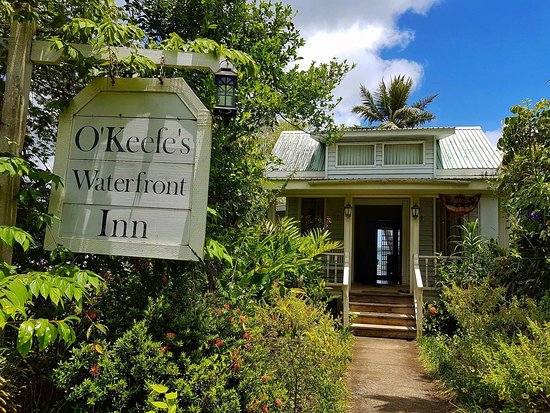
O'Keefe's Waterfront Inn - Yap Hotel
We welcome you to the relaxed, informal atmosphere of the past. O'Keefe's Waterfront Inn is located in the heart of Colonia and is only a ten-minute ride from the Yap International Airport. We offer complimentary airport shuttle service and our Waterfront Lounge overlooking the bay is a great place to relax after a fun day of diving or sightseeing.

Mariana Islands - Must see places on a Rota island overnight trip
Rota is one of the lesser known islands of the Northern Mariana Islands. It has unspoiled nature. WWII and Chamorro cultural sites.
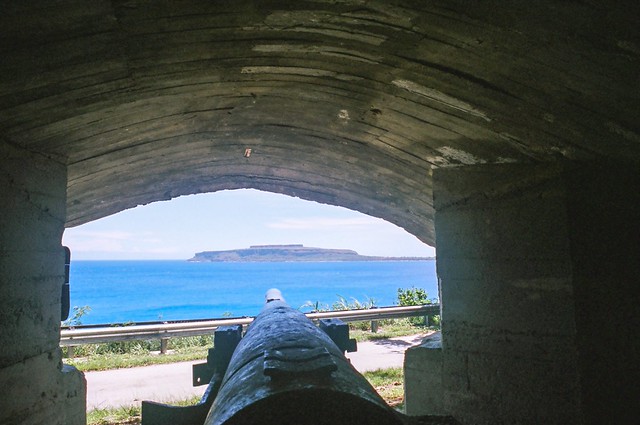
Rota, CNMI
The next two photos are the main Japanese Command Post. They are located high up on the island near the village a Sinapalo, built into a cliff. The first time I went here several years ago I was told to go to a hotel and ask where it is. The hotel is old and run down, I think people live there, it's not for tourists. When I finally found someone they sent a young boy out. The boy indicated he wanted us to follow him in our car. He walked ahead as we drove across the lawn and through what seemed to be someones back yard. We then followed him down a seldom used road to the edge of the jungle. He pointed up to the jungle and headed back to the hotel. We started hacking our way through the jungle up a steep slope until we came across a man made wall that followed along the cliff. The other side of the wall is a walkway with many bunkers and tunnels that connect between gun emplacements. There are no longer guns there and the jungle is taking over the whole thing. Obviously tourists don't make it there very often. The following were both shot on Portra 400.
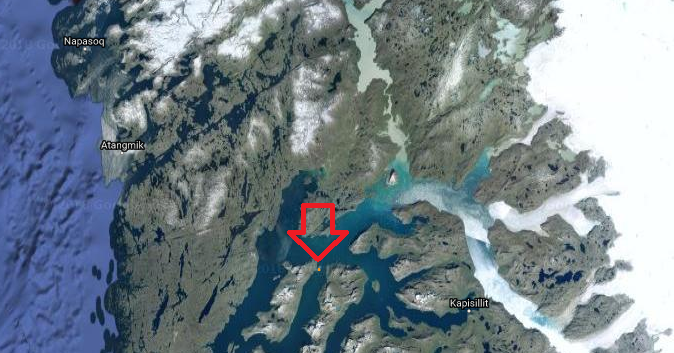
5 Abandoned Railroads (In Places You'd Never Expect)
Unique railway operations that have taken place in highly remote and exotic locations.
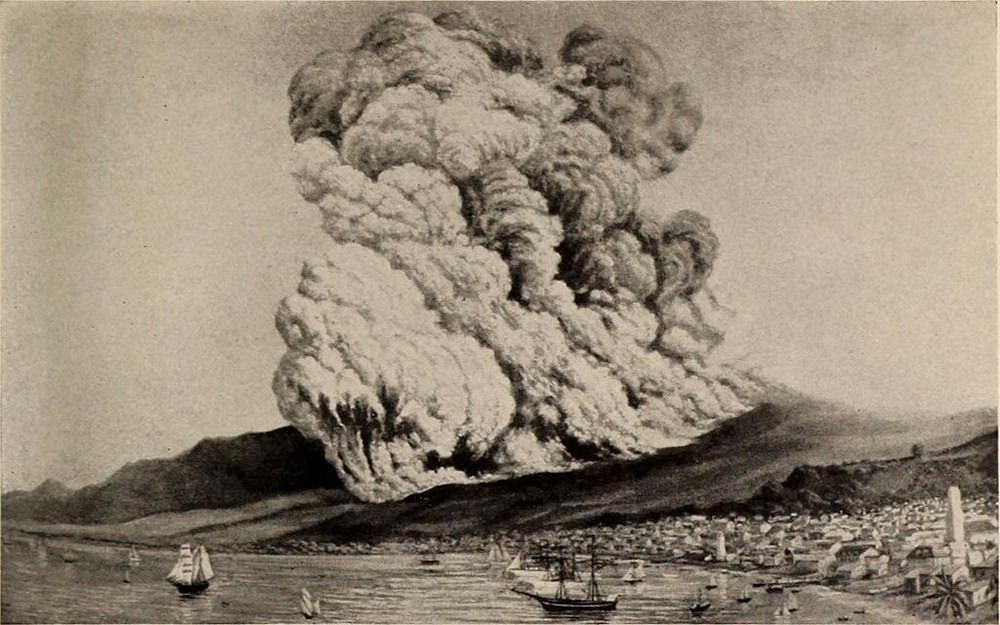
How Solitary Confinement Saved Ludger Sylbaris From The Deadliest Volcanic Eruption | Amusing Planet
Ludger Sylbaris, born Louis-Auguste Cyparis, was not always that lucky or nice. He used to get into fights frequently and was a known troublemaker. In early April, Sylbaris, or “Samson” as his buddies used to call him, was arrested for getting into a drunken brawl and wounding one of his friends with a cutlass. Towards the end of his sentence, he escaped from a laboring job in town, danced all night, and in the following morning, when he got sober, turned himself in to the authorities. Sylbaris was sentenced to one week of solitary confinement in the prison's dungeon. His cell was built of stone and partially buried underground. It did not have windows and was ventilated only through a narrow grating in the door facing away from the volcano through which prisoners received their food. It was the single most sheltered building in the entire city.
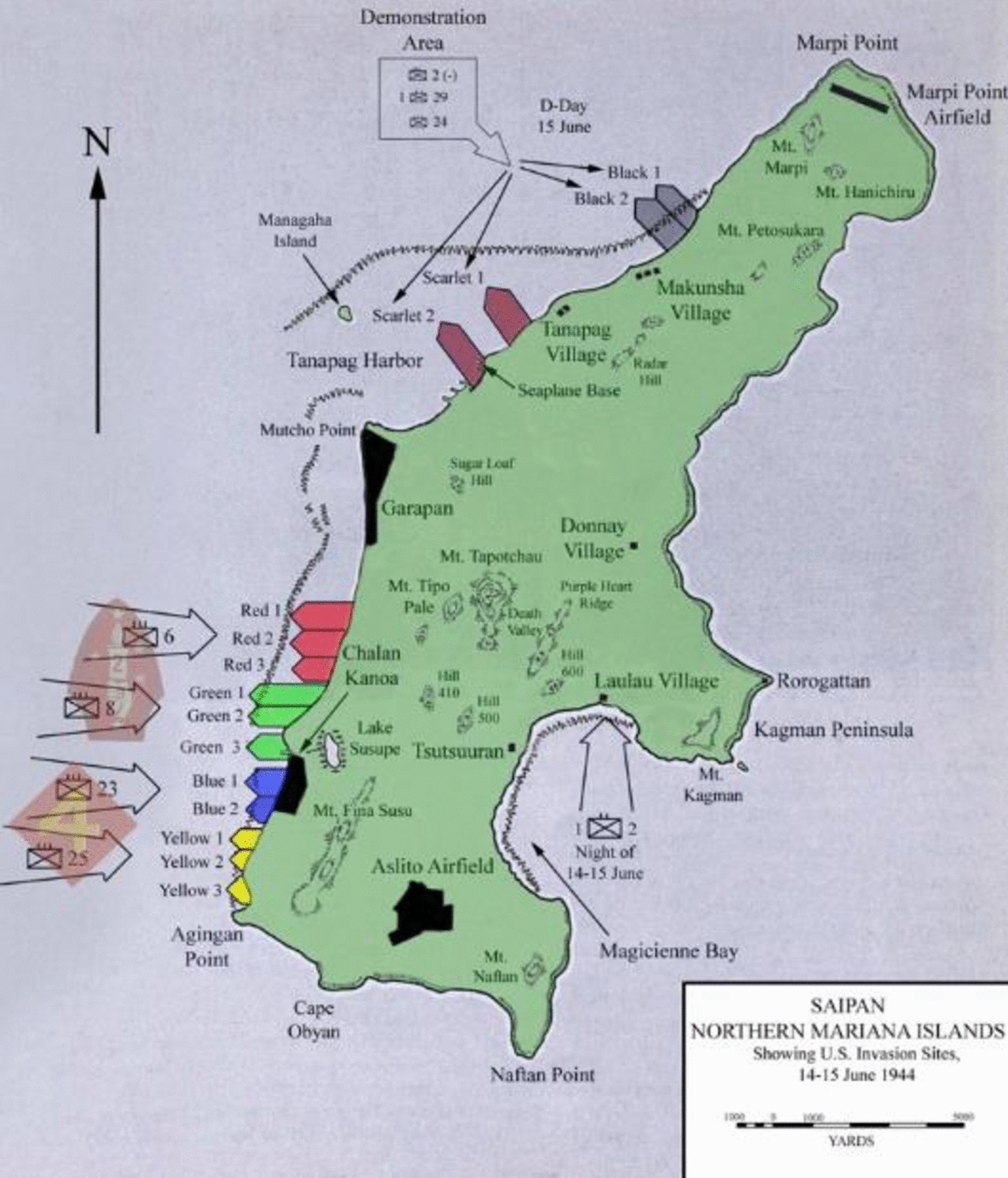
Using Photogrammetry and Deviation Analysis to Conduct Quantitative Monitoring Surveys of WWII Sites in the Pacific | Journal of Maritime Archaeology
In 2012 a program to investigate the management of underwater cultural heritage (UCH) related to the WWII battle for Saipan was developed with several collaborative partners. The program was conceptualized in response to the creation of the WWII Battle for Saipan Underwater Heritage Trail that launched in 2010 (McKinnon and Carrell in J Maritime Archaeol 10(1):11–27, 2015). With the creation of the trail there became a need to monitor and record both the benefits and impacts of promoting visitation at UCH sites. The monitoring program began on a five-year interval and included archaeological site inspections and the collection of in situ conservation data in 2012 and 2017. In 2017, as photogrammetric survey data was advancing and becoming more useful, it was added to the monitoring program. Again in 2023, site inspections, in situ surveys, and photogrammetric surveys were undertaken providing a total of 15 years of data at five-year intervals. This data has proved invaluable for recording both qualitatively and quantitatively how these WWII submerged sites are changing over time. This article reports on the development of photogrammetric surveys and the use of deviation analysis to demonstrate natural and cultural changes on UCH sites of a WWII battlefield from 2017 to 2023.
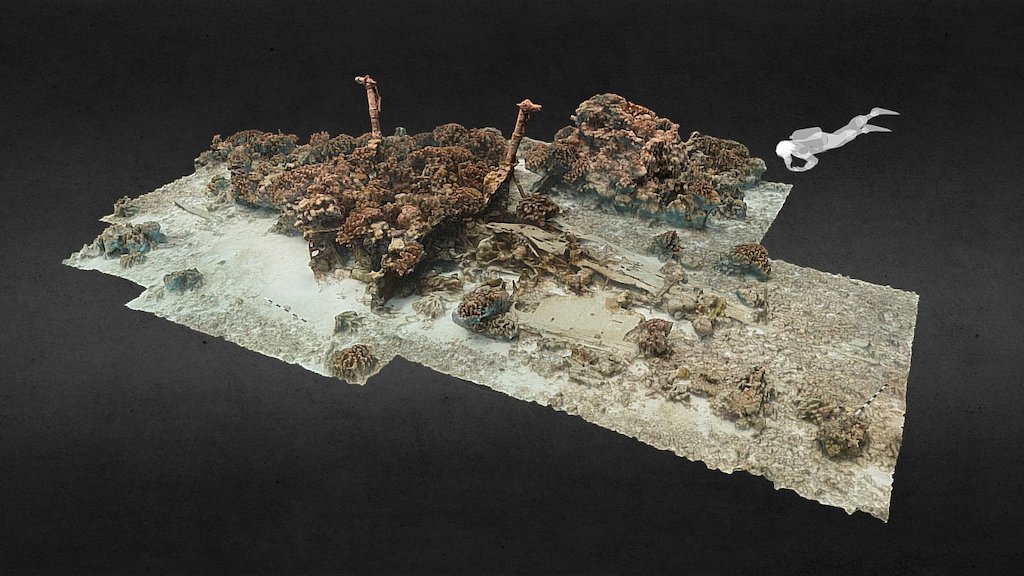
Grumman TBM Avenger - 3D model by ECU Maritime Studies (J. McKinnon) (@jenmck13) [7fa76a6] - Sketchfab
The TBM Avenger was a U.S. Navy torpedo bomber and the most widely-produced naval strike airceaft in history. Avengers had three to five crew and could carry 726kg (1,600lbs) of torpedoes or other munitions. They played a significant role in the Battle of Saipam and participated in a variety of offencive support roles, including pre-invasive bombing and strafing attacks, air support for ground troops, anti-submarine patrols, and reconnaissance missions. Avengers assigned to Vice-Admiral Marc Mitscher’s Task Force. 58 flew numerous ssorties in the Battle of the Philippines Sea, and engagement known by U.S. forces as the “Marianas Turkey Shoot.” The last TBMs retired from militay service in 1962. This model was created by Kotaro Yamafune https://sketchfab.com/kotaro_yamafune. - Grumman TBM Avenger - 3D model by ECU Maritime Studies (J. McKinnon) (@jenmck13)
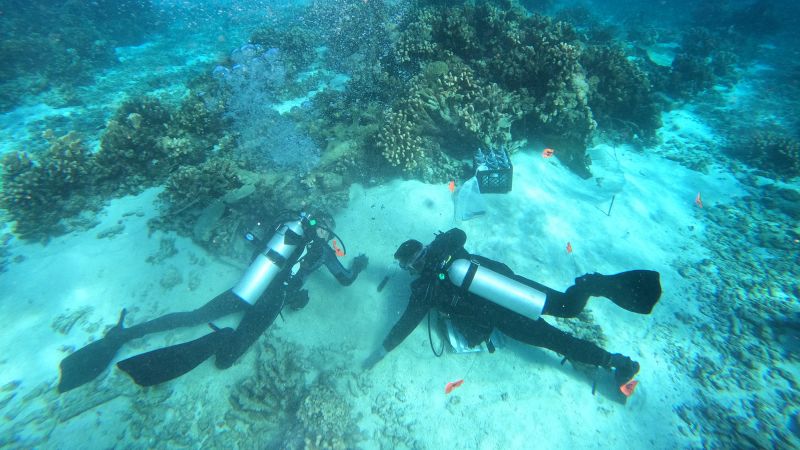
How DNA from the ocean floor might transform the somber search for troops lost at sea | CNN
A team of scientists is employing a technique used to detect invasive species to search for troops lost at sea.

Slave Turned King: The Rule of Miguel De Buria of Venezuela
Little is known about de Buria’s origins except that he was a Christianized African slave from San Juan, Puerto Rico, brought to Venezuela by Damien del Barrio. The few historical accounts that exist state that Miguel was born sometime in 1510. Though he was a slave, it was said he carried an aura of royalty, unlike others in his situation. He was brought to the province of Yaracuy and put to work in the Real de Minas de San Felipe de Buria gold mine, where he was expected to work the rest of his natural life. But it wasn’t meant to be. The first slave revolt was born in the Buria mines, whereby Miguel convinced both his fellow African slaves and a few Jirajara indigenous people to break free and build a maroon settlement called a cumbe, or rebel slave settlement, which became his kingdom by the San Pedro river. Against all odds, Miguel de Buria led a successful rebellion and proved that freedom was attainable.

Tiki Pop
Dive into one of the most colorful pop culture phenomena of mid-century America. In this handy edition gathering hundreds of images and ephemera, urban archaeologist Sven Kirsten takes us on a journey through Tiki history, from the first Pacific island exploration to Hollywood jungle fantasies and elaborate temples built to celebrate Tiki as the god of recreation.
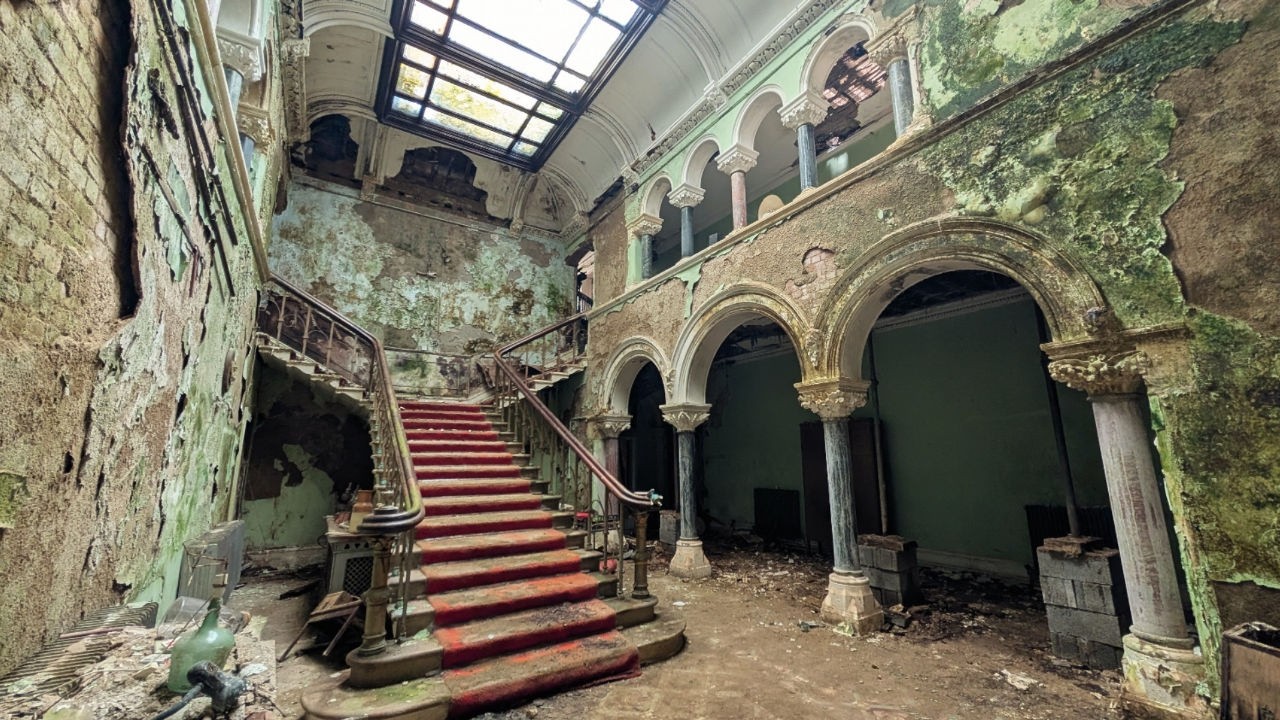
Billionaire's ABANDONED Mansion With EVERYTHING Left | Mercedes Benz, 100+ Rooms!
Hidden in the quiet countryside stands one of the most mysterious and beautiful abandoned mansions I've ever explored. During its heyday, it was considered one of the grandest homes in the world, and it has a history that stretches back hundreds of years, full of power, wealth, war, and tragedy. In the 17th century, one of the wealthiest families in the county settled on the land and built their first estate. However, during the Irish Rebellion of 1798, it was attacked, shelled, and burned to the ground. But their story doesn't end there. In the early 1800s, they built a new mansion, even larger than before, including imported chandeliers and marble floors, over 15 bedrooms, a private chapel, a library filled with rare books, and more. Later on in the 19th century, the family became well known, as they became members of parliament, military officers, and politicians. Banquets and parties were held inside the mansion with some of the most powerful people in the world. However, soon after, due to hardships, it was sold, and turned into a boarding school in the 1930s until it closed in the 1980s, when yet another family bought it to live inside privately. They took care of it the best they could, but as the years passed, it became too much to handle, and it started to fall apart. In 2018, they left for good, leaving the already decayed mansion with everything left behind, even luxury cars around the property. Other explorers have told me there is even a Titanic ticket in a bedroom upstairs! But exploring this place will not be easy, as the owner’s son patrols the property armed and will fire at anyone he sees. So come along with me as we venture inside and see what's left. I Was Joined By... @StringerMedia Thank You For The Amazing Footage Of The 2nd Floor! @owenmcnutt #abandoned #viralvideo #trending urban exploration, urbex, abandoned, abandoned places, exploring abandoned, abandoned house, abandoned mansion, abandoned building, urbex finds, abandoned exploration, urban exploring, decay, exploring forgotten places, haunted, creepy places, cinematic exploration, time capsule house, everything left behind, exploring with camera, urban decay, lost in time, frozen in time, forgotten places, silent exploration, real life mystery, hidden places, exploring the unknown, creepy discovery, exploring history, secrets left behind, adventure vlog, exploration gone wrong, exploring dangerous places, mystery house, viral video, YouTube shorts, trending now, TikTok style, cinematic video, crazy find, insane explore, must watch, full exploration, hidden gem, YouTube explore

Sphere Made to Redefine Kilogram Has Purest Silicon Ever Created | Scientific American
New measure, to take effect in 2018, relies on crystal that is free of impurities
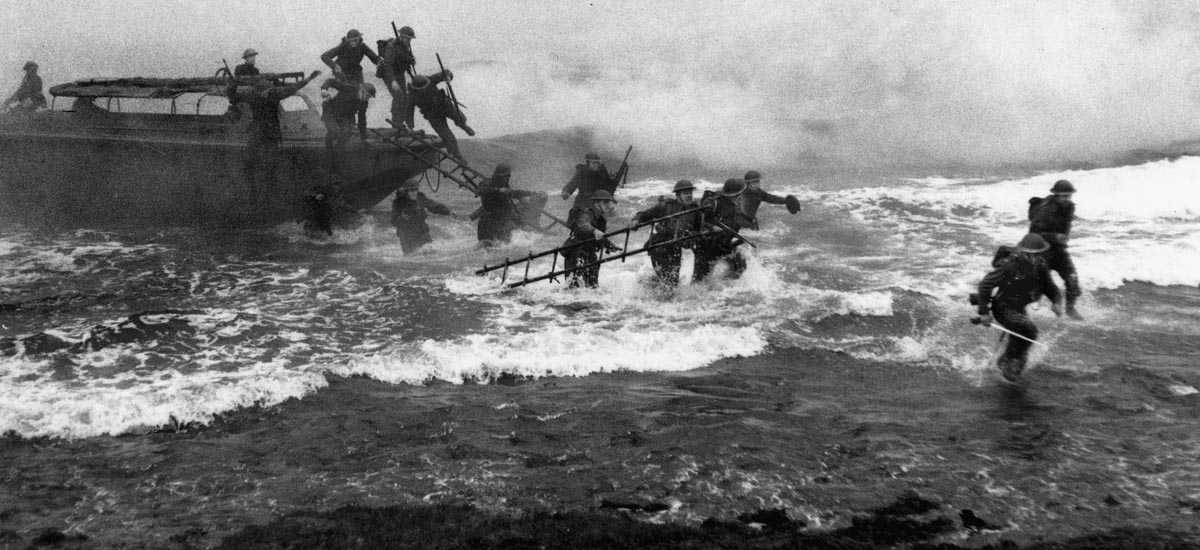
The Real Story of "Mad Jack" Churchill—a Rare Breed of Warrior
From his many WWII exploits to Jerusalem, "Mad" Jack Churchill was one of that rare and happy breed for whom war is their true element.
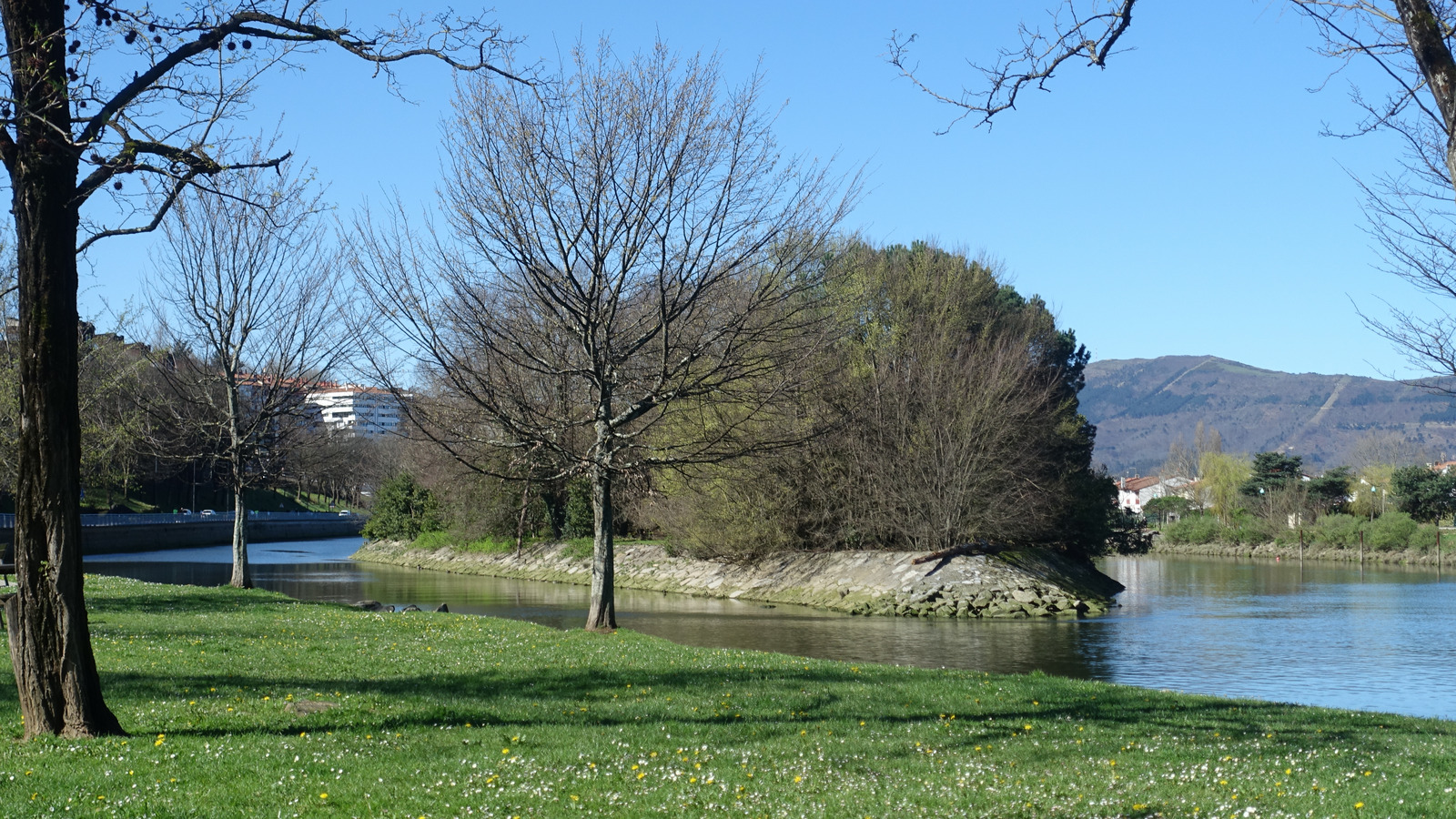
Tucked Between Spain And France Is A Tiny Uninhabited Island That Changes Nationalities Throughout The Year
Pheasant Island is tiny and sits in a river between France and Spain. The uninhabited strip of land is shared by both nations, changing hands every six months.
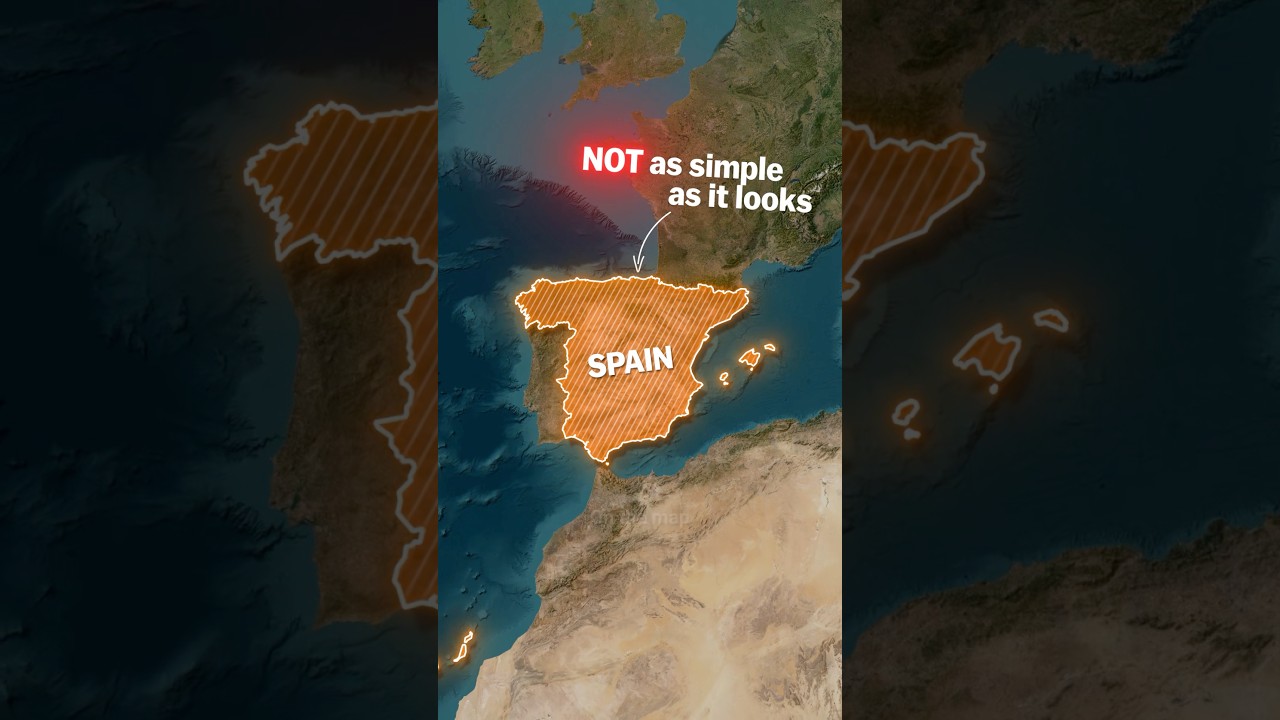
Spain’s Strangest Borders 🤯 Unexpected Hidden Neighbors 👀
Did you know Spain has some of the strangest borders in the world? 🌍 At first glance, it seems like Spain only borders France and Portugal, but the reality is far more complex. The French border alone creates oddities like Llivia 🇪🇸 a Spanish town completely surrounded by France and Pheasant Island 🏝️ which Spain and France share by switching control every six months. There’s also Andorra, one of the smallest countries in the world, hidden between the two. Spain’s borders go even further. At the southern tip of the Iberian Peninsula lies Gibraltar 🇬🇧 a British overseas territory long disputed with Spain. And across the Strait of Gibraltar 🌊 Spain is the only European country with land borders in Africa, thanks to Ceuta, Melilla, and a tiny strip of land connected by a narrow isthmus — the shortest international land border in the world. Spain’s map is full of history, disputes, and surprising neighbors — making it one of the most fascinating border stories in Europe. ✨ #spain #france #portugal #gibraltar #pheasantisland #border #switchborder #enclaves #strangeborders #europe #territory #straitofgibraltar #uniqueplaces #interestingfacts #viralmap #travel #usa #unitedstates #history #map #maps #geographyfacts #geography #geoshorts #uniquegeography #facts

A Search for Charleston’s John C. Calhoun Statue
As the Calhoun statue was going through its final cuts and polishing in Rome, the first woman foreign correspondent, Margaret Fuller, was also finishing her work on the Italian Revolution; A history of the short-lived Roman Republic. Fuller was a teacher, writer, and editor from Cambridgeport, Ma. Fuller was a strong advocate of equality for women and she became the first woman journalist for the New York Daily Tribune. In 1848, at the age of 38, Fuller married Roman nobleman Marchese Giovanni Angelo Ossoli. A year later, they had a son and settled in the American sector of Florence, Italy. It was there that Fuller finished her work and planned her return to America to have her Roman piece published. As fate would have it, the Calhoun Statue and the Ossoli family would be given the merchant ship “Elizabeth” as their transport to America.

Titanic survivor recalls harrowing moment ship sank | BBC Global
More than a century since the Titanic sank on its maiden voyage, this first-person testimony of survivor Frank Prentice remains a powerful and harrowing account of the sheer terror felt by those on board. In the BBC documentary The Great Liners from 1979, he vividly depicted the harrowing events of that historic night, one that continued to haunt him in his dreams for decades afterward. Read full BBC In History article: https://www.bbc.com/culture/article/20240412-in-history-the-man-who-survived-the-titanic-sinking Subscribe to BBC Global: https://www.youtube.com/c/bbc_global?sub_confirmation=1 For the latest news, analysis and features visit: www.bbc.com #bbc #titanic #history
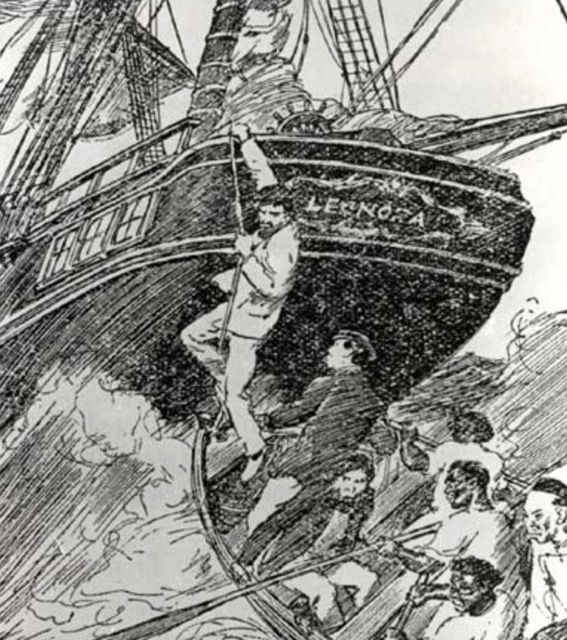
When Copra Was King
Adolph Capelle and Anton DeBrum were the real founders of the copra trade in Micronesia. Capelle, a German, and DeBrum, a Portuguese from the Azores, met on Ebon in the early 1860s and established a partnership. They rapidly expanded the business and soon became the leading copra exporters in the area.
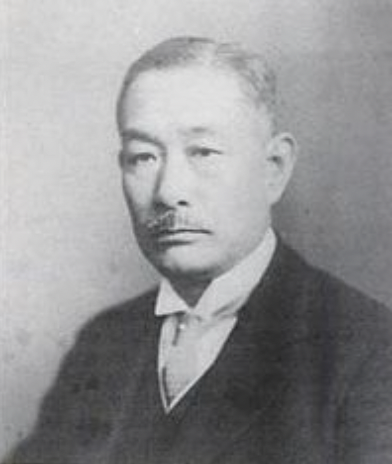
Haruji Matsue, The Sugar King of the Marianas
Haruji Matsue (1878–1954) was a Japanese entrepreneur known as the "Sugar King of the Marianas" for establishing and successfully developing the sugar industry in the Northern Mariana Islands during the Japanese administration era (1914-1944). He founded the Nan'yō Kōhatsu Kabushiki Kaisha (South Seas Development Company) in 1921, which became the largest private company in the Japanese Mandate.
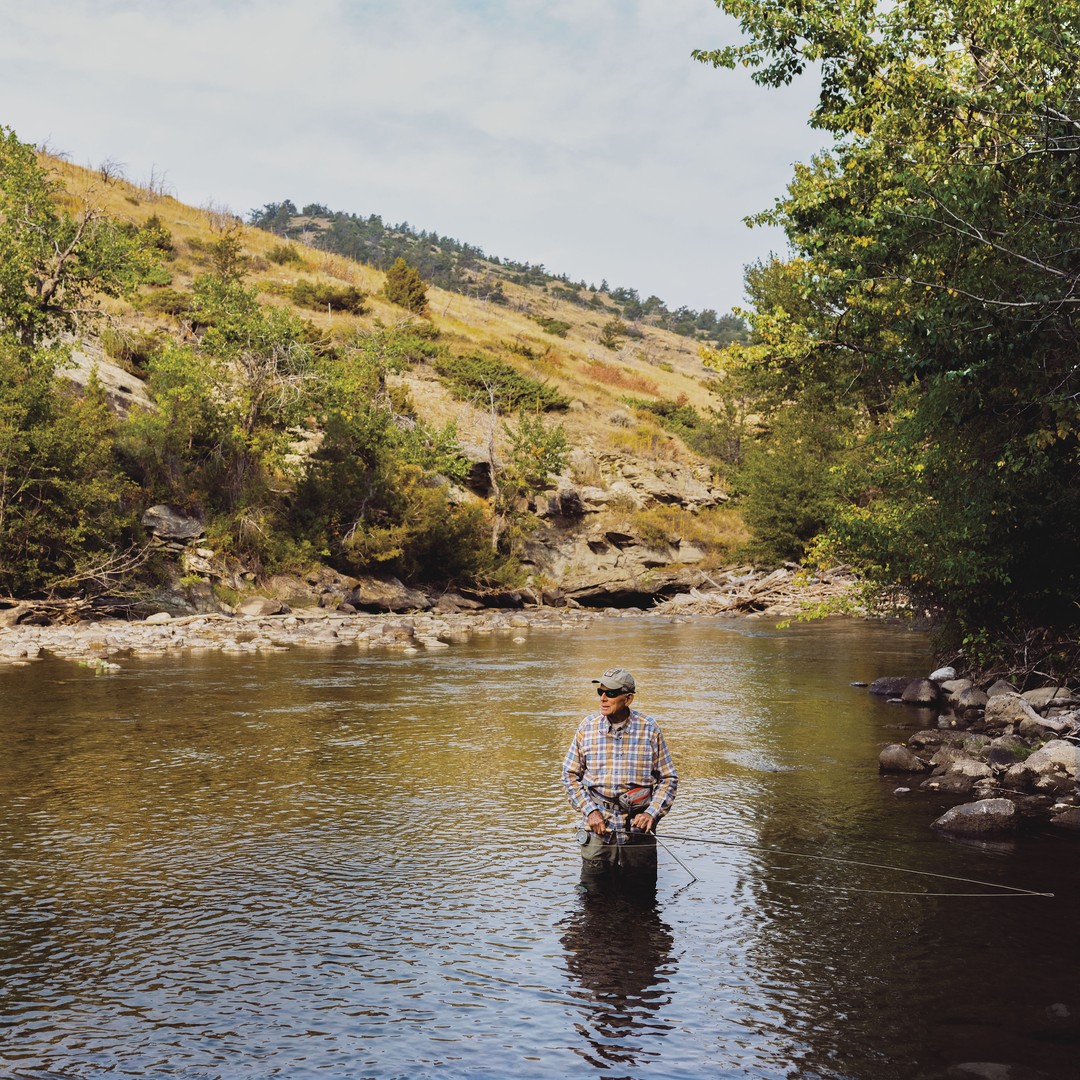
Thomas McGuane Is the Last of His Kind - The Atlantic
What will we lose when we lose the “literary outdoorsman”?

The Theft That Made The 'Mona Lisa' A Masterpiece : NPR
A century ago, on a quiet morning in Paris, three men dressed as museum workers walked out of the Louvre with what was then a little-known Renaissance portrait.
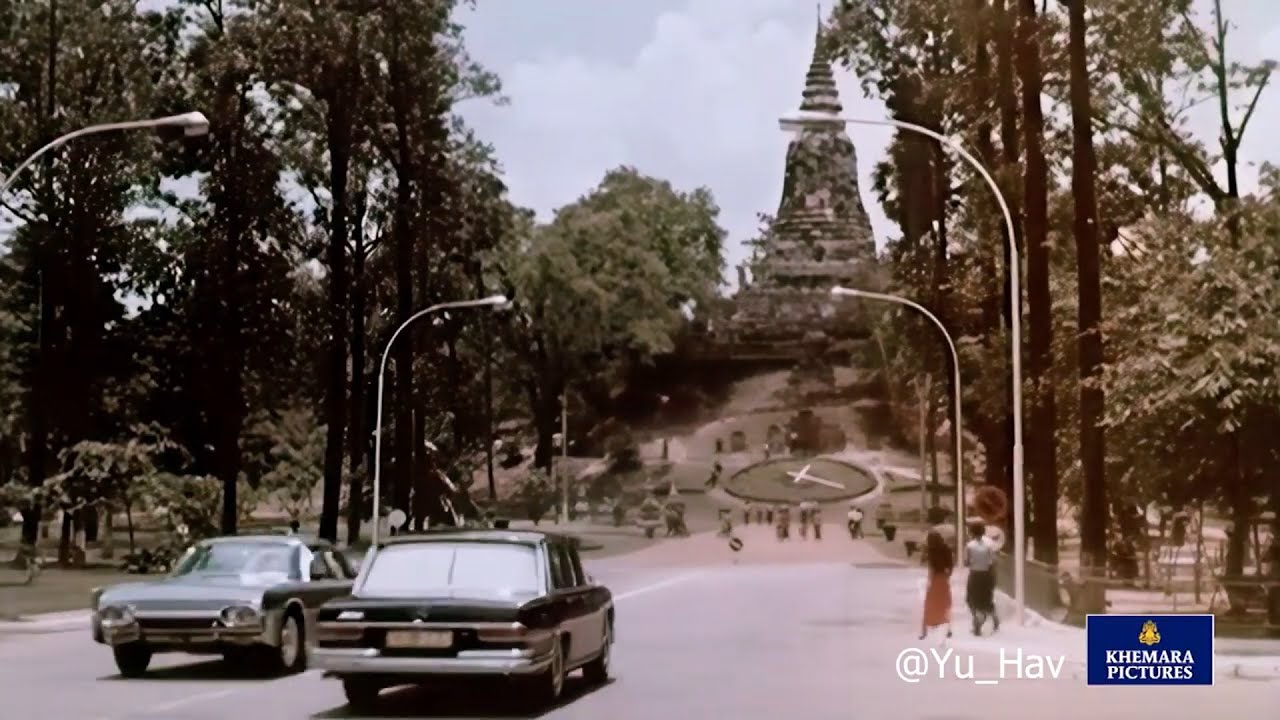
After Dark - Cambodia 1960s
Original footage from : UCtiLy5GvYw8Gm3XaD8t7Fag Song : After-Dark
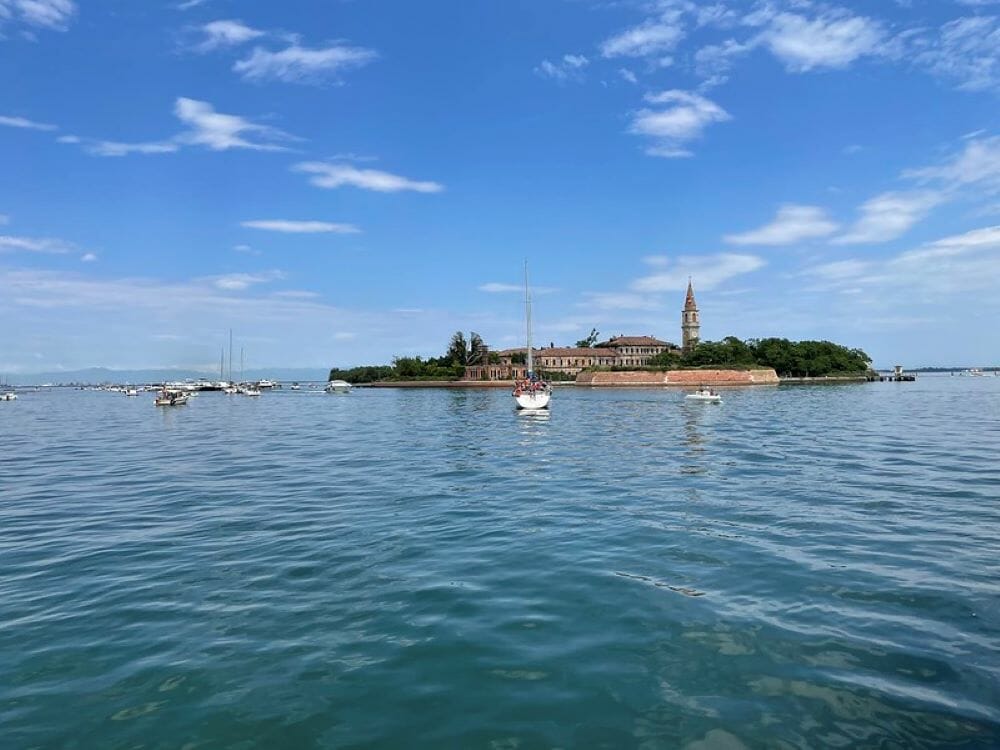
Poveglia Island: All About Venice’s Haunted Island
Curious about the history of Poveglia Island? Explore the history of Italy's most haunted landmark and uncover its current state today.
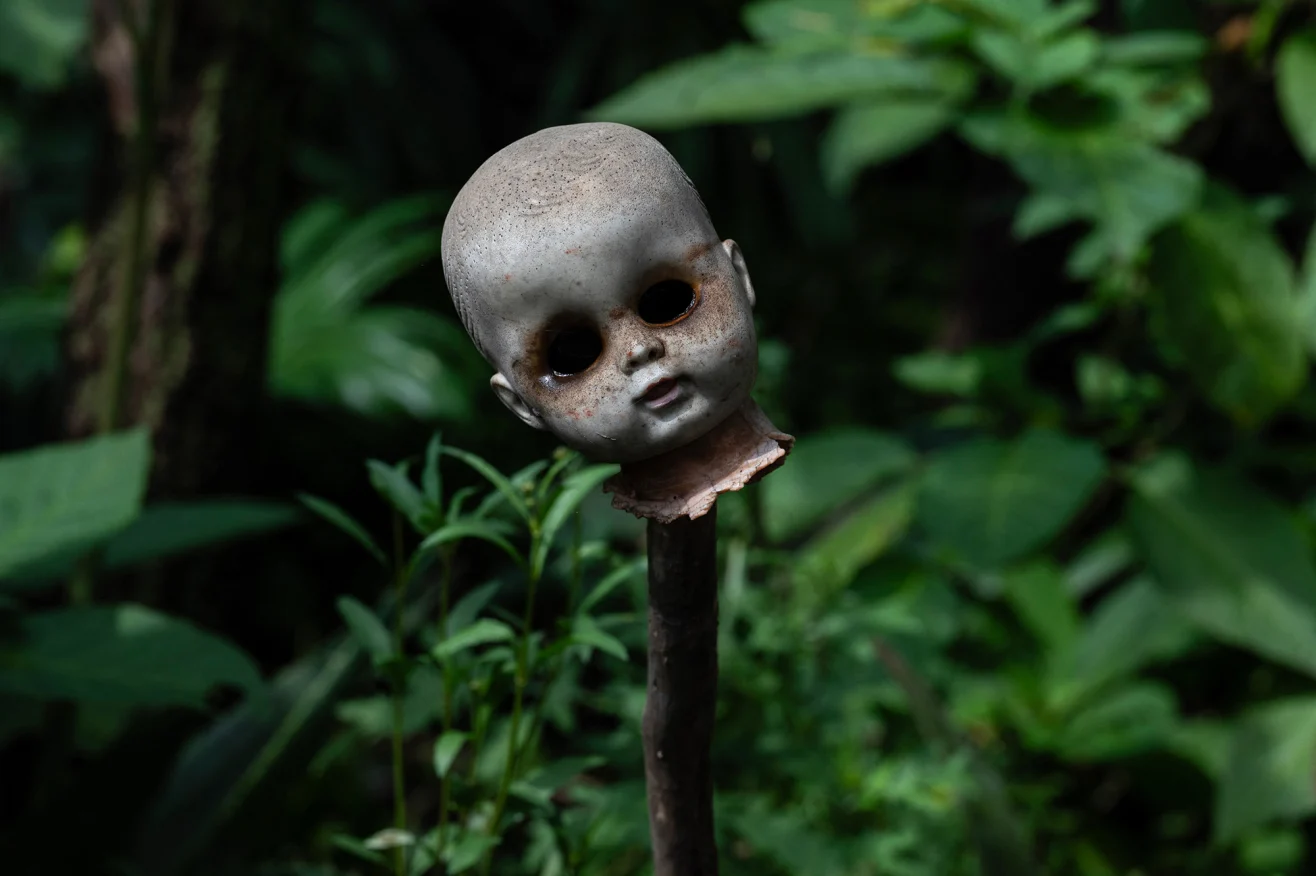
La Isla de las Muñecas (Island of the Dolls)
Over fifty years ago, Don Julian Santana left his wife and child and moved onto an island on Teshuilo Lake in the Xochimilco canals. According to some, a young girl drowned in the lake, while most others, including his relatives, say Don Julian Santana merely imagined the drowned girl. Regardless, Don Julian Santana devoted his life to honoring this lost soul in a unique, fascinating, and—for some—unnerving way: he collected and hung up dolls by the hundreds. Eventually, Don Julian transformed the entire island into a kind of bizarre, (for some) horrifying, doll-infested wonderland.
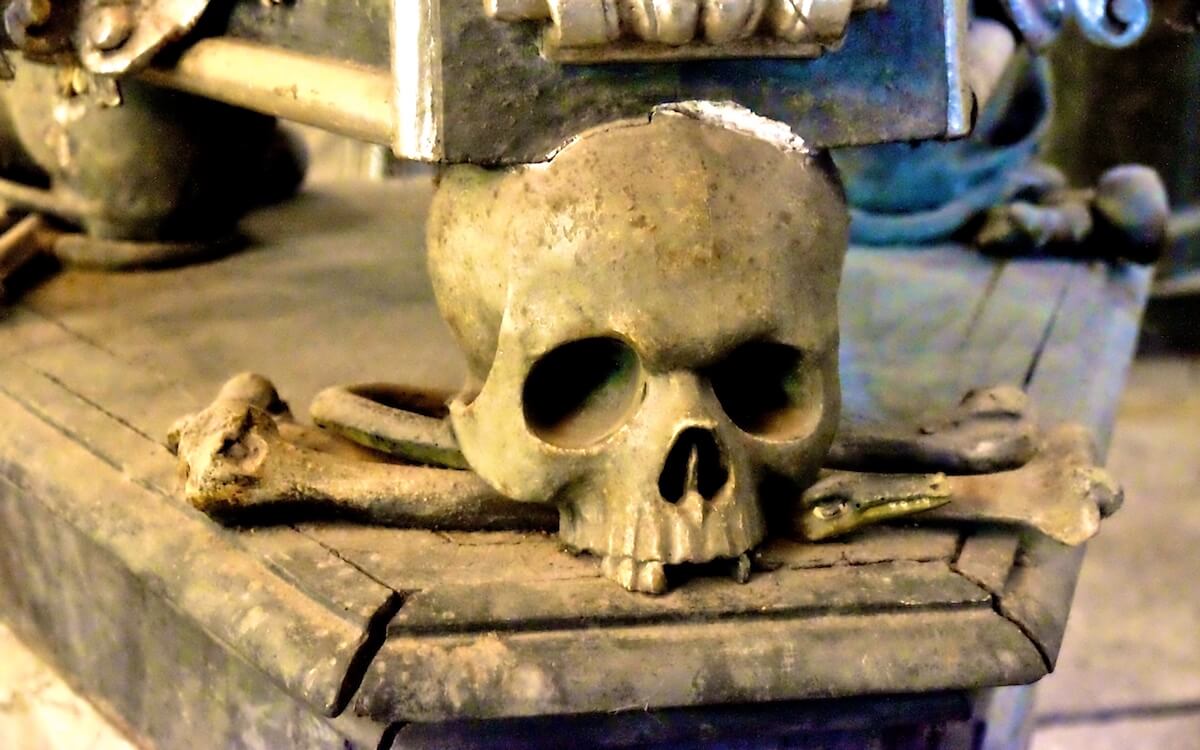
A Day Trip to the Sedlec Ossuary | Cultura Obscura
Sedlec Ossuary in Kutna Hora, Czech Republic is one of Europe's most famous bone churches. The remains of over 40,000 people rest inside.

California swinger hotel with sex maze for sale, signaling dying era in Palm Springs
The Exotic Dreams Resort Hotel was listed in July for $10.5 million. Located about a mile east of downtown Palm Springs, the “boutique motel boasts 40 rooms, many of which are newly renovated, as well as an expansive pool and a so-called ‘play maze’ for its adult guests,” a Realtor.com story about the listing noted. The property was recently a known retreat for gay men and is currently a popular clothing-optional stopover for swingers.

Margaret Fuller (1810-1850) | The Walden Woods Project
Wherever she resided, Fuller devoted herself to cultural pursuits, individually and in company with others. Through her intellectual friendships with Clarke, Peabody, and Frederic Henry Hedge, Fuller began in the mid-1830s to publish essays in the periodical press on literature and philosophy. Passionate interest in Goethe led to her first published book, an English translation of Johann Peter Eckermann’s Conversations with Goethe in the Last Years of His Life, in George Ripley’s Specimens of Foreign Standard Literature series in 1839. Fuller continued to plan a biography of Goethe, corresponding with Clarke, who shared an interest in the controversial author. Meanwhile, her exchange of letters with Channing nourished Fuller’s interest in French writers and varieties of socialism. Peabody not only supported Fuller in becoming a published writer; she also arranged for a long-sought-after introduction to Ralph Waldo Emerson in 1836. Fuller’s friendship with Emerson would flourish for many years, influencing both careers through dialogue in person and through letters.
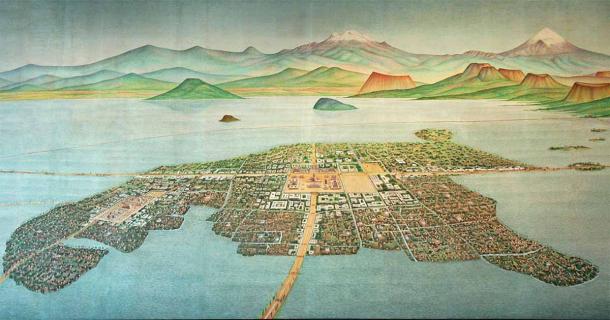
The Chinampas: The Ingenious Aztec “Floating” Farms of Mexico
Legend has it that goes that the Mexica, originally a nomadic tribe, were guided by a visionary revelation which prophesized that they would find their destined city when they witnessed an eagle perched on a cactus, devouring a snake. After wandering for 100 years, the Mexica finally encountered this symbolic scene on a island in the western part of Lake Texcoco—the largest of five interlinked lakes—and built their home under their leader Tenoch. In 1325, the Mexica people are believed to have established the city-state of Tenochtitlan, the iconic capital of the Aztec Empire, in this swampy land. What few realize is that this would have been impossible without employing extensive engineering and architectural feats.
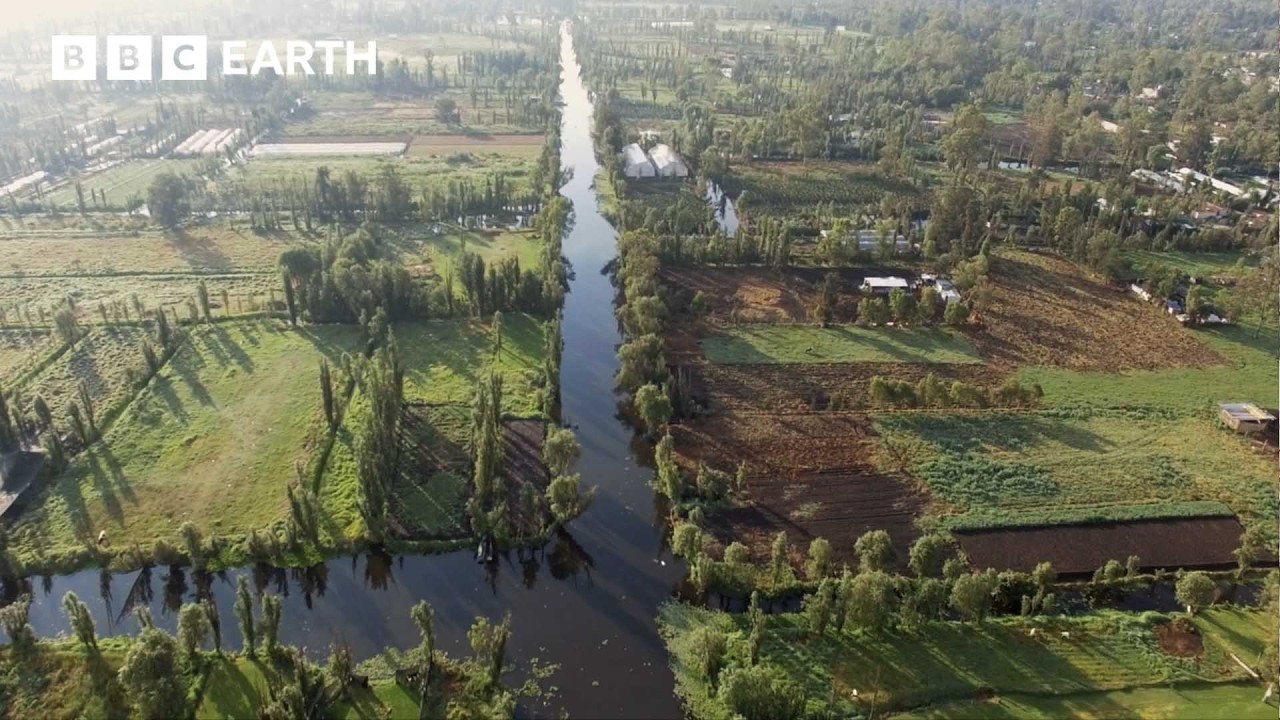
Mexico's 1,000-Year-Old Floating Farms | BBC Earth Explore
Just outside the chaos of Mexico City lies Xochimilco, where ancient floating farms still survive. Will these last living chinampas endure the pressure of modern life and new generations? Subscribe: https://www.youtube.com/@BBCEarthExplore?sub_confirmation=1 Welcome to Earth Explore! This channel is now your hub for thrilling travel, exploration, and extraordinary adventures. Subscribe and join us to journey through stunning landscapes, uncover hidden stories, and explore the wonders of our world. This is a channel from BBC Studios who help fund new BBC programmes. Service information and feedback: https://www.bbcstudios.com
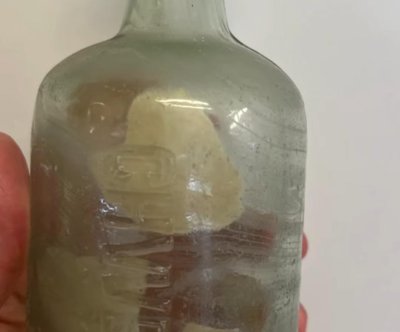
World War I soldiers' message in a bottle found on Australian beach - UPI.com
A message in a bottle found during a beach clean-up in Australia turned out to contain letters from two World War I soldiers authored 109 years earlier.

The Buga Sphere Update: 12,560 Years Old And Still Making People Mad Online | by Adriene Adams | Sep, 2025 | Medium
Why This Alien (Maybe) Ball Is Weirding Everybody Out

The Antikythera Mechanism: an ancient Greek machine rewriting the history of technology – The Past
A seemingly unassuming lump of corroded bronze has confounded investigators for more than a century, ever since it proved to contain precision gearwheels that simply should not have existed in the ancient Greek world. A new study, using cutting-edge techniques, has now revealed what this machine could do, and how it did it, as Tony…
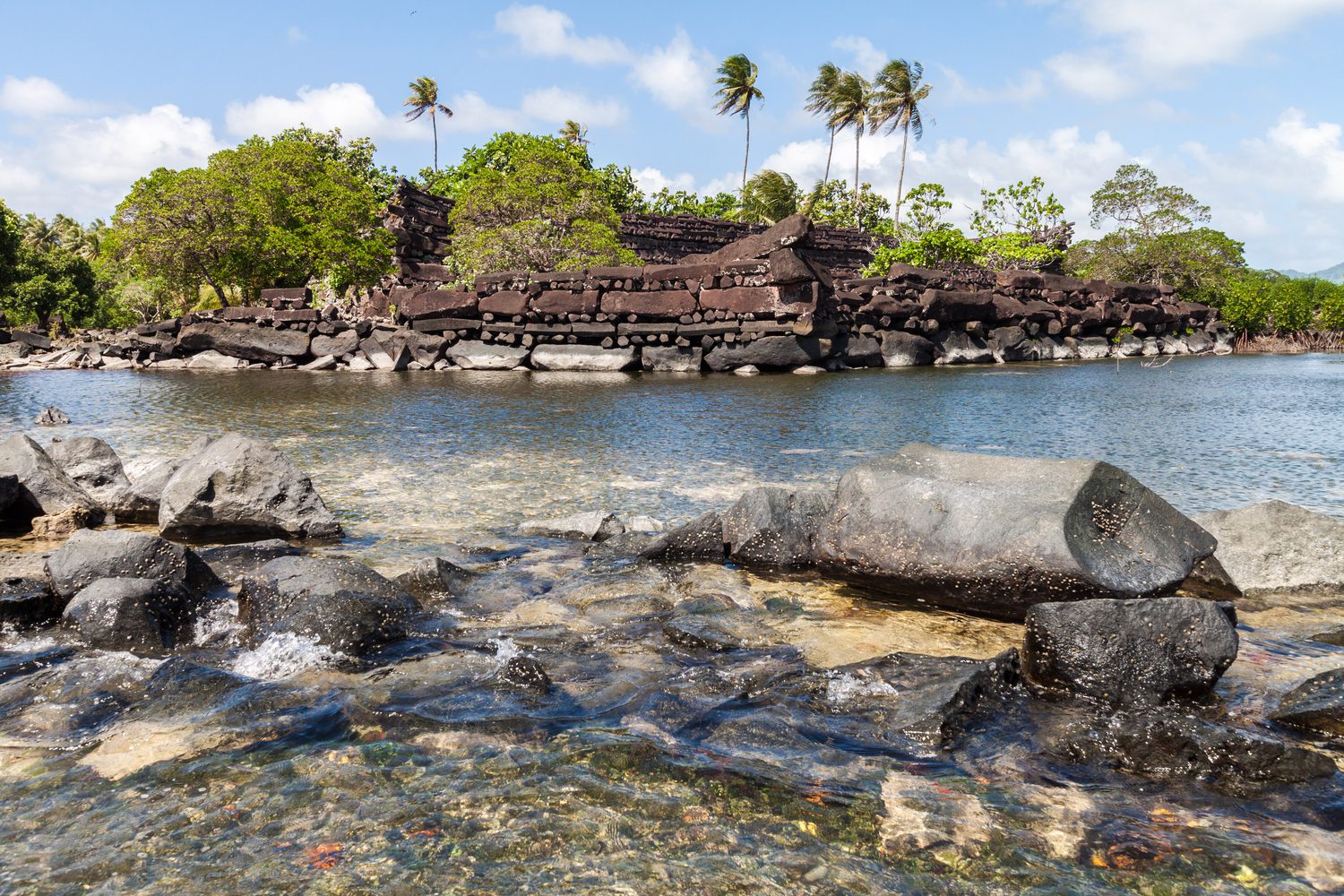
Nan Madol - Capital of the Saudeleur Dynasty
Nan Madol is an archaeological site and former capital of the Saudeleur Dynasty, located on Temwen Island off the shores of the island of Pohnpei, in the modern-day Federated States of Micronesia.
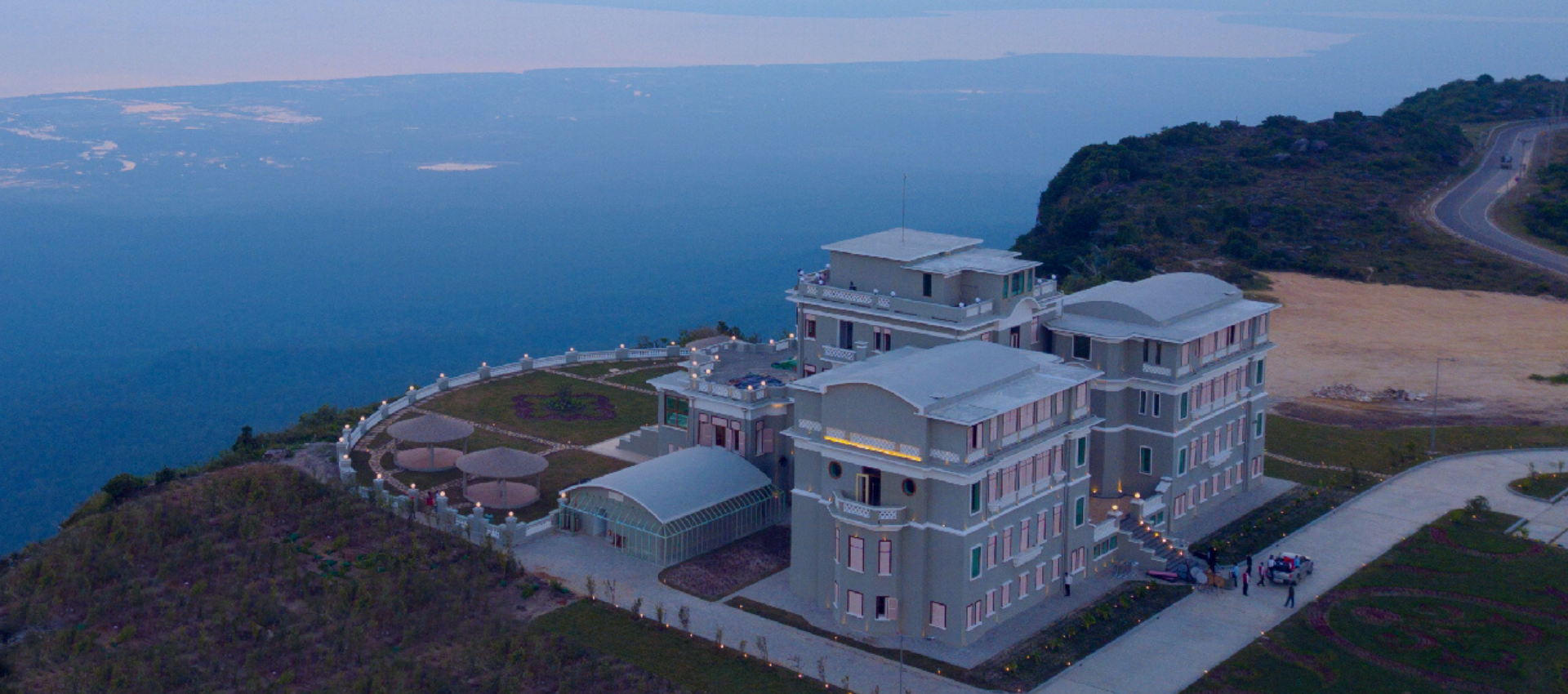
The Story Behind … Le Bokor Palace
Le Bokor Palace has laid the ghosts of war to rest and is open once again for dining, dancing, laughter and romance.
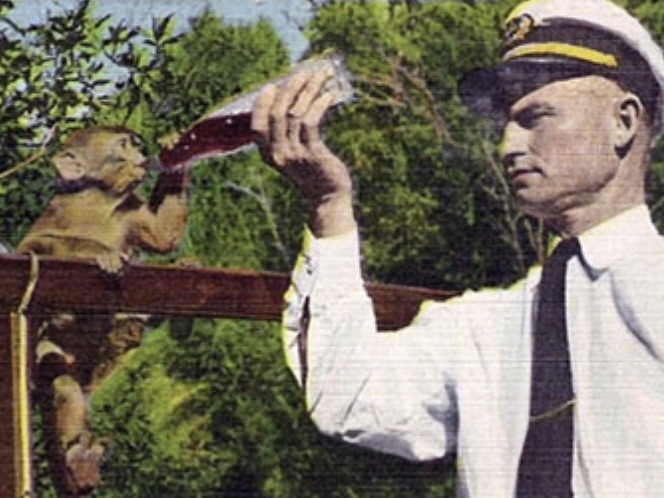
Welcome To The Jungle! By Brandon Wabeke – Classic Boats | Woody Boater
Toomey felt the need to expand with a new and exciting business venture idea that wasn’t just limited to driving around the lake enjoying the beautiful scenery and sounds of fun. It became apparent to him that something was indeed missing within his tourist business and that was … MONKEYS! He purchased six macaques, traveled down to Florida, released them on small island in the Silver River, and called it Monkey Island to draw tourists to the Jungle Cruise.

These wild monkeys thrive in Florida—and carry a deadly virus | National Geographic
Descendants of theme-park escapees, a population of rhesus macaques in a Florida state park may soon double in size—a recipe for trouble.

The Bone Cemetery: A Visit to Capuchin Crypt in Rome
Visit Capuchin Crypt in Rome, one of the most unusual attraction in the capital city. You will find the bones of over 4000 friars.

The phantasmagoria: From ghostly apparitions to multisensory fairground entertainment
The “phantasmagoria” is a term that originally referred to the ghost lantern shows first staged in France at the end of the 18th Century by the Belgian inventor and entertainer Étienne-Gaspard Robertson. The question to be addressed in this review concerns the link between the phantasmagoria (defined as a ghostly visual entertainment) and the multisensory sensorium (or sensory overload) of the fairground and even, in several other cases, the Gesamtkunstwerk (the German term for “the total work of art”). I would like to suggest that the missing link may involve the ghost attractions, such as Dr. Pepper's Ghost (first developed at the Royal Polytechnic Institute in London in the 1860s), and the Phantasmagoria, that were both promoted in fairgrounds across England in the closing decades of the 19th Century.

Forest City, the case of the ghost town on the Malaysian coast - Domus
Chinese property developer Country Garden began construction of the eco-friendly metropolis Forest City in 2016. Currently, just over 1% of the development is estimated to be inhabited.
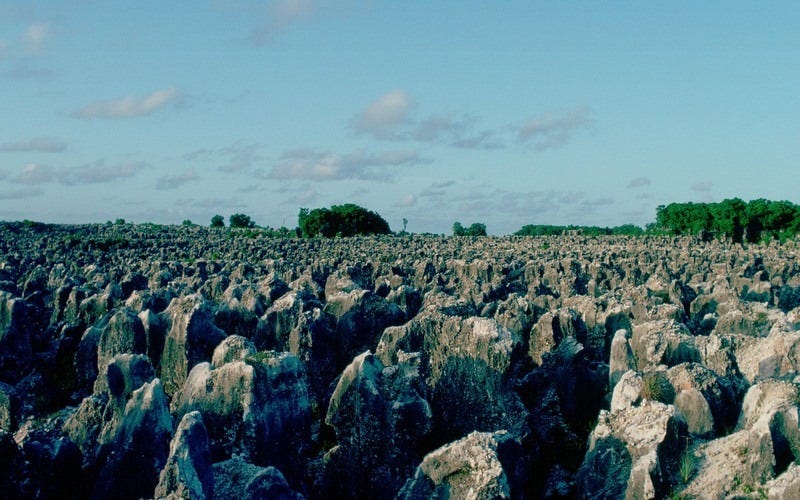
Welcome to Nauru, the most corrupt country you've never heard of
Nestled amongst a cluster of islands in the Central Pacific is Nauru, a small country with an insane story. In 1980, Nauru was considered the wealthiest nation on the planet; in 2017, BusinessTech listed it as one of the five poorest countries in the world. One thousand and four hundred miles off the coast of Fiji you’ll find Nauru — a tiny coral island in the middle of the Pacific Ocean. Clocking in at just eight square miles, Nauru’s landmass is only slightly larger than Los Angeles International Airport. Unlike LAX, however, Nauru is blissfully uncrowded — its population is just over 10,000. But before humans discovered the island, it had another purpose: bird bathroom. For 4 million years, the local seagull population used Nauru as a glorified rest stop. As the years went on, the guano calcified, leaving the land rich with phosphates, which companies use to produce fertilizer.

Guano | The Daily Omnivore
Guano [gwah-noh] is the accumulated excrement of seabirds and bats. As a manure, guano is a highly effective fertilizer due to its exceptionally high content of nitrogen, phosphate and potassium: k…

A Brief History of Peanut Butter
North Americans weren't the first to grind peanuts—the Inca beat us to it by a few hundred years—but peanut butter reappeared in the modern world because of an American, the doctor, nutritionist and cereal pioneer John Harvey Kellogg, who filed a patent for a proto-peanut butter in 1895. Kellogg’s “food compound” involved boiling nuts and grinding them into an easily digestible paste for patients at the Battle Creek Sanitarium, a spa for all kinds of ailments. The original patent didn’t specify what type of nut to use, and Kellogg experimented with almonds as well as peanuts, which had the virtue of being cheaper. While modern peanut butter enthusiasts would likely find Kellogg’s compound bland, Kellogg called it “the most delicious nut butter you ever tasted in your life.”

Red crab migration | Christmas Island National Park | Parks Australia
Christmas Island’s mass red crab migration is one of the most incredible natural processes on Earth.

The Beast of Gévaudan (1764–1767)
Illustrations of a mysterious and terrifying animal that terrorised a small region of France in the 1760s.
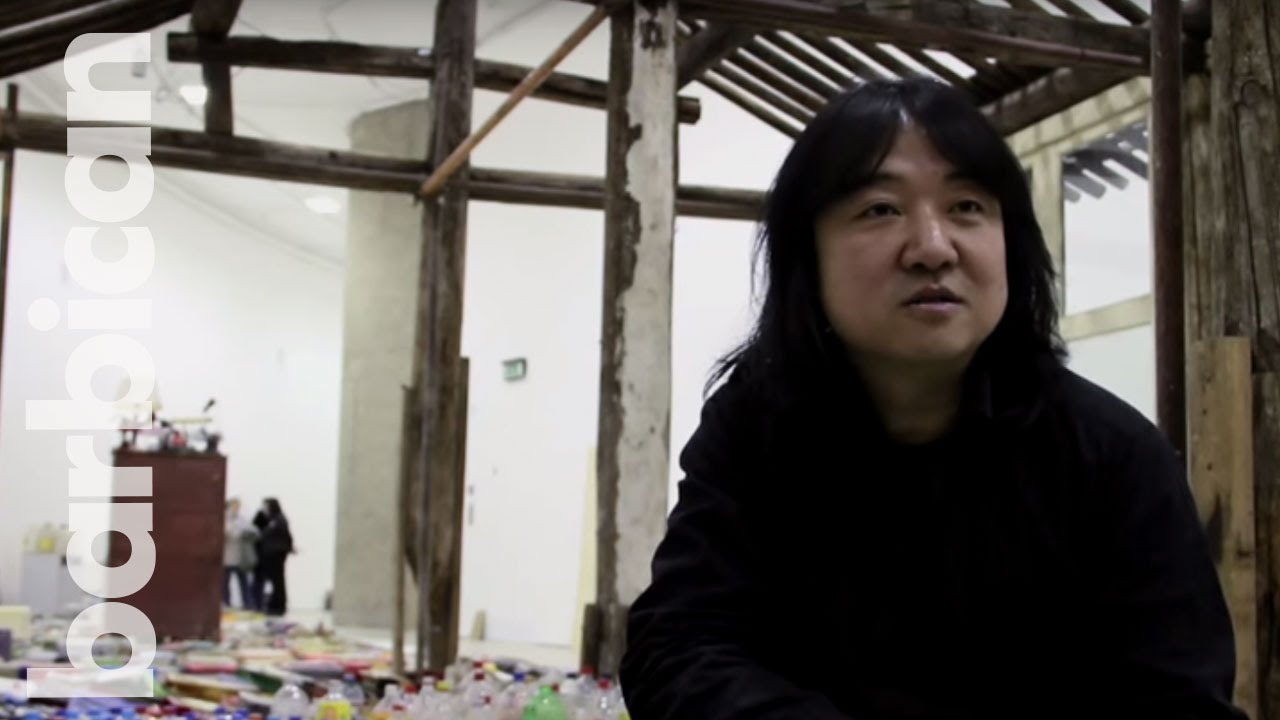
Song Dong - Waste Not
Chinese artist Song Dong talks about his hugely successful exhibition, Waste Not, in The Curve until 12 Jun 2012. Filmed by the Barbican Young Filmmakers, a Barbican Guildhall Creative Learning Division project. Filming facilitated by Eelyn Lee Productions Ltd. Pushing the boundaries of theatre, dance, film, music and visual art, we are Europe's largest multi-arts centre. Subscribe: http://ow.ly/O44tx Like: http://www.facebook.com/barbicancentre Follow: http://www.twitter.com/barbicancentre Discover: http://www.instagram.com/barbicancentre Listen: http://www.soundcloud.com/barbicancentre Explore: http://blog.barbican.org.uk What’s on? http://www.barbican.org.uk
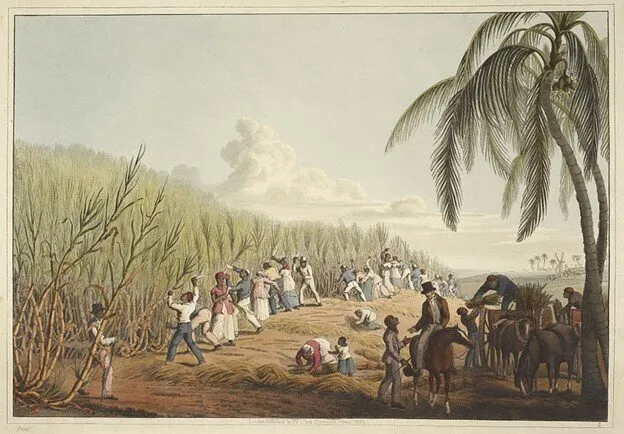
New England, Rum, and the Slave Trade
Rum was the product of European thirsts for both conquest and booze. Sugar cane came to the New World on the ships of Columbus who had seen plantations in the Azores and Madeira. The new crop flourished in the Caribbean. Harvests were pressed and the juices were boiled down into crystallized sugar and sticky, useless molasses. Eventually, someone figured out that, instead of dumping molasses into the sea, it could be fermented. Once it was distilled, rum was born.
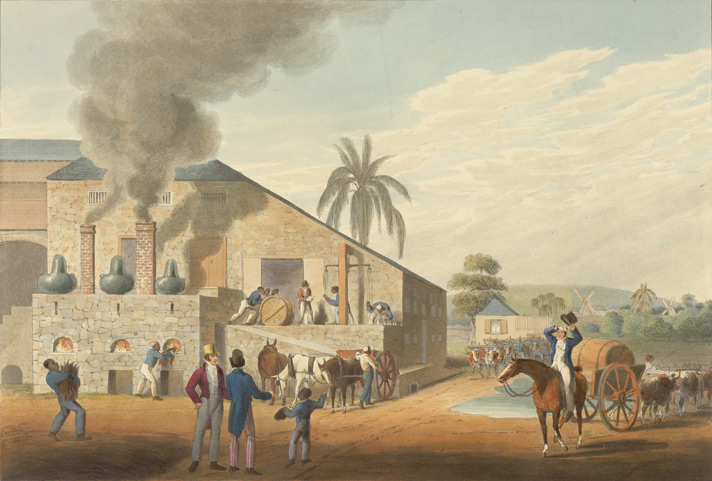
Rum in the American colonies
During the colonial era, rum was the preferred alcoholic drink of American colonists. By one estimate, colonists consumed 3.7 gallons annually per head by the time of the American Revolution. Naturally, when Britain sought to closely regulate and impose taxes on molasses, used in rum production, a spirited protest ensued. George Washington’s political, military, and personal relationship with rum exemplified the centrality of the drink to colonial society and American independence.
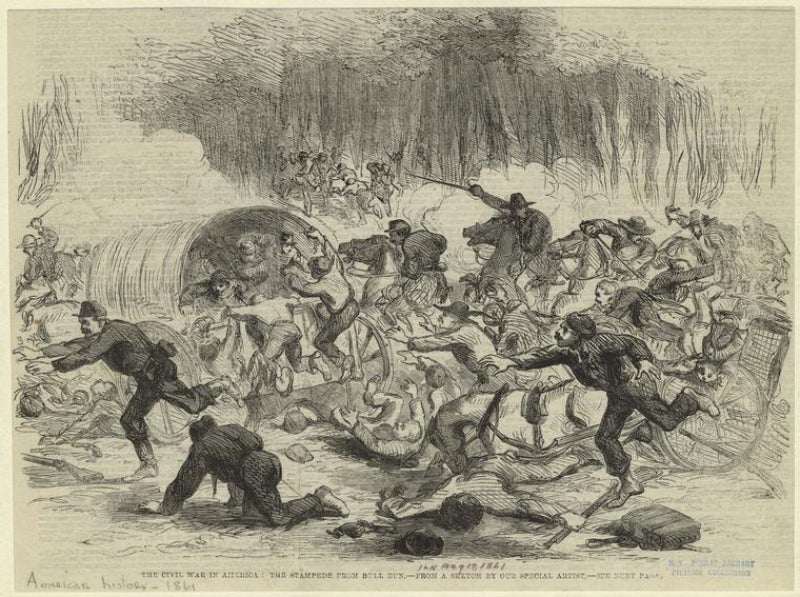
The First Battle of Bull Run and Its Foolhardy Picnickers
War is hell, so they say. But some politicians had to find out for themselves and traveled from D.C. to watch the first battle of the Civil War. Capt. John C. Tidball witnessed a “throng of sightseers” approaching down a road from Centreville. “They came in all manner of ways, some in stylish carriages, others in city hacks, and still others in buggies, on horseback and even on foot. Apparently everything in the shape of vehicles in and around Washington had been pressed into service for the occasion.” Some brought picnic baskets, opera glasses and bottles of champagne. The baskets of food may seem frivolous, but Centreville was a good seven-hour carriage ride away from Washington, and no Northerner could expect Southern hospitality from an enemy nation. Not wanting the little ones to miss out on the novelty of visiting a warzone, some parents even brought their kids! Why should they miss out on all the fun?

What are the machine elves?
Do psychedelics let us visit other dimensions, or is it all merely a figment of our imagination?

GOD IS AMERICAN - Documentary
Documentary. Summary: Since the end of World War II, the people of Tanna, a remote island in the South Pacific in the archepelago of Vanuatu, idolize an American prophet. His name is John Frum. The islanders believe he is an American pilot that returned to the United States after the war, and will come back to Tanna with riches from the US that they call « the Cargo ». They pray to an American flag, awaiting his return. One man, Isaac the Last One, chief of the « Cargo cult », claims he is Frum’s son. He has formed an army of GI’s to celebrate the return of the prophet John Frum.

The Japanese Formula For Happiness - Ikigai
Everyone wants to be happy, but it seems like such an unobtainable goal. Should we focus on making money? Should we focus on pursuing our passions? Or should we just become a monk in the mountains. Luckily for us, the Japanese have already cracked the code. They have a formula for happiness called Ikigai.
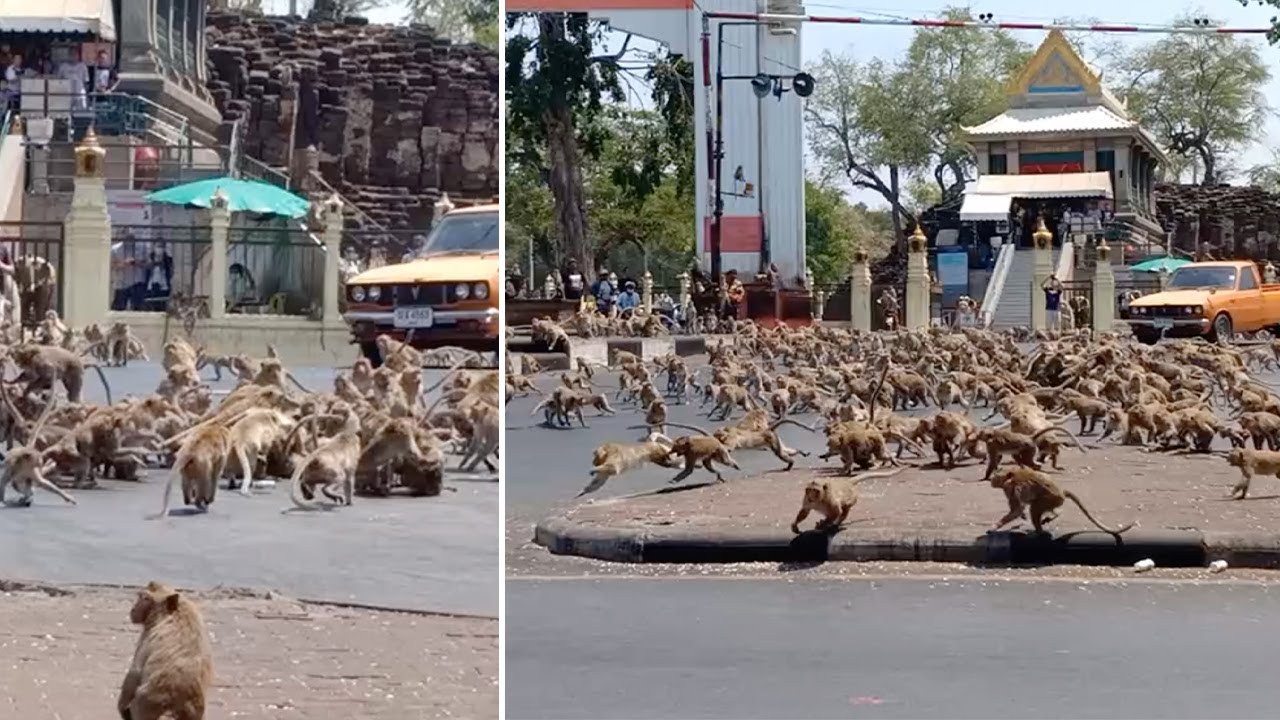
Hundreds Of Monkeys Fight Over Single Piece Of Food
This is the astonishing moment hundreds of hungry wild monkeys scramble for a single piece of food. The primates are normally well fed by tourists in the city of Lopburi, central Thailand, but visitors have plummeted because of the coronavirus. So when one of the primates had a juicy banana, the entire pack that roam around the streets surrounded the creature this morning (March 11) and tried to snatch it.Footage shows how hundreds of monkeys began tussling for the snack. When one of the animals fled with it, the creatures chased it up a grass bank.Even locals who are used to seeing the creatures were shocked by their ferocity. One said: ''They looked more like wild dogs than monkeys. They went crazy for the single piece of food. I've never seen them this aggressive. I think the monkeys were very, very hungry. There's normally a lot of tourists here to feed the monkeys but now there are not as many, because of the coronavirus.'' ------------------------------------------------------------------ Thank you for watching this video on ViralPress! Join our community by sending your videos and following us on YouTube. To license this video please email licensing@viralpress.com SUBMIT YOUR VIDEOS: http://viralpress.com/submit/ LIKE ON FACEBOOK: https://www.facebook.com/viralpressofficial/ SUBSCRIBE: https://www.youtube.com/c/viralpress/?sub_confirmation=1
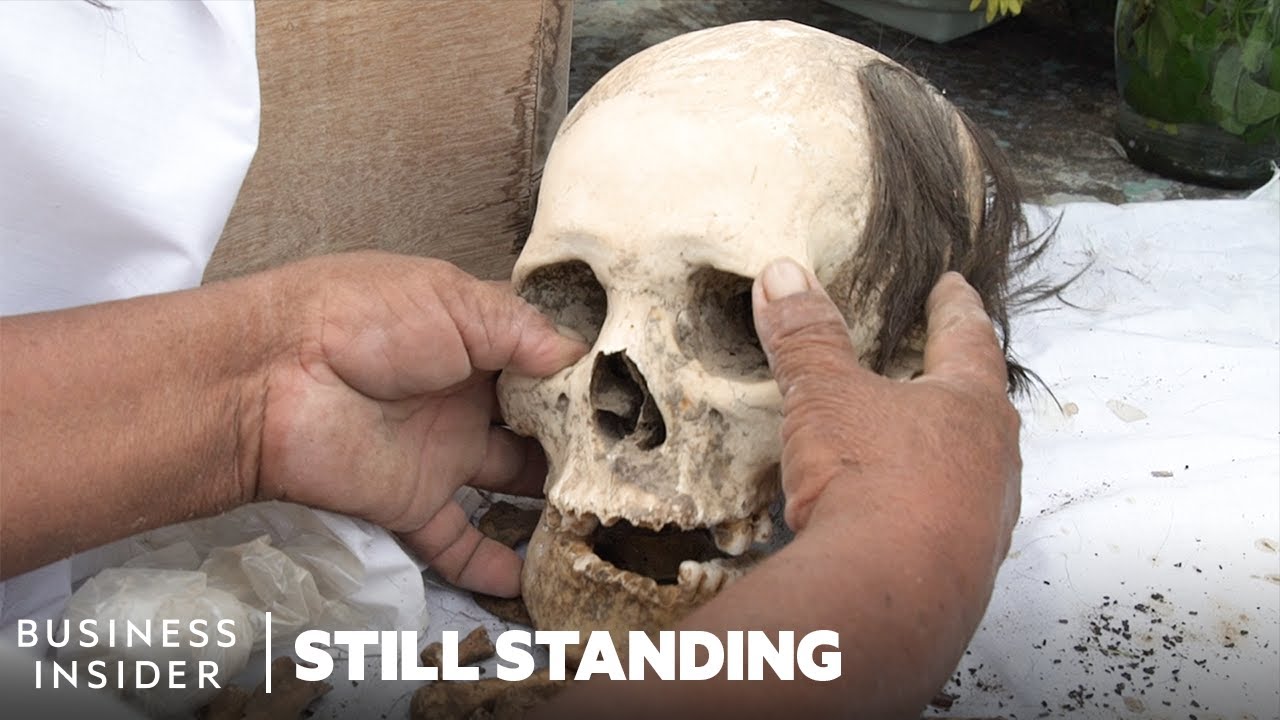
Meet The Man Keeping A Rare Day Of The Dead Bone Cleaning Tradition Alive | Still Standing
In the days leading up to Día de los Muertos, or Day of the Dead, families in Pomuch, Mexico, take their deceased relatives' skeletons out of their tombs for their annual cleaning. The ritual is said to originate with the Mayans, and today, only Catholics here practice it. The pandemic has kept people away from the cemetery for the past two years, and younger generations are unlikely to carry on the tradition for much longer. MORE STILL STANDING: Meet The Shaman Using Ancient Chocolate Rituals To Revive Mayan Traditions | Still Standing https://www.youtube.com/watch?v=G9xKQGbtCTI How Bone Carvers In India Are Keeping A Prehistoric Art Alive | Still Standing https://www.youtube.com/watch?v=A2rEZKPfAIs Meet The Women Keeping A 2,000-Year-Old Indigenous Craft Alive In Guatemala | Still Standing https://www.youtube.com/watch?v=l7_U0ZBRTsw ------------------------------------------------------ #BusinessInsider #DiadelosMuertos #Mexico Business Insider tells you all you need to know about business, finance, tech, retail, and more. Visit us at: https://www.businessinsider.com Subscribe: https://www.youtube.com/user/businessinsider BI on Facebook: https://read.bi/2xOcEcj BI on Instagram: https://read.bi/2Q2D29T BI on Twitter: https://read.bi/2xCnzGF BI on Snapchat: https://www.snapchat.com/discover/Business_Insider/5319643143 Boot Camp on Snapchat: https://www.snapchat.com/discover/Boot_Camp/3383377771 Meet The Man Keeping A Rare Day Of The Dead Bone Cleaning Tradition Alive | Still Standing

Digital Story - Lord Howe Island
Islander Sheridan Turner created this digital story of her island home - Lord Howe Island.

The ghosts of Albania’s Cold War bunkers | Mushrooms of Concrete
Albania built 750,000 bunkers for a war that never came. Now what? Directed by Martijn Payens (http://www.martijnpayens.com/) Watch 'Mushrooms of Concrete' on Aeon: https://aeon.co/videos/albania-built-750000-bunkers-for-a-war-that-never-came-now-what Watch more free videos on Aeon: https://aeon.co/videos Subscribe to the Aeon Video newsletter: https://aeon.us5.list-manage.com/subscribe?u=89c6e02ebaf75bbc918731474&id=7157ce880b Follow us on Instagram: https://www.instagram.com/aeonmag/ Follow us on Facebook: https://www.facebook.com/aeonmag Follow us on Bluesky: https://bsky.app/profile/aeon.co ‘The bunkers are our cathedral, our scar. They are part of our face.’ Enver Hoxha, the communist leader of Albania from 1944 to his death in 1985, left a complex legacy of industrialisation, isolationism, paranoia and economic stagnation in his wake. In addition to purging political rivals, Hoxha believed that his country risked being invaded by any number of perceived foreign foes, including NATO forces and former Soviet bloc allies. In preparation for an invasion that never came, Hoxha sunk much of the country’s resources and manpower into building some 750,00 bunkers throughout Albania, even as many of his people struggled to meet their most basic needs. Mushrooms of Concrete explores the contemporary lives of these ‘bunkers of an imaginary war’. Still omnipresent throughout the Albanian countryside, today they exist as monuments of a difficult past, even as some have been transformed into storage facilities, tourist attractions, clubs and restaurants. Director: Martijn Payens Producer: John Vandekerckhove, Jan Vromman #Albania #ColdWar #documentary
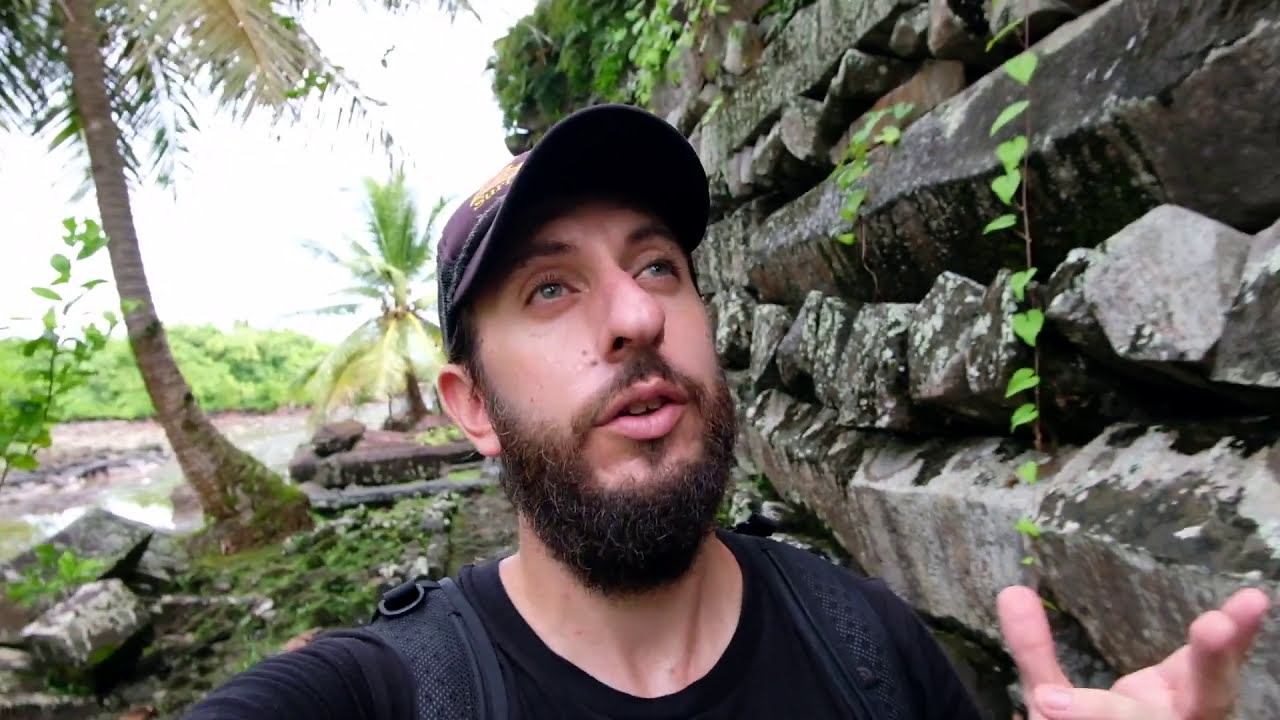
The mind blowing ancient city of Nan Madol & Kepirohi waterfall in Pohnpei, Micronesia | Vlog Day 2
#pohnpei #fsm #micronesia #nanmadol Booking a trip to the Pohnpei, Federated States of Micronesia? Use my Booking.com affiliate link: https://booking.tp.st/zBSTZSOP THE GEAR I USE FOR VIDEOGRAPHY Fujifilm X-T20 Mirrorless Digital Camera w/XC16-50mm F3.5-5.6 - https://amzn.to/2TcXVUu DJI Mavic Mini - https://amzn.to/2R1sgCS GoPro Hero 5 - https://amzn.to/37R9LaW Fujifilm XC 16-50mm F3.5-5.6 - https://amzn.to/36MSyQd Rode VideoMicro Compact Microphone - https://amzn.to/37IIQy6 VIJIM VL-1 Video Light - https://amzn.to/35HUKHa Gobe 58mm UV + Circular Polarizinghttps://amzn.to/2tdmlmf Gobe NDX 58mm Variable ND Lens Filter - https://amzn.to/2FP841L Samsung 128GB EVO SDXC - https://amzn.to/2Nk18hu Peak Design Capture Camera Clip V3 - https://amzn.to/3a0hDZH Wacaco Nanopresso Portable Espresso Maker - https://amzn.to/2R9cSo9 DISCLAIMER: This description contains affiliate links, so if you use them and make a purchase, I’ll receive a small commission. This helps to support my channel and is massively appreciated. YOU MIGHT ALSO LIKE THESE! TWO YEARS IN PARADISE, AROB, PAPUA NEW GUINEA https://www.youtube.com/watch?v=Q5-xQ6eMB5U&t=532s 12 THINGS YOU'LL WANT TO EXPERIENCE, BOUGAINVILLE https://www.youtube.com/watch?v=5NTHBkmUdtM FOLLOW ME Website: https://www.travelinspired.co.nz Facebook: https://www.facebook.com/travelinspiredone Instagram: https://www.instagram.com/travelinspiredone Youtube: https://www.youtube.com/c/travelinspiredone FLICK ME AN EMAIL: TRAVELINSPIRED1@GMAIL.COM Feel free to simply say hi, ask a question, propose a meet-up or discuss a collaboration, a filming project or an adventure. And finally THANK YOU! Cheers, Adam A special thank to Benito, who showed us around Nan Madol and Kepirohi Waterfall.

WW II Marshall Islands Kwajalein
WW II Marshall Islands Kwajalein
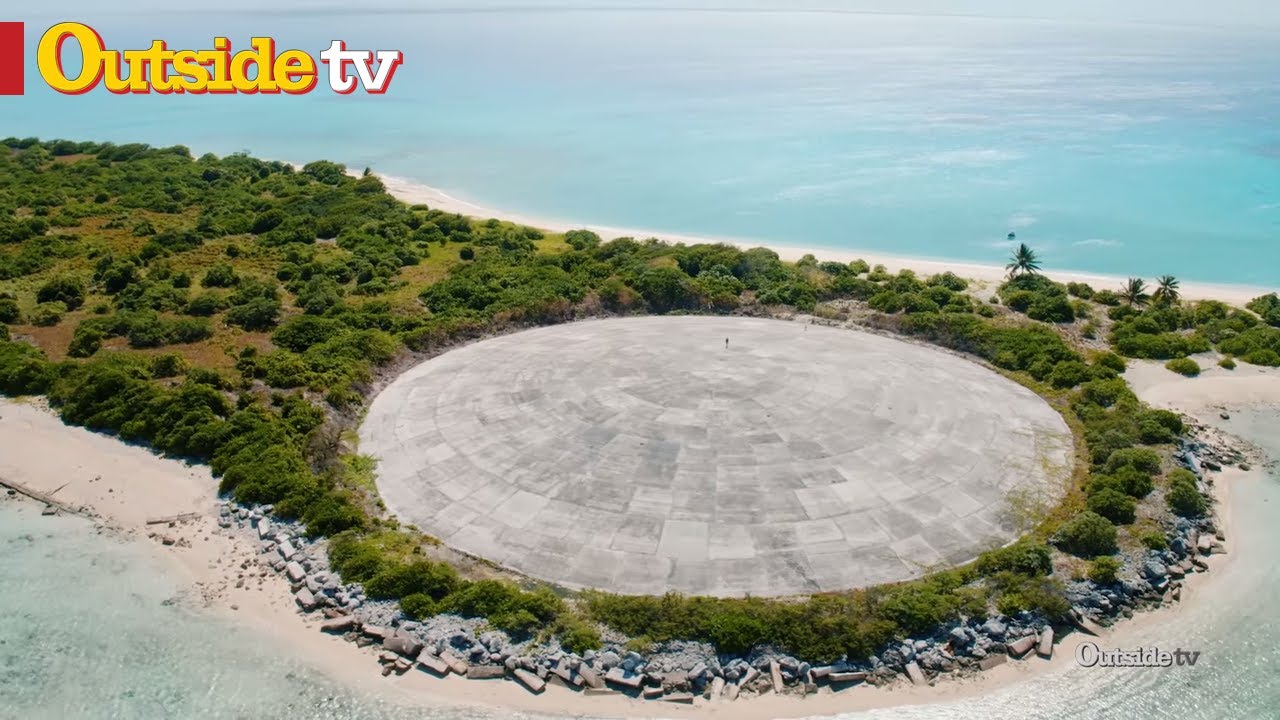
A Radioactive Island | Over the Horizon
Ellis Emmett visits Runit Island where a dome filled with nuclear waste sits out of sight of pedestrians. Is this a dome we should fear? Find all the best adventure content right here on our YouTube channel and across all of our social media platforms: Website: http://www.outsidetv.com/ Facebook: https://www.facebook.com/outsidetelev... Twitter: https://twitter.com/Outside_TV Instagram: https://www.instagram.com/outsidetele... For more information on how you can get Outside TV in your home be sure to visit our website: http://www.outsidetv.com/find And download our free app: Outside TV Features - available everywhere! http://try.outsidetv.com/
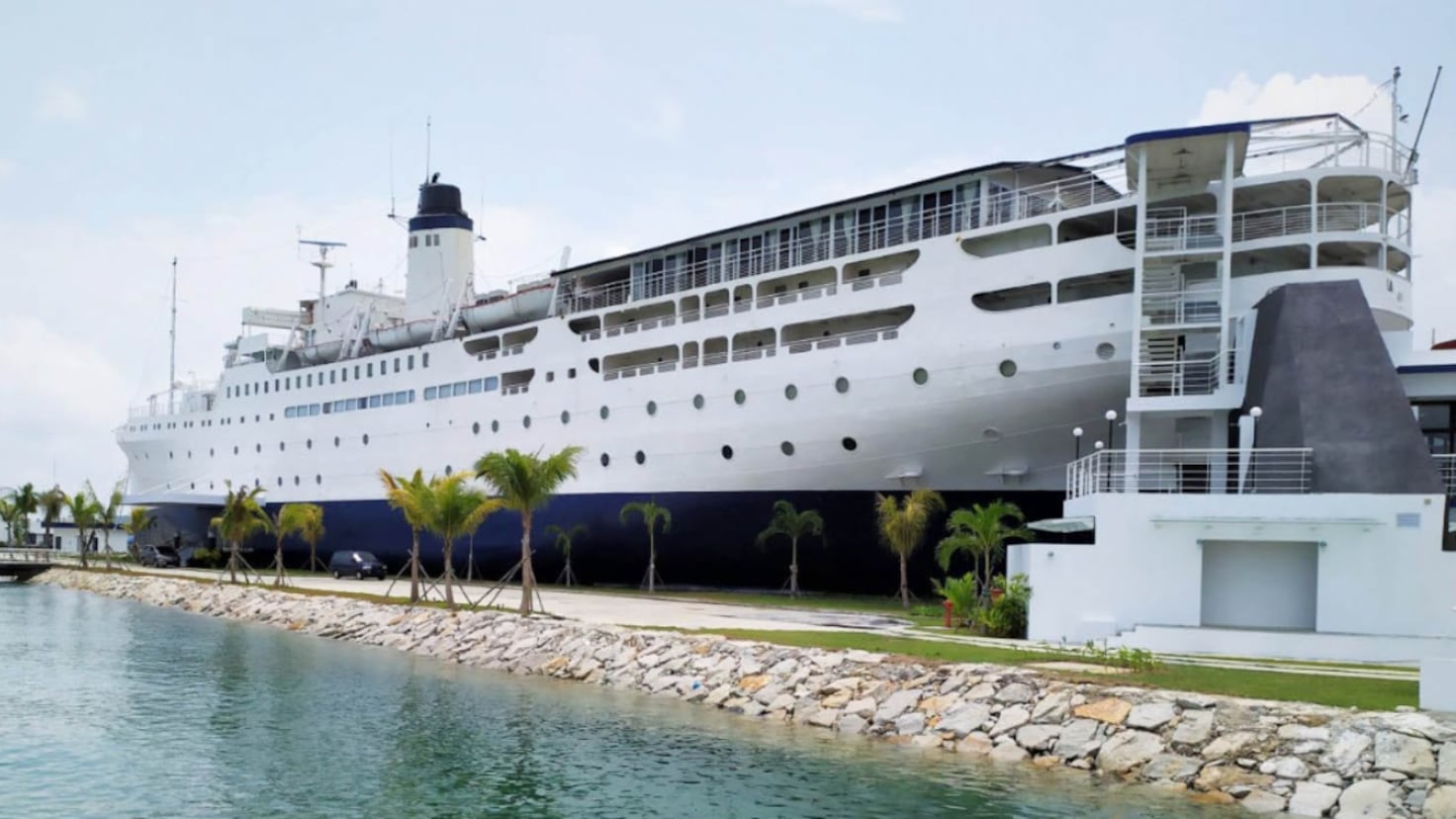
They were going to scrap this 100-year-old ship—today it’s a luxury hotel on land - AS USA
A Singaporean businessman spent nearly a decade and $18 million to realize his dream of salvaging the historic MV Doulos Phos from the scrap heap.

Japan’s Jimi ‘Mundane’ Halloween Costumes of 2024 | Spoon & Tamago
Happy Jimi Halloween to everyone who celebrates. It's that wonderful time of year when our favorite Japanese festival, Jimi Halloween, is on full display. Mundane Halloween, as we coined it back in 2018, is when people dress up in costumes so mundane they have to be explained. The tradition was s
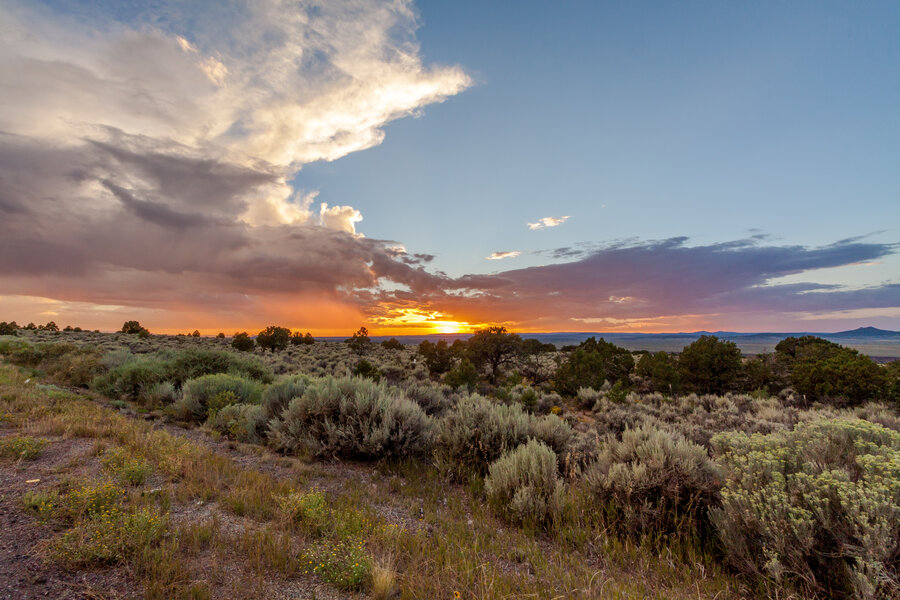
Solving the Taos Hum Mystery: Investigating the Infamous Sound - Thrillist
Since the early 1990s, a mysterious humming sound has been plaguing the residents of Taos, New Mexico. Where does it come from and where can you hear it?
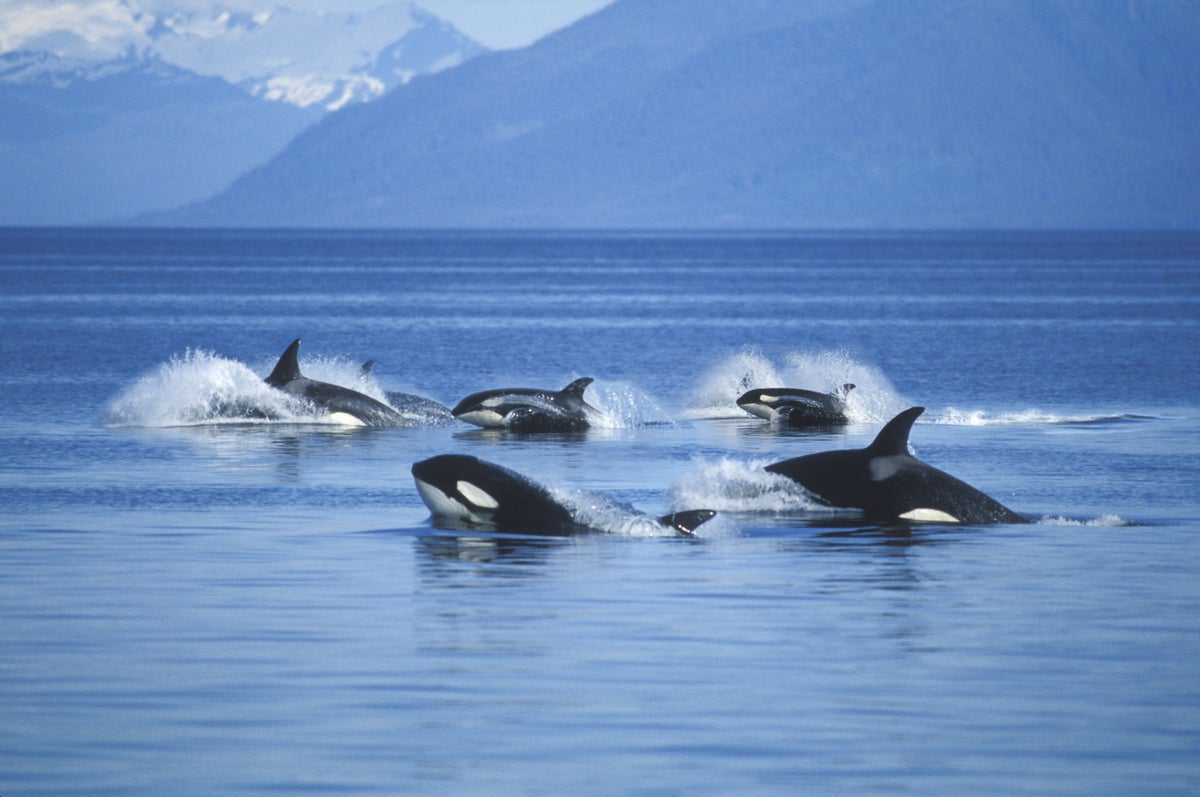
Why Are Killer Whales Ripping Livers Out of Their Shark Prey? | Scientific American
Killer whales rip open the bellies of sharks to snag the liver. Other predators also have dietary preferences for organs, brains and additional rich body parts
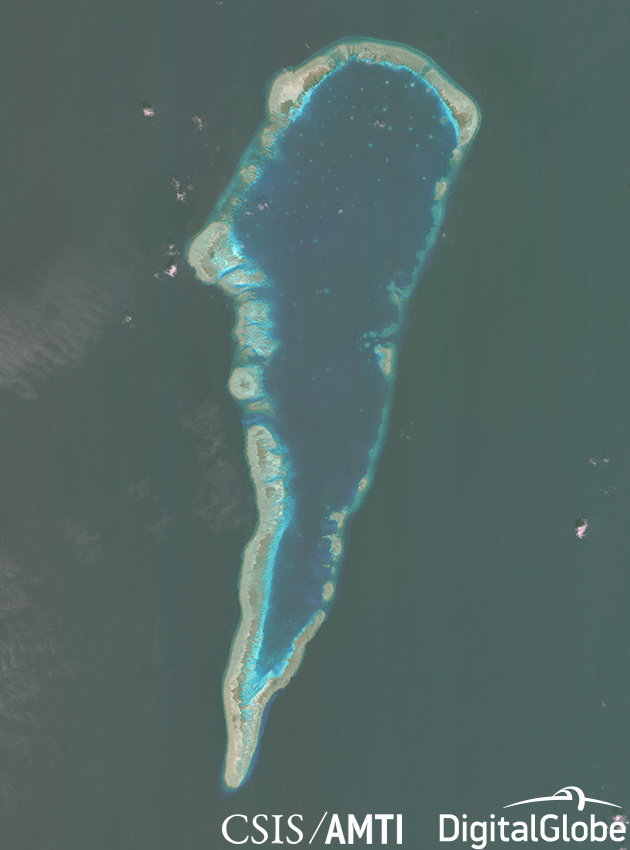
Second Thomas Shoal | Asia Maritime Transparency Initiative
High-resolution satellite imagery of Second Thomas Shoal, a Philippine-occupied outpost in the Spratly Islands of the South China Sea.
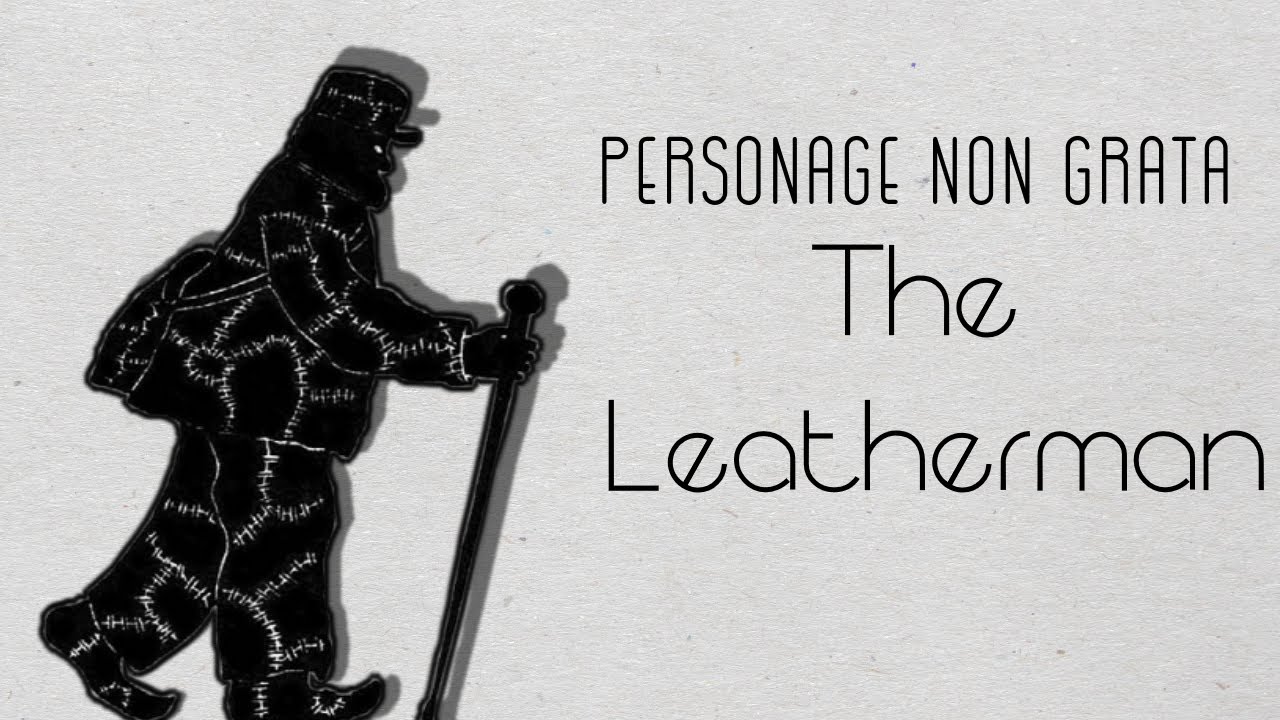
The Leatherman: Connecticut's Legendary Wanderer | Personage Non Grata
When "Old" legends are reality. Support: https://www.patreon.com/Pseudiom Twitter: https://twitter.com/pseudiom The Leatherman was a famous wanderer who frequented Connecticut's back roads in the 1800s. He was a mysterious hermit/woodsman who spoke little. He was so tight-lipped not even his name was known. Yet, the people adored this gruff wanderer and his odd accent. On his route, "friends" would regularly feed the stranger whenever he came around. The Leatherman's arrival in town was always so punctual it became a sort of local institution in many towns. The identity of the Leatherman became its own mythos and cottage industry. Newspapers printed whatever little info (fact or fiction) they could obtain about 'Old Leathery'. The hermit was always apathetic to attempts to discern his purpose. Only the lucky few ever obtained any actual details about the local icon. His travels had no beginning and no end. To this day, scholars still debate who this well-photographed legend of local folklore was. Now, let's see why the Leatherman's own story could never catch up with him. ————— Video Sources (Support the creators/uploaders): -The Road Between Heaven & Hell (Remastered): https://bit.ly/2KHdAcJ -Look to the Land (Encyclopedia Britannica Films): https://bit.ly/2V5lxui -Planned With A Purpose: The Story of Connecticut's Parks and Forests: https://bit.ly/2KGD5ee ————— Music: Claude Debussy - "Cello Sonata - I. Prologue - lent", preformed by Paul Pitman, Bang-Eun Lee (00:00-02:05) Frédéric Chopin — "Galop Marquis", preformed by Aya Higuchi (02:05-02:16) Claude Debussy - "La Mer - 1 - De l'aube a midi sur la mer", preformed by Us Air Force Band (02:16-11:08) Claude Debussy - "La Mer - 2 - Jeux de vagues", preformed by Us Air Force Band (11:00-17:24) Claude Debussy - "La Mer - 3 - Dialogue du vent et de la mer" (17:19-25:18) Johann Pachelbel - "Kanon in D Dur", preformed by Aitua (25:15-28:28) Jim Douglas (?) - "Leatherman" (27:54-28:28) ————— All copyrighted media, images, and music respective owner(s). ————— Sources: -Deluca, Dan W. The Old Leather Man: Historical Accounts of a Connecticut and New York Legend. Edited by Dione Longley, Wesleyan University Press, 2008. -“Old Leather Man”: https://bit.ly/3mG9uzm -The tramp: a new kind of homeless in the 1870s | Ephemeral New York: https://bit.ly/33eBuCI -Damned Interview: Dan W. DeLuca: https://bit.ly/3jLVjqy -Mystery Man: Will Anyone Know the Real Story Behind the Leatherman?: https://bit.ly/35RKNZN -Chronicling the Story of 'the Old Leather Man': https://bit.ly/31XHZcE -Old Leather Man | A Connecticut Legend: https://bit.ly/3kKnTKh -The Old Leather Man – Ossining Historic Cemeteries Conservancy: https://bit.ly/378Ea66 -The Old Leatherman Alive in Our Memories: https://bit.ly/2HHGCrF -Who Was The Mysterious Leatherman?: https://bit.ly/3kN8cBN -What Happened to the Leatherman?: https://bit.ly/3lamMU8 -Following the Leatherman's Trail: https://bit.ly/3lbHVxm -The Legend of the Leatherman — The Leatherman's Loop: https://bit.ly/3mXeLCH -Turcot Interchange construction work unearths 18th century village: https://bit.ly/3mVBa32 -The Old Leather Man: A Legend In His Own Time And Today: https://bit.ly/3p3W4is -The Leatherman: Legendary Vagabond of the Shoreline: https://bit.ly/36iu3uR -At last, a proper 'burial' for the mysterious Leatherman, New York and Connecticut's celebrity tramp: https://bit.ly/3lcR9ti -County Lines – Chronicling the Story of 'the Old Leather Man': https://bit.ly/3nalnOd -Search For Clues Only Deepens 'Leatherman' Mystery : https://bit.ly/2JONJz8 -Wanderer from 1800s gets more peaceful NY grave: https://bit.ly/3l7tObB -No remains found of Leather Man at his gravesite: https://bit.ly/379qV55 -Leatherman 1951: https://bit.ly/2JiaYkD -AN OLD ACCOUNT YIELDS POINTS OF INTEREST: https://bit.ly/3m6H7KA -WANDERER'S IDENTITY SHROUDED IN MISTY FOLKLORE: https://bit.ly/3nXKXGx -Old Leather Man Photo Gallery – Plymouth Library Association: https://bit.ly/2V3Didk ————— I Cannot Remember The Sound Of My Name Or Why I Say Thank For Watching

Brief Sketch of Sir Jeffrey Hillpig-Smyth & a Walking Stick | Krishenka
Born London 1910. As a schoolboy - overweight, few friends, poor student, non-athletic yet polite, called Hillpiggy by the staff. Harrow 1928. Sent down from Oxford for indecency, 1930. Unsuccessfully stood for parliament, as an independent from the small constituency of Looting on the Thames, finishing fourth in a field of three, 1934. Alcoholic 1935. Published at his own expense an angry and spirited collection of short essays entitled, Sticks and Stones 1936. Alcoholic again 1937. Published a second collection of short essays entitled Mudpuddles and Other Outrages 1938. Joined Military Intelligence and Engineering; the elite I&E group, 1939. Assigned to British Special Forces, Mandalay, British East India (Burma), 1940. Recovering from a minor fall, designed the Military Trekking Stick 1941. Disappeared while on a morning mini trek within the Special Forces compound. A search party was organised and diligently combed the 3 acre area for well over an hour, sadly to no evail 1944. Queen Elizabeth II knighted Hillpig-Smyth in absentia, for contributions to British War Protocol 1953. Officially still missing Sep 1992. Unofficially, over the years there have been periodic sightings of Hillpiggy in the Burmese jungle. The latest, as recent as the last monsoon, has Hillpiggy on elephant leading a small group of well disciplined guerrillas near Kuhn Sa's stronghold at Nam King. Further information is available by writing. Find the Hillpig Society 8/1 Arrak Road Soi 7 Chaing Mai Thailand 50000 The reward of 25 pounds sterling for information confirming Hillpiggy's status remains in effect. Enquiries to teaklimey@hotmail.com
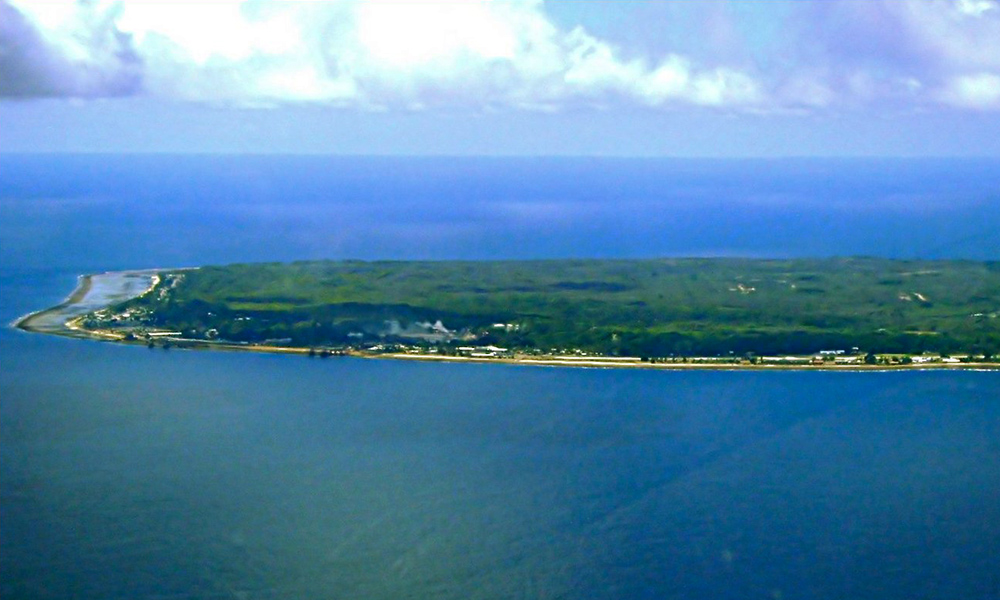
A Dark History of the World’s Smallest Island Nation | The MIT Press Reader
A combination of greed, colonial mismanagement, and gross incompetence has brought Nauru, once dubbed ‘Pleasant Island,’ to the brink of collapse.
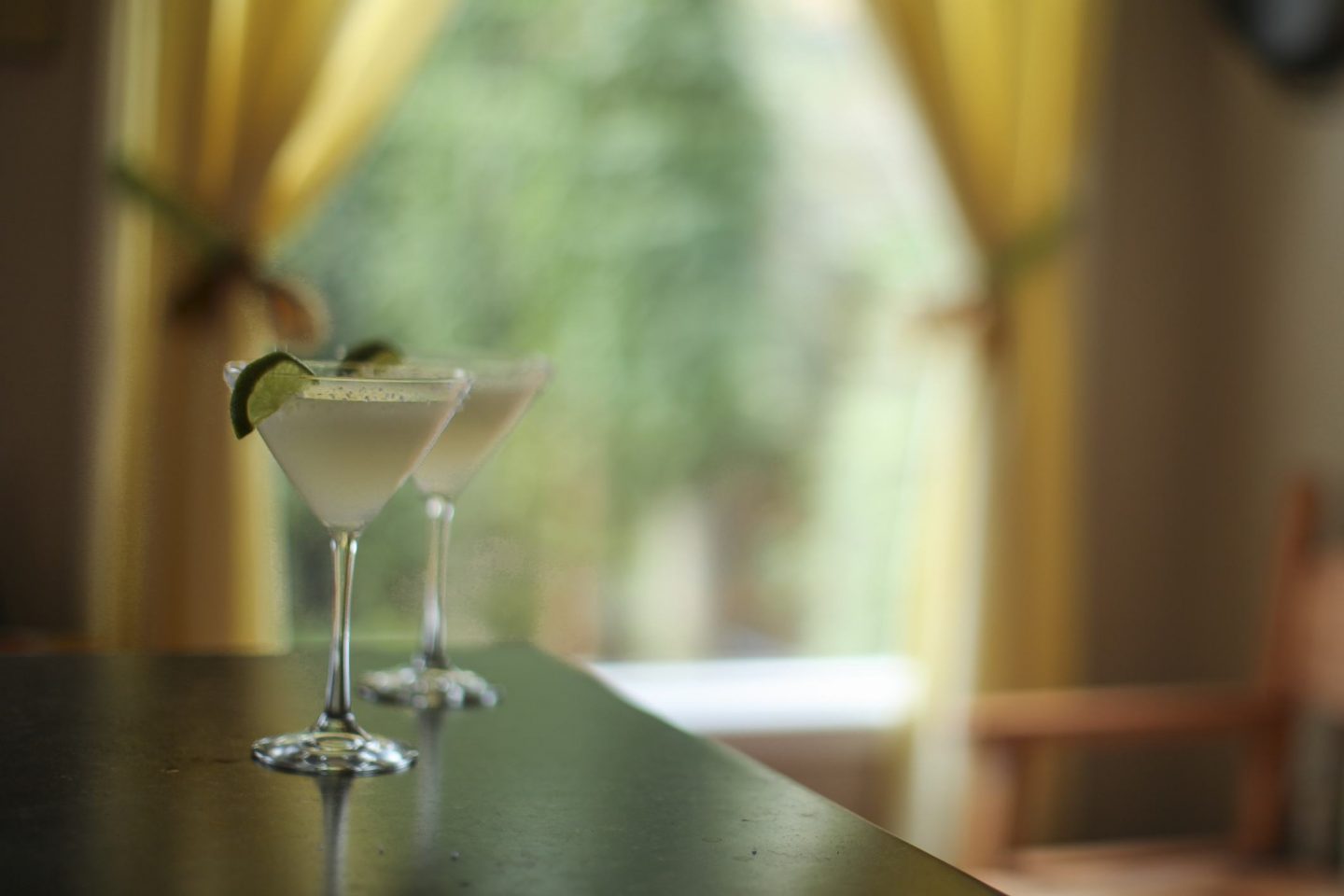
Around the World in 50 Classic Cocktails: The Pegu Club
Born in Burma, in the farthest reaches of the British Empire, The Pegu Club is a classic that evokes a touch of the tropics.
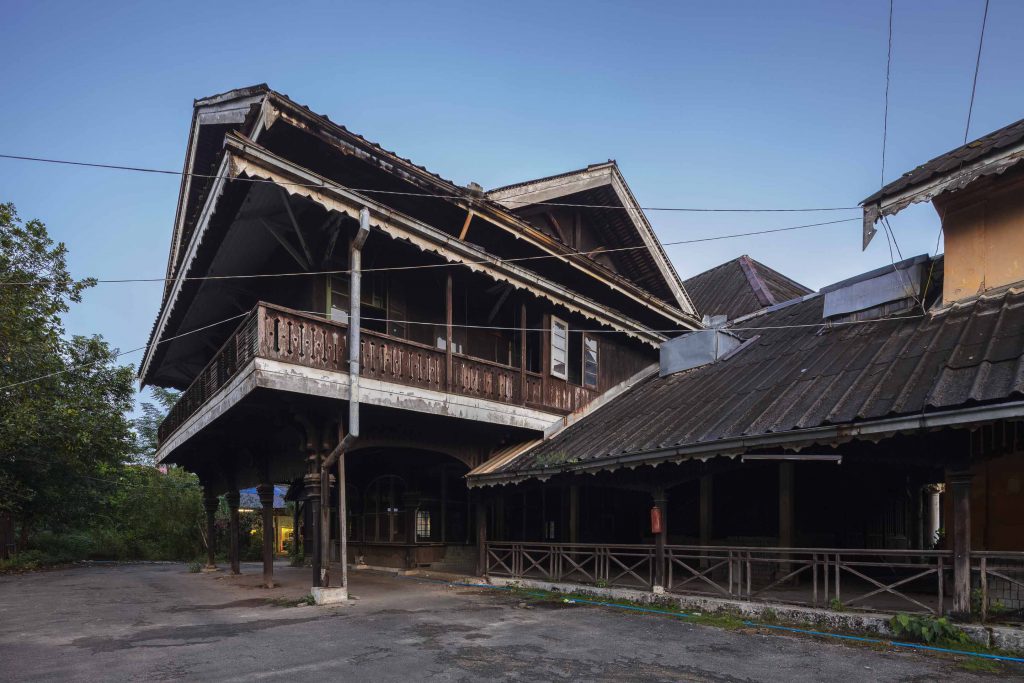
Pegu Club – Architectural Guide: Yangon
The Pegu Club was once the most prestigious gentlemen’s club of colonial Rangoon. Today it lies abandoned and decayed. Besides the main teak clubhouse, the compound included residential apartments and tennis courts. To accommodate the sweltering heat, the upstairs living quarters in the main building used louvred doors and windows to allow for cross-ventilation. Note the high ceilings, separate carriageway and carriage porch—all clear signs of elevated social status.
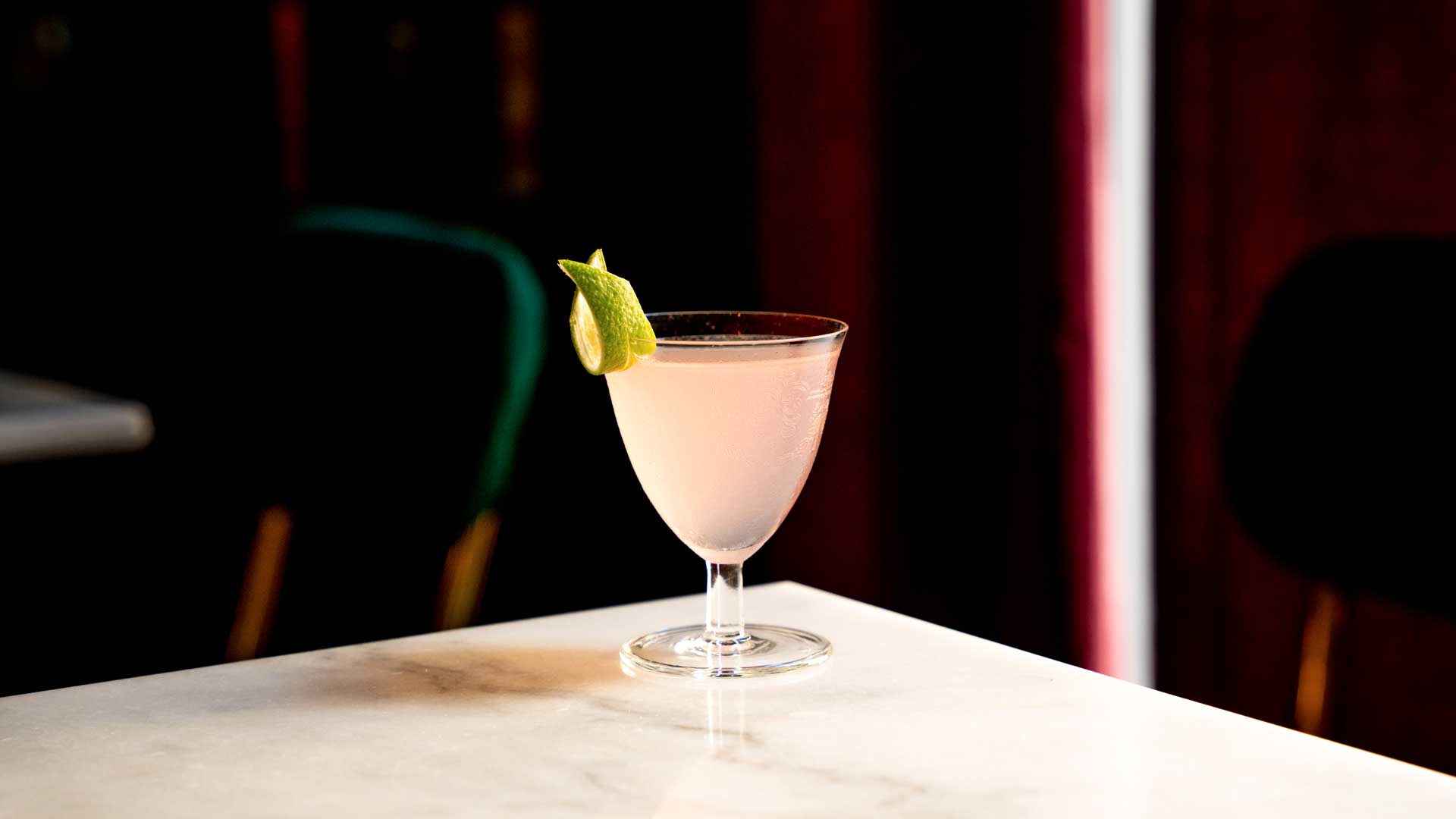
Pegu Club: The Colonial-Era Cocktail | Coqtail Milano
The Pegu Club, a gin-based sour that became known during the cocktail renaissance, was born when the English had colonies all over

Ghost Towns and Abandoned Places: Myanmar's Forgotten Corners - Anvui Travel - Local DMC for Asia Destinations
Myanmar's landscape holds more than ancient temples and bustling markets – scattered across the country are forgotten places where time seems to have stopped.

Banana Republic 101: History and Vintage Buyer's Guide to an American Mall Staple
Join me for a quick history and comprehensive vintage buyers guide to a brand found in almost every American mall. 00:00 - Introduction 00:28 - Personal Background with Banana Republic 02:53 - History 04:59 - Introduction to Basics of Buying Vintage Banana Republic 05:51 - Identification - Tag Design 07:09 - Identification - Manufacturing Location 08:10 - Identification - Clothing Design 08:33 - Sizing 09:02 - Pricing 09:50 - Staples 11:02 - Personal Shopping 11:57 - Personal Purchase Try-On 13:17 - Wrap-Up https://www.secretfanbase.com/banana/
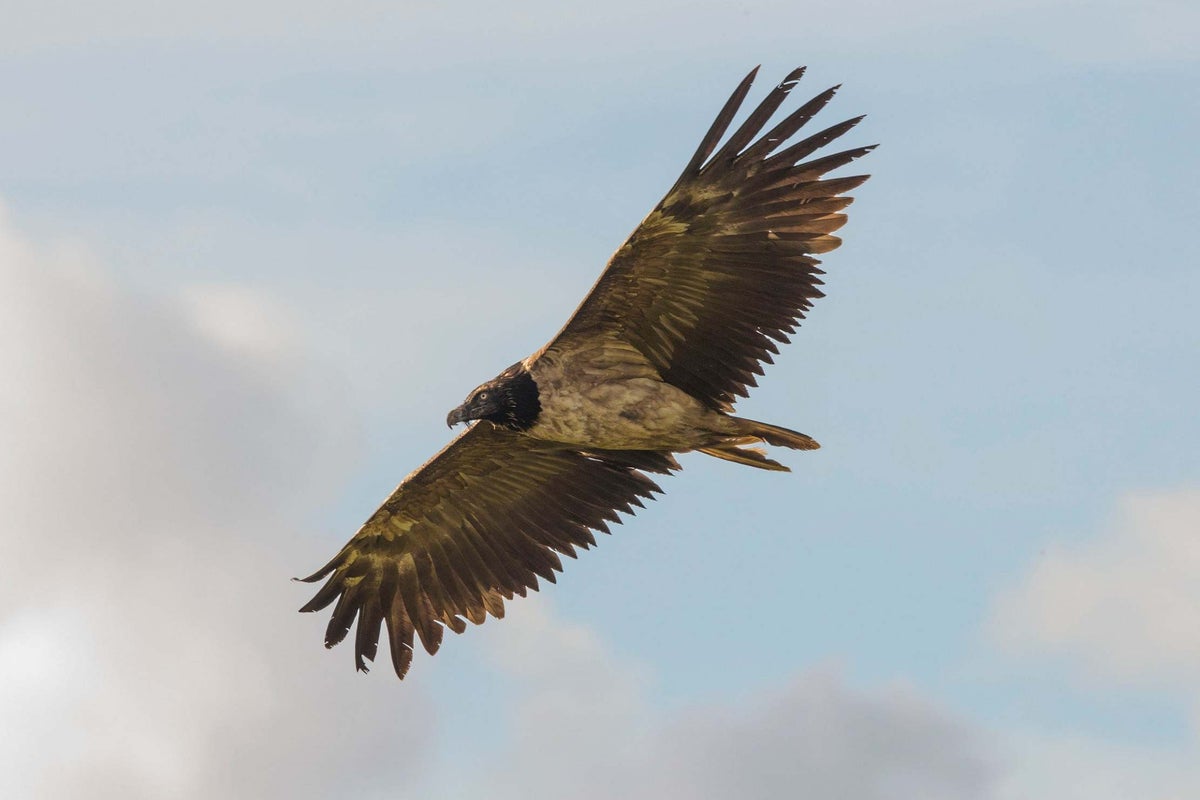
Hoard of 600-year-old treasures uncovered in vulture nests
Archaeologists examining the nests of bearded vultures recovered an ‘extraordinary’ stash of medieval artefacts
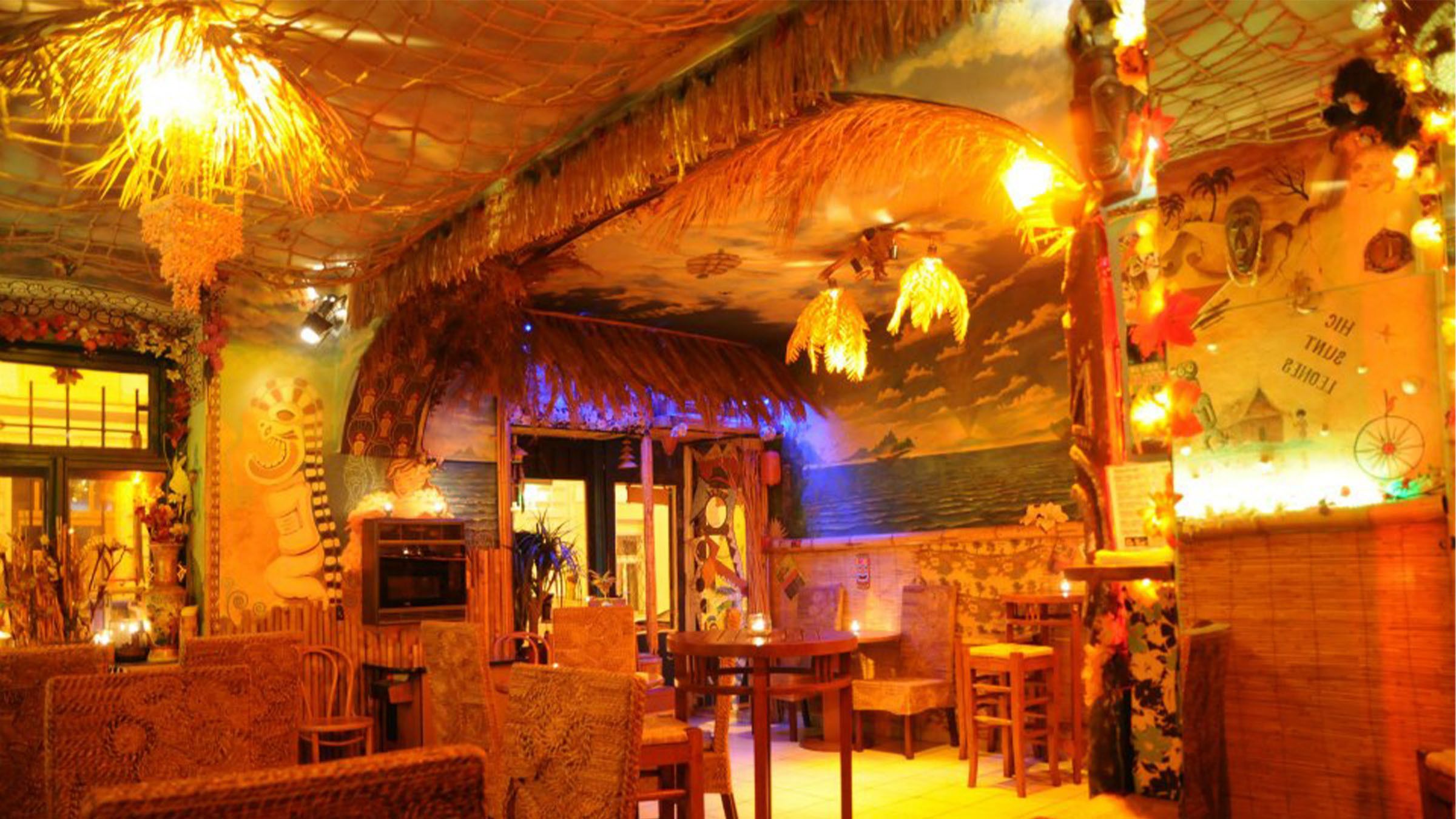
Tiki Bar: Tiki Taky | mytiki.life
Tiki Taky opened as Taky Tiki in 2006; the name order was switched when the place underwent a dramatic upgrade in tiki decor in 2009.

The Second American Empire: 1898-1934 | Goldwag's Journal on Civilization
There have been, more or less, three American Empires since the founding of our Republic. The First we all study in school; Manifest Destiny! From Sea to Shining Sea! Between the Louisiana Purchase in 1803 and the Gadsden Purchase of 1853, the United States expanded across the continent, waging war against Mexico and countless native…
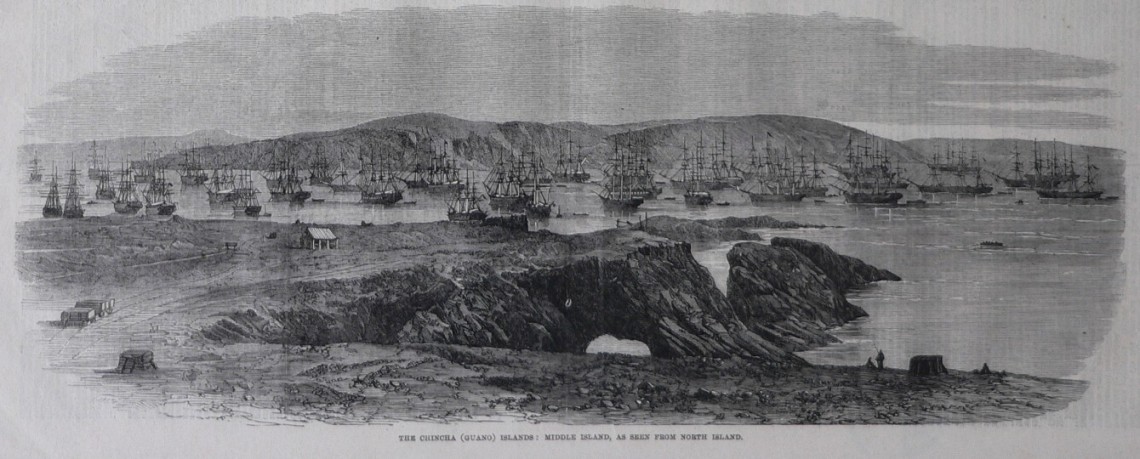
The Guano Rush and American Imperialism – Dr. Roseanne Chambers
The roots of United States imperialism are unfamiliar to most of us. Few would guess that this territory acquisition began with guano. Yup—bird poop. Specifically, bird poop to provide a replacement for guano found on islands offshore from Peru, recognized by the ancient Andeans as a valuable fertilizer for thousands of years. In the 1800s, intensive

ICONIC HILLBLOM "MANSION" IN SAIPAN
Dave Hood, CEO of Coldwell Solar, bought the late billionaire Larry Lee Hillblom's "mansion" located in Saipan, U.S.A., in 2016. The property was "abandoned" for 25 years after Hillblom's death in 1995. Hood's mission is to restore the house somehow to its original form. NOTE: Sending "super thanks" to this channel is highly appreciated. #As an Amazon Associate, I earn from qualified purchases of items using the listed links below. #ad You must see and get this trending Ihanherry cloud sofa love seat: https://amzn.to/43YH4HY Check this perfect gift--DHL airplane model:https://amzn.to/3zJ7Rgx Best seller Canon Rebel camera: https://amzn.to/4826pCi You must grab this awesome trending Apple watch series: https://amzn.to/3zRLGVr Pet lover? Try this PETLIBRO automatic cat feeder with camera: https://amzn.to/3NEGrLO Take a look at this best seller Adidas men's stylish sneaker: https://amzn.to/4fDdAUl Looking for a perfect gift? Check this trending Jteman cell phone stand with wireless bluetooth speaker: https://amzn.to/4iSyscA

The Untold Story of DHL
This is the story of Larry Hillblom, a powerful billionaire who had a dark, and checkered past. It's super hard to find for some reason, but this I learned about this story from a 2009 documentary called 'Shadow Billionaire' directed by Alexis Spraic. MY LINKS 📸 Instagram - https://www.instagram.com/filgelabert/ 🌐 My newsletter / blog - https://www.gelabert.xyz/ 🔴 Video Marketing Agency - https://www.chapter.xyz/ Hi, my name is Fil. I make videos on ways to become a better human being and share them on the internet.
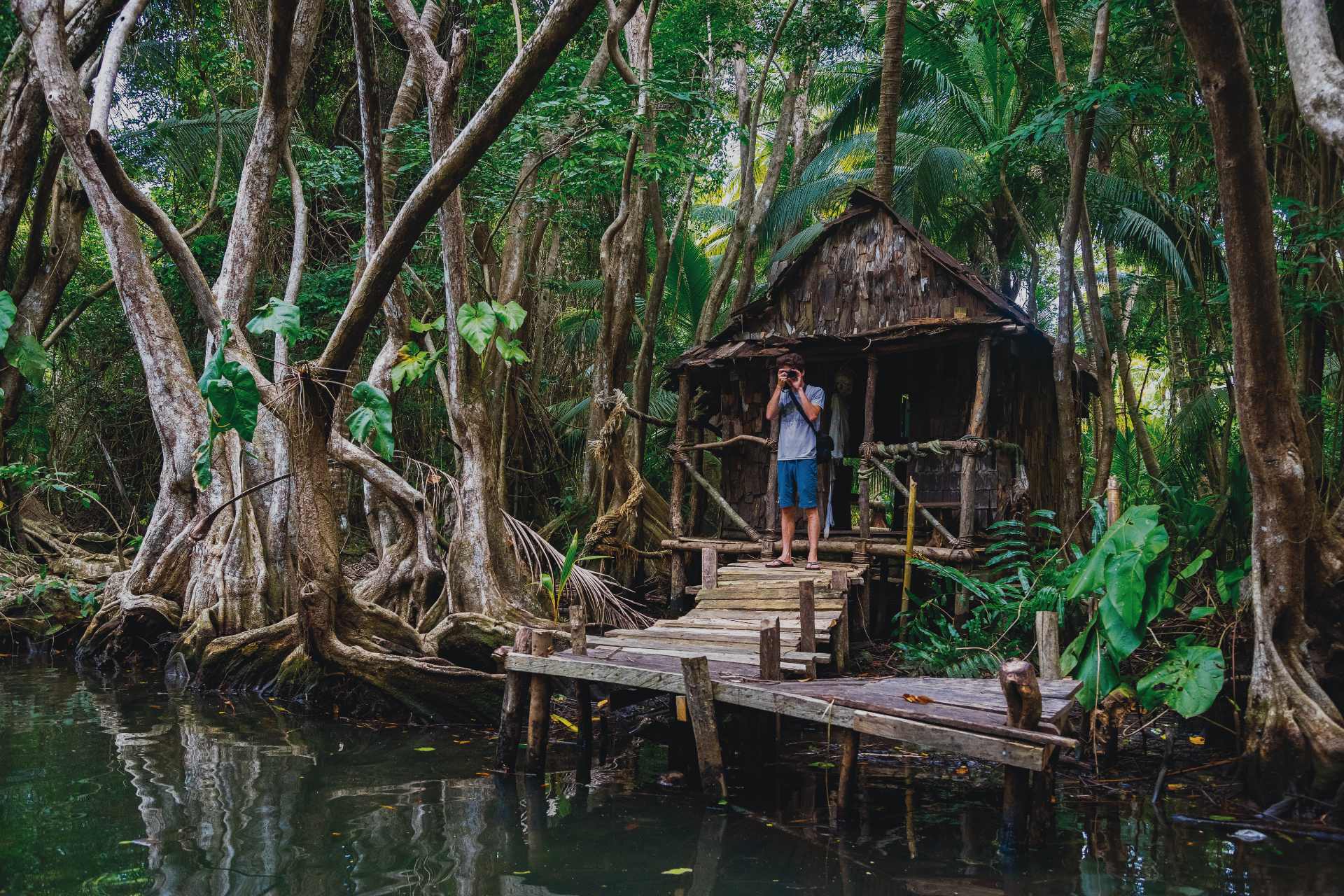
Exploring the Caribbean Island Nation of Dominica
Brushed by bounty, swathed in sunshine, wrapped by a turquoise sea. Dominica is the Caribbean’s best-kept adventure secret!
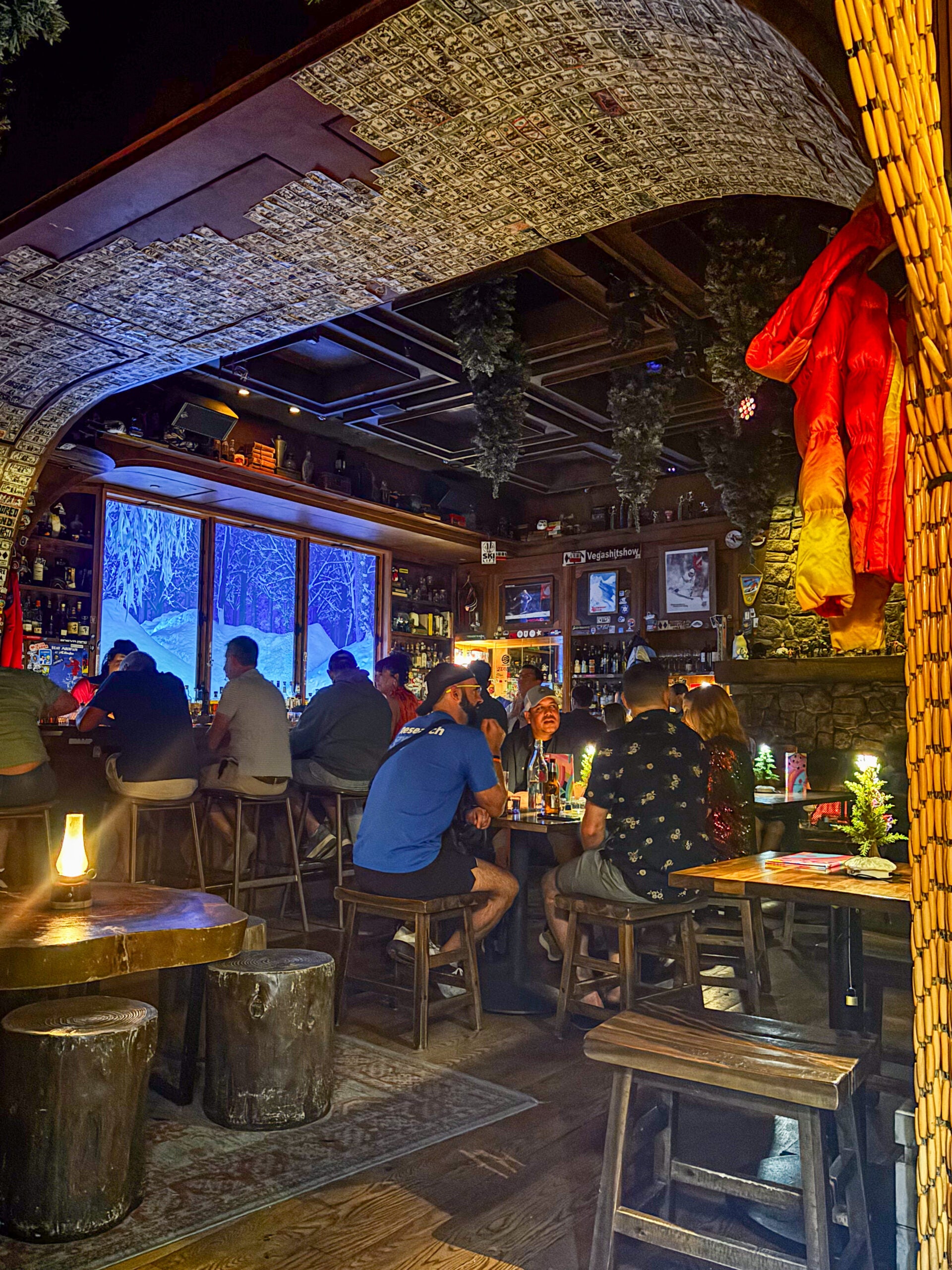
The Ski Lodge at The Cosmopolitan Is a The Après Bar We Need | SKI
Although it’s in the most unlikely of locations, The Cosmopolitan’s Ski Lodge speakeasy will charm even the most diehard skiers.

How the US Stole Central America (With Bananas)
How the US used Bananas to Conquer Central America Get a 4-week trial, free postage, and a digital scale at https://www.stamps.com/JohnnyHarris Thanks to Stamps.com for sponsoring the show! I will never be able to look at bananas the same way again. The history behind this fruit is filled with government coups, propaganda, and predatory corporations. This is the story of how US imperialism gave us crappy bananas - and why the ones in your kitchen might be doomed. Read more in a great book by Dan Koeppel: “Banana: The Fate of the Fruit that Changed the World" https://bookshop.org/books/banana-the-fate-of-the-fruit-that-changed-the-world/9780452290082. Big thanks to Mark Whalen for his research on the topic. Thanks to https://www.instagram.com/centralamericandisruption/ who covers the ramifications of this history. And thank you to Anderson’s Tropical Fruit Farm in Florida for shipping us the Gros Michel Bananas! - ways to support - My Patreon: https://www.patreon.com/johnnyharris Our custom Presets & LUTs: https://store.dftba.com/products/johnny-iz-luts-and-presets - where to find me - Instagram: https://www.instagram.com/johnny.harris/ Tiktok: https://www.tiktok.com/@johnny.harris Facebook: https://www.facebook.com/JohnnyHarrisVox Iz's (my wife’s) channel: https://www.youtube.com/iz-harris - how i make my videos - Tom Fox makes my music, work with him here: https://tfbeats.com/ I make maps using this AE Plugin: https://aescripts.com/geolayers/?aff=77 All the gear I use: https://www.izharris.com/gear-guide - my courses - Learn a language: https://brighttrip.com/course/language/ Visual storytelling: https://www.brighttrip.com/courses/visual-storytelling - about - Johnny Harris is a filmmaker and journalist. He currently is based in Washington, DC, reporting on interesting trends and stories domestically and around the globe. Johnny's visual style blends motion graphics with cinematic videography to create content that explains complex issues in relatable ways. He holds a BA in international relations from Brigham Young University and an MA in international peace and conflict resolution from American University. - press - NYTimes: https://www.nytimes.com/2021/11/09/opinion/democrats-blue-states-legislation.html NYTimes: https://www.nytimes.com/video/opinion/100000007358968/covid-pandemic-us-response.html Vox Borders: https://www.youtube.com/watch?v=hLrFyjGZ9NU Finding Founders: https://findingfounders.co/episodes/johnny-harris-2esj3-c3pet-2pg4c-xbtwa-5gaaa NPR Planet Money: https://www.npr.org/transcripts/1072164745

I Live Alone in an Island Paradise
In 1989, Mauro Morandi’s boat docked on Budelli Island off the northern coast of Sardinia, Italy. Discovering that the island’s caretaker was retiring within the next two days, Mauro decided to extend his stay indefinitely and step into the role himself. Little did he know that, nearly 30 years later, he would still be there. Mauro has built a small, simple life for himself on the island, collecting rain for drinking water, and building solar panels for electricity. Living alone, his love for his island paradise runs deep, and he hopes to stay as long as his health allows it. SUBSCRIBE: https://goo.gl/vR6Acb #BudelliIsland #IslandLife #Beach This story is a part of our Human Condition series. Come along and let us connect you to some of the most peculiar, stirring, extraordinary, and distinctive people in the world. Got a story idea for us? Shoot us an email at hey [at] GreatBigStory [dot] com Follow us behind the scenes on Instagram: http://goo.gl/2KABeX Make our acquaintance on Facebook: http://goo.gl/Vn0XIZ Give us a shout on Twitter: http://goo.gl/sY1GLY Come hang with us on Vimeo: http://goo.gl/T0OzjV Visit our world directly: http://www.greatbigstory.com
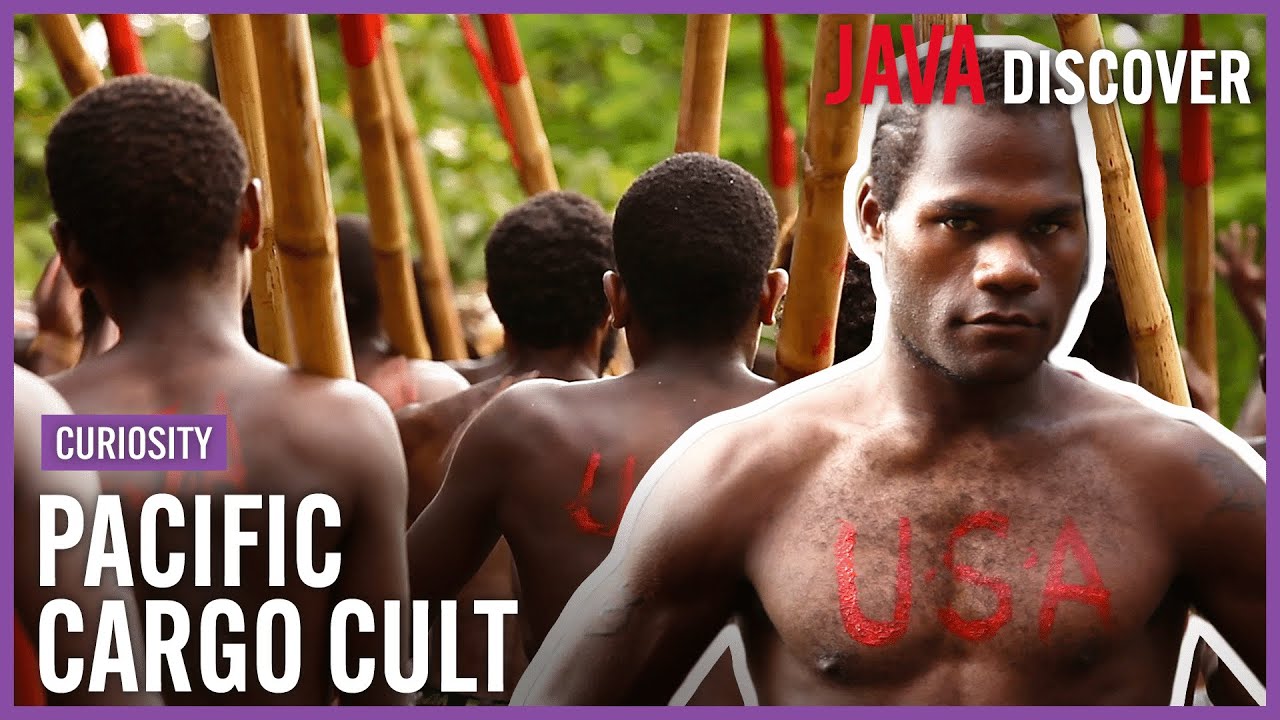
Waiting for John Frum: Cargo Cult of the South Pacific | When God is An American Soldier Documentary
The Cargo Cult of Tanna in the South Pacific have been waiting for John Frum for over a hundred years now. If you had never heard of an airplane or a refrigerator, would you think it a miracle when you first saw one? When the American military landed on a remote island in the South Pacific during World War II, the islanders were amazed by America’s fantastic cargo - planes, trucks, canned food. They thought such goods could only come from the Gods. Led by the mysterious prophet John Frum, a religion was born. David Attenborough explores a cult devoted to John Frum, an American soldier, known globally as the 'Cargo Cult'. The John Frum movement still exists in one village on the island of Vanuatu. ‘Waiting for John’ explores this extraordinary religion from the perspective of the last villagers as they stuggle to preserve their way of life in the face of outside pressure and internal conflict. In the process, it asks ‘where do our prophets come from’? And what makes people believe? This documentary was produced by and directed by Jessica Sherry. It was first released in 2015. --------------------------------------------------- SUBSCRIBE for more amazing stories, including free FULL documentaries. At Java Films we have an incredible library of award-winning documentaries: from world-leading investigations to true crime and history, we have something for everyone! Click the SUBSCRIBE button and make sure to set NOTIFICATIONS to stay updated with all new content! Sign up to the Java Films Clubs for exclusive deals and discounts for amazing documentaries - find out first about FREE FULL docs: http://eepurl.com/hhNC69 Head to https://www.watchjavafilms.tv/ to check out our catalogue of documentaries available on Demand. You can also find our docs on : Amazon Prime Video: https://www.amazon.com/v/javafilms Vimeo On Demand: https://vimeo.com/javafilms/vod_pages Like us on Facebook: https://www.facebook.com/JavaFilms/ Follow us on Twitter: https://twitter.com/java_films Follow us on Instagram: https://www.instagram.com/javafilms.tv/
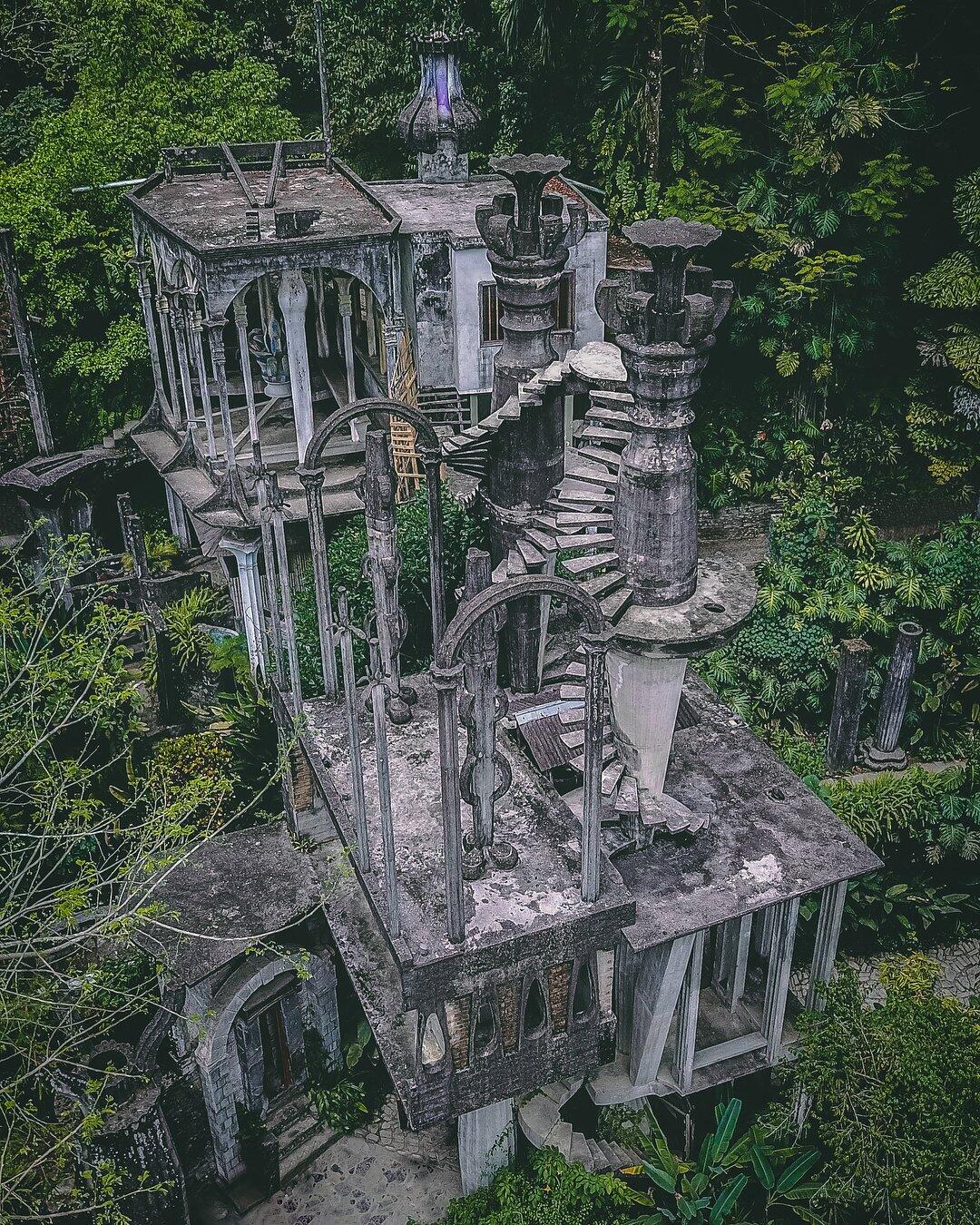
The Strange Story Of The Hidden Surreal Wonderland In The Middle Of The Jungle - Cultura Colectiva
Edward James was best known for his love and support for the surrealist movement. The wealthy English poet sponsored many projects and artists, including
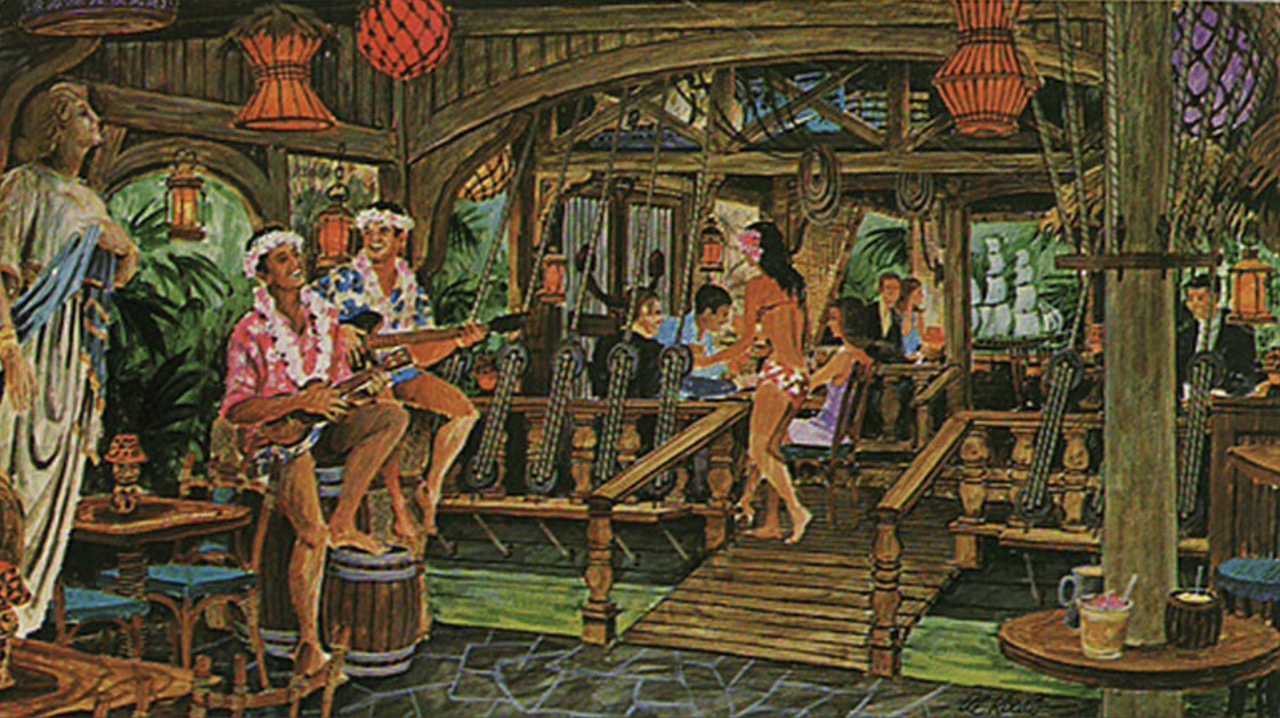
Twirl Paper Umbrellas at the Vintage Tiki Bars That Taught Americans to Relax
As Hollywood boomed in the early 1930s, moviegoers wanted to see more of the world, and the film industry had the means to show it to them. Films set in exotic locations grew popular for this reason, with South Seas-inspired stories becoming a particular draw. Decades before South Pacific hit Broadway stages, films of the era featured white, male adventurers and native maidens grappling with magical island enchantment, shipwrecks, pirates, romance, and the like. They were a hit, and Polynesia became the de facto image of paradise in America’s collective imagination.
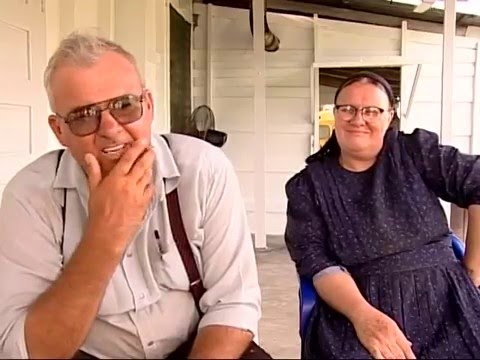
The Mennonites of Belize
Documentary about the Mennonites of Belize. Director:Bruce Paddington. Director of Photography: Brent Toombs Editor: Luke Paddington ©2006 Great Belize Television
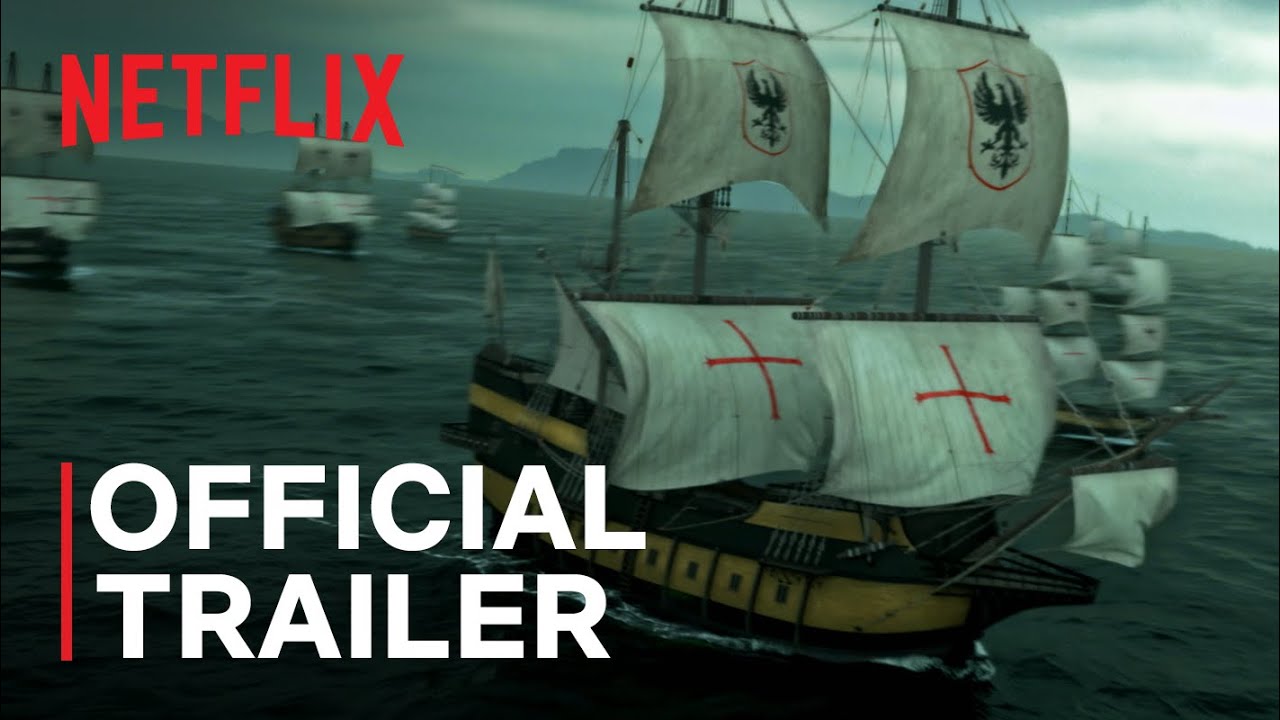
The Lost Pirate Kingdom | Official Trailer | Netflix
The real-life pirates of the Caribbean violently plunder the world's riches and form a surprisingly egalitarian republic in this documentary series. SUBSCRIBE: http://bit.ly/29qBUt7 About Netflix: Netflix is the world's leading streaming entertainment service with 204 million paid memberships in over 190 countries enjoying TV series, documentaries and feature films across a wide variety of genres and languages. Members can watch as much as they want, anytime, anywhere, on any internet-connected screen. Members can play, pause and resume watching, all without commercials or commitments. The Lost Pirate Kingdom | Official Trailer | Netflix https://youtube.com/Netflix

Ancient City of Nan Madol | Lost Cities With Albert Lin
Albert Lin travels to Micronesia, in the heart of the Pacific Ocean, to uncover the ancient island city of Nan Madol. ➡ Subscribe: http://bit.ly/NatGeoSubscribe ➡ Watch all clips of Lost Cities with Albert Lin: https://bit.ly/WatchLostCities #NationalGeographic #NanMadol #LostCitiesWithAlbertLin About Lost Cities with Albert Lin: Lost Cities with Albert Lin combines hi-tech archaeology, breath-taking visuals and genuine exploration to make headline-grabbing discoveries. About National Geographic: National Geographic is the world's premium destination for science, exploration, and adventure. Through their world-class scientists, photographers, journalists, and filmmakers, Nat Geo gets you closer to the stories that matter and past the edge of what's possible. Get More National Geographic: Official Site: http://bit.ly/NatGeoOfficialSite Facebook: http://bit.ly/FBNatGeo Twitter: http://bit.ly/NatGeoTwitter Instagram: http://bit.ly/NatGeoInsta Ancient City of Nan Madol | Lost Cities With Albert Lin https://youtu.be/0fdreKvuqgs National Geographic https://www.youtube.com/natgeo

Is America's Own Chernobyl Sitting in the Middle of the Ocean?
Subscribe to Dark Docs: https://bitly.com/DarkDocs Located in the middle of the Pacific Ocean, over 6,000 miles from the continental United States, is a massive and dangerous vault with some of the most contaminated radioactive material on Earth. “The Tomb” on Runit Island as it is often called, contains the debris of 43 nuclear bomb tests conducted by the U.S. on the Enewetak Atoll of the Marshall Islands, as well as 130 tons of radioactive soil shipped from the Nevada Test Site. Already, cracks can be seen on top of the dome, and chunks of broken concrete rest in black water accumulating at its base. As sea levels rise, the entire Tomb now threatens to crumble into the ocean... - As images and footage of actual events are not always available, Dark Docs sometimes utilizes similar historical images and footage for dramatic effect. All content on Dark Docs is researched, produced, and presented in historical context for educational purposes. -
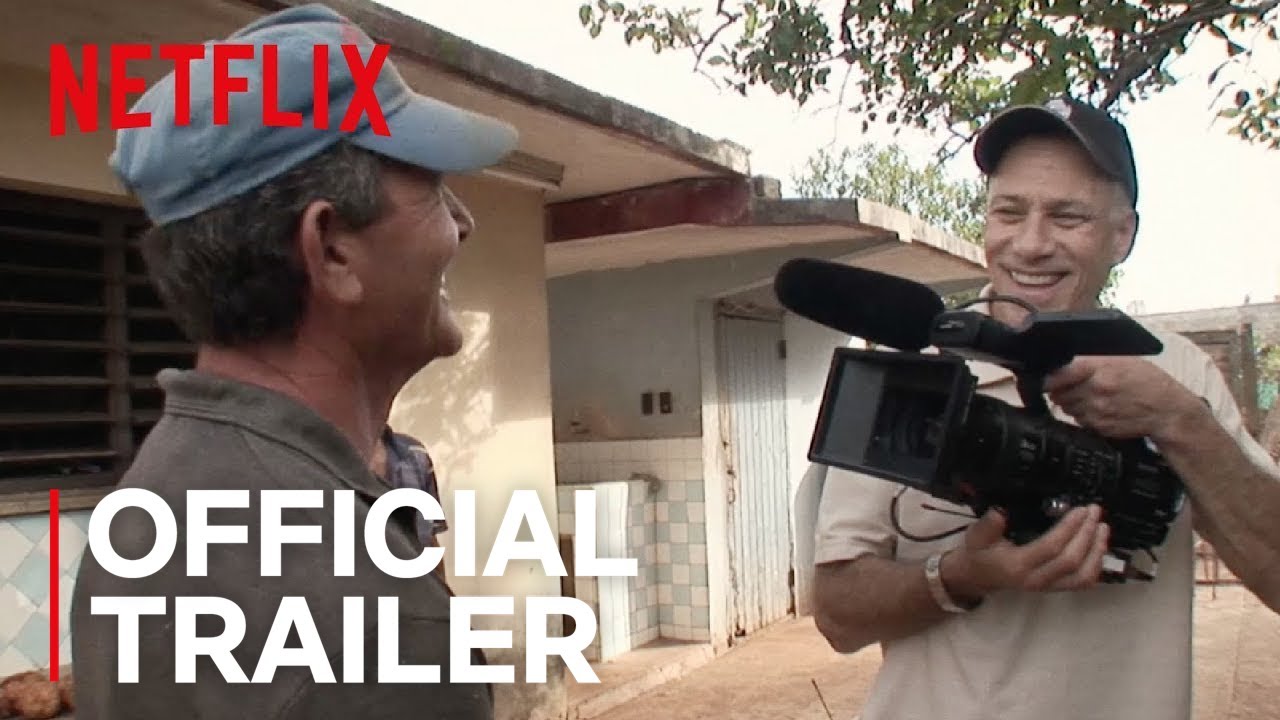
Cuba and the Cameraman | Official Trailer [HD] | Netflix
The story of Cuba, told by one filmmaker over five decades. Cuba and the Cameraman is now streaming on Netflix. Watch on Netflix: https://www.netflix.com/title/80126449 SUBSCRIBE: http://bit.ly/29qBUt7 About Netflix: Netflix is the world's leading internet entertainment service with 130 million memberships in over 190 countries enjoying TV series, documentaries and feature films across a wide variety of genres and languages. Members can watch as much as they want, anytime, anywhere, on any internet-connected screen. Members can play, pause and resume watching, all without commercials or commitments. Connect with Netflix Online: Visit Netflix WEBSITE: http://nflx.it/29BcWb5 Like Netflix Kids on FACEBOOK: http://bit.ly/NetflixFamily Like Netflix on FACEBOOK: http://bit.ly/29kkAtN Follow Netflix on TWITTER: http://bit.ly/29gswqd Follow Netflix on INSTAGRAM: http://bit.ly/29oO4UP Follow Netflix on TUMBLR: http://bit.ly/29kkemT Cuba and the Cameraman | Official Trailer [HD] | Netflix http://youtube.com/netflix
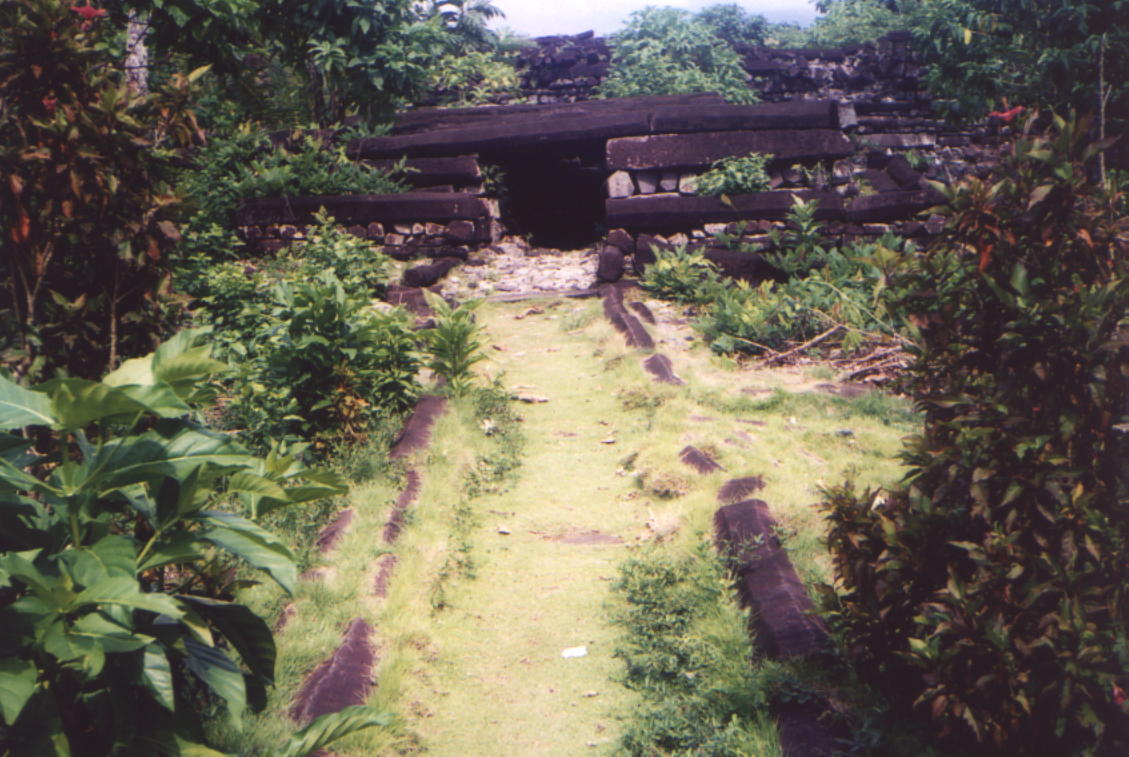
The Haunted Ancient City of Nan Madol Floating in the Pacific Ocean - Moon Mausoleum
The once grand seat for the chiefs of the Pohnpei in Micronesia, is now abandoned and feared. The floating city of Nan Madol is thought to be haunted by spirits and locals believe you will die if you spend the night there.
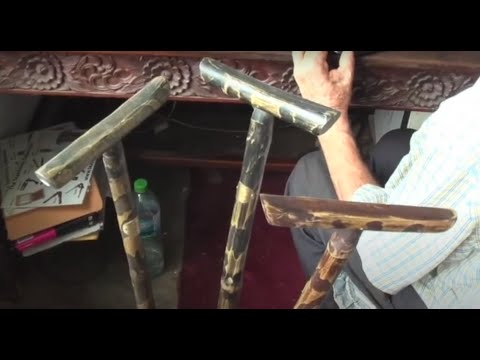
The Burmese Army Trekking Stick
Originally designed by Sir Geoffrey Hillpig-Smythe for British Special Forces stationed at Mandalay, British East India (Burma), in 1941, this military trekking stick was issued exclusively to Burmese Army rangers stationed on the Northeast frontier. The stick is constructed of mature baby bamboo with a solid row-boat handle. The MacDougall bolt and nut mechanism allows the 36-inch stick to come into two halves and to rest in your knapsack when not in use. Renowned for his engineering genius, as evidenced by his trekking stick, Sir Geoffrey was an Intelligence Officer with British Special Forces at Mandalay when he disappeared while on a morning mini-trek within the Special Forces compound in 1944. UPDATE: Dennis Brown, the man shown in the video who ran the trekking stick factory in Chiang Mai died about a year ago, and the factory has closed. The bamboo that the trekking stick was made of was reportedly on the verge of extinction due to over-harvesting, and it is now confined to a national park where it enjoys full protection. The trekking sticks are no longer sold in Chiang Mai souvenir shops for 300 baht (about US$8) but now sell on the internet for $100 or more. People continue to flock to northern Thailand in search of the legendary Sir Geoffrey, and Steve Rhodes has written a book about the legendary inventor to be published soon entitled “The Sad and Sorry Saga of Sir Geoffrey Hill-Pig Smythe.”

Mad Jack Churchill: A Life Too Unbelievable For Fiction
Check out Squarespace: http://squarespace.com/biographics for a 10% off on your first purchase → Subscribe for new videos four times per week. https://www.youtube.com/c/biographics?sub_confirmation=1 This video is #sponsored by Squarespace. TopTenz Properties Our companion website for more: http://biographics.org Our sister channel TopTenz: https://www.youtube.com/channel/UCQ-hpFPF4nOKoKPEAZM_THw/ Our Newest Channel about Interesting Places: https://studio.youtube.com/channel/UCHKRfxkMTqiiv4pF99qGKIw Credits: Host - Simon Whistler Author - Radu Alexander Producer - Jennifer Da Silva Executive Producer - Shell Harris Business inquiries to biographics.email@gmail.com Other Biographics Videos: Eugène Vidocq: The Father of Modern Criminology https://youtu.be/sE9Sgufrdvo Hasan Sabbah: Legend of the Assassins https://youtu.be/OUVY3CFQAGY
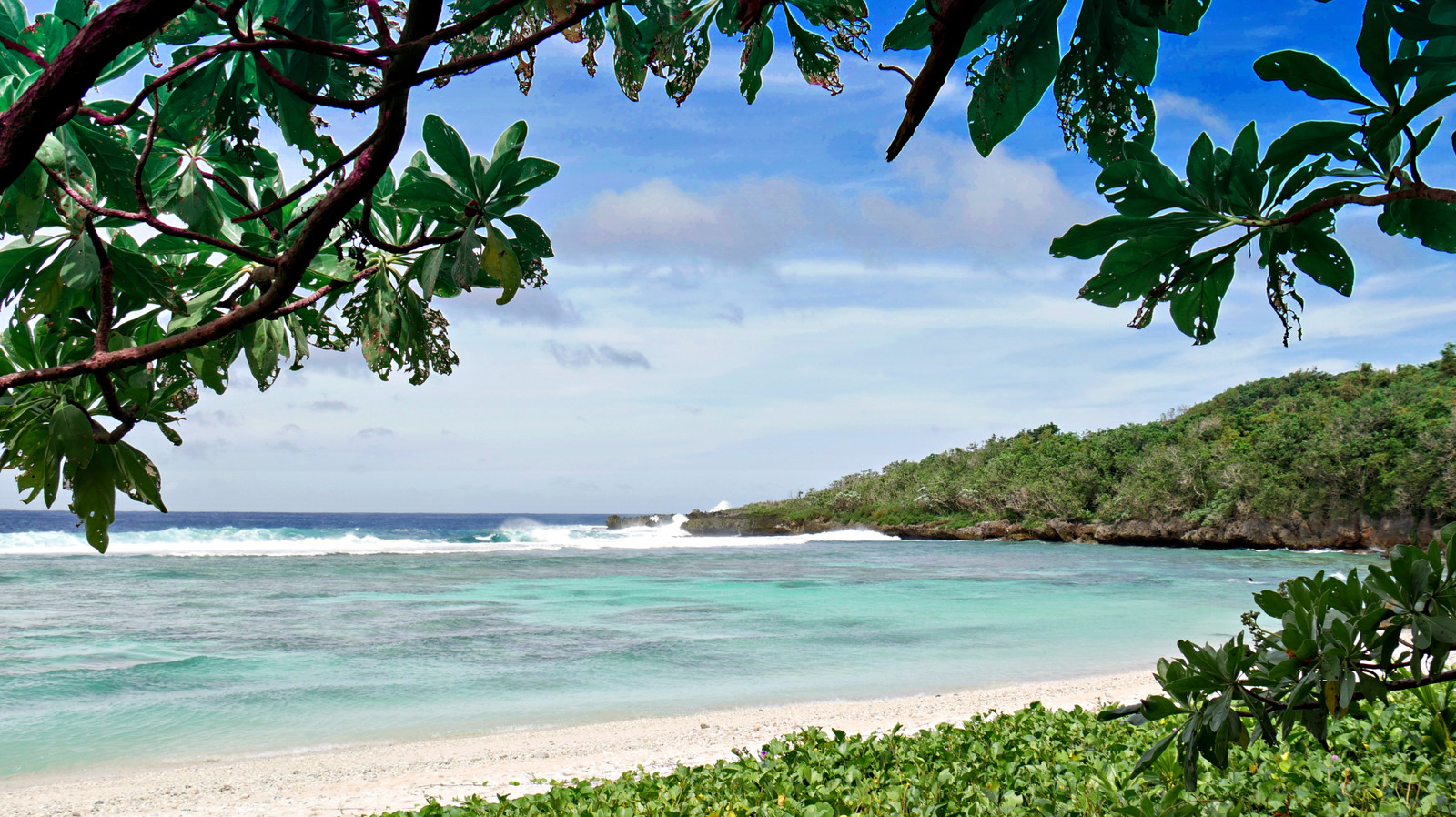
This Idyllic Island Archipelago Is A Far-Flung US Territory With Outrageously Gorgeous Beaches
Looking for a beach getaway off the beaten path? The Northern Mariana Islands are hard to reach, but they're teeming with pristine beaches and turquoise waters.
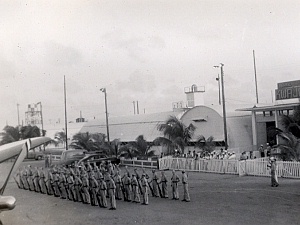
Kwajalein Control Facility - Kwajalein Atoll, Republic of the Marshall Islands
Most recent residents of Kwajalein know that U.S. Army management of Kwajalein and Roi-Namur started in 1964. Few realize that the Army had a great deal to do with the development and eventual mission on Kwajalein long before 1964. Recognition is due the Army for its participation in the 1944 invasion. But it was also the Army in the years following the war, 1951-57, that really helped shape the future of Kwajalein and Roi-Namur and developed the islands as we see them today. Army participation in the development of Kwajalein started out on the hot desert sands of New Mexico and in an isolated Florida swamp later to be called Cape Canaveral. For more than 40 years, including 30 years of command - the Army, with its planners, engineers, and scientists, has played an integral part in the development of one of the most complex, sophisticated research centers in the world.
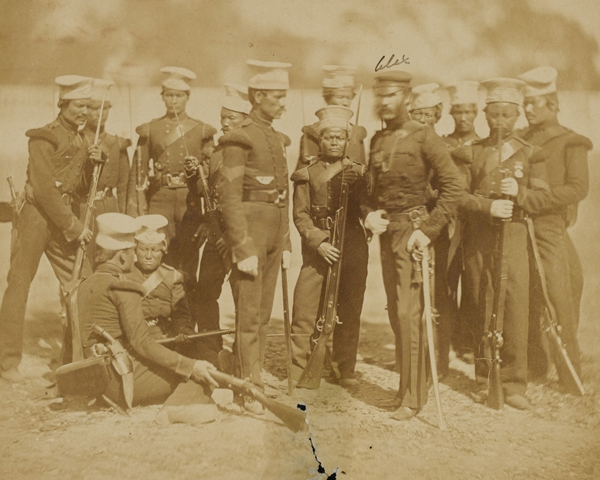
The Gurkhas | National Army Museum
In 1814-16, the British East India Company fought a war against the powerful city-state of Gorkha in what is now western Nepal. Although victorious, the British were greatly impressed by the fighting qualities of their Gurkha opponents. Under the terms of the subsequent peace treaty, large numbers of Gurkhas were permitted to volunteer for service in the Company's army. In the years that followed, they proved to be among the finest soldiers in what became the British Indian Army. Nepalese troops known as Gurkhas have fought for Britain since 1815. Here, we explore their history and find out why they have long been regarded as some of the finest and fiercest soldiers.

Eating in Chongqing with Chinese Trump
with@FoodXBert

The Strand Yangon: An Iconic Hotel in Myanmar
Yangon is the largest city in Myanmar (formerly called Burma) and is just as fascinating as it was a century ago when it was one of Asia’s most sophisticated capitals. Today, its red-brick heritage buildings rub shoulders with high-rise condos and upscale shopping malls, but what makes it really unique is the way it clings to its traditional lifestyle. Men still wear long cotton sarongs called longyis, women and children smear their faces with a yellow cosmetic called thanaka, sidewalks are crammed with street vendors and stalls serving local foodstuffs, and around every corner you run into golden pagodas and saffron-robed monks. If you want to be in the heart of the action, The Strand Yangon is an iconic hotel that sits on the downtown riverfront between the handsome British Embassy and the old Telegraph Office. A stroll around this area is a great way to engage with the local way of life. On nearby Pansodan Street, we found stalls with vintage books, trendy cafés, a colorful Indian temple and stores selling lacquerware, local fabrics and traditional puppets. The majestic Sule Pagoda is a short walk away and so is the historic Scott Market, a covered bazaar with 2,000 stalls selling souvenirs, clothing and paintings, and a good place to check out Myanmar’s fabulous rubies.
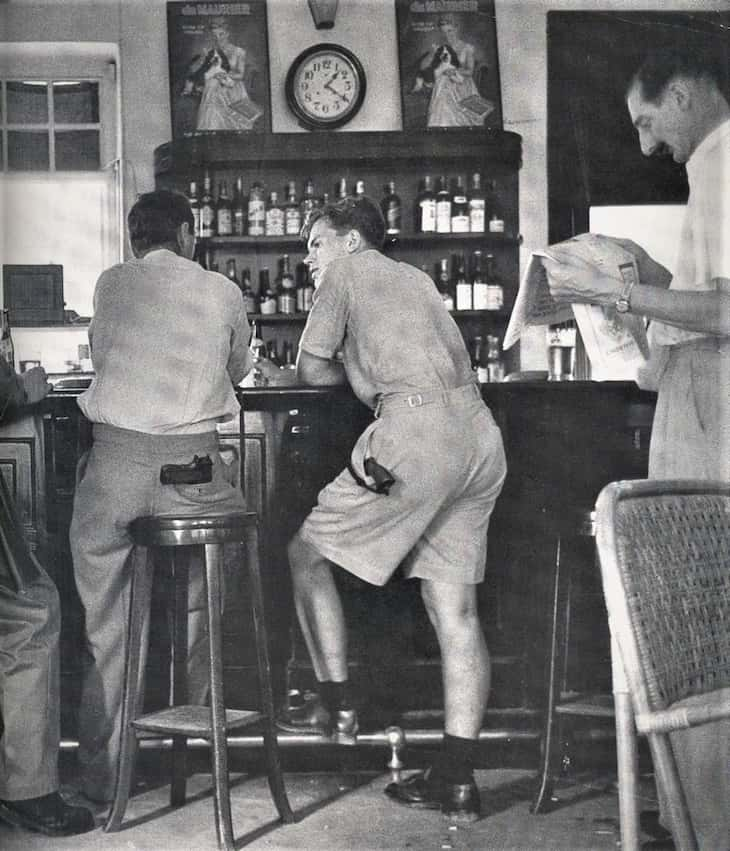
Those Historic Bars of Asia
In January 2021 Harold ‘Steve’ Stephens a Bangkok based travel writer died at the age of 94. He was described as ‘a modern day Marco Polo’, ‘the man you wished you’d met’ and ‘a friend of the old Asia with a unique approach to life’. Steve was born on a farm in Pennsylvania, fought on Okinawa with the United States Marine Corps, met Ernest Hemingway, studied with the future Jackie Kennedy, doubled for Marlon Brando in Mutiny on the Bounty, built his own boat and wrote countless stories for the Washington Post, Bangkok Post and Thai Airways. In a February 1989 edition of the Bangkok Post he asked his readers: ‘What became of all those great bars in Asia?’. Despite the passage of over 30 years and a global pandemic he would have been pleased to know that a few of his favourite watering holes are still open for business.

The fascinating story of The Elephant Bar at Raffles Hotel Le Royal, Cambodia
There’re hotel bars and there’re hotel bars. And then there’s The Elephant Bar --the number one must-snap on the agenda of any Instagammer or visitor to the Cambodian capital of Phnom Penh. No place oozes elegance, nostalgia and panache like the bar in Raffles Hotel Le Royal.
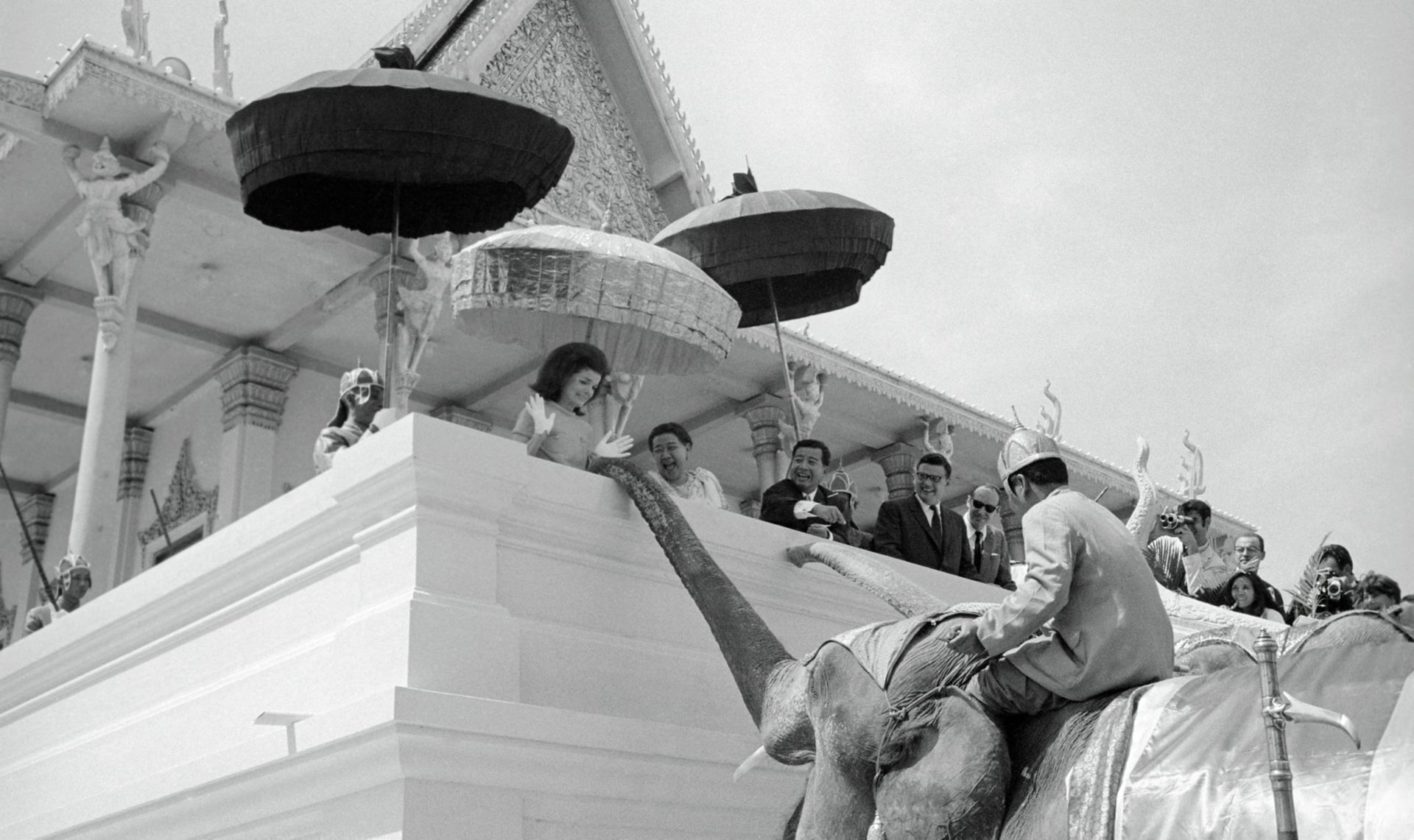
Legendary Libations: Raffles Magazine Cambodia | Raffles Hotels & Resorts
Discover Jackie Kennedy's iconic visit to Cambodia's Raffles Hotel Le Royal ➤ Relive history with a champagne cocktail where elegance meets heritage.

The untouched cocktail glass: Why it hasn’t been washed in 50 years
There are many stories in the world so unique that they leave the listener stunned. One such story is from Hotel Le Royal in Phnom Penh,

How the Gold Rush Led to Real Riches in Bird Poop
People from all over the young United States rushed to the west coast. Some traveled over land but many made the trip on clipper ships that sailed around the tip of South America. The long way around, back in the days before either the Suez or Panama canals existed. Few people today are aware of what those ships did on their way back. Ship owners didn't want their vessels returning with empty holds so they looked for something to transport back east that they could sell. What they found was guano, or the accumulated droppings of nesting sea birds (and sometimes bats) that had built up over thousands of years on islands along the route home.
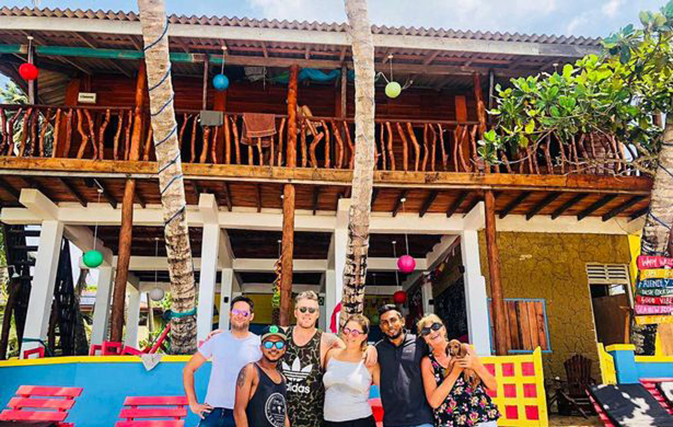
Drunk honeymooners end up buying the hotel they checked in to - Travelweek
What’s the craziest thing you’ve done after having one too many? For most of us, the most cringe-worthy drunken moments usually involve things like bar-top

Behind The Pearl Earrings: The Story of Dickey Chapelle, Combat Photojournalist | Program |
[Original Airdate: November 3, 2015] Clad in fatigues, an Australian bush hat, harlequin eyeglasses, a Leica camera slung around her shoulders and an infamous pair of pearl earrings, Dickey Chapelle stood out and defied everyone's notion of what a war correspondent was. Striving to not just capture the horrors of the war, but also the day-to-day lives of soldiers, how combat took a heavy toll on them and what was really happening on the front lines.

Transmissions from nowhere: Numbers Stations
Dark Histories is also available as a longer audio podcast, available from: Itunes: http://apple.co/2gmEaZN Google Play: http://bit.ly/2yp9q0M Twitter: twitter.com/darkhistories facebook: facebook.com/darkhistoriespodcast Patreon: https://www.patreon.com/darkhistories http://darkhistories.com Starting off in 1890, we take a look back at the history of secret radio transmissions, leading up until today and unravel some of the mystery, whilst uncovering some new oddities, of what are known as 'Numbers Stations'. Thanks for watching! Contact me and feel free to drop comments, episode suggestions or anything else in the comments.
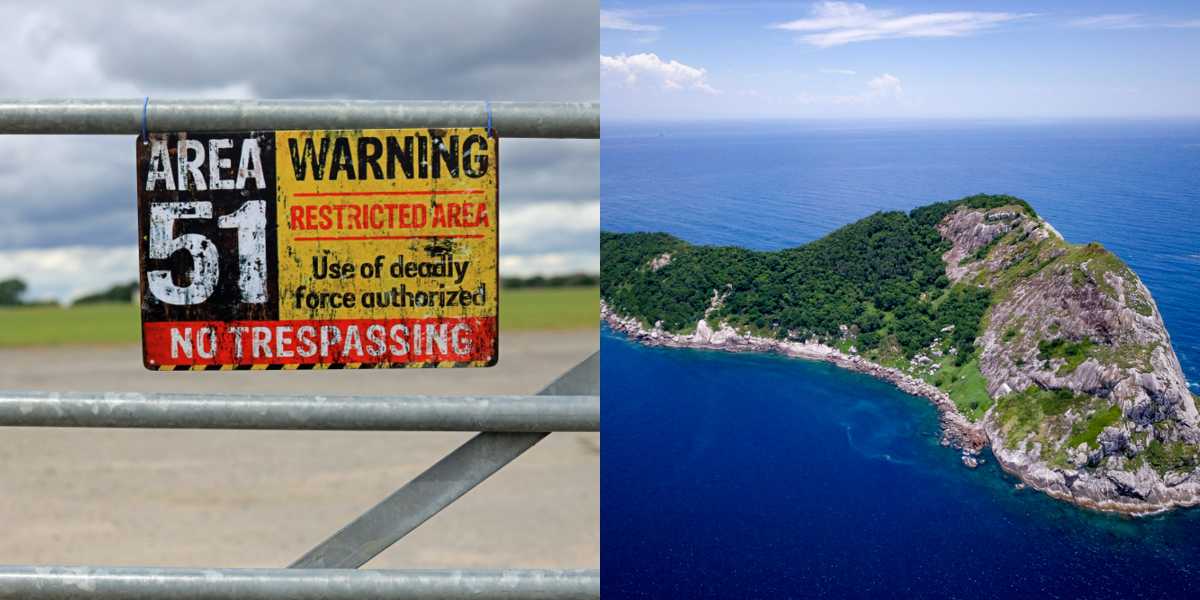
13 Most Forbidden Places in the World You CANNOT Visit in 2024
Here is a list of the 13 most Forbidden Places around the World that you can never think about visiting.

The Japanese Formula For Happiness - Ikigai
The First 500 To Click On This Link: https://skl.sh/improvementpill4 Will get 2 months of Skillshare for FREE Everyone wants to be happy, but it seems like such an unobtainable goal. Should we focus on making money? Should we focus on pursuing our passions? Or should we just become a monk in the mountains. Luckily for us, the Japanese have already cracked the code. They have a formula for happiness called Ikigai. If You Are Interested In Coaching: https://clarity.fm/improvementpill The Happiness Playlist: https://www.youtube.com/watch?v=NmlWK-zCo6M&t=0s&index=2&list=PLE_vQWWxgaiEvncrsLsFdtMQHu9E7eNlc The BeeFriend Course (Free Social Skills Course) https://www.youtube.com/watch?v=sHfGgOfmbx4&list=PLE_vQWWxgaiHbUFDuNnqxfui3lrE2jjwO&index=1 The Tamed Course (Free Habit Building Course) https://youtu.be/m8JjuyRIxOg Watch All My Q&A Videos At: https://www.youtube.com/watch?v=A_ua8l9nMJQ&index=3&list=PLE_vQWWxgaiG5t556F_eFJ5IAK2vxm30z&t=0s
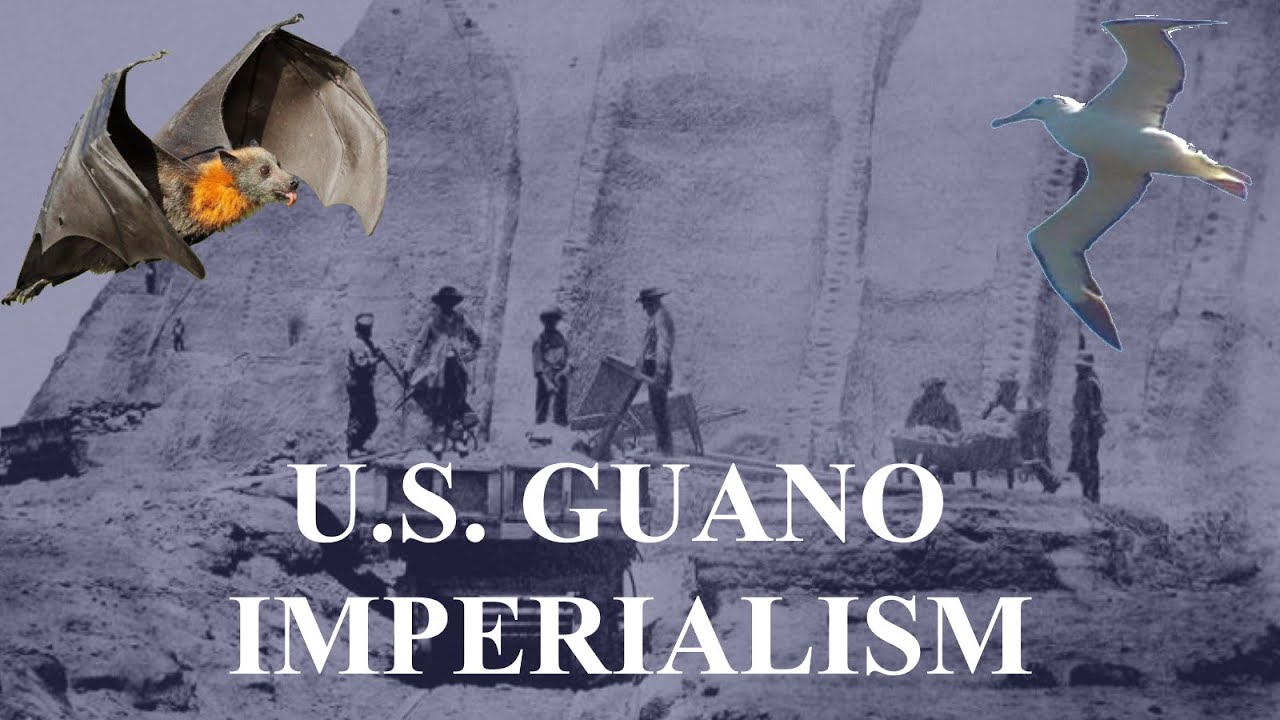
The Weird History of US Guano Imperialism
Sometimes Imperialism can be batsh*t crazy. Literally. ➤ Support this channel with my Patreon!: https://www.patreon.com/emperortigerstar Music used: "Sock Hop" by Kevin MacLeod Sources used: Christina Burnett: The Edges of Empire and the Limits of Sovereignty: American Guano Islands Wikipedia
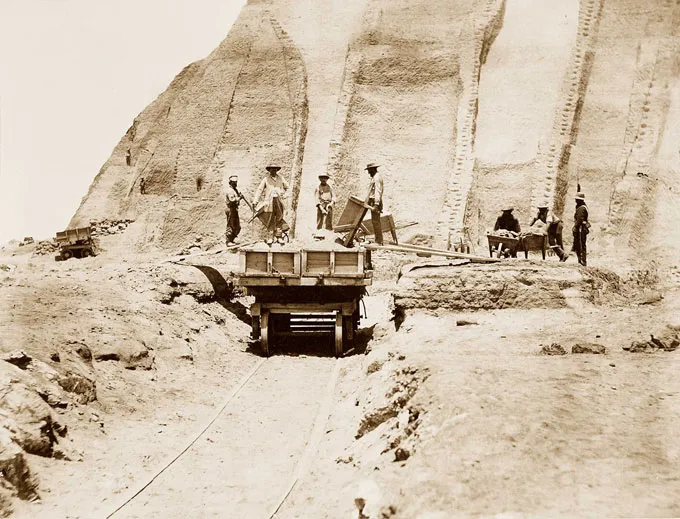
Guano and the Rise of the American Empire
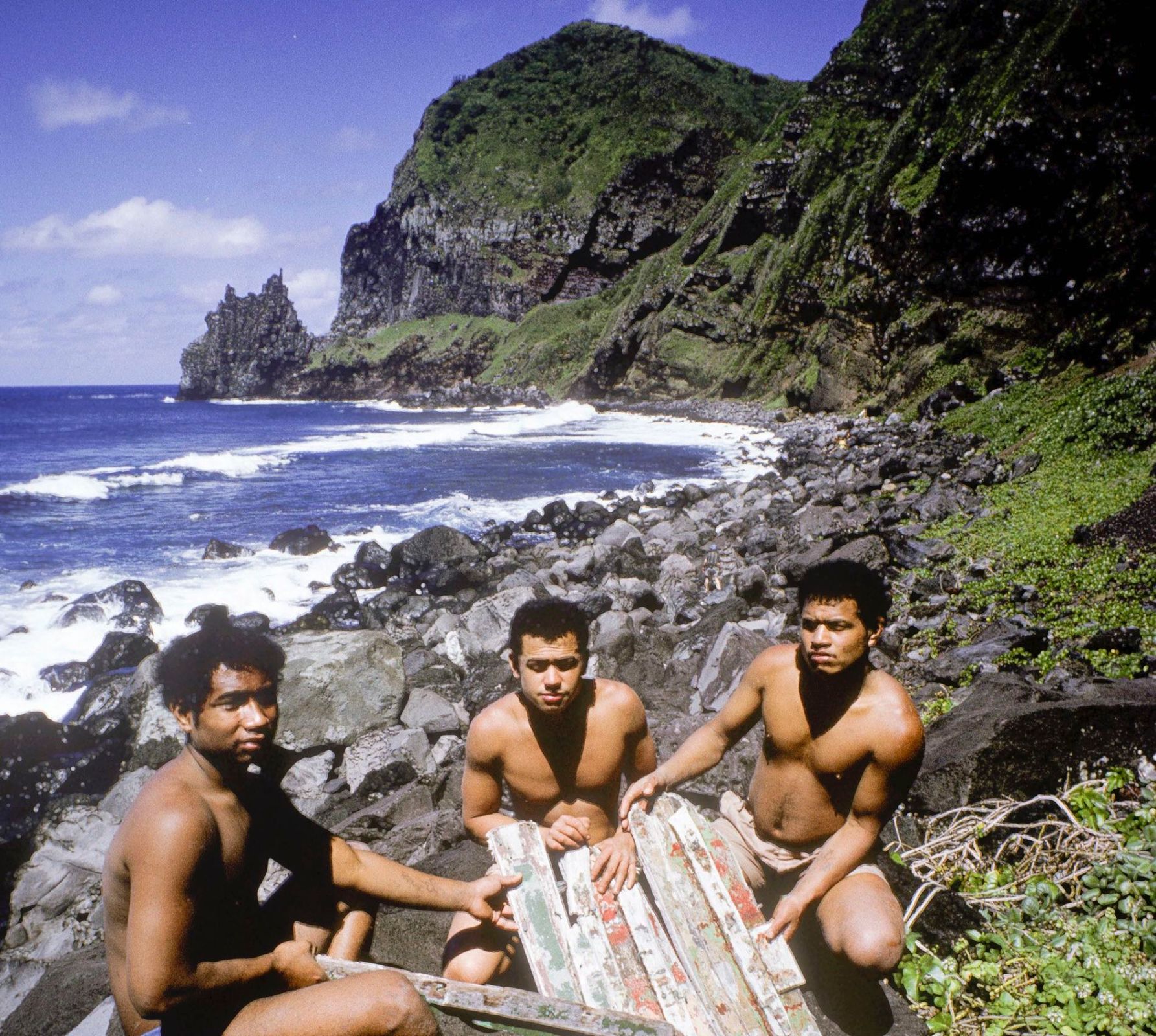
I Spent 15 Months Shipwrecked on an Uninhabited Island
The story of six teenagers who stole a boat, got lost in a storm, then lived in relative harmony on a South Pacific island.

Parts Unknown: Tokyo Intro
Rest In Peace Tony. You were loved. No copyright infringement is intended. All credit goes to CNN.

Ruin Pubs: The Soul of Budapest’s Nightlife
Ruin pubs, known locally as romkocsmák, are a defining feature of Budapest’s vibrant nightlife and cultural identity. Emerging in the early 2000s, these unique bars were born from the decay of abandoned buildings in Budapest’s Jewish Quarter, especially in District VII. After decades of neglect following World War II and the communist era, many old apartment blocks and courtyards stood derelict—until a group of creative locals saw potential in their crumbling beauty. Instead of demolishing or renovating them conventionally, they transformed these ruins into atmospheric gathering spaces filled with mismatched furniture, art installations, and an unmistakable sense of charm. The first and most iconic ruin pub, Szimpla Kert, opened in 2002 and quickly became a symbol of Budapest’s bohemian revival. What made Szimpla revolutionary wasn’t just its setting in a decaying building, but its ethos: affordable drinks, community art, and inclusivity. Patrons could sip beer under hanging bicycles, film screenings, or live jazz—all amid peeling plaster and retro décor. This concept resonated deeply with locals and travelers alike, sparking a movement that spread throughout the city. By the late 2000s, ruin pubs had turned an overlooked part of Budapest into a cultural hotspot, attracting millions of visitors each year. Beyond nightlife, ruin pubs became creative and social hubs. Many host art exhibitions, film nights, literary readings, and farmers’ markets, reflecting the city’s blend of creativity and pragmatism. They provided a platform for young Hungarian artists and entrepreneurs to experiment, collaborate, and thrive. Some ruin pubs, like Fogasház and Instant, grew into sprawling entertainment complexes with multiple bars, dance floors, and outdoor courtyards—each maintaining the DIY, recycled aesthetic that defines the movement. Economically, ruin pubs revitalized the old Jewish Quarter, turning it into one of Budapest’s most visited districts. Once a decaying area, it now thrives with hostels, cafes, and boutiques surrounding the pubs. However, success has also brought challenges: gentrification, noise complaints, and rising rents threaten the authenticity of the scene. In recent years, local authorities and residents have debated how to preserve the area’s cultural heritage while managing its explosive popularity. Despite these pressures, ruin pubs remain a symbol of Budapest’s resilience and creativity—a living example of how decay can be turned into beauty and community. They embody the city’s post-communist transformation: resourceful, open-minded, and full of contradictions. Whether one visits to dance until dawn, explore eccentric art, or simply soak in the atmosphere of a crumbling courtyard filled with laughter, ruin pubs offer a glimpse into the spirit of modern Budapest—where history, art, and nightlife coexist under one roof.
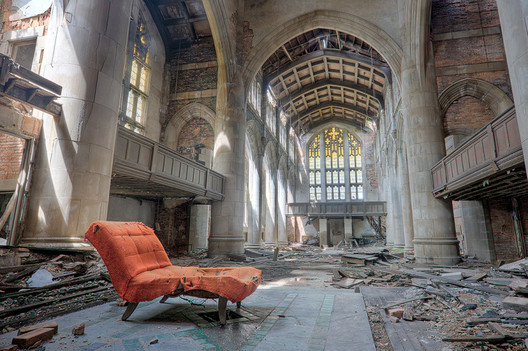
Ruin Porn: An Internet Trend That is Older than You Think | ArchDaily
The internet has been good to fans of "ruin porn," providing them with a platform for sharing images and even coining...

Rumpus TiKi Bar Budapest
What do the Pacific Islands do with Downtown Budapest?

History of the tramways in British Guiana, 1877-1930
The Georgetown Tramway Company Limited was a limited liability company incorporated under Ordinance 11 in 1877. This Ordinance enabled the company to lay and maintain certain tramways in and near Georgetown. The tramways were to be constructed and work well and not impede or injure the ordinary traffic of the streets; more over the trams were to be to the public’s advantage. The tramways were advantageous to the public because they were laid throughout the town, and the roads which ran alongside the tramways were repaired by the company. Moreover, the company brought in locomotive engines which were smokeless and noiseless, and carried both passengers and goods.
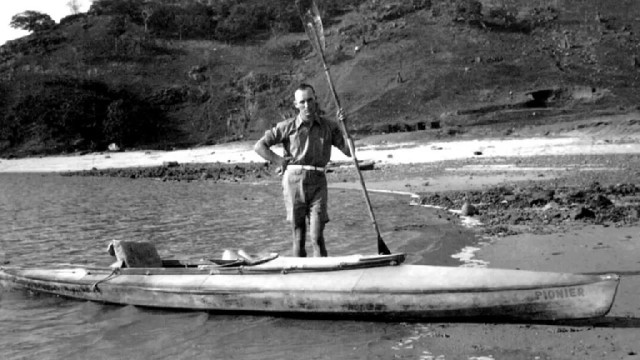
The Unfortunate and yet Fortunate Adventure of Oskar Speck – History of Sorts
Oskar Speck (1907–1995) was a German canoeist who paddled by folding kayak from Germany to Australia over the period 1932-1939. A Hamburg electrical contractor made unemployed during the Weimar-period Depression, he left Germany to seek work in the Cypriot copper mines, departing from Ulm and travelling south via the Danube. En route, he changed plans…

Hitler, Stalin, Trotsky, Freud & Franz Joseph All Lived Within A Couple Of Miles Of Each Other On The Eve Of WW1 - Brilliant Maps
The map above shows a rather wild historical fact. In Vienna between 1913 and 1914 you could have run into Hitler, Stalin, Trotsky, Freud and Franz Joseph.
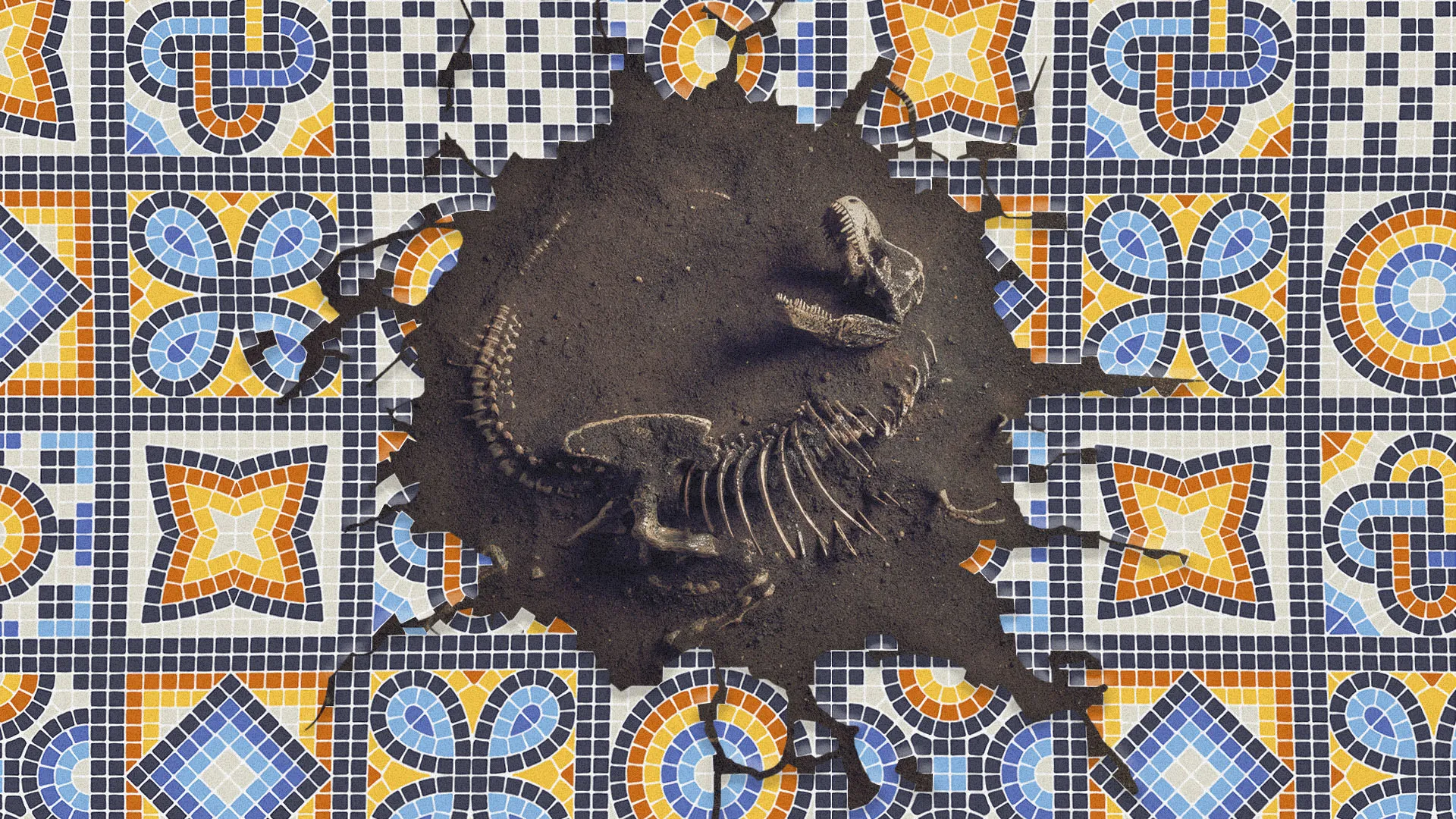
From Neanderthals To Romans, What Did Ancient People Think When They Found Fossils? | IFLScience
From Homer to Pliny, some of the greatest classical writers may have been inspired - and fooled - by fossil discoveries.
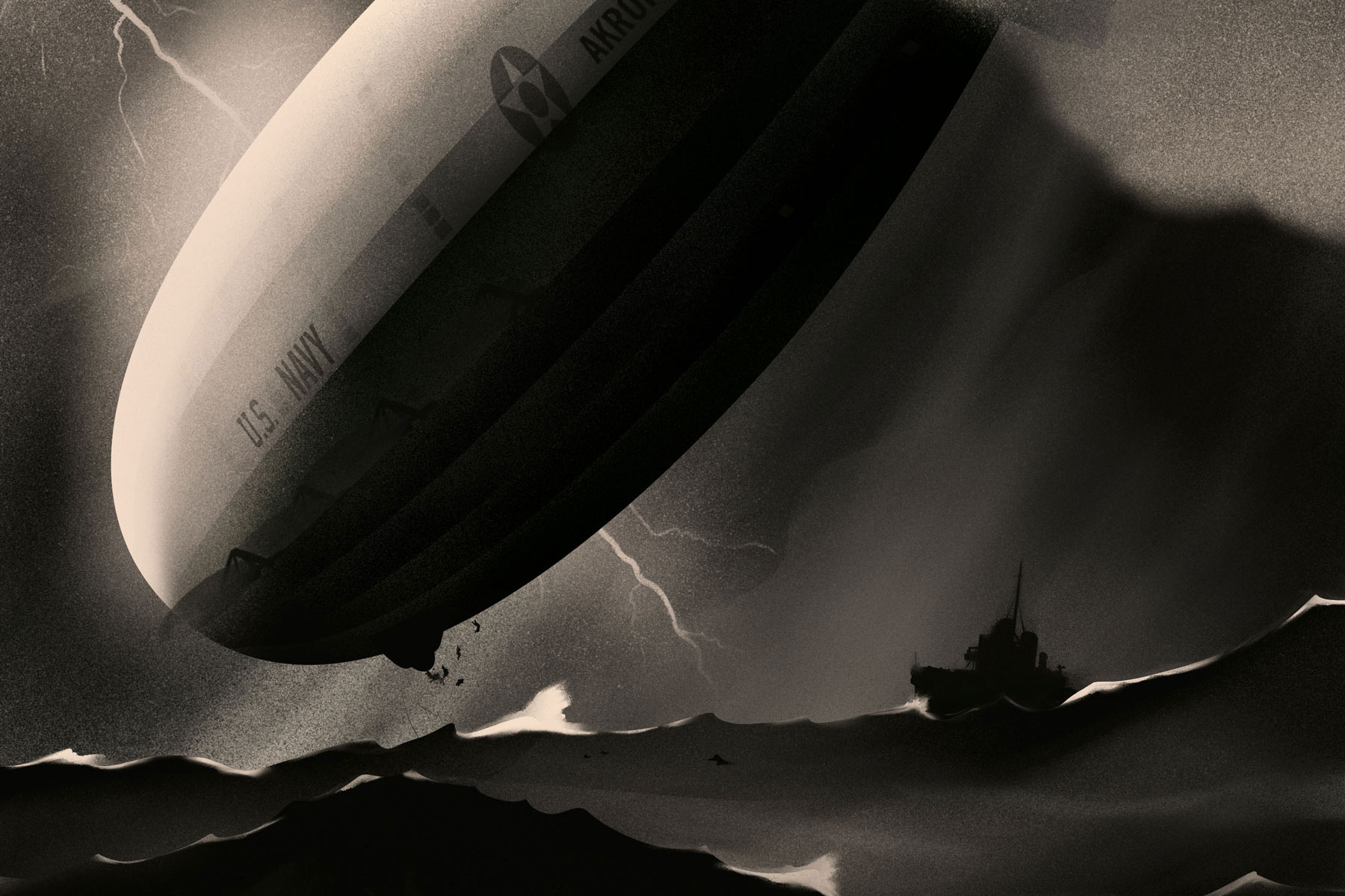
The Worst Air Disaster You’ve Never Heard Of - The Atavist Magazine
In the early days of flight, airships were hailed as the future of war. Then disaster struck the USS Akron.
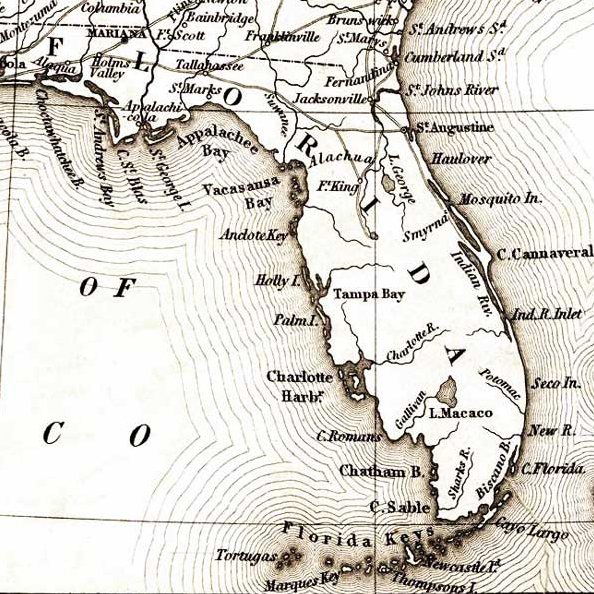
Henry Flagler: Builder of the Overseas Railway
Henry Morrison Flagler, who is best known for his role as a founding partner of The Standard Oil Company, is credited with developing Florida’s East Coast during the late 1890s through the early 1900s. Establishing resort hotels dotted along the Atlantic seaboard, Flagler created a playground for wealthy Americans who journeyed to the Sunshine State from New York City, Chicago and other northern cities. Flagler tried his hand at various businesses; some proved successful, others did not. Eventually, he partnered with John D. Rockefeller, making a fortune in refining oil. Their firm, The Standard Oil Company, became the world’s largest oil monopoly, allowing Flagler and Rockefeller to become millionaires. Despite Flagler’s good fortune, the family experienced several setbacks. When Mary fell ill in 1878, her doctors recommended that she spend the winter in a warmer climate. The Flaglers went to Florida, a largely unpopulated state. Mary was able to rest, but few activities existed for the family to participate in. There were no resorts and no suitable roads for traveling.

The Last Train to Key West — Chanel Cleeton
<p>Official Website, Chanel Cleeton, Author
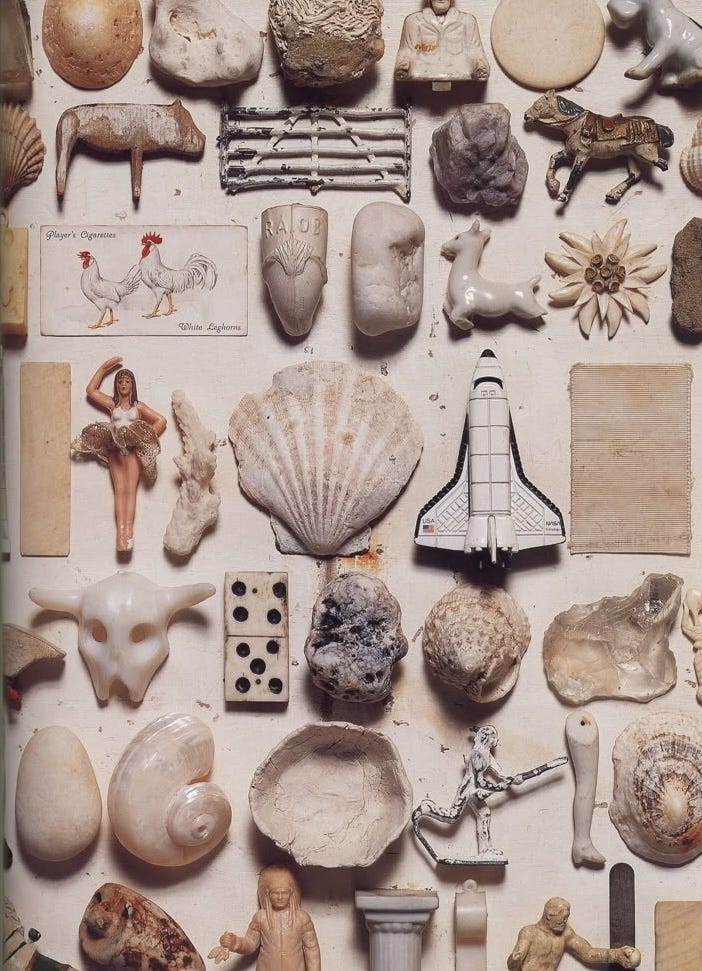
Why do we collect things? - by Elsie Morales - Cazadora
Desire, nostalgia, loss, and completeness in the personal collections of Joseph Cornell, Peter Blake, and Vladimir Nabokov

How WWII made Hershey and Mars Halloween candy kings | Popular Science
From sugar shortages to military contracts, World War II helped make M&Ms and Hershey’s bars into symbols of American abundance.

It Costs $1500 to Make a Sandwich Completely From Scratch | Fortune
Spoiler alert: $1,500 and 6 months.

The Body In Room 348
The corpse at the Eleganté Hotel stymied the Beaumont, Texas, police. They could find no motive for the killing of popular oil-and-gas man Greg Fleniken— and no explanation for how he had received his strange internal injuries. Bent on tracking down his killer, Fleniken's widow, Susie, turned to private investigator Ken Brennan, the subject of a previous Vanity Fair story. Once again, as MARK BOWDEN reports, it was Brennan's sleuthing that cracked the case
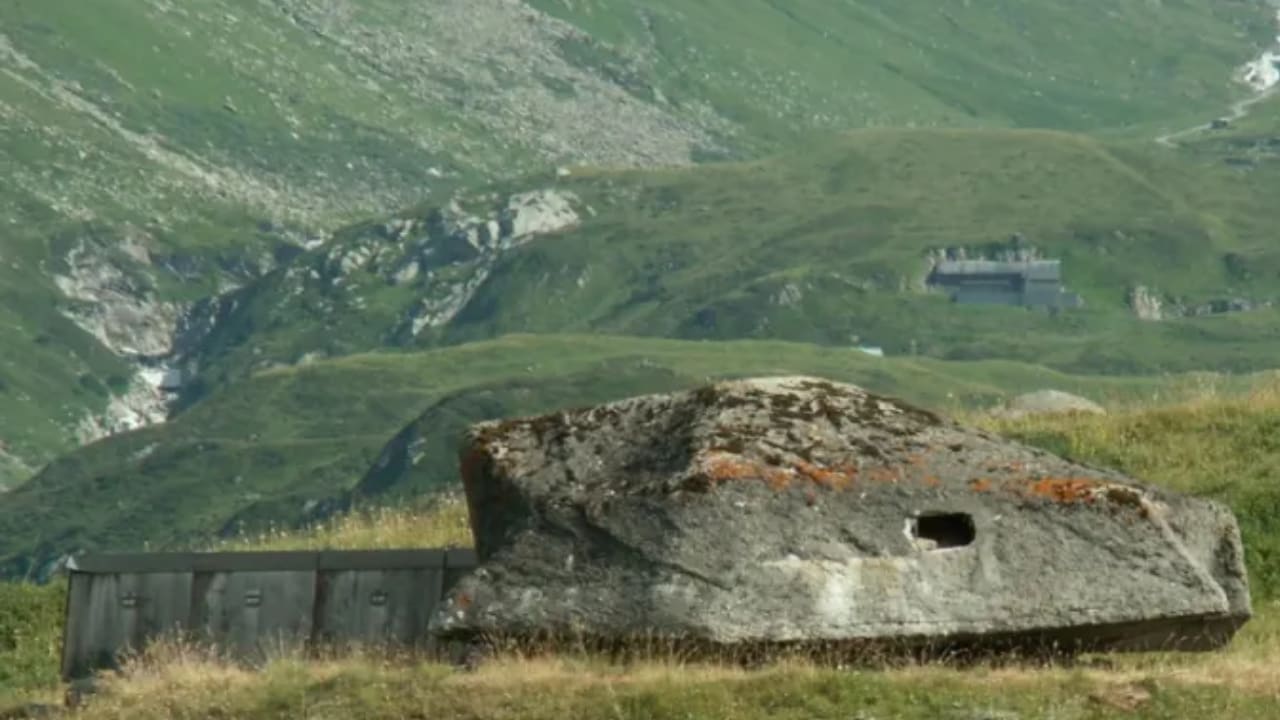
Switzerland Bunker Fortress | Education
Security Defense for Neutrality
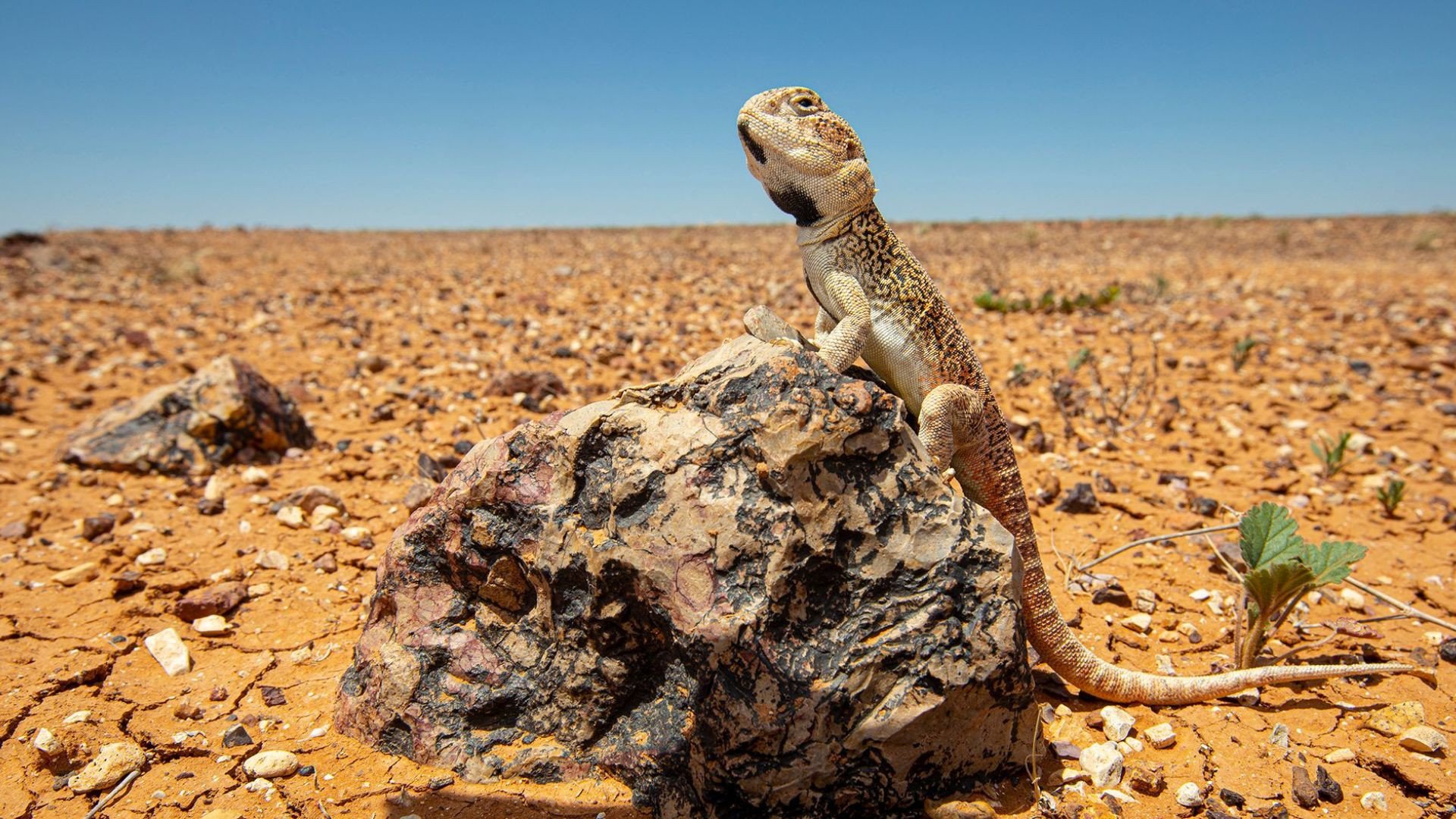
The hidden barrier: Why most animals don't cross the Wallace Line
Through the middle of Indonesia runs an imaginary line that separates distinct ecosystems, creating a stark division in biodiversity and shaping the lives of countless species.
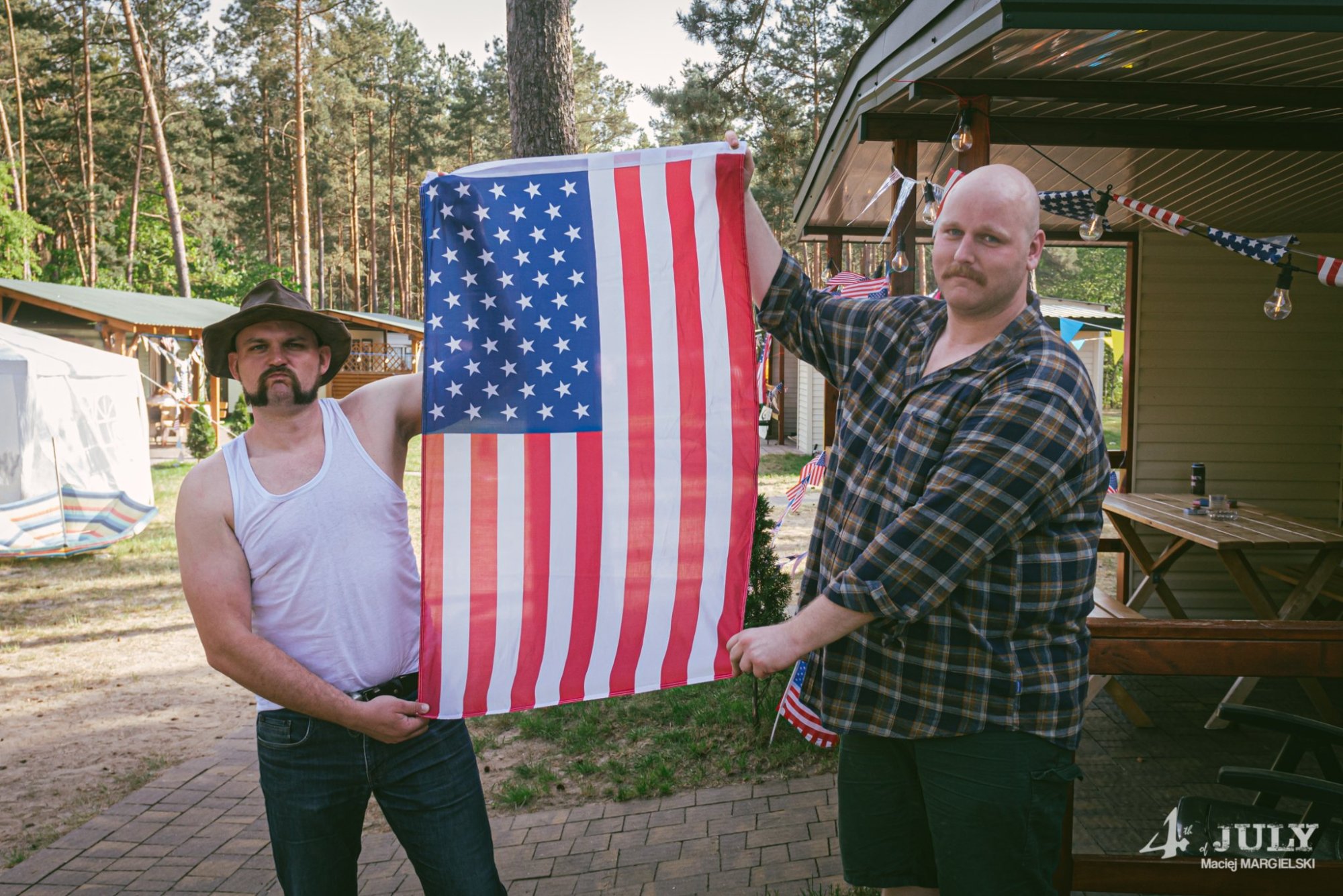
Meet the Polish LARPers Who Pretend to Be American
Roleplaying as people celebrating the 4th of July in Ohio is a unique take on LARP, to say the least.

The “Pentagon Pizza Index” as a Case Study in Low‑Tech OSINT - Modern Diplomacy
The so-called “Pentagon Pizza Index” denotes an informal but enduring observation that sudden spikes in pizza orders at eateries proximate to U.S. government
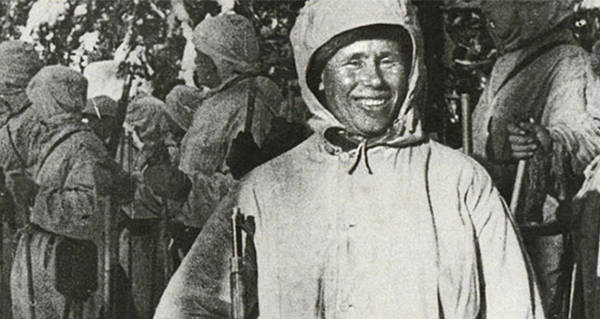
Simo Häyhä, The 'White Death': The Deadliest Sniper In History
Over the course of the Winter War, which lasted roughly 100 days, Häyhä killed between 500 and 542 Russian soldiers, all with his antiquated rifle. While his comrades were using state-of-the-art telescopic lenses to zoom in on their targets, Häyhä was fighting with an iron sight, which he felt gave him a more precise target.
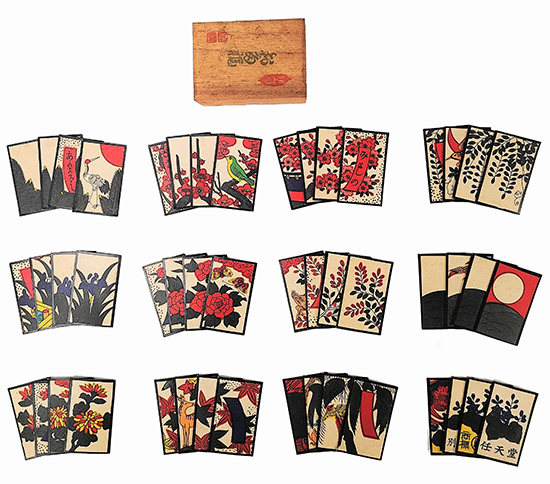
Japanese Hanafuda Cards - Timothy S. Y. Lam Museum of Anthropology
Hanafuda cards as they exist now first appeared in the mid-1800s. The cards can be used to play a variety of games.
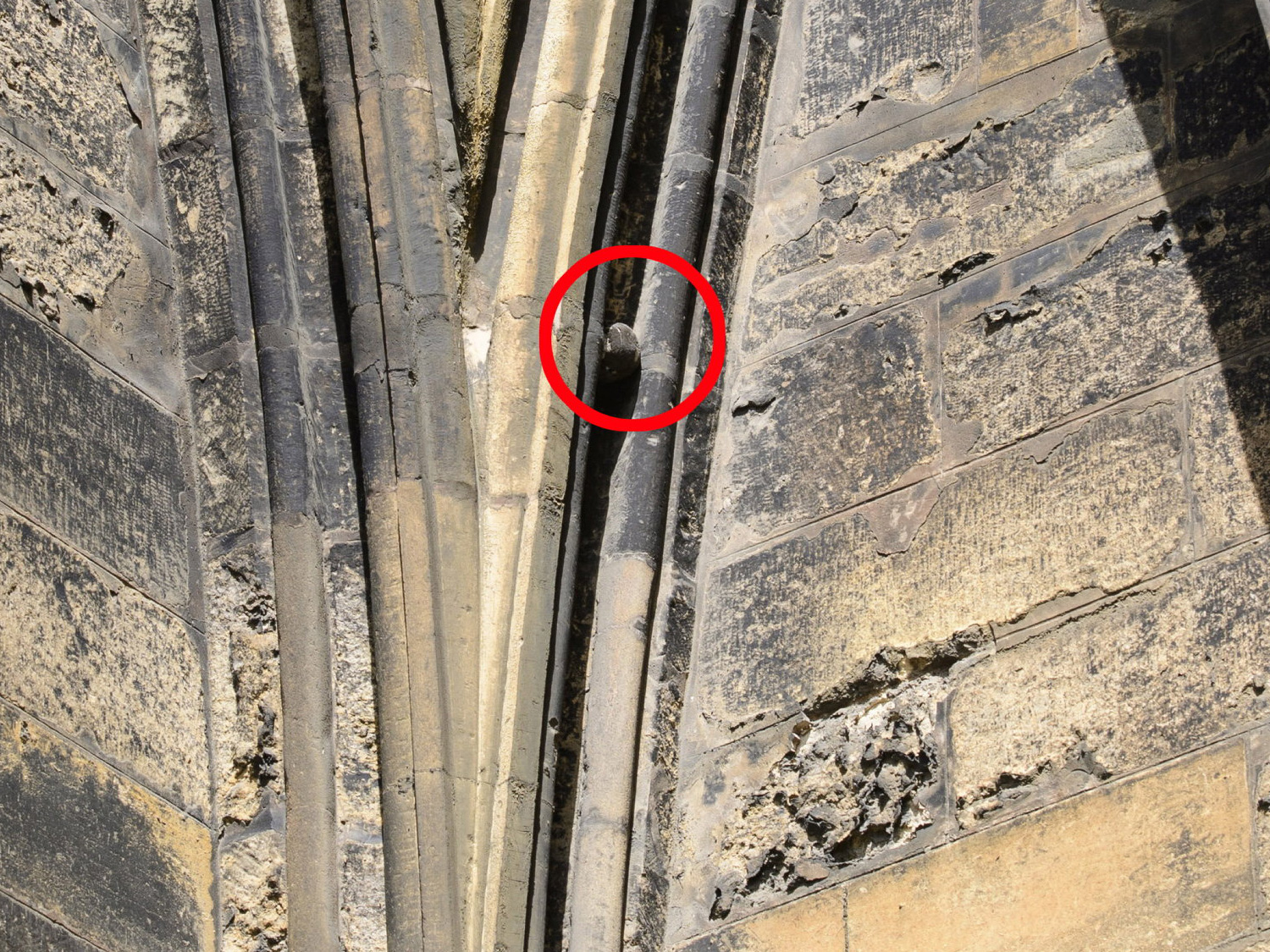
Tennis ball has been stuck in cathedral for over 100 years
The ball got stuck in the moldings of the cathedral after a boy named Gilbert Bell threw it too high as he played with his brother in 1914.
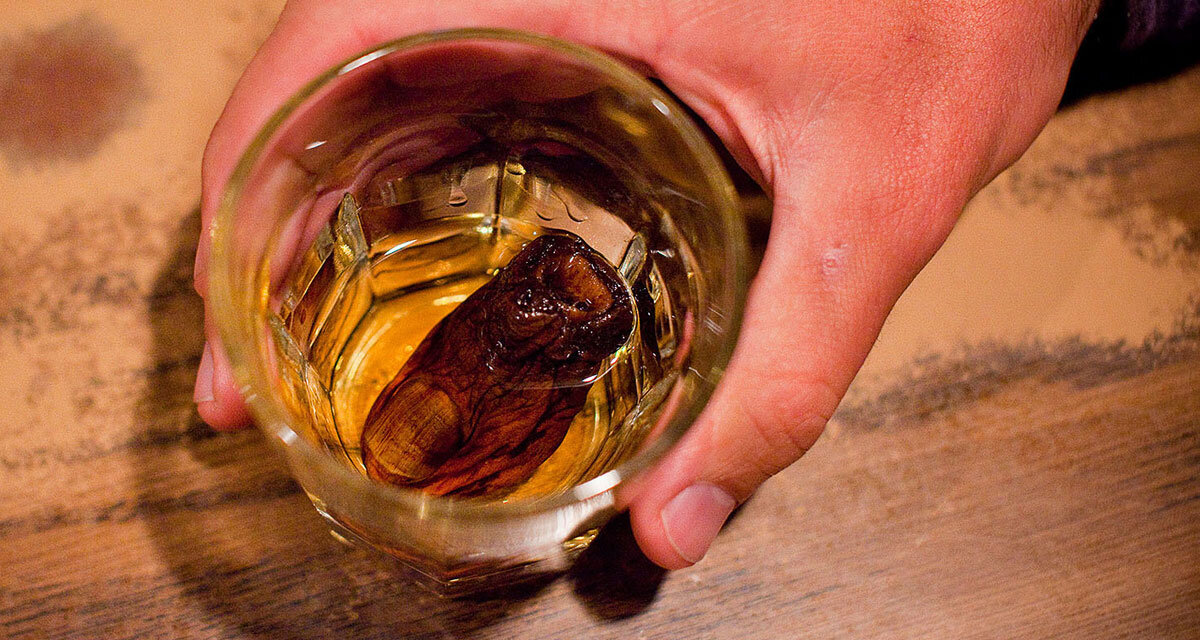
Whisky Infused with a Severed Human Toe, Anyone? — The Three Drinkers
<p>The Three Drinkers present the first major Amazon series that delves into the world of the drink. Embark on an imbibe journey with Colin, Aidy & Helena; the travelogue trio putting fun and spirit side by side. Taking the audience on a journey of discovery, we explore life through the glass.
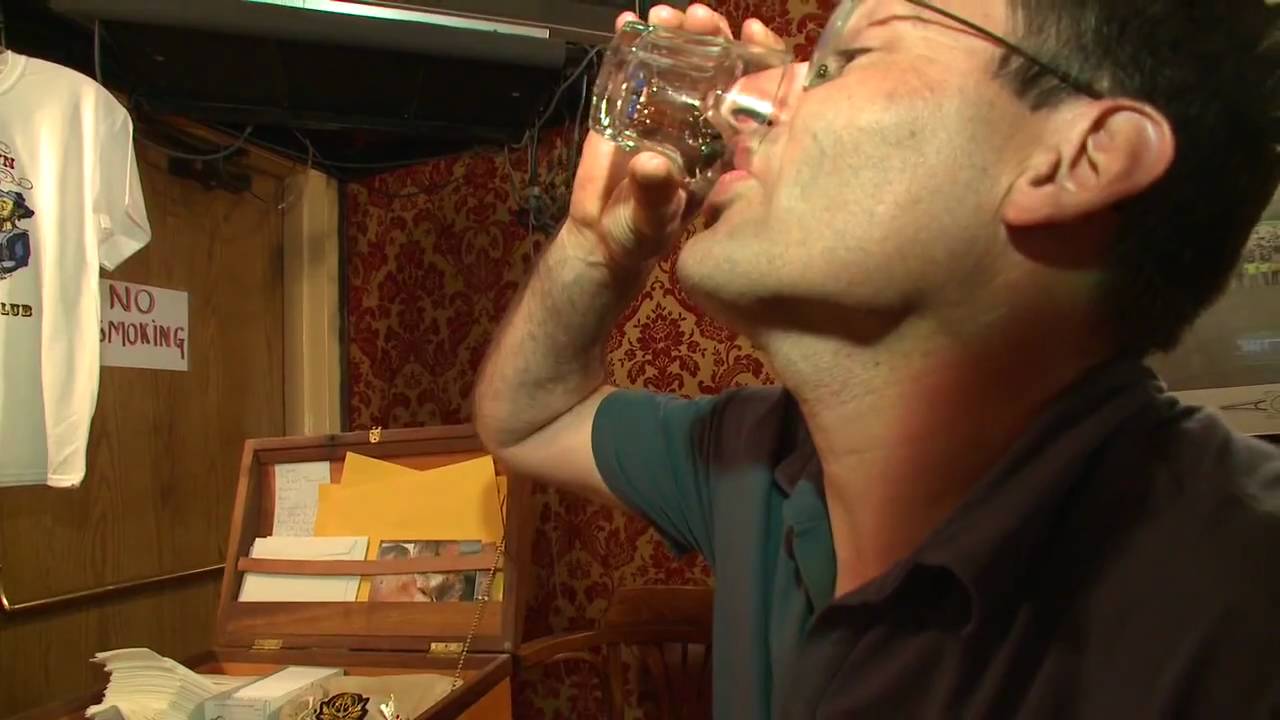
The Sour Toe Cocktail in Dawson City - Yukon Territory, Canada
Join Captain Al Sider of the infamous Sourdough Saloon in Dawson City, as he describes one of the Yukon Territory's most unique and well-known traditions -- taking a shot of whiskey, with a severed toe in the glass. Want to plan your trip to Canada? Visit http://bit.ly/cdntraditions Join us on Facebook and Twitter: http://www.facebook.com/KeepExploring http://www.twitter.com/Keep_Exploring
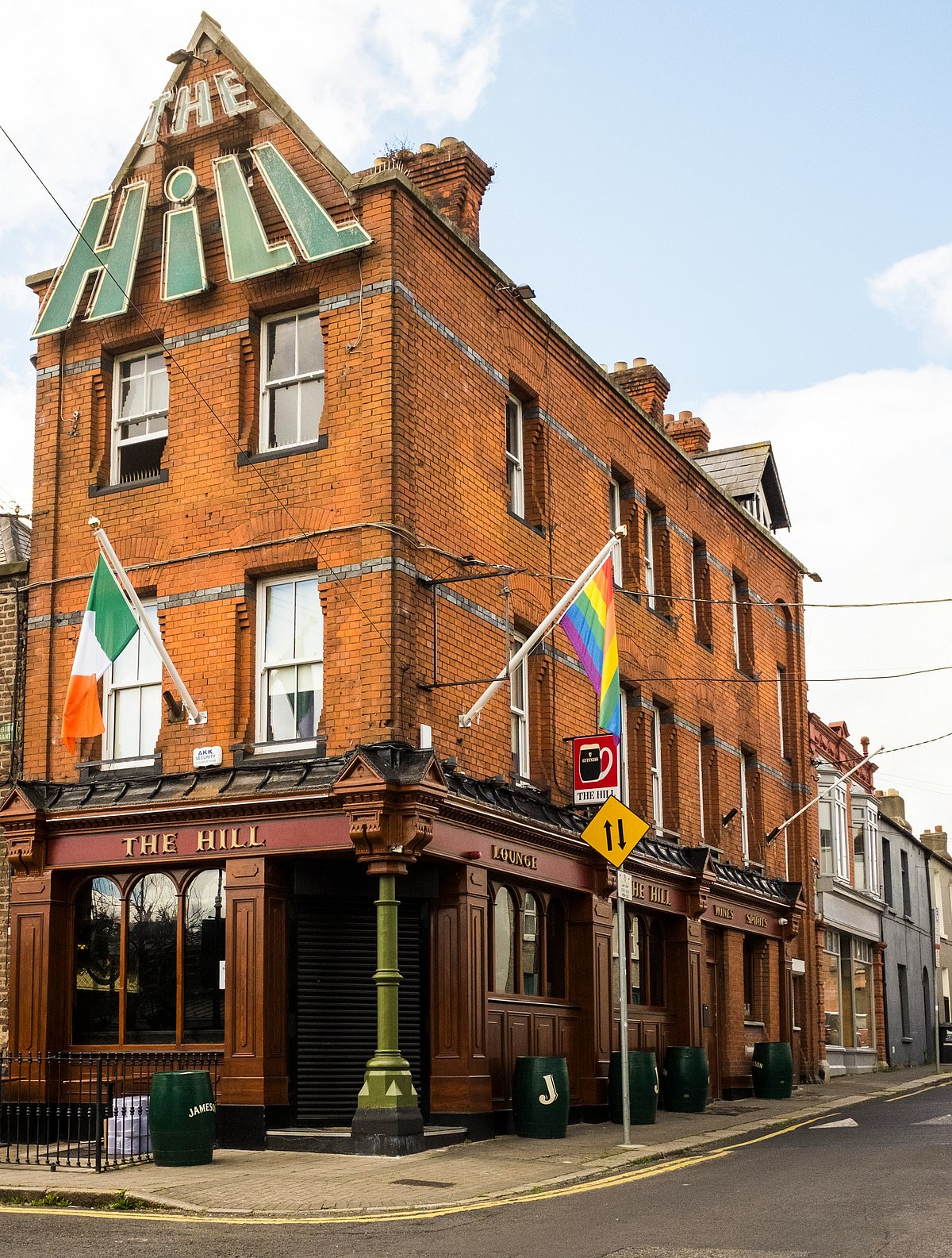
10 Oldest Pubs Around The World With Fascinating Histories
Sean’s Bar (Athlone, Ireland)Dating back to around 900 AD, this pub claims the title of Ireland’s oldest. Archaeological evidence—wattle and wicker wall section

The king who ate himself to death
King Adolf Fredrik died on Shrove Tuesday, February 12, 1771. The cause of death was a stroke, the doctors said. The king ate himself to death, said Count Johan Gabriel Oxenstierna. But he was also known to express himself drastically.

15 Japanese Words Every English Speaker Should Know | Cracked.com
Japan may not be mystical, but it is weird.

Reflect Orbital: The aerospace startup 'turning on the sun' at night - Monocle
The problem with solar panels is that they only work during the daylight hours. But what if you could use...

Why beavers were parachuted into the Idaho wilderness 73 years ago | National Geographic
The traditional way of relocating “nuisance” beavers in the 1940s wasn’t working. To increase the survival rate, one conservation officer turned to—yes—parachutes.
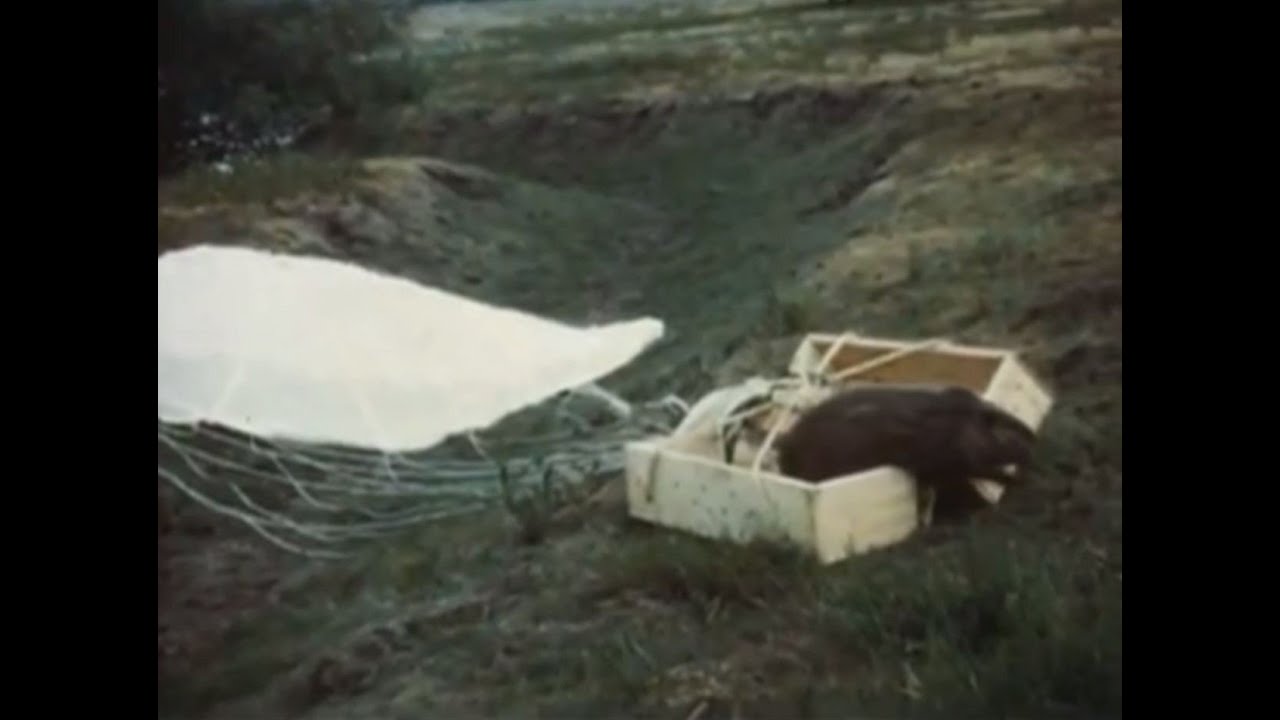
Parachuting beavers: Archive footage shows kooky 40s project, USA
Credit: YouTube/ Idaho Department of Fish and Game Idaho Department of Fish and Game officials struggling to manage a growing beaver population in the 1940s and 1950s struck on an unusual solution. The rangers took advantage of a surplus of parachutes following World War II to launch a program to trap and air drop beavers into the remote the Frank Church-River of No Return Wilderness Area.
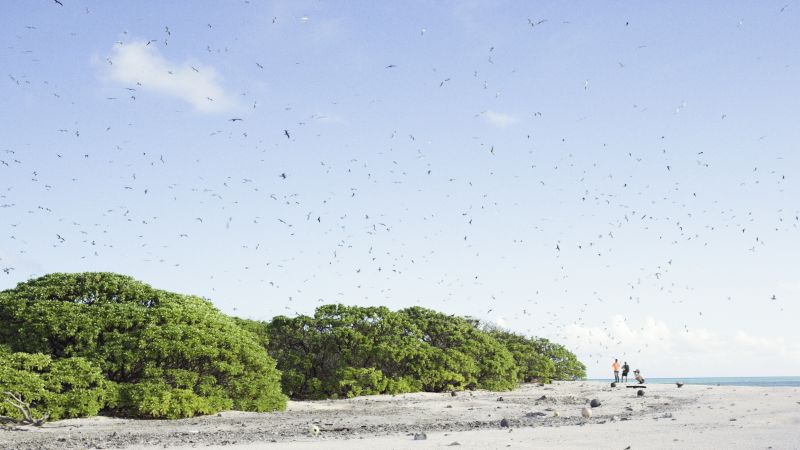
Restoration project eliminates rats from two islands in the North Pacific | CNN
Seabirds are thriving and forests regrowing on the islands of Bikar Atoll and Jemo Islet, in the North Pacific, after invasive rodents were eradicated.
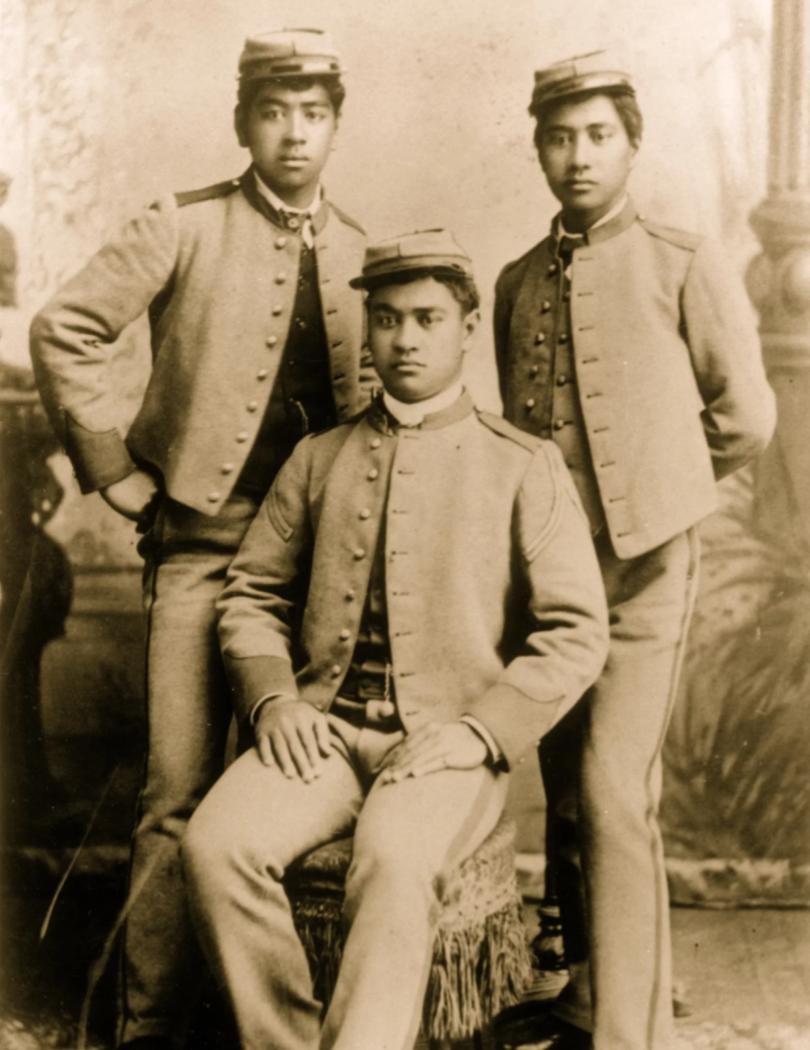
'Princes of Surf' explores how Hawaiian teens brought surfing to the mainland : NPR
In 1885, royal Hawaiian brothers were studying at a military school in California. There, they introduced a sport known as "surfboard swimming." The Princes of Surf exhibit tells what happened next.

44 Nostalgic Photos Of Vintage Computers From Decades Past
The first personal computer, the Altair 8800, was introduced in 1974. In just a few short decades, these machines became central to how humans interact, work, and create, for better or for worse. Some might even argue that we are too dependent on these sleek, ultra-fast machines — and there is a certain nostalgic charm to the chunky, white plastic CRT displays that used to adorn our desks.
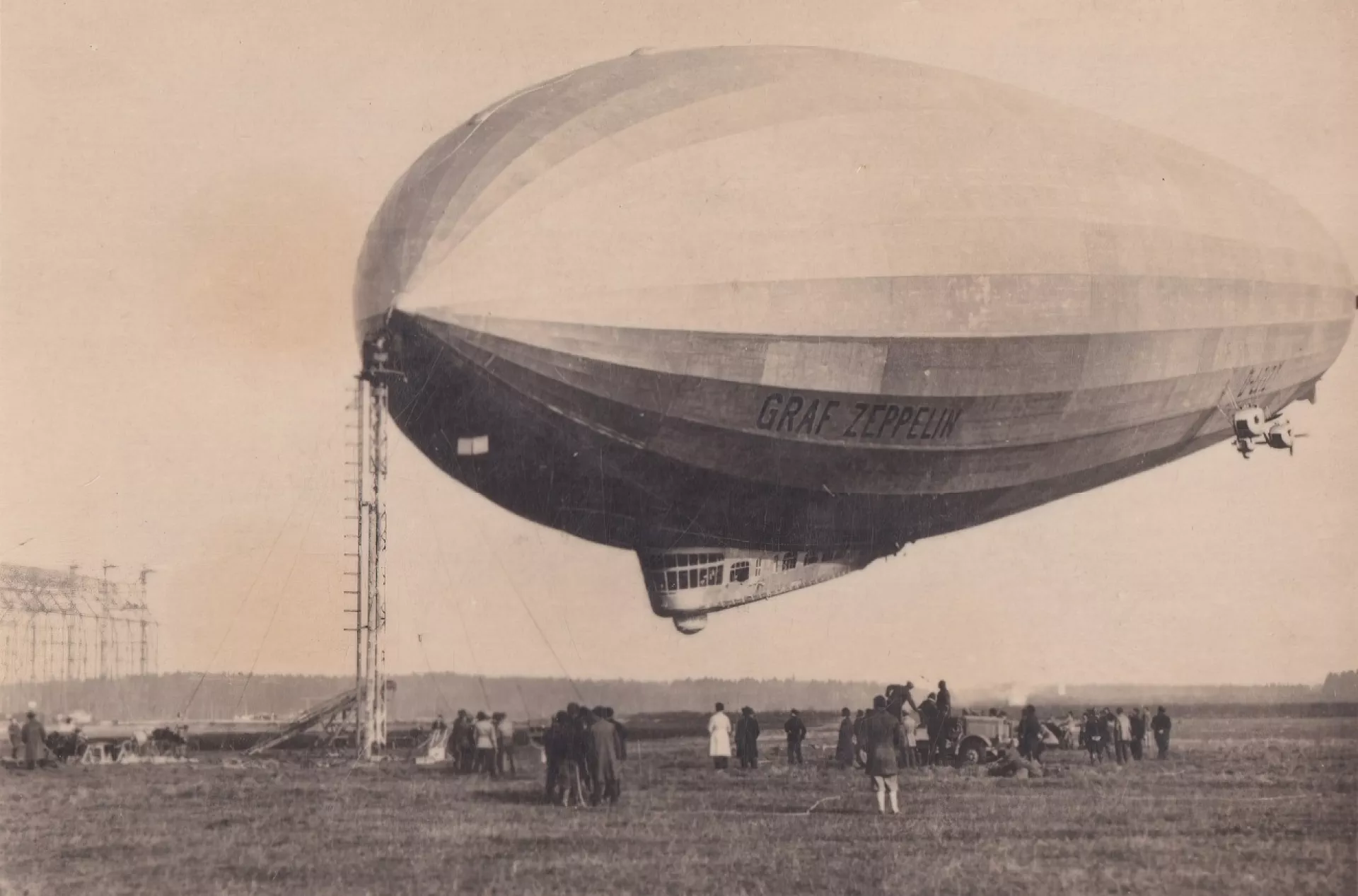
Untold history: New book reveals tales from the first airship voyage around the world
This time, however, the challenge was much more ambitious: it would be the first round-the-world flight of a passenger airship. The trip was a success: the LZ 127 Graf Zeppelin departed from Friedrichshafen towards Tokyo, where it made a stopover after flying over the Soviet Union. It crossed the Pacific Ocean to Los Angeles for a second stopover and flew over the United States to Lakehurst, on the east coast. After crossing the Atlantic Ocean, the airship returned triumphantly to Germany on 4 September 1929, a journey that lasted 20 days, 4 hours and 14 minutes. Now, cartographer and science writer Alejandro Polanco has revisited the historic event in an illustrated book: ‘The first flight around the world in the Graf Zeppelin’.

Kaliningrad: Life Inside Russia's Military Enclave | Full Documentary
Located on the shores of the Baltic Sea, between Poland and Lithuania, Kaliningrad is a piece of Russia in the heart of Europe. A curious territory, isolated from Moscow after the fall of the USSR, today transformed into a military fortress facing NATO. In Kaliningrad, headquarters of the Russian Baltic fleet, there are 30,000 soldiers, hypersonic missiles and nuclear capability. We were able to enter this territory almost inaccessible since the war in Ukraine. In this closely guarded enclave, the journalists followed the elections for the new governor. The outgoing candidate, Antone Alikhanov, who is totally loyal to Vladimir Putin, renewed his mandate with 80% of the votes. Kaliningrad is under economic embargo by the European Union and its population is suffering. Foodstuffs are becoming scarce. The price of coal is exploding. But, fed by the Kremlin’s television propaganda, most of the population supports the war. Only the Europeanized youth dare to half-heartedly criticize the government. The strategic situation of Kaliningrad and Putin’s desire to conquer it are worrying its neighbors, the Baltic states. Lithuania, Latvia and Estonia, former Soviet republics, have been members of NATO and the European Union since 2004. The Russian invasion of Ukraine has revived the spectre of the Soviet occupation. So the three Baltic countries are doing everything they can to defend themselves. In Lithuania, ordinary citizens are taking up arms and training to become soldiers. In civilian life, Smilte is a communications director. On weekends, she puts on fatigues and participates in exercises with a Lithuanian paramilitary militia. In Latvia, the government wants to wipe out its Soviet past. It has ordered the dismantling of buildings glorifying the USSR era and restricted the use of Russian in public spaces. A decision that raises the anger of the Russian-speaking minority that represents a third of the population. Elena and her daughter are part of this minority, economically disadvantaged and increasingly ostracized. Between a war of memories and a highly militarized territory, we dive into the heart of the tensions between Kaliningrad and the Baltic States. This film was first released in 2023 --- SUBSCRIBE for more amazing stories, including free FULL documentaries. On Java Discover we have an incredible library of award-winning documentaries: from world-leading investigations to true crime and history, we have something for everyone! Click the SUBSCRIBE button and make sure to set NOTIFICATIONS to stay updated with all new content! Follow us on TikTok, Facebook & Instagram: https://linktr.ee/javadiscover

Cambodge 1975 : Phnom Penh tombe aux mains des Khmers rouges – Documentaire Histoire - AMP
Le 17 avril 1975, Phnom Penh s'effondre. Les Khmers rouges entrent dans la capitale du Cambodge, marquant le début d’un des régimes les plus meurtriers du XXe siècle. 👋 + de documentaires histoire 👉 http://bit.ly/3lqyFpY 🙏 Abonnez vous ! Avril 1975, Phnom Penh, capitale du Cambodge, est envahie par des cohortes d'adolescents maigres et hagards, tout de noir vêtus et lourdement armés. Il s'agit de l'armée des communistes, surnommés quelques années plus tôt « Khmers rouges » par le roi Norodom Sihanouk. Immédiatement, ils commencent à vider la ville de ses habitants marquant le début du génocide cambodgien qui fera près de 2 millions de morts entre 1975 et 1979. Ce film est le récit des premiers jours d’une tragédie qui a brisé tant de destins individuels. 00:00 – L’arrivée des Khmers rouges à Phnom Penh 02:46 – L’accueil par la population et le choc de la déportation 04:35 – Hôpitaux vidés, scènes d’horreur dans les rues 06:58 – Origines idéologiques du mouvement khmer rouge 10:56 – Le contexte politique et la guerre civile au Cambodge 16:16 – Le témoignage de François Bizot face à l’Angkar 19:09 – L’évacuation de Phnom Penh vue de l’ambassade de France 24:24 – Une ville fantôme sous dictature 32:29 – Le quotidien rééduqué sous le régime khmer rouge 36:56 – La déshumanisation et les familles brisées 38:55 – La purge interne et la terreur de S21 45:50 – L’intervention vietnamienne et la chute du régime 49:36 – Survivre, témoigner, reconstruire : les mémoires du Cambodge Ce documentaire a été réalisé à des fins pédagogiques et peut contenir des images qui peuvent heurter la sensibilité de certaines personnes. Si vous êtes une personne sensible, le visionnage de ce documentaire vous est déconseillé. "17 AVRIL 1975, LES KHMERS ROUGES ONT VIDE PHNOM PENH" Un film écrit et réalisé par Philippe Tourancheau ©AMP #khmersrouges #cambodge #génocide #phnompenh #polpot #documentaire #histoirekhmersrouges #prisons21 #régimetotalitaire #communisme #histoire #asie #17avril1975

10 Famous Psychopaths From History That'll Chill You To The Bone
From bathing in girls' blood to making homemade conjoined twins, these are some of the most terrifying people in the history of the world.

Exploring the Creepiest Google Maps Locations
The Last Google Maps Location is the CRAZIEST! Google Maps takes millions of photos of our planet, and it's caught some real creepy mysteries no one has been able to explain... UNTIL NOW! From plane crashes, cults and even actual crime scenes. In today's video me and my friends adventure to every end of the earth, to finally get the answers the internet NEEDS... Subscribe and watch another ;) Check out my fwiend @DaraTah cool videos, ya might see me in a few ;) Google Maps Locations: 1. Daresbury Hall 2. Kostel svatého Jiří 3. B29 OVEREXPOSED Crash Site
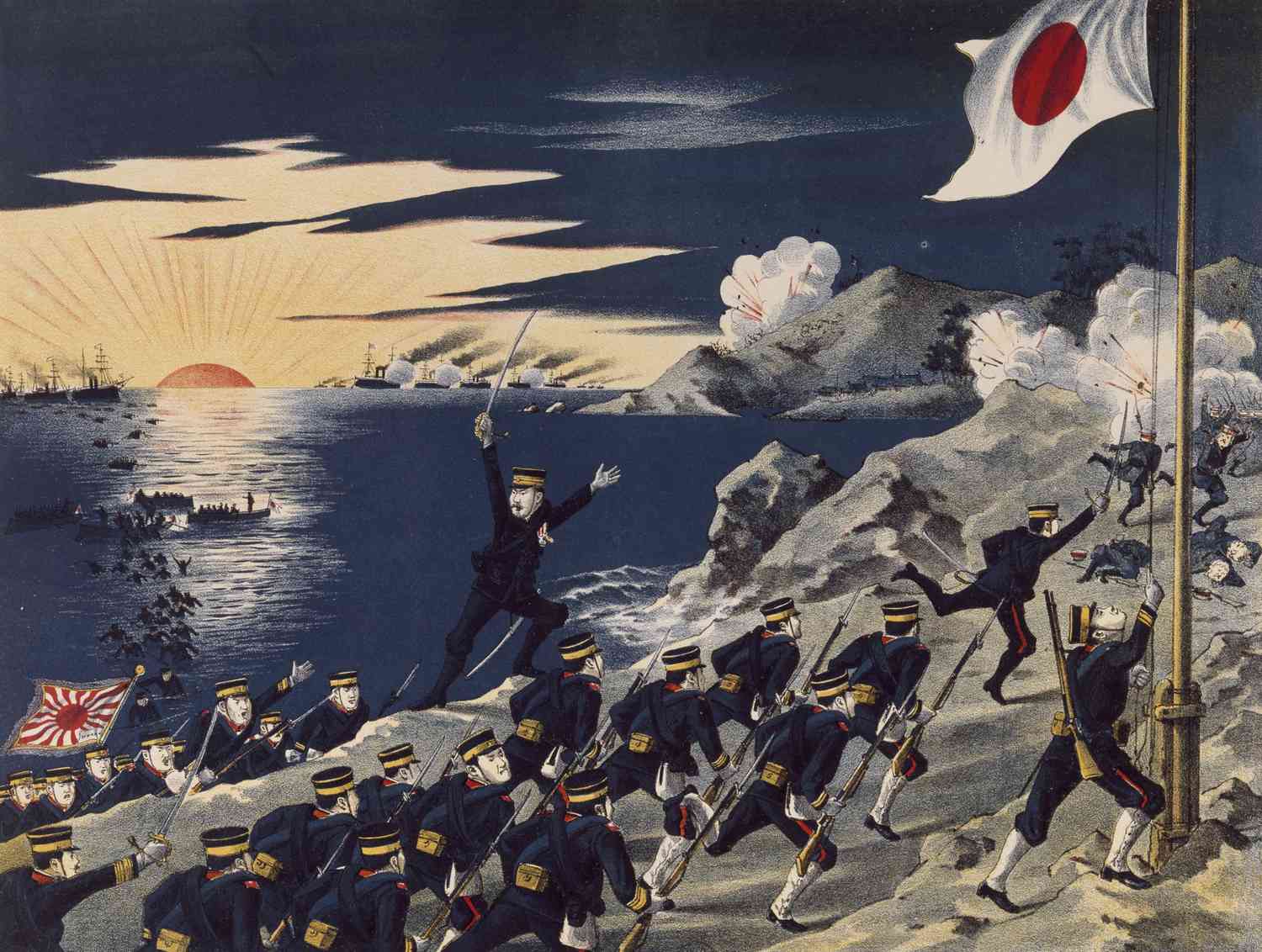
Which Asian Nations Were Never Colonized by Europe?
During the Age of Imperialism, a number of Asian countries managed to escape colonization by the European powers. Learn about them here.
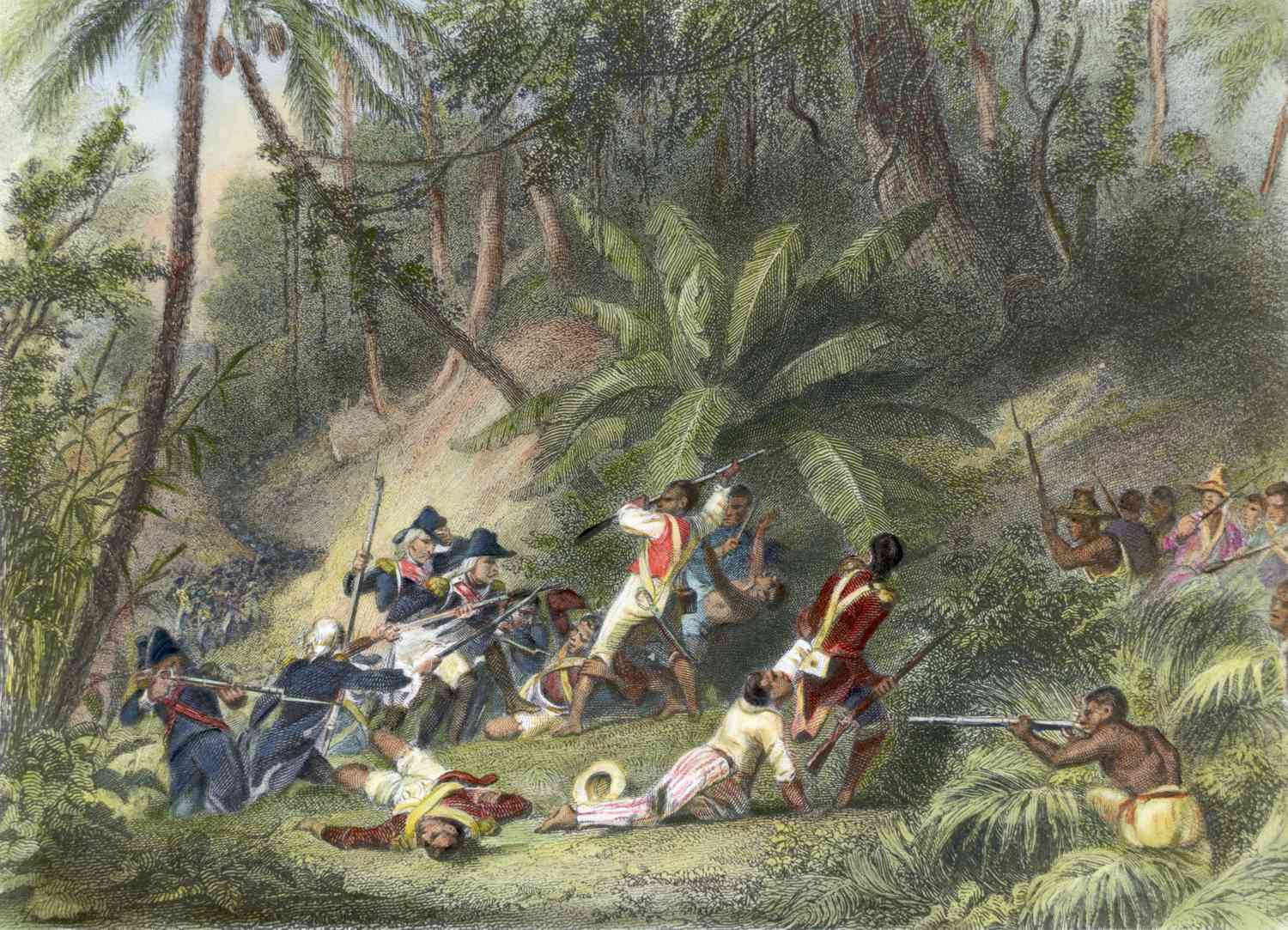
Haiti's rebellion by enslaved people led to the Louisiana Purchase
A rebellion by enslaved people in Haiti led to the United States doubling in size, as it convinced the French to sell the Louisiana Purchase.
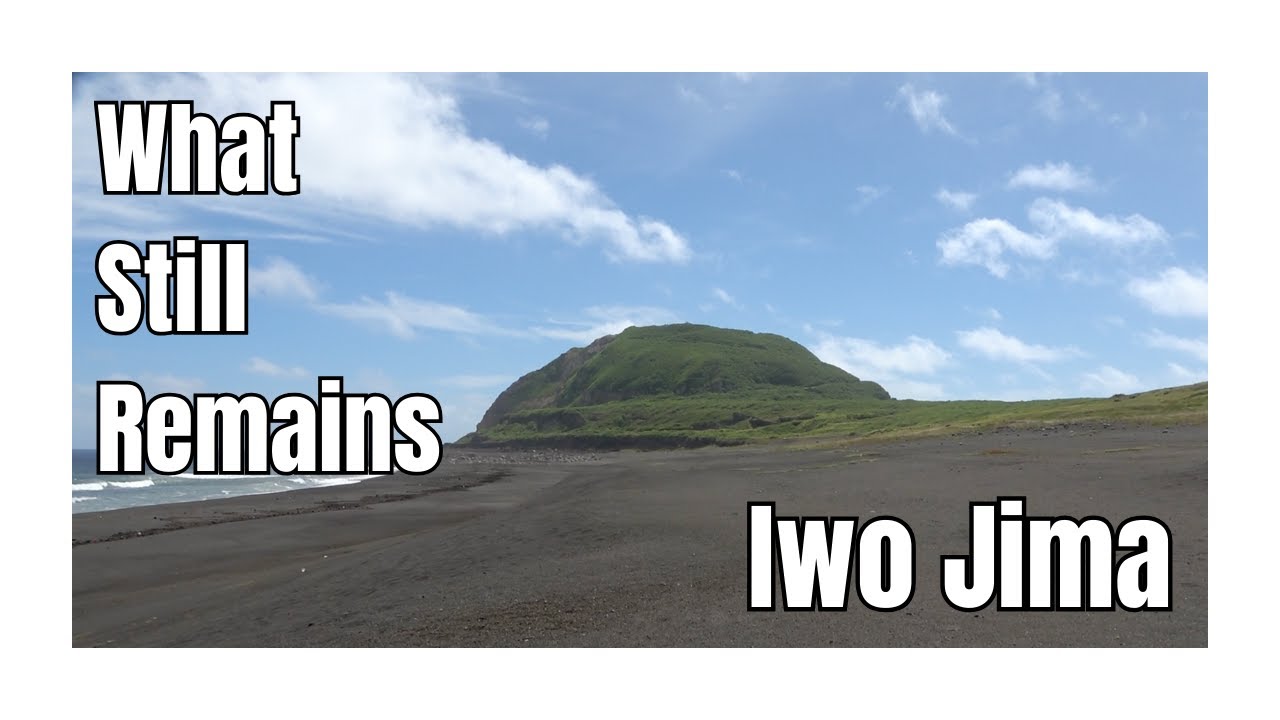
What Still Remains Iwo Jima
What Still Remains on Iwo Jima is a rare visual tour of one of the Pacific War’s most haunting and historically significant sites. In this rare visual tour, historian Jon documents key WWII locations across the island—including bunkers, memorials, and battle-scarred terrain—just before the 74th anniversary. With limited access to Iwo Jima, this solo expedition offers a glimpse into places few will ever see. This is not treasure hunting. This is historical stewardship—driven by curiosity, respect, and a commitment to memory. 🔔 Subscribe to explore more hidden sites across Japan and the Pacific. #IwoJima #WWIIHistory #JapanTreasureHunters #HistoricalPreservation #PacificWar #WWIIrelics #BattlefieldArchaeology #EastAsianStudies #WWIIJapan #RareWWIISites #MemoryAndHistory The clip of the flag raising is from the movie Shore of Iwo Jima. Music: https://www.purple-planet.com/

The World's Coolest McDonald's Is A DC-3 Airplane In New Zealand
At first glance, the Taupō McDonald's looks like any other, a single-story square building with a drive-thru. However, a Douglas DC-3 aircraft is parked next to the location, painted in a dark green McDonald's livery. The coolest part of the aircraft is that you can sit inside to eat your meal. Access to the plane is via a staircase at the rear of the aircraft. The staircase is accessed via the restaurant's garden, which in turn must be accessed by walking through the interior of the restaurant. Signs outside the aircraft indicate that it is only open between 09:00 and 16:30. However, it was still open when we visited at 18:15.

Camel Polo: The Unique Arabian Sport of Polo - LA POLO
Camel Polo, a unique Arabian twist on polo. Discover its rules, history, and cultural significance in Middle Eastern sports traditions.

McSpaghetti to McAloo Tikki: Inside the world's local McDonald's
From paneer wraps in India to ski-through burgers in Sweden, photojournalist Gary He's new book McAtlas shows that the world's most global chain is also one of the most local.

The life-changing magic of Japanese clutter | Aeon Essays
The world sees Japan as a paragon of minimalism. But its hidden clutter culture shows that ‘more’ can be as magical as ‘less’

When an Entire Lake Vanished Into the Earth
This is Lake Peigneur, or at least, it used to be. In 1980, something happened here beneath the surface that would forever and drastically change the lake and the surrounding area. It would be one of the most violent and destructive phenomena to have ever occurred. As always, viewer discretion is advised. Patreon ➡️ https://www.patreon.com/ScaryInteresting Podcast ➡️ https://www.spreaker.com/show/scary-interesting-podcast STORY SUGGESTION FORM ➡️ https://shorturl.at/mqAK3 or email sean@scaryinteresting.com Discord ➡️ https://discord.com/invite/6bFs3muTxK Instagram ➡️ https://www.instagram.com/scaryinterestingstories/?hl=en Attributions/Special Thanks for Photographs/Videos/Etc: n/a This video contains light dramatic reenactment but no actual footage or pictures of anyone being harmed or who has been harmed. The thumbnail is NOT a real image. Writing and research by Jay Adams https://instagram.com/jayadamsdigital?igshid=MzMyNGUyNmU2YQ== And a huge thank you to the Scary Interesting team of writers, editors, captioners, and everyone else who make this channel possible. Image(s) and/or video used under license from Shutterstock.com. DISCLAIMER: The pictures, audio, and video used in the videos on this channel are a mix of paid stock, by attribution, royalty-free, public domain, or otherwise fall under the guidelines of fair use. No copyright infringement is intended. All rights belong to their respective owners. If you are or represent the copyright owner of materials used in this video and have an issue with the use of said material, please send an email to sean@scaryinteresting.com. I will respond immediately.

The world's smallest inhabited island - Just Room Enough Island
In the St Lawrence River, at the interface between the borders of the United States and Canada, lies one of the most unusual islands in the world. Although Just Room Enough Island (which literally means ‘Island of Barely Enough’) is only 310sq m in size, it has its occupants, making it considered the smallest inhabited island in the world. A tiny paradise among a thousand islands Just Room Enough Island is part of the Thousand Islands archipelago, which is actually […]

McDonald's Nyugati Lounge - Friday and Saturday nights
The McDonald’s restaurant on Nyugati Square (Budapest, Hungary) has long been a favorite place to get in the mood for a party and unwind afterwards. Further enhancing this unique McDonald’s experience, this unrivalled architectural setting now features a video mapping show and lounge music played by DJs on Friday and Saturday nights. The unique concept transforms the restaurant into a giant vehicle from which, through an imaginary glass roof travelers can explore new worlds. Nyugati McDonald’s Restaurant 1062 Budapest, Hungary, Teréz krt. 55. Follow us on TikTok: https://www.tiktok.com/@mcdonaldshu or Facebook: https://www.facebook.com/mcdonaldshungary and Instagram: https://www.instagram.com/mcdonaldsmagyarorszag/ Download the McDonald's app and collect MyMeki® loyalty points for discounts and exclusive offers: https://www.mcdonalds.com/hu/hu-hu/mymeki-husegprogram.html Find out more about us here: https://www.mcdonalds.com/hu/hu-hu.html On our video channel, you'll find videos created and shared by us that come to life with you. Browse freely or use our playlists to explore topics that interest you. Subscribe to our channel to be the first to hear about our latest news, discounts, and behind-the-scenes updates!

This McDonald's In Budapest Transforms Into A Full-On Nightclub And I'm Spiraling
It’s giving McClub energy.

8 Strange Dark Days Throughout History
What caused some of these ominous events still remains a total mystery.
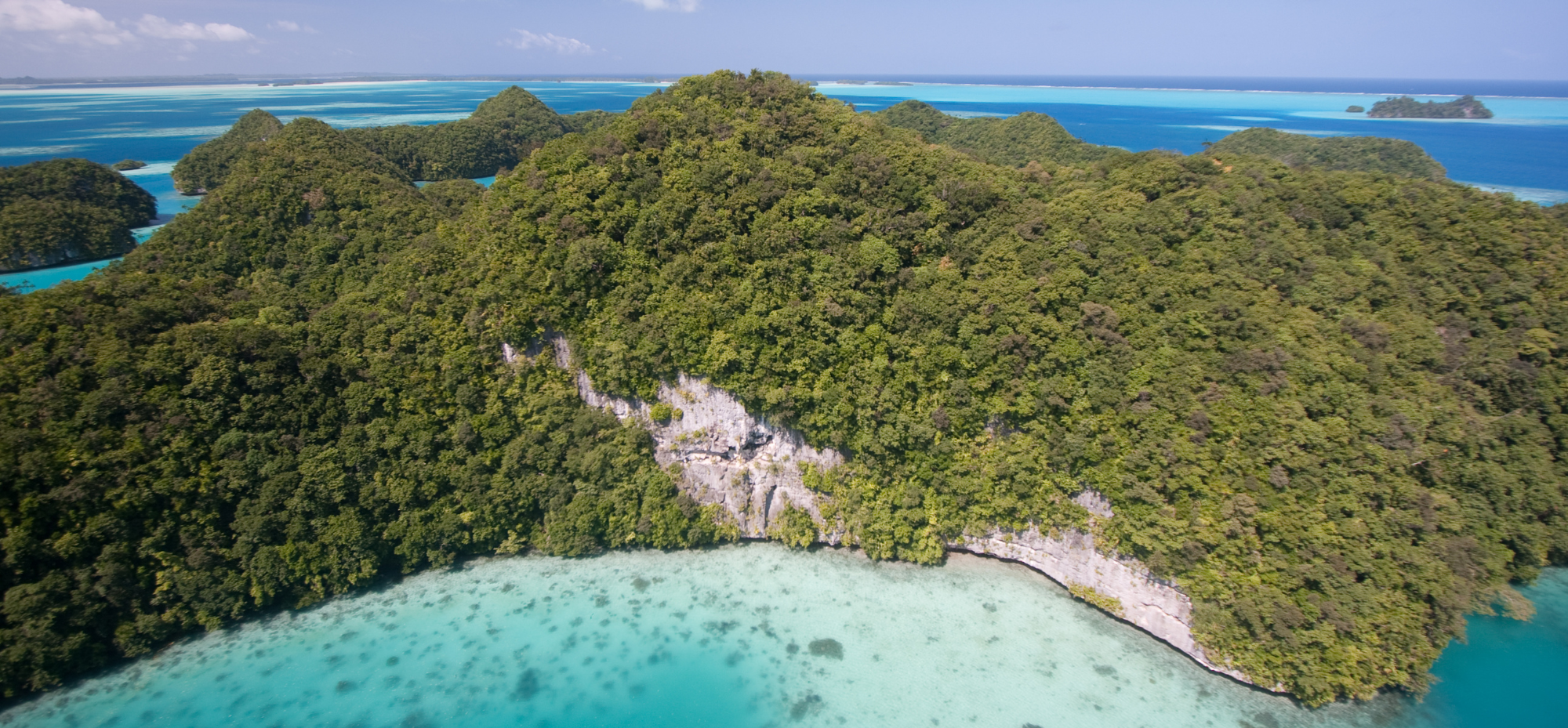
A Guide To The Palau Pledge - Journeys With Purpose
Find out how the Palau Pledge is leading global marine conservation. Explore protected seascapes in Micronesia with Journeys With Purpose.
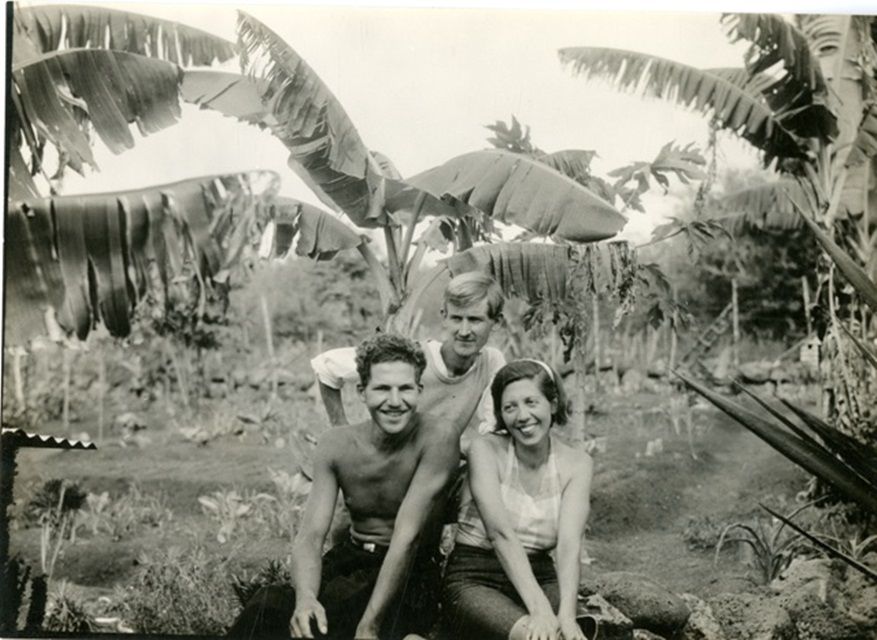
The Galapagos Affair
In 1934, the "Baroness" of the Galapagos Islands mysteriously disappeared. Was it murder? Here's more about the Galapagos Affair.

Deborah Sampson | National Women's History Museum
Deborah Sampson disguised herself as a man and joined the Patriot forces during the American Revolution. She was the only woman to earn a military pension for participation in the Revolutionary army.

In Turkey, your coffee comes with a side of destiny
Turkeyâs tradition of coffee-making is so ingrained that itâs protected by UNESCO. But where did the practice of cooking coffee grounds in water come from â and why does buying a cup often mean youâll end up having your fortune told?

Torture, Execution, and Cannibalism on Chichi Jima, and George HW Bush's Narrow Escape - Pacific Atrocities Education
How George Bush escaped cannibalism in World War 2? What happened in the Chichi Jima Island?

Pitlochry, Scotland – The Black Castle of Moulin Ruins – Fifth Wheel Follies!
These castle ruins appear in a field full of sheep just outside the village of Pitlochry. The Land Reform Act of 2003 allows visitors and citizens the “freedom to roam” on most of the land in Scotland. We took advantage of this law and took a walk in this field and visited the castle. The…
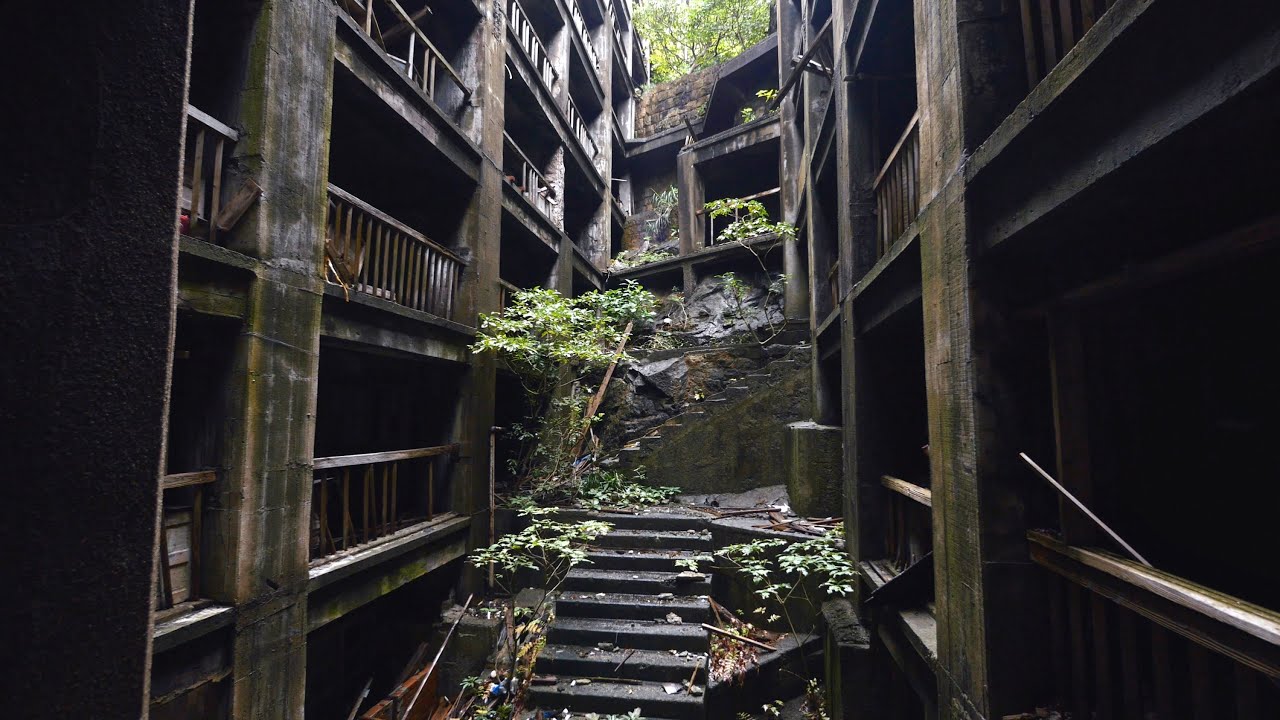
Hashima | Japan's "Battleship Island"
Also known as Gunkanjima (Japanese for Battleship Island), the once-thriving city is now a crumbling concrete relic in the middle of the East China Sea, just off the coast of Nagasaki Prefecture. In 2015, Hashima Island was added to the UNESCO World Heritage Site list, six years after it first opened for tours. Here's a closer look at the island's dark history, as well as its current haunting state.
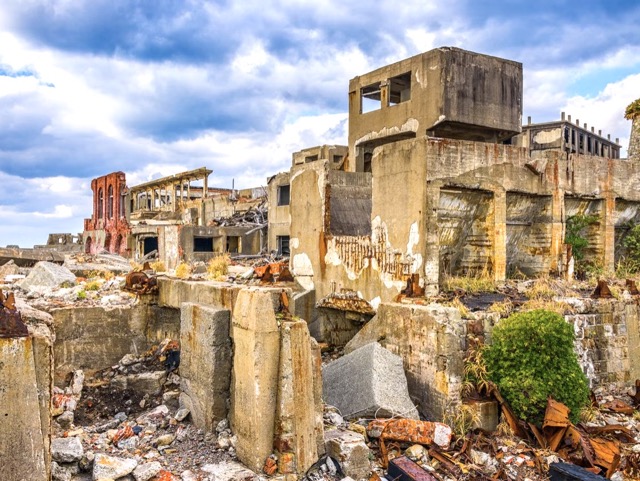
The "Ghost Island" Of Hashima In Japan Is Now A Dark Tourism Magnet
Hashima Island was bought by Mitsubishi in 1890, eight decades after coal was first discovered there. The purchase marked a rapid industrialization that made the island a prosperous coal mining town until Japan switched to petroleum energy in the 1960s, driving the inhabitants away in 1974.

The Sleepy Japanese Town Built Inside an Active Volcano
For the residents of Aogashima, an island about 200 miles due south of Tokyo, 1785 was an unforgettable year. Although they weren’t alive to witness the deadliest event in island history, they know what unfolded all too well—and what they know hasn't changed their mind about living atop a real-life volcano.

Inside the Leather Workshops of Andalusia | Condé Nast Traveler
With a history dating back almost 1,000 years, leatherwork remains at the heart of Andalusian lifeâthanks to the modern-day artisans in Seville working diligently to preserve the craft.

2,155 likes, 56 comments - zayyarlin84 on July 22, 2025: "📸 Holi Festival Photography Tour – India 🗓 February 23 – March 2, 2026 📍 Delhi • Agra • Vrindavan (Nandgaon & Barsana) • Varanasi Step into the most colorful festival on Earth with your camera in hand! Join us on a once-in-a-lifetime photography journey through India’s most iconic and spiritual destinations. ✨ Capture the surreal Lathmar Holi in Barsana & Nandgaon, where tradition meets wild celebration. 🏛 Photograph the majestic Taj Mahal in Agra at sunrise. 🌆 Explore the chaos and charm of Old Delhi. 🕉 End with mystical scenes of Varanasi’s ghats, portraits of sadhus and atmospheric Ganga Aarti by the Ghats From riotous color play to sacred serenity, this tour is crafted for photographers who crave powerful, story-rich frames. Limited seats – book now and let the colors fly! DM me or WhatsApp +959795726117".
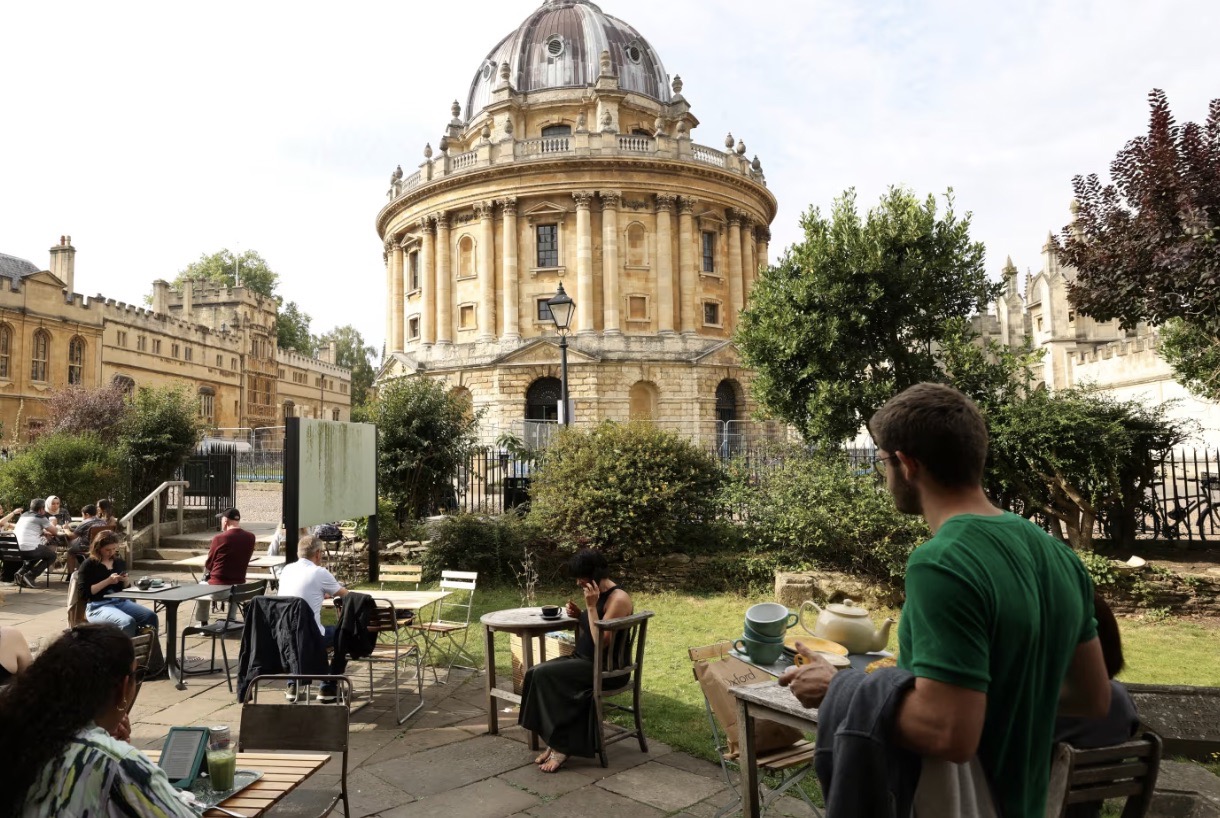
Vacations for the Nerd in You
Some vacationers pine for naps on a beach, or thrill to ever-expanding hotel amenities. For Don Phillips, excitement about coming travel ramps up when he receives the reading list.

3 Friends Found a Crumbling Resort in California and Brought It (and an Entire Town) Back to Life
A once-glamorous resort was rusting away in the California desert. Then, three friends brought it—and the entire town—back to life.

The gory history of Europeans eating mummies for health | National Geographic
Here’s why medieval Europeans believed medical cannibalism was a cure-all.

The Story of Greek Taxi Driver Gregorios Sachinidis and His 1976 Mercedes-Benz 240D, World’s Highest Mileage Mercedes ~ Vintage Everyday
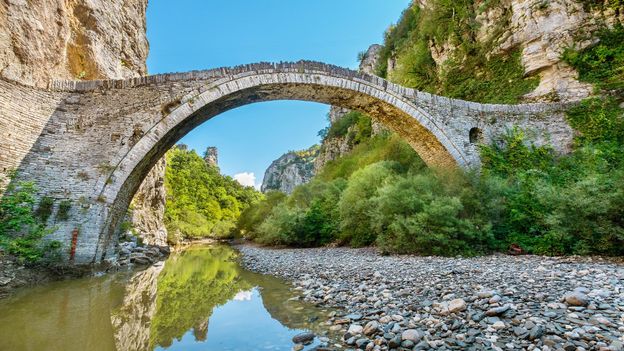
A hiking trail linking 46 ancient Greek villages
For centuries, dozens of stone-built communities have been linked by a series of cobblestone paths and rock-hewn bridges. Now, travellers can embark on these time-worn trails.

Nature’s Oldest Mandolin: The Poetic Science of How Cicadas Sing – The Marginalian
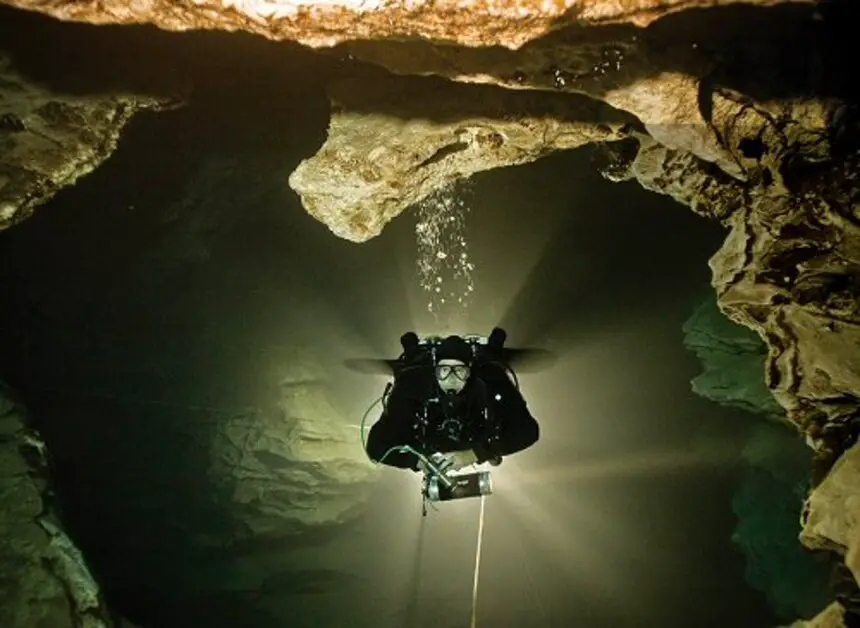
Beneath Budapest
One of the worlds most impressive cave-systems lies beneath a European capital city, and its potential for exploration grows bigger by the week. There were many surprises in store when Dmitri Gorski decided to spend a long weekend in Hungary
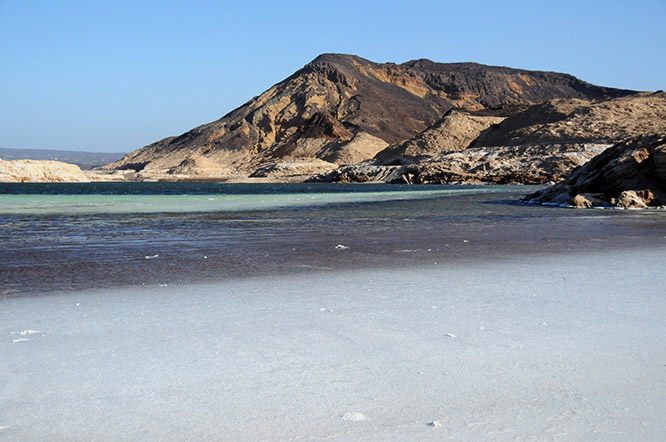
Visiting Lac Assal
Photos and stories from my travels in Lac Assal
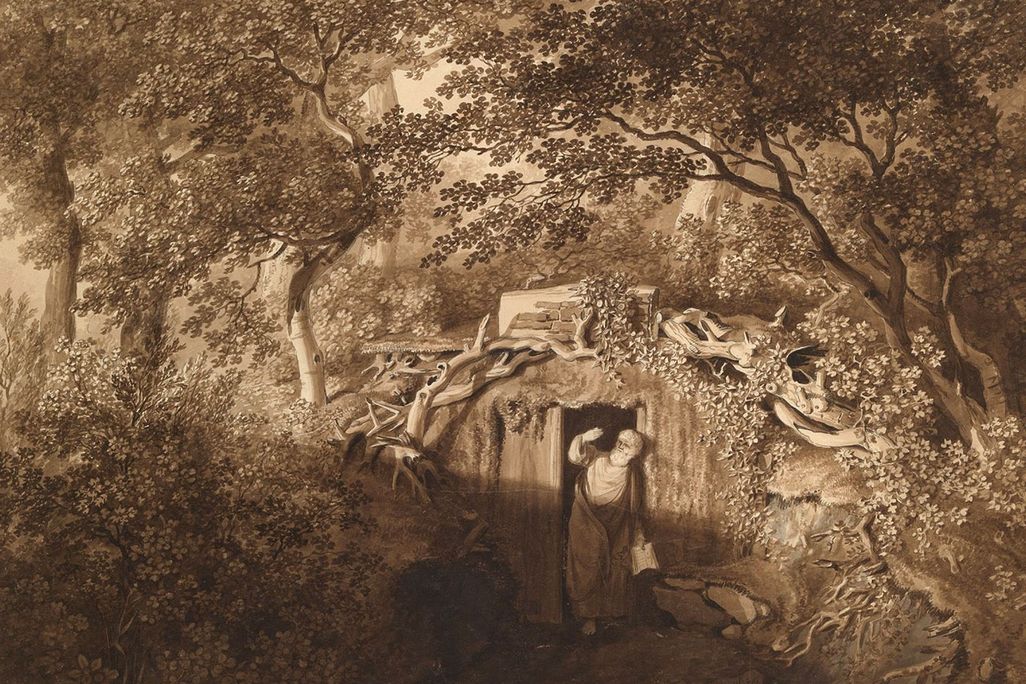
Ornamental Hermits Were 18th-Century England’s Must-Have Garden Accessory
Remington was one of a handful of men to cash in on—or, in his case, fail to cash in on—England’s 18th-century ornamental hermit craze. The short-lived trend, which peaked between roughly 1727 and 1830, was one of the most memorable to come out of the era’s shift from perfectly pruned, geometrically aligned gardens to wild, untamed ones in which “the irregularities and asymmetry of nature were charmingly inspirational,” says Todd Longstaffe-Gowan, a landscape architect and the author of English Garden Eccentrics: Three Hundred Years of Extraordinary Groves, Burrowings, Mountains and Menageries. Aristocrats outfitted their new landscape gardens with unexpected, whimsical elements like caves, mountains, aviaries and menageries. But the hermitage, a secluded retreat for a real or imagined hermit that could look like anything from a grotto to a treehouse, eclipsed them all. “By 1750, if you only put in one structure in your garden, it would have been a hermitage,” says Edward S. Harwood, an art historian at Bates College in Lewiston, Maine.
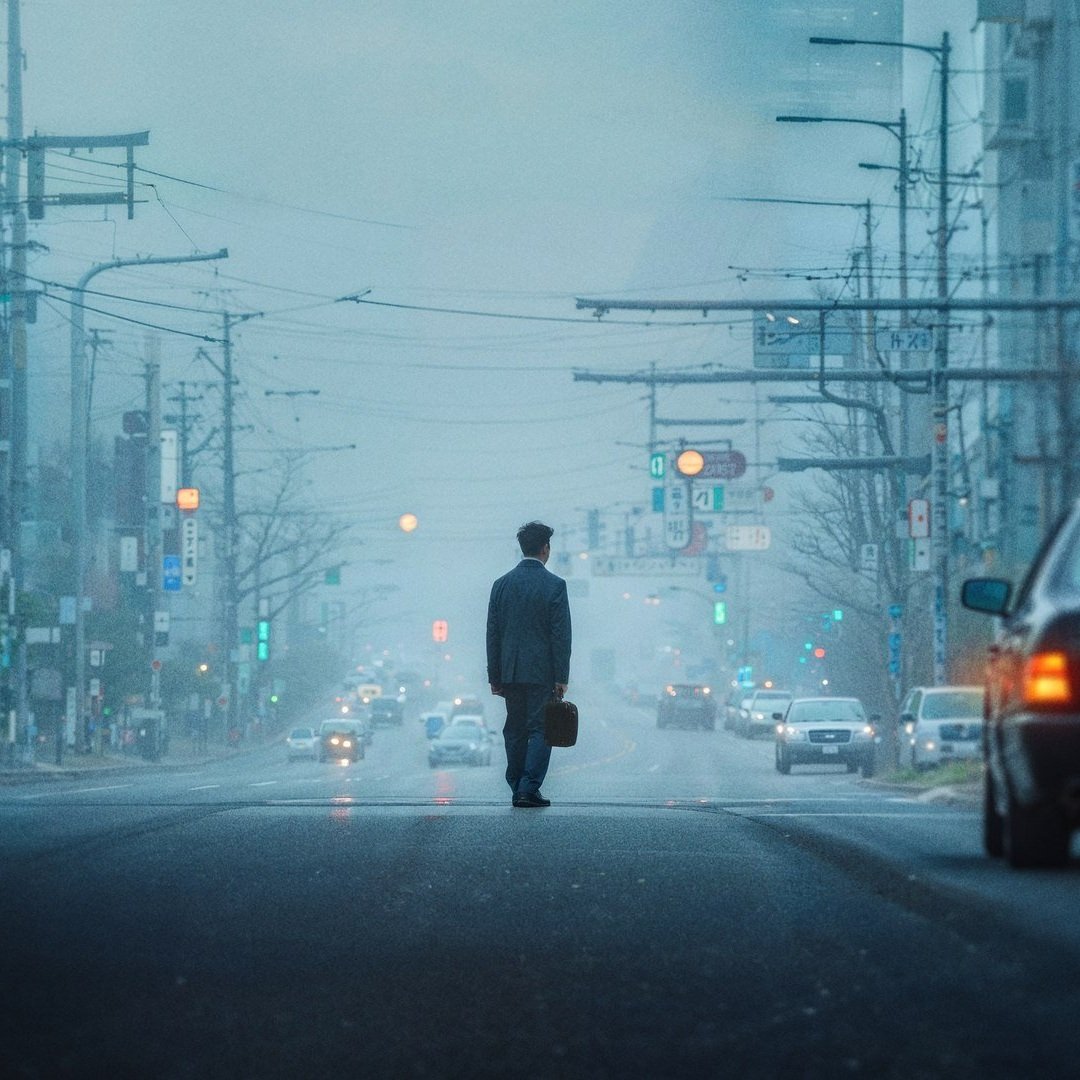
Disappearing to Start a New Life - The Phenomenon of Jōhatsu │Yokogao Magazine
A look into Japan’s jōhatsu: where shame, debt, and freedom collide—and starting over means vanishing without a trace.
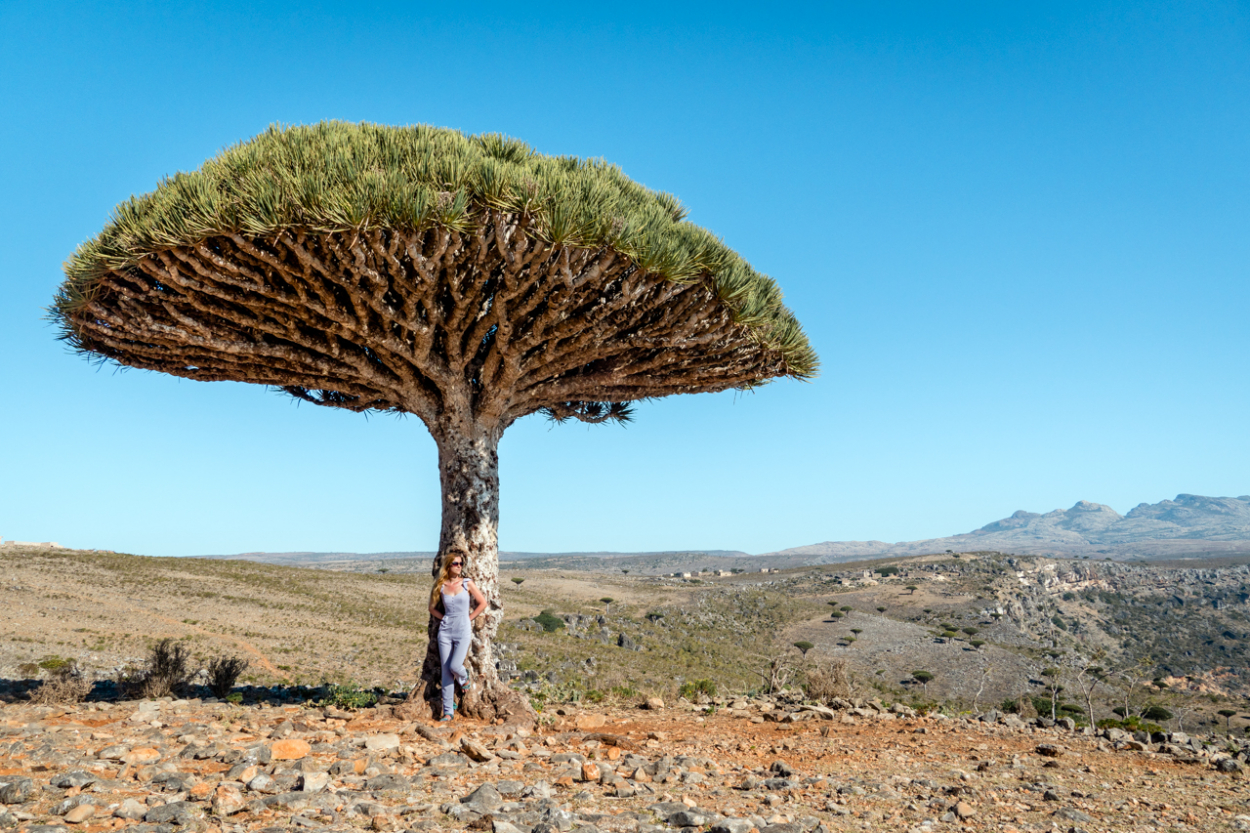
What No One Tells You About Traveling to Socotra Island
Socotra Island is a unique destination with endemic flora and fauna. The island is accessible to tourists again - read this before you visit.

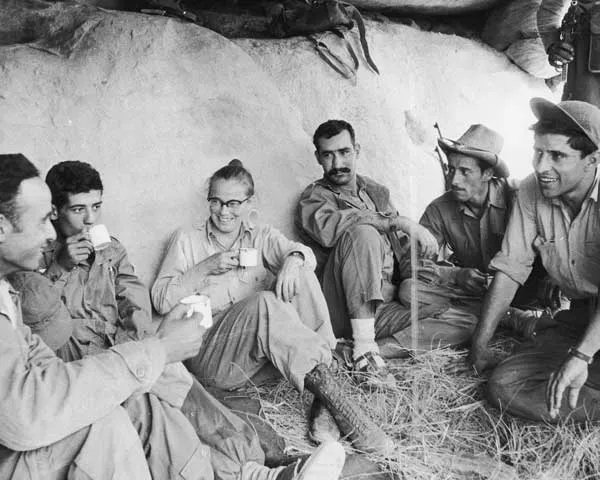
The Untold Story of Dickey Chapelle, Trailblazing Female War Correspondent
The chopper dropped off Dickey Chapelle in mid-October. A squadron welcomed her on the landing pad, firing a 21-gun salute and raising their flag. Dickey quickly fell into the village’s rhythm. Every morning, bugles called the village to wake, soldiers to drill, and prisoners to work. Ducks and pigs and dogs and babies composed the chorus of afternoons. Stringed pipas—instruments similar to guitars—and mouth harps announced the end of the workday. Sometimes, when the air was cool enough, the militia’s radio picked up the Saigon jazz station that was piped through an enormous Pioneer loudspeaker, washing the village in Coleman and Coltrane, Evans and Getz, Mingus and Roach. The resounding percussion of tanggu drums called the devout to evening prayers at the Our Lady of Victory Chapel. In the dark, gongs made from flattened mortar-shell tips rang out the all-clear every hour on the 45, except when incoming Viet Cong bullets made them chime like kindergarten triangles. This music played almost every night. The Sea Swallows replied with their own refrain of artillery, mostly left over from the French Indochina War, along with psyops messages broadcast over the same loudspeaker that earlier might have played jazz.

Diplomatico Reserva Exclusiva Rum Review
When sipped the rum is very smooth and feels quite viscous. It reminds me both of Baileys (Irish Cream) and Drambuie (A Whisky Liquor). It is very sweet. The tasting notes on the site are very accurate vanilla, fudge/toffee sauce are noticeable as are notes of vanilla and a finish which is slightly bitter like cocoa which leaves a hit of oakiness on the taste buds. The finish is pretty short. It lacks the complexity of the El Dorado 12 Year Old or Rum Sixty Six (two other very good 12 year old rum’s). There is a suspicious lack of burn or heat to this rum. There is also a lack of oakiness which I would expect from a 12 year old rum. The word which keeps coming back to me as I re-review this rum is syrup. Admittedly it’s sweet syrup not cough syrup but even still it concerns me. Should this really have so many awards as a “Premium Sipping Rum”? Is this a case of the Emporer’s New Clothes? Are we are all being conned into buying a rum which has been altered to such an extent it should really be labelled a liquor? Why do so many reviewers note this is an excellent “after dinner” rum? Has the haste to remove Zacapa from its previous position as the undisputed number one led to us “loving” the Venezuelan underdog all the more?
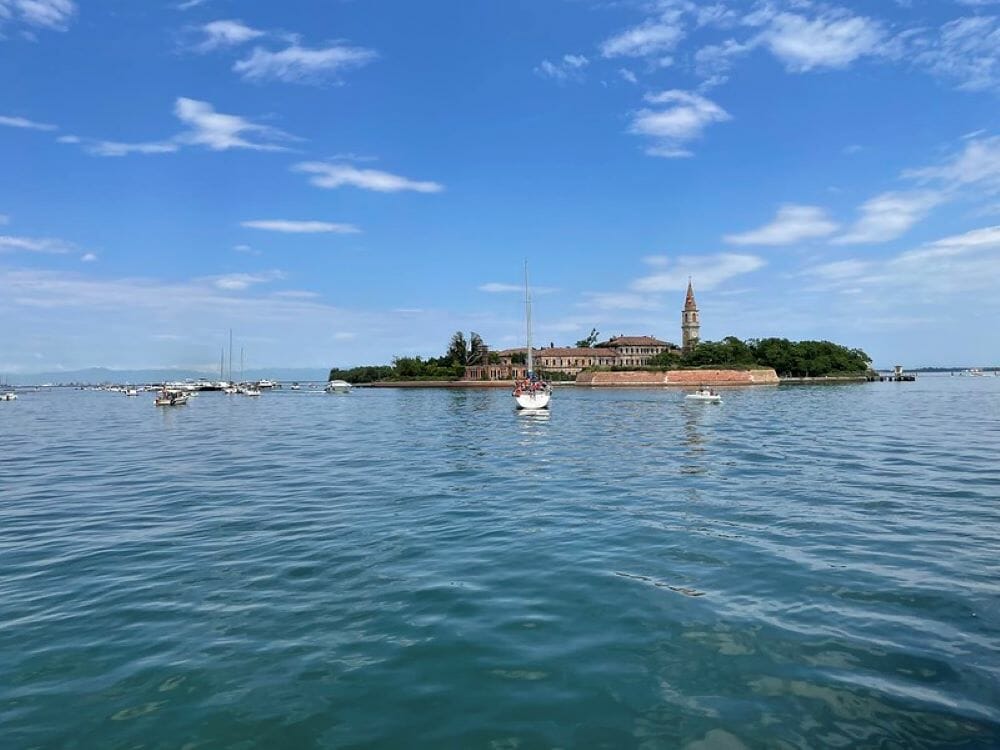
Poveglia Island: All About Venice’s Haunted Island
The island first welcomed inhabitants in the 7th century, and throughout the following years, it grew into a peaceful little community that avoided invasions occurring on the mainland. By avoiding the mainland, they also were lucky enough to avoid taxes, creating a very happy community. They would often trade with nearby Pellestrina but mostly avoided the Italian Peninsula. In the 14th century, the War of Chioggia, an extended conflict between the maritime republics of Genoa and Venice, led to the abandonment of the island. The population was then relocated to the main part of Venice, mainly on the island of Giudecca. It wasn’t until the 18th century that it was put to use again as a storage location for the Republic of Venice.
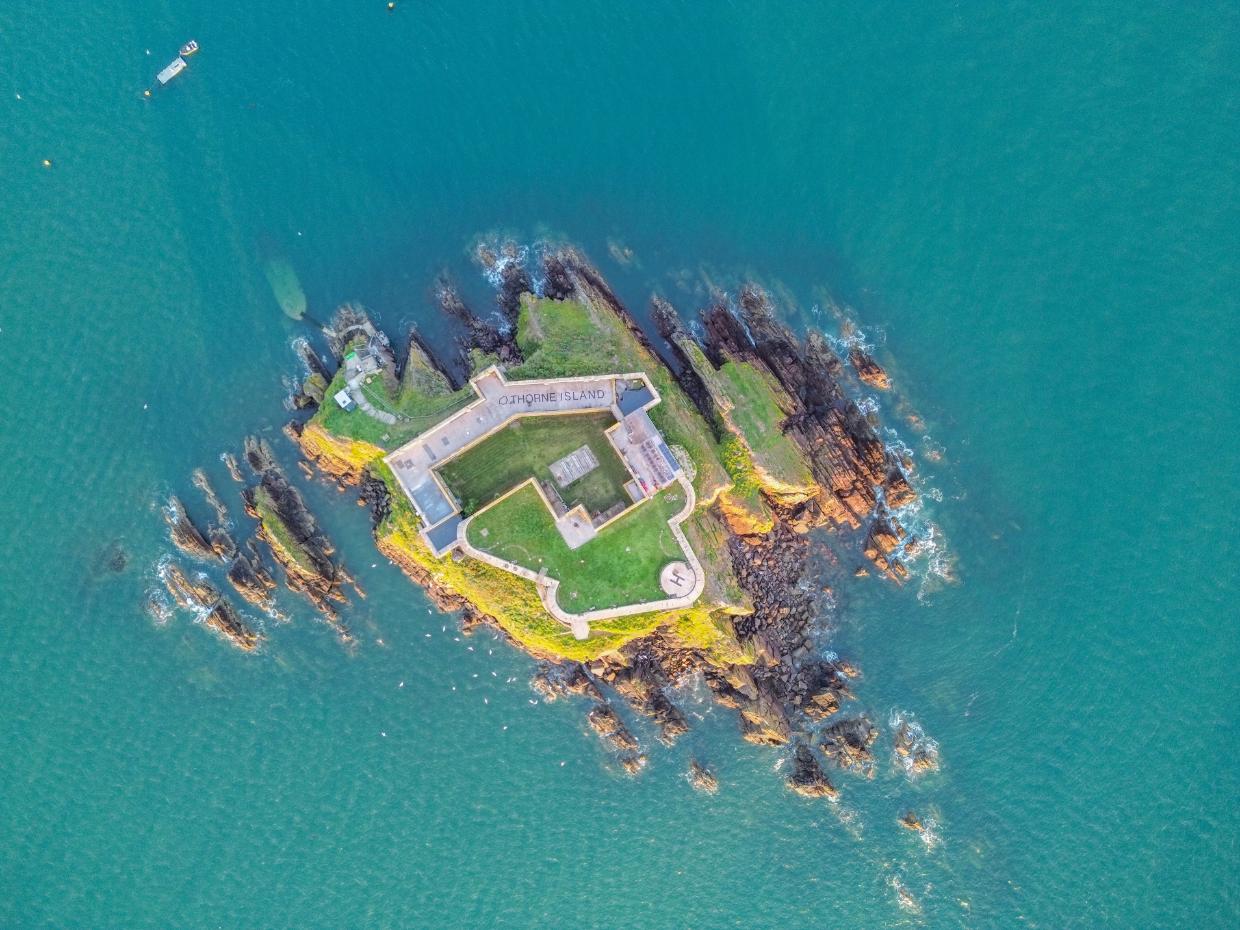
Thorne Island
The fort that dominates the island was built in the 1850s, during a period of British concern about the strength of the French navy; it could house around 100 soldiers. Its necessity as a military outpost faded with time, and the government sold it off in 1932 and it was converted to a hotel before it was left to decline. Conner says when he bought it, the fort was in rough shape and needed major investment. He spent about £2 million pounds on the purchase and renovation work.

Dubai Chocolate Traces Its Origins to the 13th-Century Middle East
Knafeh, an Arabic cheesecake with a crispy top of vermicelli-like fried dough known as kataifi, glossy with a syrup called attar (the same used on baklava) and sprinkled with pistachios, can be found front and center at any sort of social gathering in the Middle East. Now, it is also starring on TikTok. Fix Dessert Chocolatier, a shop based in Dubai, United Arab Emirates, created a knafeh-filled chocolate bar that has gone viral on TikTok and inspired a cornucopia of crunchy pistachio-green-filled treats. When Ukrainian food influencer Maria Vehera first cracked open the chocolate bar on screen in December 2023, the international craze for knafeh began. Her video has now had over 122 million views. The London-based delivery app Deliveroo revealed that the “Can’t Get Knafeh of It” chocolate bar was its top-trending item in the world in 2024. (Locally in Dubai, one of the special bars retails for around $20.)

Mojave car graveyard

Tracing the History of New England’s Ice Trade | The Brink | Boston University
BU history professor Andrew Robichaud's research is correcting old myths and revealing what historical records can tell us about climate change.
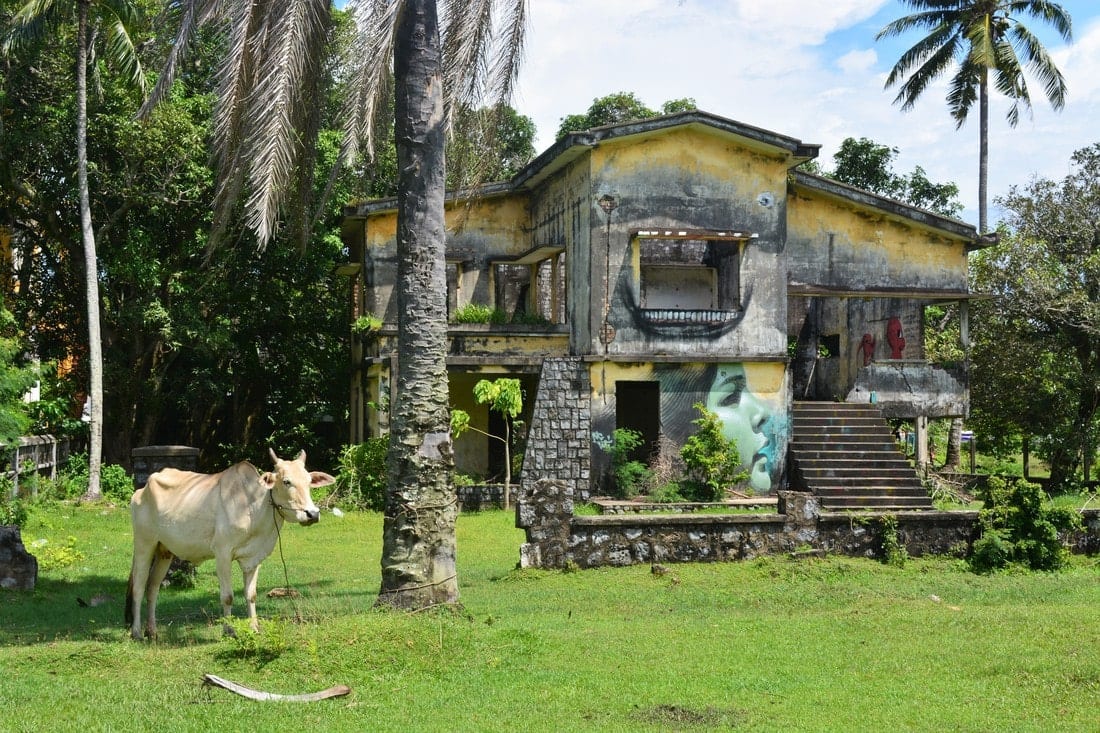
Abandoned villas of the Cambodian Riviera in Kep
Kep began life as a seaside escape during French Indochina and then as a favored coastal playground of Cambodia’s political and cultural elite in the 1950s and 1960s. Wealthy Cambodian families, senior officials, diplomats and foreign visitors built a scatter of villas on the hills above Kep Bay and along the shore — a mix of French colonial villas and sleek New-Khmer-style modernist houses influenced by architects like Vann Molyvann. These residences became symbols of a cosmopolitan, optimistic Cambodia: holiday homes, small seaside casinos, and private retreats for the powerful and well-connected. Architecturally the villas are notable: airy pavilions, broad verandas for sea breezes, concrete pilotis, and flat roofs that married tropical needs with modernist aesthetics. Many villas from the mid-20th century show the “New Khmer” sensibility — an attempt to invent a modern Cambodian architecture that looked forward while remaining suited to climate and culture. Photographers and travel writers who explore Kep today repeatedly remark on decorative tiles, sweeping staircases and the deliberate play of light and shade — features now half-buried in vines and rubble. Everything changed in April 1975 when the Khmer Rouge seized control of Cambodia and launched their program of radical social engineering. Cities and towns were emptied almost overnight: urban residents — civil servants, business owners, intellectuals, students, ethnic minorities, and anyone with ties to foreign governments — were forced into the countryside for “re-education” and agricultural labor. For proprietors of seaside villas in places like Kep, that meant hurried flight, confiscation of property, and in many cases separation from family and community as the Khmer Rouge sought to abolish the old social order. The national policies and mass evacuations underpin the villas’ abrupt abandonment. The violence that followed was both systemic and personal. Khmer Rouge cadres hunted down anyone deemed an “enemy”: professionals, businesspeople, ethnic Chinese and Vietnamese, Buddhist monks, and those with foreign connections. Many of Kep’s former homeowners — people identified by appearance, education, or past jobs — were detained, tortured and executed; others starved or died from disease and overwork in the rural labor sites. Nationwide, this policy of purging perceived “class enemies” resulted in the deaths of roughly 1.5–2 million people between 1975 and 1979, and regional accounts indicate that places like Kep suffered their share of arrests, disappearances and killings. On the physical villas you can still read the violence in the scars: pockmarks from bullets, boarded doorways, and rooms stripped of anything of value. Numerous travel reports and photo essays document concrete shells, graffiti and abandoned furniture, and locals have told visiting writers that many houses were emptied quickly and never returned to. Some estates were deliberately destroyed, others simply left to rot as nature reclaimed terraces and gardens. The haunting remains — intact staircases up into the canopy, tile fragments, rusted balustrades — are mute testimony to abrupt departure and violent social rupture. After the fall of the Khmer Rouge in 1979, property restitution and recovery were chaotic. Land records had been burned or ignored; ownership was disputed, and many owners were dead or in exile. Some villas were re-occupied informally by squatters or poorer families; others were purchased piecemeal and left undeveloped by absentee owners who hoped to sell when markets rose. A few notable properties have been rescued and turned into boutique hotels or renovated by foreign buyers (Knai Bang Chatt is a frequently cited example of revival), but the wider landscape of villas remains a patchwork of restored pockets and long-term ruin. The human stories behind the ruins are wrenching. Survivors and family members have recounted journeys of forced marches, separation, starvation and the later discovery that relatives had been executed or buried in mass graves. NGOs and transitional-justice bodies — most importantly the Documentation Center of Cambodia (DC-Cam) and the Extraordinary Chambers — have worked to document those losses, collect testimonies, and identify sites of mass violence so families can know what happened and seek some measure of justice or closure. The villas are therefore both architectural ruins and places of living memory for communities who lost neighbors, kin, and the fabric of daily life. The scar of the Khmer Rouge can also be seen in the region’s demographics and economy: the urban population was decimated, skilled professionals were killed or fled, and Cambodian society had to rebuild institutions almost from scratch. For Kep specifically, the old tourism economy never fully recovered to its pre-1970s form. Where once a circuit of weekenders, diplomats and movie stars might visit, there were decades of isolation and neglect; only in the 2000s and 2010s did limited regeneration return through small hotels, expatriate investment and niche tourism interested in heritage and “dark tourism.” That regeneration brings its own tensions. Preserving villas as historic artifacts and rebuilding them into hotels or homes can be a way to honor architecture and create income, but it also raises questions about ownership, whose histories are commemorated, and whether commercial reuse risks erasing memory. Local voices and historians urge careful stewardship — conserving architecture while documenting who lived there and how they were affected — rather than simple commodification. Organizations that keep memory alive, including DC-Cam, emphasize education and truthful interpretation alongside any development. Today the ruins of Kep’s villas sit between two chapters: they are haunting ruins that bear witness to brutality and loss, and they are also material resources with potential for restoration, tourism, and storytelling. Walking among them, you encounter bullet-marked facades, wind-torn curtains, and nature pushing through concrete — but also layers of human history that insist on being told: the villa owners’ cosmopolitan lives, the violent rupture of the Khmer Rouge years, the slow and contested recovery of survivors and families, and ongoing debates about how to remember and rebuild. To visit Kep’s villas is to confront beauty and brutality at once, and the obligation to keep those histories visible remains urgent.
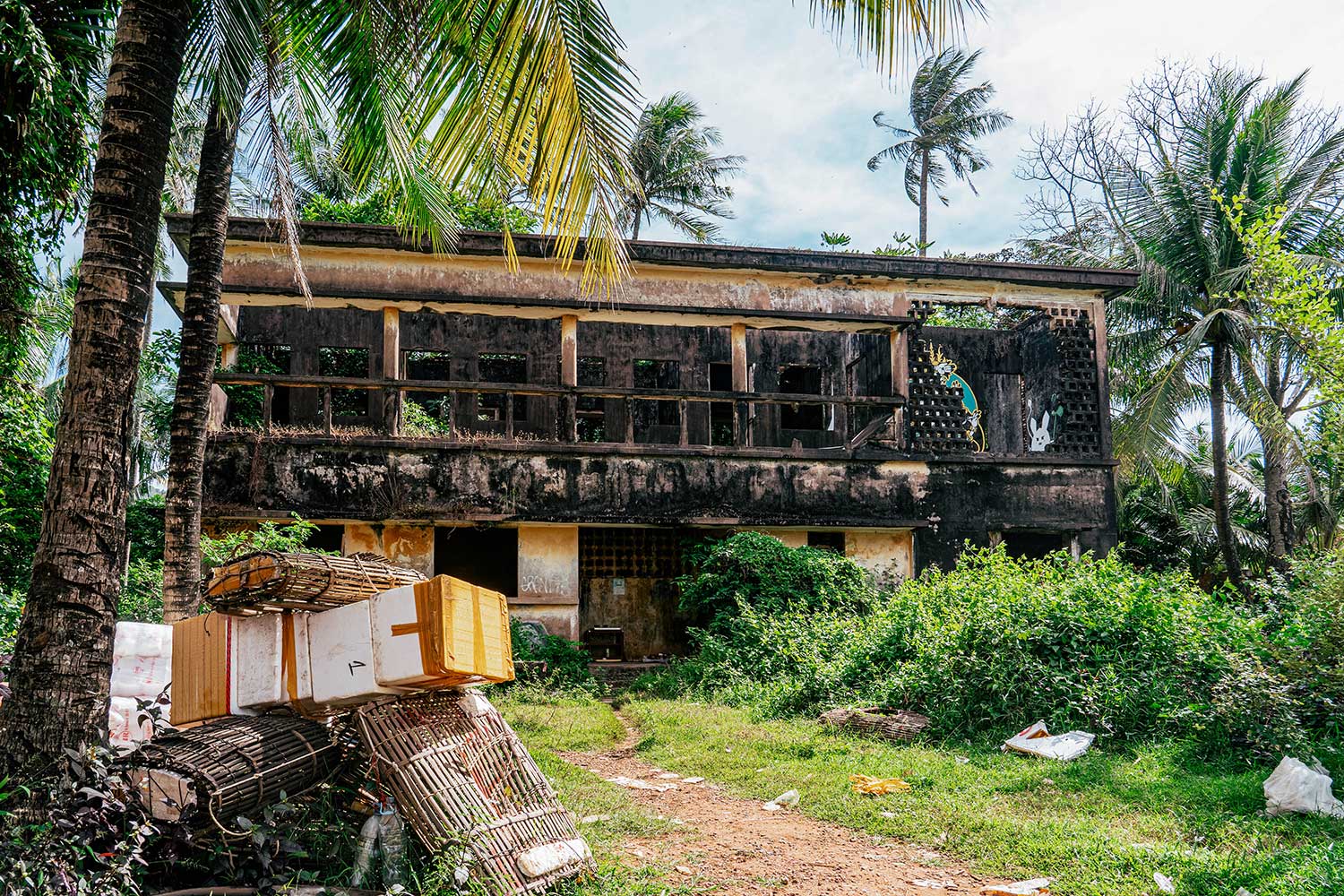
Haunted Houses of Kep
These days, sleepy little Kep in Cambodia is best known for its laid-back vibe and its crab market, which is legendary among foodies. It’s the kind of town where cows and goats graze freely at the sides of the road, but it wasn’t always so somnolescent. For 30 years, Kep was one of the jewels of French Indochina. International jet setters and celebrities came to sip champagne and eat crab salad at bougie beach restaurants. Cadillacs and Citroens cruised the beach road, and it was a hive for a unique branch of modern architecture. This reverie came to an end during the brutal Khmer Rouge era in Cambodia, which devastated the town and left its 300 modernist villas to haunt the jungles around it.
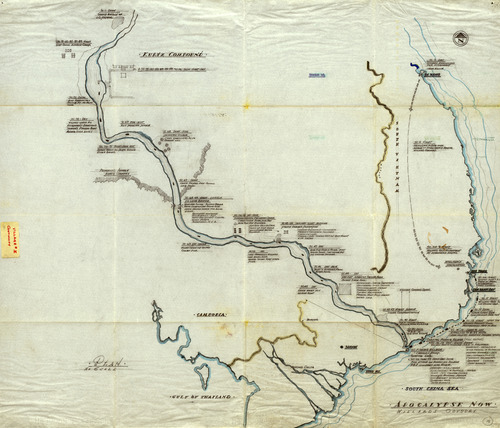
Mapping Apocalypse – @theacademy on Tumblr
This amazingly detailed map is a rare piece of production art that made it out of the jungle after the filming of Francis Ford Coppola’…

Brickelangelo™
Museum historian Anna Tulliach tweeted these amazing photos from Italian archives. They show Michelangelo’s sculptures in the Accademia in Florence–David and the unfinished Slaves–encased in brick during World War II, an effort to protect them from possible damage during Allied attacks.

The Aesthetes: Expats in Tangier
Seven expats tell seven journeys which led them to Tangier. Colourful, chaotic, exuberant, eccentric, artistic, intellectual are the adjectives which link them all. Of course they were preceded by many others - Matisse, Delacroix, Yves Saint Laurent, Mark Twain - who were intoxicated by the place. The following quote gives a glimpse of the lives of those who live there: "I stepped into the church where I knew I would find today’s versions: the people who came and never left. A cornerstone of art and fashion is that some people believe what they see and others see what they believe. Tangier is filled with the latter group and inside the church they were kneeling. A Swiss gentleman appeared to be wearing an entire mile of green cashmere dripping from his shoulders. A Frenchman with a head like Flaubert seemed amused in a multitude of plaid. As Gibbs generously walked down the aisle to offer the locals — each of them — the sign of peace, an Australian gentleman in beautiful brogues turned to the handshaking priest and whispered, “Brian, there’s 10 years off you with that new haircut.” The full article can be read here: http://tmagazine.blogs.nytimes.com/2014/04/11/the-aesthetes/ This video is from New York Times T Magazine. Do have a look at my Tumblr to see wonderful images: http://bellisvintage.tumblr.com/archive http://bellisvintagemono.tumblr.com/archive The Three Graces - Elegance, Beauty and Style. "She fell through the cracks. And into a world of beauty." "Copyright Disclaimer Under Section 107 of the Copyright Act 1976, allowance is made for "fair use" for purposes such as criticism, comment, news reporting, teaching, scholarship, and research. Fair use is a use permitted by copyright statute that might otherwise be infringing. Non-profit, educational or personal use tips the balance in favour of fair use." I do not own the rights to this movie excerpt, I am using the clip for critique and comment in a non-profit manner.
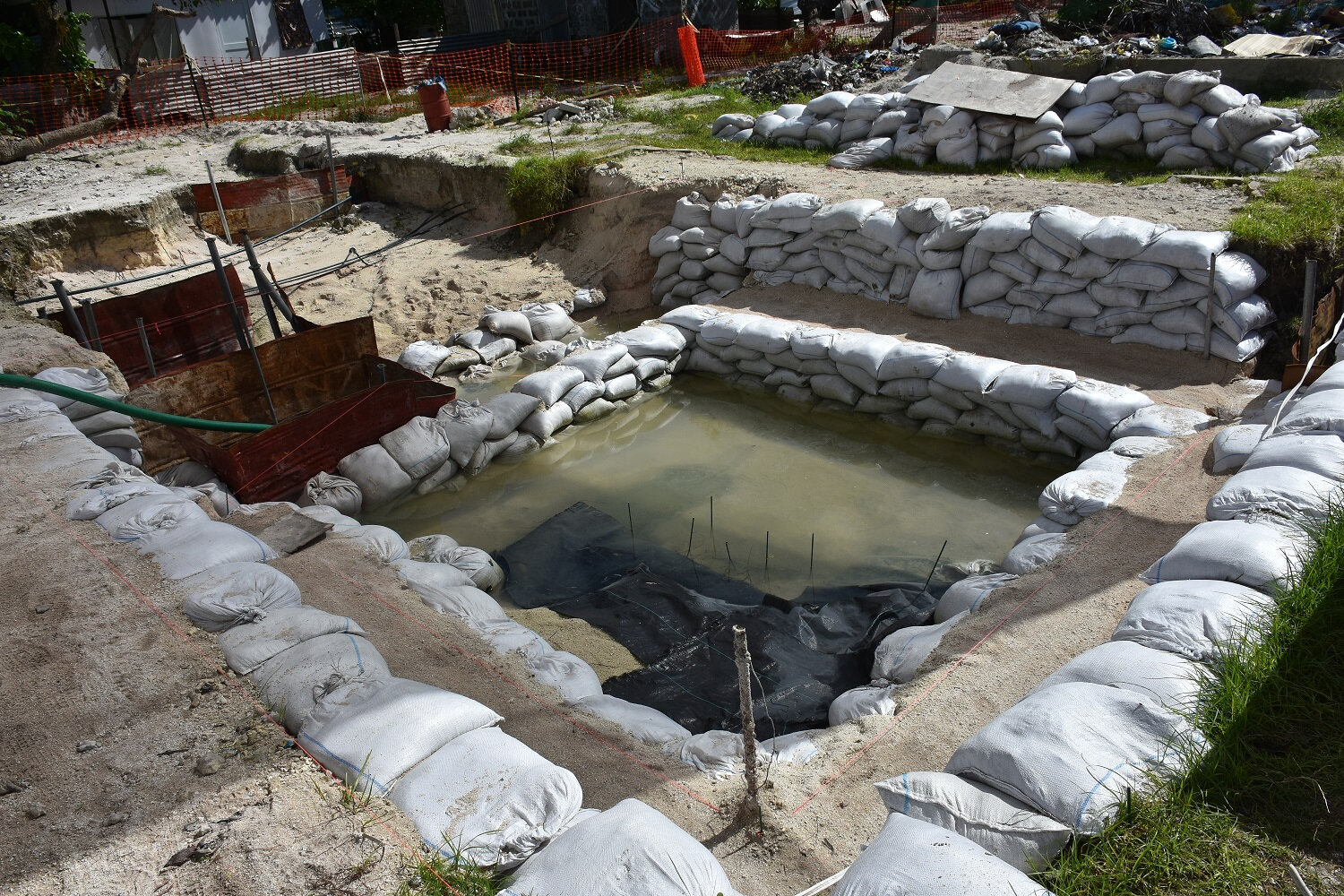
Graves of US WWII servicemen found on remote Pacific island
A team working on the remote Pacific atoll of Tarawa found the graves in March, said Mark Noah, president of History Flight. The remains are believed to belong to Marines and sailors from the 6th Marine Regiment killed during the last night of the three-day Battle of Tarawa.

At America’s oldest pet cemetery, humans spend eternity with faithful companions
Approximately 70,000 animals are buried in the oldest working US pet cemetery

The Marine Corps Has a War Dog Graveyard on Guam | Military.com
After 25 dogs of war gave their lives to save Marines recapturing Guam, the Corps gave them a final resting place.

The World’s 13 Most Dangerous Airports
Do you know those people who clap when a plane lands at an airport? Seems crazy to appreciate a quick, painless landing, but sometimes the round of applause is well-deserved. Not all airports offer an easy-breezy touchdown to pilots—some need special training and licenses. Even then, it’s a feat to maneuver cliffs, short runways, and wind shears. These are the kind of flights where passengers grip their armrests until they’re white-knuckled, their stomachs churning due to turbulence. These are the world’s most dangerous airports, but what dramatic take-offs and landings–you can enjoy magnificent views if you can bear to keep your eyes open!

Shirley Slade, WWII WASP pilot
In 1942, the United States was faced with a severe shortage of pilots, so an experimental program to replace males with female pilots was created. The group of female pilots was called the Women Airforce Service Pilots — WASP for short. Shirley Slade was one of about 1,100 chosen. She was trained to fly the B-26 and B-39, and that got her put on the cover of Life magazine in 1943 at about 23 years old.
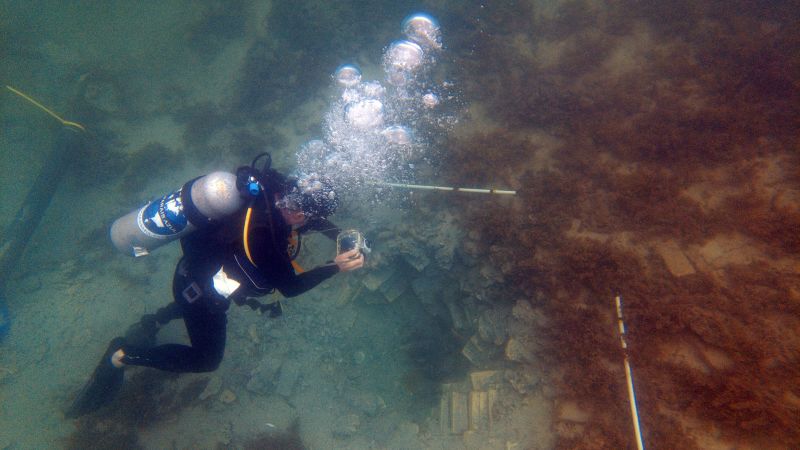
Costa Rica shipwrecks, long thought to be pirate ships, were transporting enslaved people | CNN
Marine archaeologists have discovered that two shipwrecks in Costa Rica that were previously believed to be pirate ships are 18th-Century Danish slave ships that have been missing for centuries.

Inaccessible | National Geographic
“I am tormented with an everlasting itch for things remote.” Such is the wanderlust of Ishmael self-described in the first few pages of Moby Dick. I decided to reread Herman Melville’s classic as I crossed the southern Atlantic Ocean, passing through the same old whaling waters of long ago. In my opinion, the book is…

The time Nazi engineers tried to create fully functional UFOs for war
During the Second World War, Nazi engineers envisioned plans for a saucer-shaped aircraft that could land and lift off without a runway.
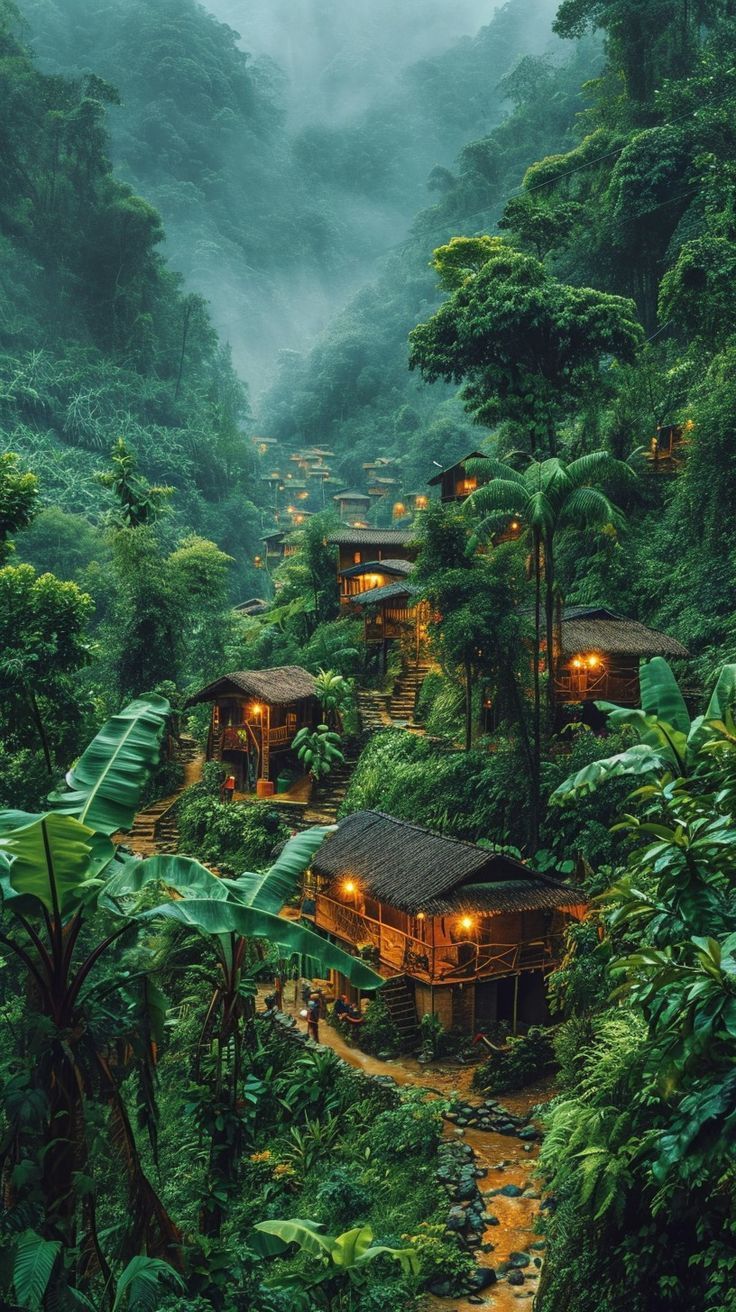
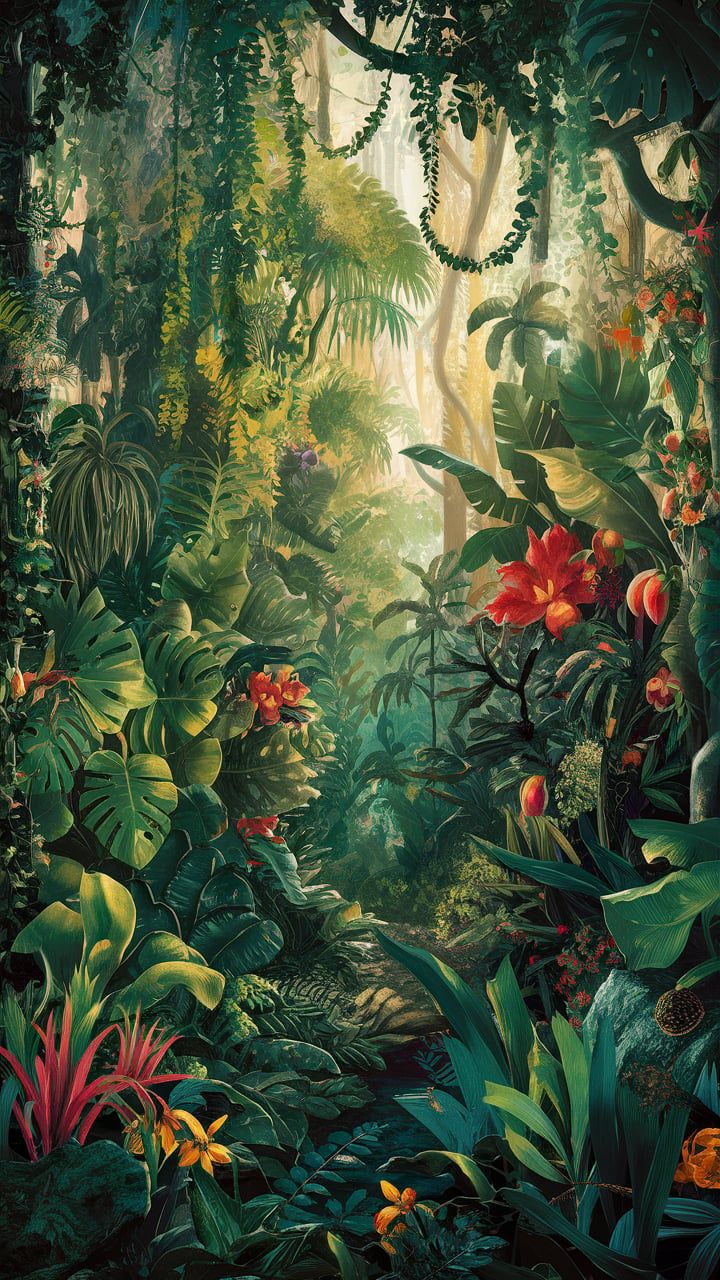
Enchanted Jungle Escape: A Vibrant Rainforest Wallpaper | Jungle wallpaper, Jungle art, Fantasy landscape
Aug 14, 2024 - This Pin was discovered by Ellen Williamson. Discover (and save!) your own Pins on Pinterest


The Original Logo
 - Boonie Dog.jpg)
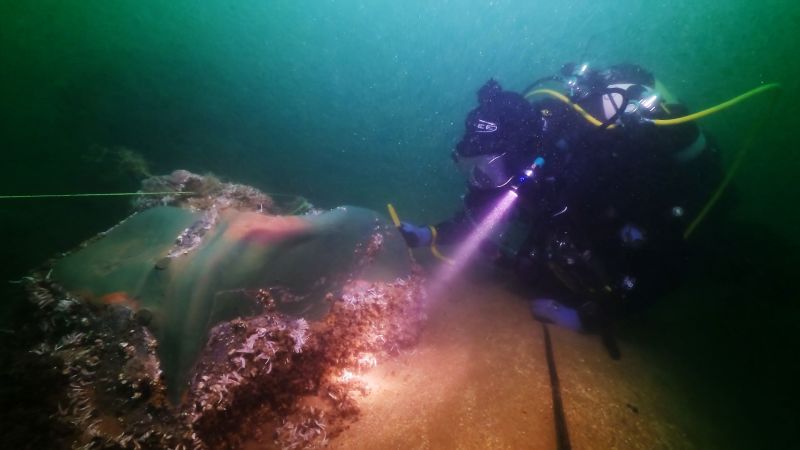
Race against time to explore 300-year-old warship wreck before it disappears
Archaeologists are facing a race against time to explore the wreck of an English warship that sank in a huge storm more than 300 years ago.
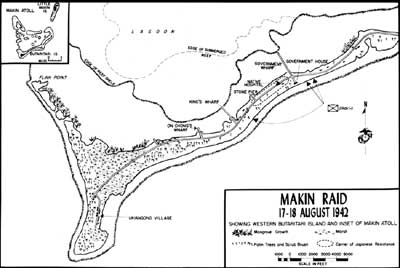
From Makin to Bougainville: Marine Raiders in the Pacific War (Makin)
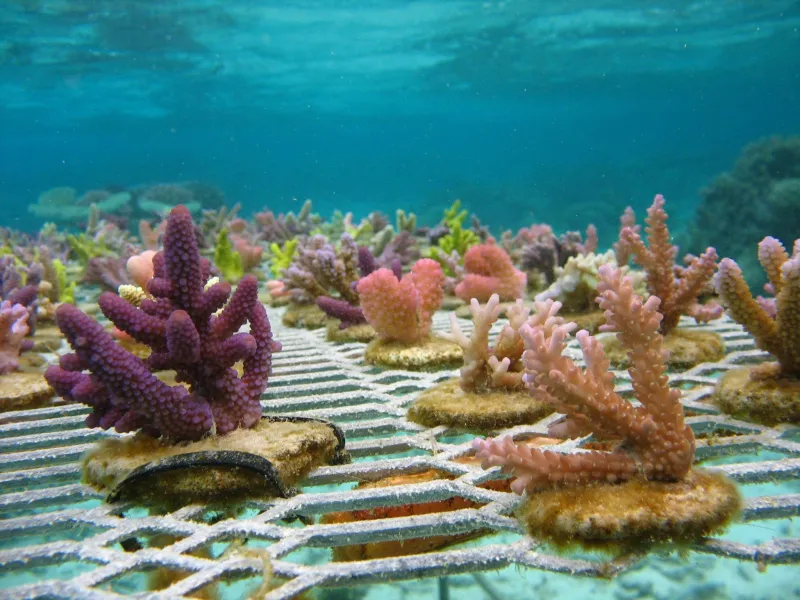
The Coral Gardener | Smithsonian Ocean

Cambodia’s Unlikely Heroes: Meet the Landmine Rat Detectives of Siem Reap
The APOPO Visitor Centre, home to the clever landmine sniffing rats, is one of the best attractions in Siem Reap. Find out how to visit here.

The dark history of The Killing Fields and S21 Prison in Phnom Penh - Phil and Garth
Travel guide to Cambodia's capital city Phnom Penh, plus how to visit the Choeung Ek Genocidal Center and the Tuol Sleng Genocide Museum.

Abandoned missile base hidden in this Florida marsh. Here’s where to find it
In the heart of the Florida Everglades, visitors can find the remains of a massive Cold War-era nuclear missile base.
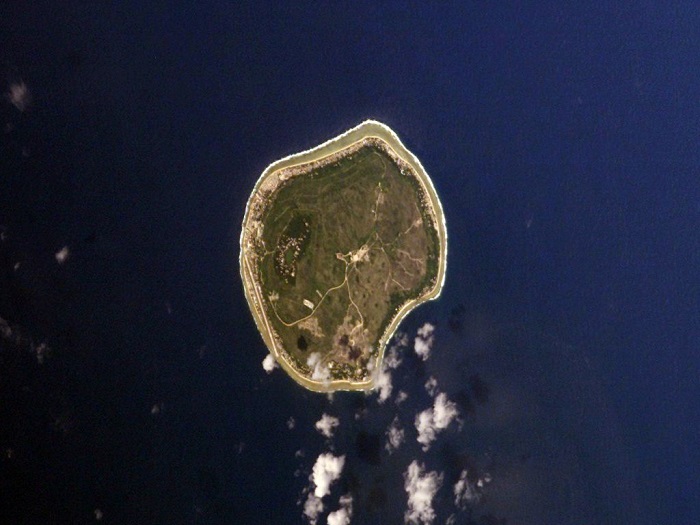
Banaba Island | | Alluring World
Banaba Island, also known as Ocean Island, is a small island which is located in the vast Pacific Ocean, and it is part of the Republic of Kiribati. Being one
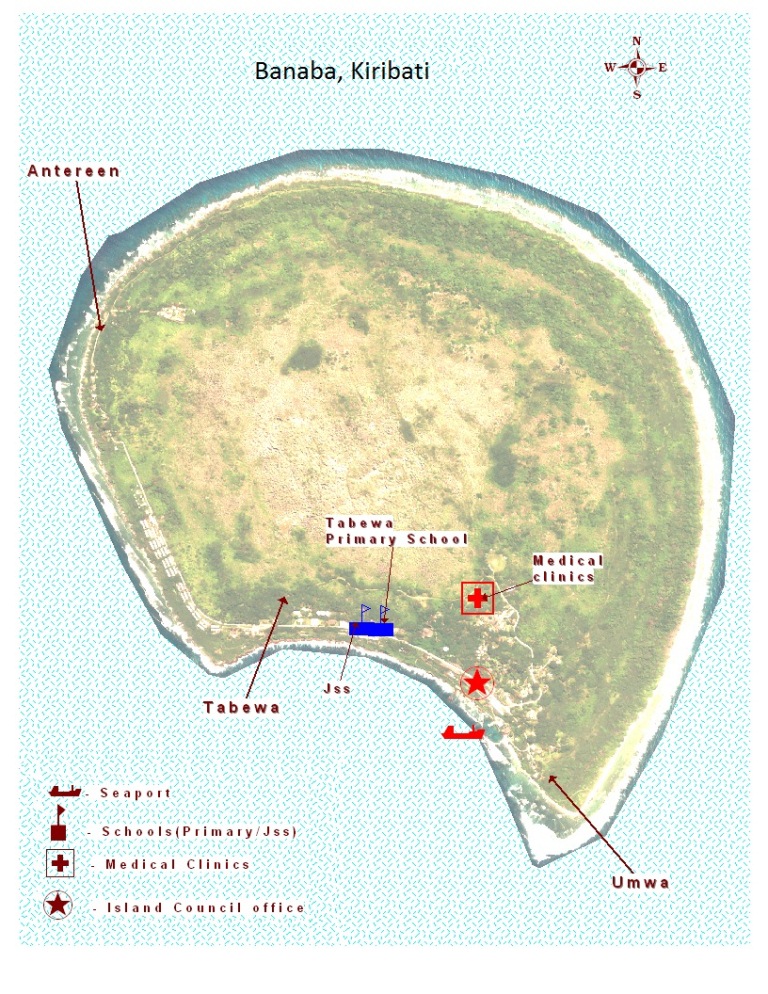
Massacre at Ocean Island (Banaba): Some I-Kiribati and Japanese Perspectives
Ocean Island (Banaba) is in the central Pacific. Until the Second World War it was the headquarters of the British Gilbert and Ellice Islands Colony. In August 1942, Japanese forces captured the island and held it until after the war ended. Ocean Island became overpopulated with Japanese military personnel. Food supplies ran low, water was rationed, and the Islanders suffered under a brutal Japanese regime where they were beaten, women were raped, and men executed for minor crimes. All European prisoners on the island died and it was suspected they were murdered. Leprosy patients disappeared and, after the Japanese surrender, 150 Islanders were executed. The Australian Army investigated alleged war crimes on Ocean Island and trials were conducted at Rabaul, New Guinea. Previous histories have provided basic information about the war years. More recently (1991–2000), Japanese publication of the memoirs of two of the three war-time commanders, allows a more detailed account.
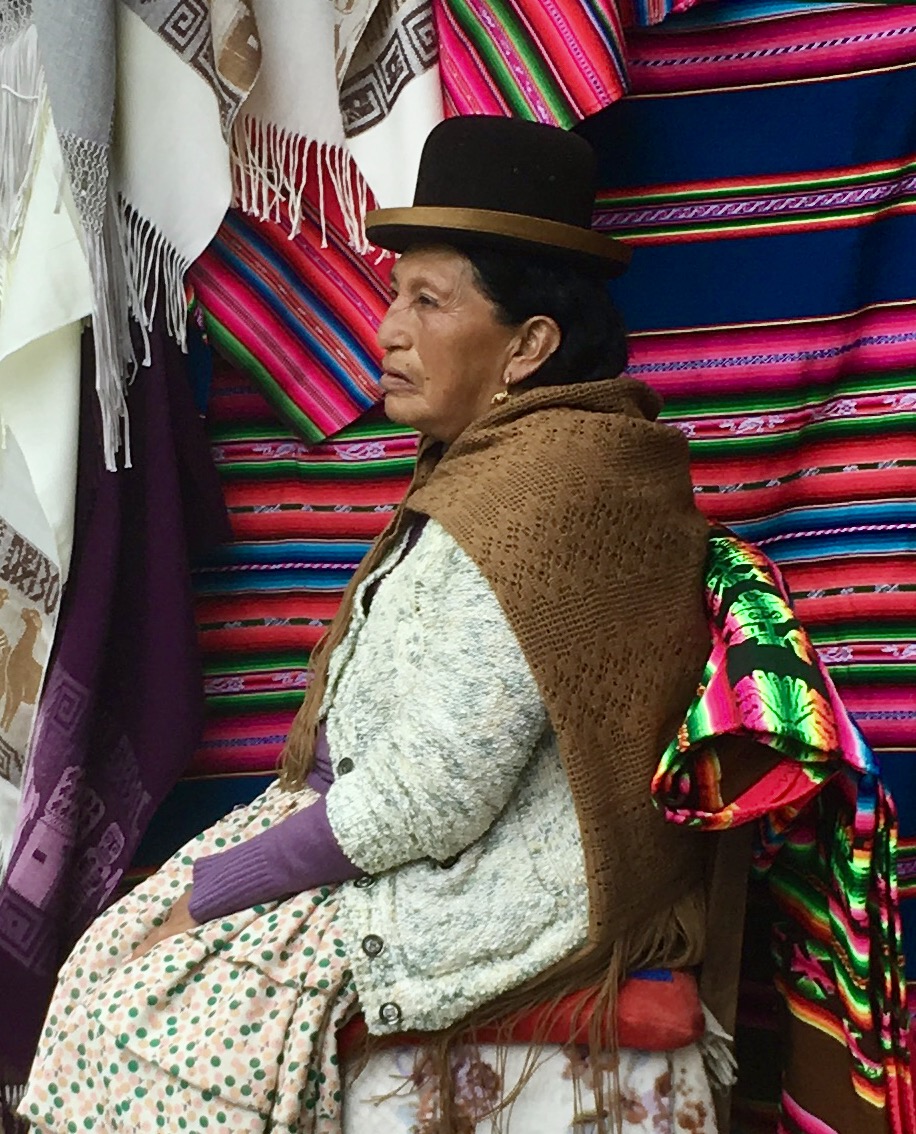
Bolivia’s bowler hats | Julia's Travels
Even on the briefest of visits to the Bolivian capital, La Paz, you can't fail to notice the plethora of hats, specifically the good old-fashioned bowler. But unlike the black attire once worn by London's city gents, these are brown - and worn by women. It's a cultural thing: the cholas who wear them…

Raining Warheads : Kwajalein Missile Range in Pacific Readied for Testing of 'Star Wars' - Los Angeles Times
There are nights when the skies above this remote atoll are streaked with what seem to be strange shooting stars, burning with unnatural brightness and rumbling like thunder.
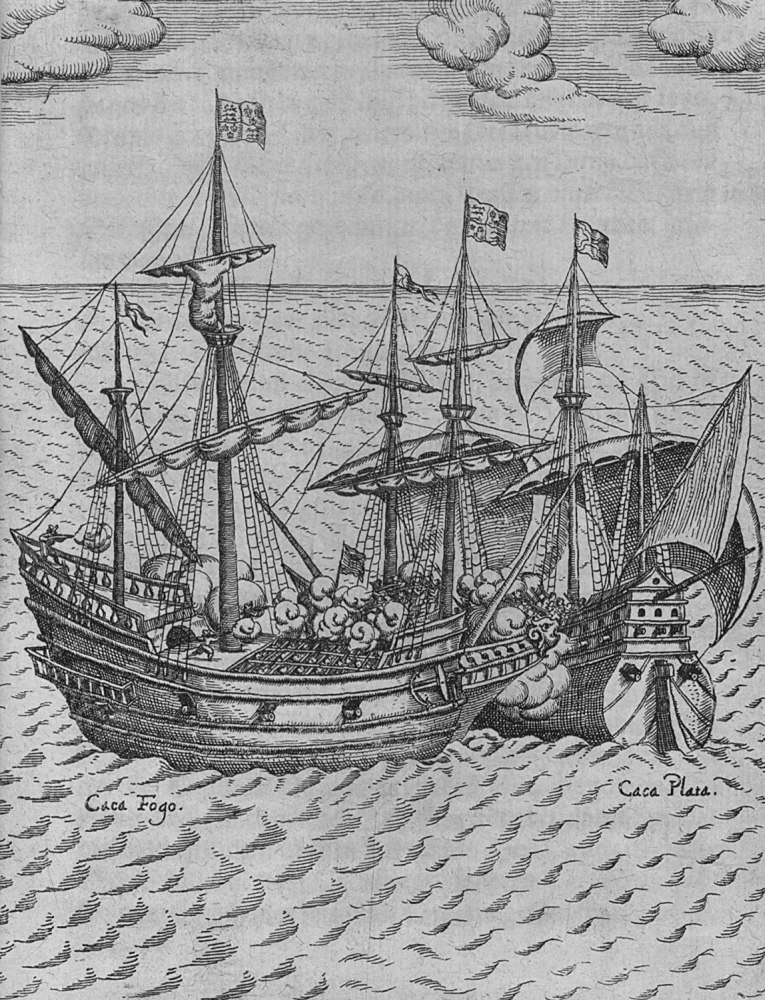
Nuestra Señora de la Concepcion: A Colonial Shipwreck in Saipan, Northern Mariana Islands
Previous underwater cultural heritage investigations conducted in the western Pacific's Northern Mariana Islands largely focused on the submerged World War Two remains, despite the islands’ rich colonial history. The island chain was the setting of numerous historical occupations including indigenous Chamorro populations, Spain, Germany, Japan and the United States, all of which created a lasting maritime heritage legacy on land and under water. This paper presents the first colonial shipwreck investigation to be undertaken by archaeologists and fills a gap in our history and knowledge of the Mariana Islands’ pre-World War Two era.
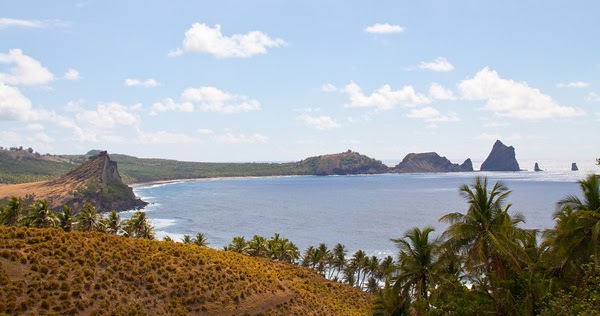
Buried Treasure On Pagan Island?
With Spanish galleons passing through the Marianas on their way between Acapulco, Mexico and Manila, it isn't a stretch of the imagination to think that there are treasures at the bottom of the sea when one of these vessels sank. Indeed, the wreck of the Concepcion, which sank in 1638 off Saipan, yielded quite a bit of treasure when it was collected in 1987. But treasure buried in the ground? On remote Pagan island? With its active volcanoes? Apparently yes. At least there were stories, told and re-told over and over again, in the 1800s. According to the legend, an English captain, around 1820 or 1822, carried some treasure from Chile or Peru when those countries won independence from Spain. He buried this treasure in Pagan. He later returned to Guam seeking permission from the Spanish Governor to look for his treasure in Pagan. Several newspapers around the world carried a story in 1916 about 50,000 being wasted in an attempt to retrieve "pirate's treasure" at Pagan Island, "in the Ladrones" islands. Navigational books of the time also make mention of this myth of buried treasure. Georg Fritz, German Governor of the Northern Marianas, also wrote an even more detailed, or perhaps embellished, account of the legend.
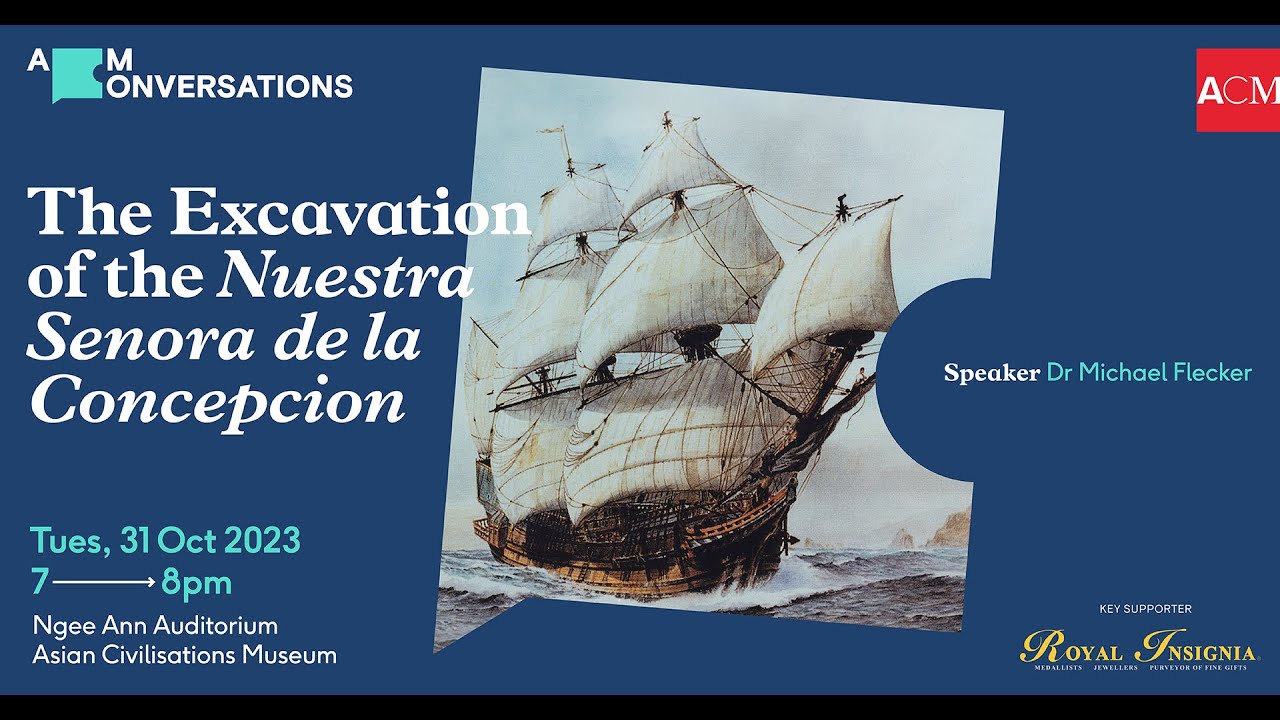
The Excavation of the Nuestra Señora de la Concepcion
A lecture by Michael Flecker originally held at the ACM Ngee Ann Auditorium on 31 October 2023. On 20 September 1638, the Manila galleon Nuestra Señora de la Concepcion wrecked on the island of Saipan in the Northern Marianas. Nepotism, incompetence, mutiny, and a storm all contributed to her demise. Well off the usual course from Manila to Acapulco, she carried an enormously valuable cargo of silks, spices, gem-encrusted gold jewellery, and Chinese porcelain. She also carried a personal consignment from the Spanish governor of the Philippines. The wreck was discovered in 1987 by Pacific Sea Resources Inc. Michael Flecker served as diving superintendent throughout the ten-month excavation, and as a fledgling maritime archaeologist during the follow-up conservation and documentation. 35 years later, he is still able to vividly recount the adventure, and to elaborate on all that was learned. The ACM Conversations Lecture Series is generously sponsored by Royal Insignia.

The king of hard currency | A Blast From The Past
It was a typhoon, or so it’s said, that cast up David O’Keefe on Yap in 1871, and when he finally left the island 30 years later, it was another typhoon that drowned him as he made his way home to Savannah. Between those dates, though, O’Keefe carved himself a permanent place in the history of…
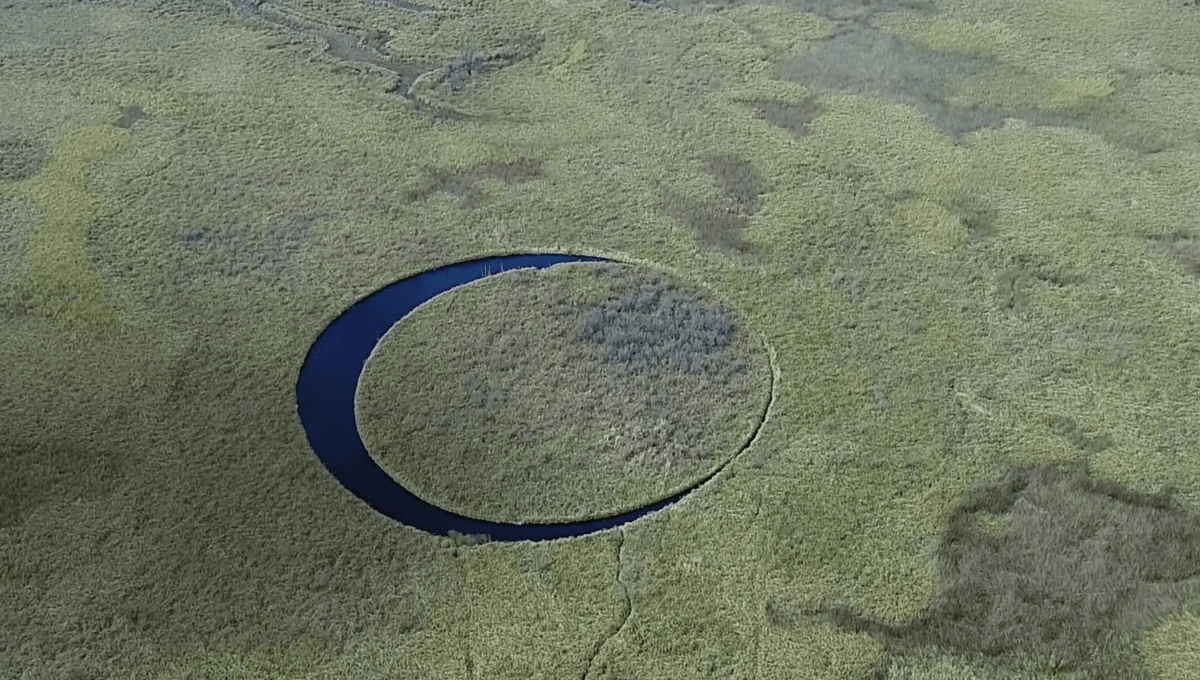
El Ojo: A Beautiful And Bizarre Floating Island Forest Looks Like An Eye In Argentina's Delta | IFLScience
The swamps have eyes.
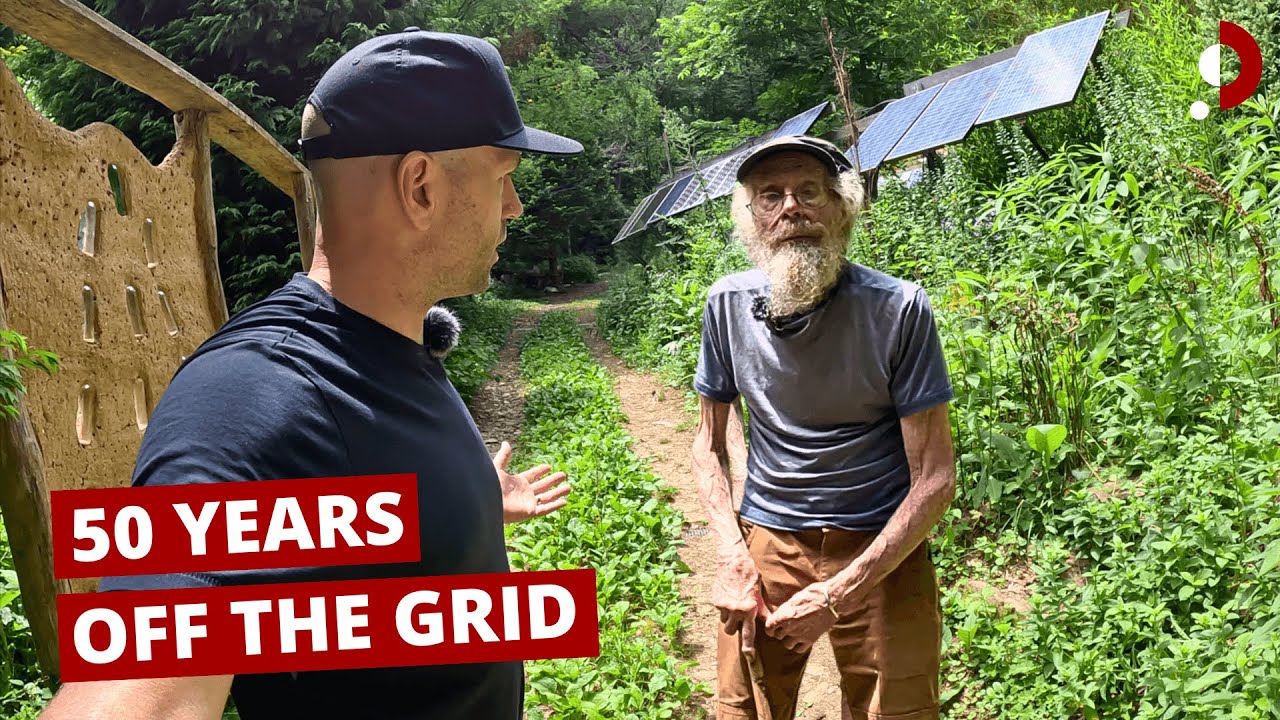
He's Lived 50 Years Off the Grid in Appalachia 🇺🇸
Deep in the woods of North Carolina is a man name Joe Hollis who's lived off the grid for 50 years. Here he's mastered the techniques of a life tuned to nature, dependent on his natural environment for survival. He also has the largest collection of native Appalachian and Chinese medicinal herbs in the Eastern US. Join me on this most epic look into a lifestyle that is becoming more attractive to many in this rapidly developing world. Unfortunately Joe Hollis passed away in November 2023, a few months after this video was shot. His legacy carries on through the work of his team and interns.
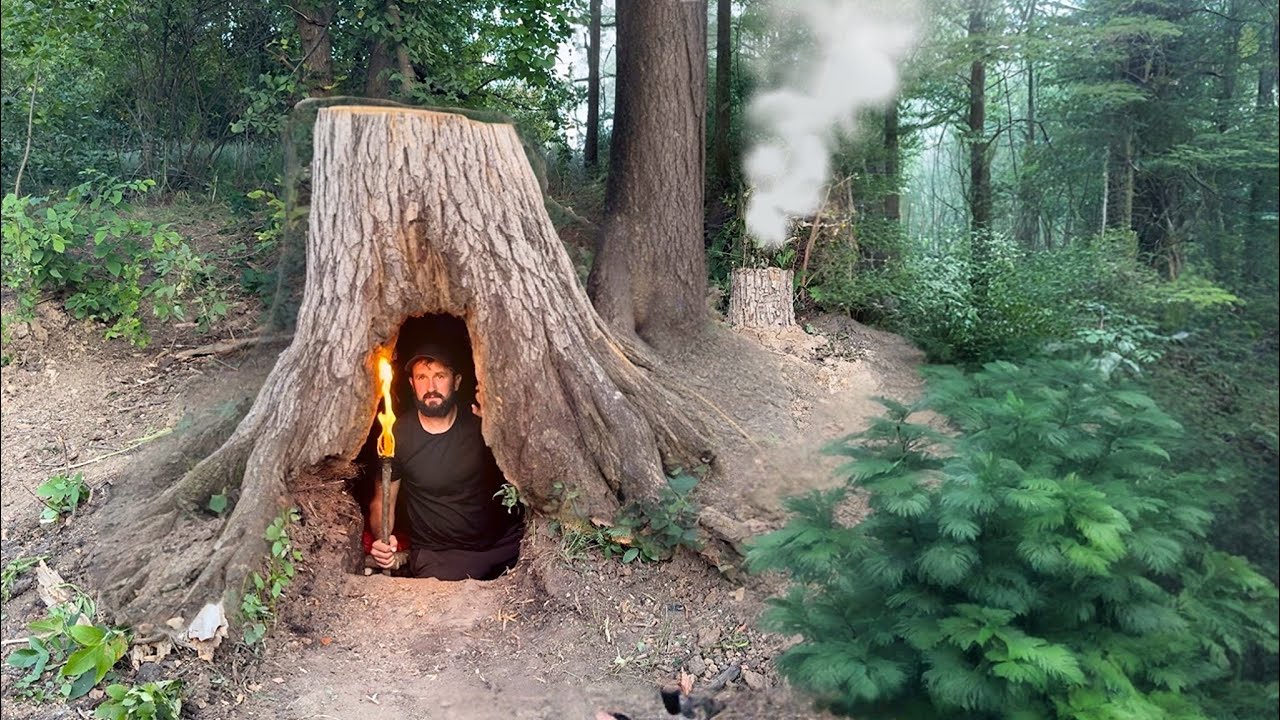
Building a secret survival dugout in a large tree stump
building a secret survival dugout in a large tree stump. Building a secret survival shelter inside a massive tree stump — the perfect hideout deep in the forest! In this video, watch as a hidden underground bunker takes shape using only natural materials and clever camouflage. Great idea for bushcraft, survival, and inspiration! Subscribe if you love nature, cabins, and peaceful isolation. Watch my popular videos https://youtu.be/3ivGgkaeTmo?si=A9OuLsX4qQ8qkbiX https://youtu.be/Tgm25Bhm904?si=oyqOTdLmUFlhCmjF https://youtu.be/E2Jc88PnPn4?si=X2X41xGzpMrXp3yq bushcraft survival camping bushcraft shelter shelter camp bushcraft skills bushcraft survival bushcraft camp survival skills solo camping outdoors survival shelter winter camping hiking cooking rain off grid living bushcraft camping asmr off grid forest cooking fishing log cabin building solo survival underground house living off grid forest fireplace survival videos wood 7 days solo survival camping heavy rain 3 days solo survival wild farm life wilderness knife bulding warm bushcraft survival shelter building life warm solo bushcraft outdoor building farm shorts catch and cook build wooden house building log cabin nature wild camping diy cabin build ta outdoors camping tips natural shelter bushcraft gear survival building dugout life canadian bush rocky mountain bushcraft catch n cook off grid cabin building shelter greg ovens rocky mountain bushcraft overnight build farm life campfire funny primitive technology bush cooking greg ovens alone season 3 greg ovens bunker catch clean cook build fish exploration canvas tent tree house greg ovens alone polish lavvu cabin solo cyprien adventures skills solo overnight survival tips wilderness survival tips woods saw adventures documentary bushcraft tools ovens alone bushcraft knife adventure wilderness survival outdoor cooking dog rocky mountain greg alone find gold gold look for gold alone season 3 knives hand tools wildlife log cabin builder canadian wilderness self reliance my self reliance hot tent winter camping ontario canada off the grid underground bunker bushcraft gear list bushcraft gear review morakniv top bushcraft gear best bushcraft gear hot tent camping tent hike camp lavvu tent hiking gear building a house in the woods restoration cooking videos log cabin build surviving in the wild camping in snow building with hand tools snow storm forest house primitive best bushcraft tools bushcraft tools bushcraft gadgets fire striker best bushcraft great bushcraft gear camping in the snow рыбная ловля природа выживание кемпинг camping essentials asmr bushcraft winter survival bushcraft asmr winter bushcraft wildcamping treehouse bushcraft treehouse building bushcraft shelter woodcrafts craft camping hacks cooking fire outdoor skills relaxing rain solo camping in rain primitive skills survival tips and tricks primitive techniques primitive survival survival food how to catch food primitive traps traps survival kit solo camp cabin life self reliant catch crab outdoor saftey camp saftey bushcraft kit survival food sources camping gear laavu shelter bear grylls ray mears bushcraft tools winter 3 day bushcraft best knives for bushcraft bushcraft knives review survival knives best bushcrafting knife bushcrafting survival knife survival gear camping knives best bushcraft knives bushcraft knives camping gear землянка asmr sleep into the wild alone bushcraft cooking bushcraft trip dugout building camping knife backpacking dugout shelter dugout budget bushcraft camping tarp $100 camping $100 budget bushcraft tips $100 survival survival challenge 24 hours camping challenge キャンプ 女子シングルキャンプ ウィンターキャンプ 一人でキャンプ 365 days living off grid living off grid bushcraft girl bushcraft youtuber green forest life forest life building a new life forest farm farm building tree house building building shelter and cooking alone cooking in the woods cooking in a tent girl camping 10 wilderness survival tips 10 bushcraft skills how to survive xây dựng nơi ở wild beauty farm in the forest cooking in the forest wild life beauty wild life bushcraft girl bushcraft wild beauty off grid polish military tent polish poncho #bushcraft #survival #camping

New Scans Show Ötzi The Iceman Suffered a WORSE death than Previously Imagined!
Journey back 5,300 years to the Copper Age and uncover the secrets of Ötzi the Iceman, Europe's oldest natural human mummy! Discovered emerging from a melting glacier in the Ötztal Alps in 1991, Ötzi's incredibly preserved body and equipment opened an unprecedented window into our deep past. But his discovery also sparked one of archaeology's most enduring mysteries: how did he die? For years, evidence pointed towards a violent end – an arrowhead lodged in his shoulder suggested murder, possibly combined with head trauma. Was he ambushed? Did he die in combat? This video delves deep into the full story: The Astonishing Discovery: How two hikers stumbled upon a prehistoric time capsule. Life in the Copper Age: Explore Ötzi's sophisticated clothing, tools (like his copper axe!), mysterious tattoos, and surprising health conditions. The Evolving Investigation: Follow the clues – the arrowhead, the hand wound, the last meal, the head injury – and the theories they spawned. A New Perspective: Learn about recent analyses using advanced imaging that challenge the long-held murder theory. Could the arrow wound and head injury have been debilitating but not immediately fatal? Did Ötzi ultimately succumb to the freezing alpine environment? Ötzi's Legacy: Understand why the Iceman continues to fascinate scientists and the public alike. Join us as we piece together the evidence, explore the different theories, and examine the latest findings in the captivating cold case of Ötzi the Iceman. What do YOU think happened in his final hours? Let us know in the comments! Don't forget to Like, Share, and Subscribe for more journeys into ancient history and archaeological mysteries! #OtziTheIceman #Archaeology #AncientHistory #ColdCase #HistoryMystery #Anthropology #Mummy #CopperAge #Prehistory #ScienceExplained #Ötzi #ItalianAlps #ArchaeologicalDiscovery #WorldHistory

West Papua Tribal War (from Dead Birds (1964) by Robert Gardner)
www.der.org Dead Birds Robert Gardner Colour, 83 min, 1964 Closed captioned Robert Gardner's seminal 1964 film Dead Birds is a portrait of the lives, beliefs, practices and ritual warfare of the Hubula people of the remote Baliem Valley in western New Guinea, now part of Indonesia. In 1963 Dead Birds won the prestigious Robert Flaherty Award and in 1998 was added to the National Film Registry of the Library of Congress. Dead Birds is considered a pivotal work in the history of the discipline of visual anthropology and continues to be used frequently in university lectures and seminars to engage students in wider questions and debates. Filmmaker Robert Gardner, in describing the experience making the film, comments, “Dead Birds is a film about the Dani*, a people dwelling in the Grand Valley of the Baliem high in the mountains of West Irian. When I shot the film in 1961, the Dani had an almost classic Neolithic culture. They were exceptional in the way they focussed their energies and based their values on an elaborate system of intertribal warfare and revenge. Neighboring groups of Dani clans, separated by uncultivated strips of no man's land, engaged in frequent formal battles. When a warrior was killed in battle or died from a wound and even when a woman or a child lost their life in an enemy raid, the victors celebrated and the victims mourned. Because each death had to be avenged, the balance was continually being adjusted with the spirits of the aggrieved lifted and the ghosts of slain comrades satisfied as soon as a compensating enemy life was taken. There was no thought in the Dani world of wars ever ending, unless it rained or became dark. Without war there would be no way to satisfy the ghosts. Wars were also the best way they knew to keep a terrible harmony in a life which would be, without the strife they invented, mostly hard and dull. Dead Birds has a meaning which is both immediate and allegorical. In the Dani language it refers to the weapons and ornaments recovered in battle. Its other more poetic meaning comes from the Dani belief that people, because they are like birds, must die. In making Dead Birds certain kinds of behavior were followed, never directed. It was an attempt to see people from within and to wonder, when the selected fragments of that life were assembled, if they might speak not only of the Dani but also of ourselves.” Dead Birds Photography, Editing, Writing Robert Gardner Sound Recording Michael C. Rockefeller Sound Editing Jairus Lincoln, Joyce Chopra Photographic Assistant Karl G. Heider Titles Peter Chermayeff Advisors Jan Broekhuyse, Peter Matthiessen This film was produced by the Film Study Center of the Peabody Museum at Harvard University with help from the former Netherlands New Guinea Government and the National Science Foundation.
Railways in the Northern Mariana Islands
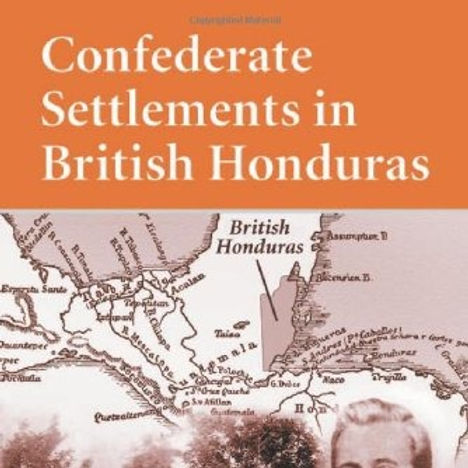
Confederate Settlements in British Honduras

The Secrets and Scars of Clipperton Island’s Tragic Past
Clipperton island's place in history is bizarre. Located 670 miles southwest off the coast of Mexico in the eastern Pacific and covering only a mere 6 square kilometers of land, Clipperton isn't exactly a fantasy tropical island. This remote and barren island is filled with poisonous crabs, relentlessly battered by rains and storms from May

MALTA | Exploring an Adventure Lover's Paradise
This is Part 1 in a series of videos about an amazing day of exploring on the fascinating island of Malta, a tiny country in the Mediterranean Sea between Italy and Africa. Things get more interesting in the coming videos as I explore old ruins from various timeframes, some of them many thousands of years old. You can watch the next video here: https://www.youtube.com/watch?v=MDdCJ9yfLQU&list=PLLAwF-SG0S-6JeQ36j6DyGUgXRiXs4Pok&index=5 Support Gabriel's videos on Patreon: https://www.patreon.com/gabrieltraveler Planning a budget traveling trip? "Gabe's Guide to Budget Travel" is a guidebook that's packed with practical travel info. For more info click here: http://amzn.to/2hRlQFi Or check out "Following My Thumb", Gabriel's book of adventure travel stories: http://amzn.to/2EaWk7Q More books: https://www.amazon.com/Gabriel-Morris/e/B001JS0KOS/ Need gear for your adventures? Visit Gabriel's Amazon e-store for ideas: https://www.amazon.com/shop/gabrieltraveler Want to book a hotel? I recommend this site: https://www.booking.com/index.html?aid=1724899 Get a Gabriel Traveler t-shirt: https://www.bonfire.com/gabriel-traveler/ Follow on Instagram: https://www.instagram.com/gabrieltraveler Gabriel's travel page on Facebook: https://www.facebook.com/GabrielTravelerVideos Join the "Love of Travel" Facebook group: https://www.facebook.com/groups/224985807515334/ Essays and travel stories: https://medium.com/@gabrieltraveler Follow on Twitter: http://www.twitter.com/gabrieltravel Music during the video (in order): "The Unexplored" by Philip Ayers & "Gamela" by E's Jammy Jams & "Blue Sky" by Quincas Moreira & "Oriental Secrets" by Mike Franklyn Need some good music for your Youtube videos? I use and recommend Epidemic Sound. To get a free 30-day trial click here: http://share.epidemicsound.com/sSvpV Video created by Gabriel Morris, who is the owner of all video or photo content. Filmed with a DJI Osmo Action: https://amzn.to/3gSi8rA **Disclaimer: Gabriel Morris is a participant in the Amazon Services LLC Associates Program, an affiliate advertising program designed to provide a means for sites to earn advertising fees by advertising and linking to www.amazon.com. As an Amazon Associate, Gabriel earns revenue from qualifying purchases. Gabriel is a world traveler and travel writer who has been adventuring around the world off and on since his first trip to Europe in the summer of 1990 when he was 18 years old. He is author of "Gabe's Guide to Budget Travel", "Following My Thumb" and several other books available on Amazon.com and elsewhere. Thanks a lot for watching and safe journeys!
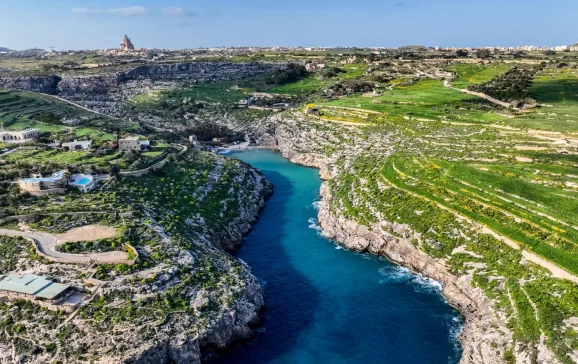
Treasure Island | Adventure in Malta - Active-Traveller
Malta has long been a popular beach getaway for Brits, but its history is complex and fascinating. Will Renwick digs a little deeper, to discover the island’s wilder side.
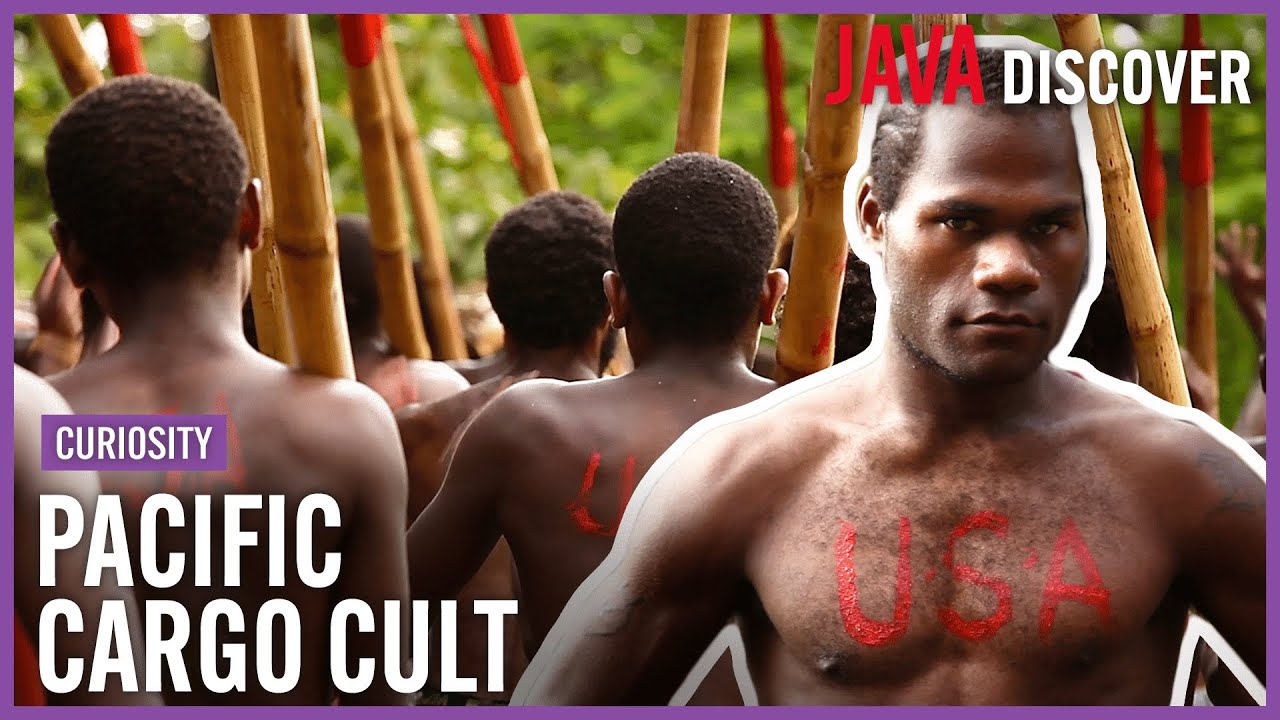
Waiting for John Frum: Cargo Cult of the South Pacific | When God is An American Soldier Documentary
The Cargo Cult of Tanna in the South Pacific have been waiting for John Frum for over a hundred years now. If you had never heard of an airplane or a refrigerator, would you think it a miracle when you first saw one? When the American military landed on a remote island in the South Pacific during World War II, the islanders were amazed by America’s fantastic cargo - planes, trucks, canned food. They thought such goods could only come from the Gods. Led by the mysterious prophet John Frum, a religion was born. David Attenborough explores a cult devoted to John Frum, an American soldier, known globally as the 'Cargo Cult'. The John Frum movement still exists in one village on the island of Vanuatu. ‘Waiting for John’ explores this extraordinary religion from the perspective of the last villagers as they stuggle to preserve their way of life in the face of outside pressure and internal conflict. In the process, it asks ‘where do our prophets come from’? And what makes people believe? This documentary was produced by and directed by Jessica Sherry. It was first released in 2015. --------------------------------------------------- SUBSCRIBE for more amazing stories, including free FULL documentaries. At Java Films we have an incredible library of award-winning documentaries: from world-leading investigations to true crime and history, we have something for everyone! Click the SUBSCRIBE button and make sure to set NOTIFICATIONS to stay updated with all new content! Sign up to the Java Films Clubs for exclusive deals and discounts for amazing documentaries - find out first about FREE FULL docs: http://eepurl.com/hhNC69 Head to https://www.watchjavafilms.tv/ to check out our catalogue of documentaries available on Demand. You can also find our docs on : Amazon Prime Video: https://www.amazon.com/v/javafilms Vimeo On Demand: https://vimeo.com/javafilms/vod_pages Like us on Facebook: https://www.facebook.com/JavaFilms/ Follow us on Twitter: https://twitter.com/java_films Follow us on Instagram: https://www.instagram.com/javafilms.tv/
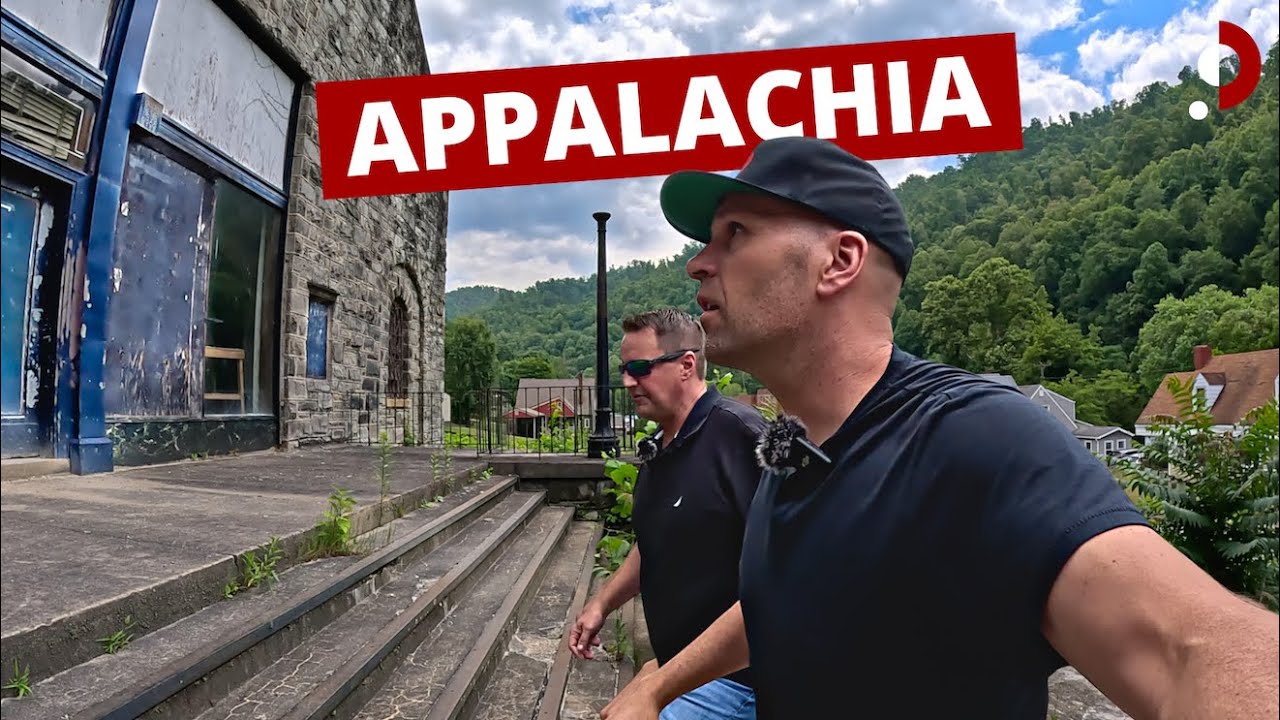
Inside Appalachia - First Impressions
Deep in the mountains of West Virginia, is a world most of us know nothing about. It's a place that's had a huge part in building the country off of the backs of coal miners. Economic decline has hit the region hard, but what remains is a sliver of hope, pride, and some of the most authentic and friendly people in the country. FEATURED BUSINESSES: Rebel Smokehouse: https://therebelwv.com/ Outlaw Bar and Grill outlawbarandgrill.net Riders Paradise: https://www.ridersparadisewv.com/

The Battle for Bamboo Hill - Burma 1944
The Battle for Bamboo Hill - Burma 1944 With Mark Forsdike Part of our ongoing Burma Week series https://youtube.com/playlist?list=PLDG3XyxGI5lD5U-oK3gxa4H9hmVE_dtpp&si=jwRJg9wL3xbqUu4 Between December 1943 and August 1944, Second Suffolk, as part of the 5th (Indian) Division, played a key role opposing the Japanese in Burma. The odds could not have been higher or the challenges greater. The Japanese had already earned an awesome reputation as a formidable and ruthless enemy who could only be described as fanatical. The rugged jungle terrain, over which the Battalion had to fight, was tough and unforgiving and pushed all ranks to the limits of their physical and mental endurance. Against them too was the harsh tropical climate and the extremes of the monsoon season. The combination of these three factors called for the highest standards of leadership and discipline. Supplies too were often not forthcoming but despite these difficulties and a lack of appreciation of their efforts in the press at home, morale of the stolid regular Suffolk soldier and his newer drafted comrades, always remained high as they learned to fight their enemy in the way that he fought him. In today's show we look at the taking of Bamboo Hill. Mark Forsdike has strong links with the Suffolk Regiment. His grandfather served with the 4thBattalion in the Second World War spending three and a half years as a Japanese prisoner of war. Mark is proud to be an honorary member of the Old Comrades Association, Standard Bearer of the Ipswich Branch, a volunteer at the Regimental Museum and administrator of the Friends of the Suffolk Regiment. He is the author of Fighting Through to Hitler’s Germany - Personal Accounts from the Men of 1 Suffolk, 1944 – 1945 (Pen and Sword Military, 2020). An engineer by profession, he lives in Ipswich with his wife and two children. https://www.markforsdike.com/ A Battalion in Burma: Second Suffolk in Arakan and at Imphal, 1943–44 by Mark Forsdike UK https://uk.bookshop.org/a/5843/9781399079259 USA Please click subscribe for updates and the bell icon for notifications You can become a Patron and support us here https://www.patreon.com/WW2TV You can become a YouTube Member and support us here https://www.youtube.com/channel/UCUC1nmJGHmiKtlkpA6SJMeA Social Media links - https://twitter.com/WW2TV https://www.facebook.com/WW2TV https://www.instagram.com/ww2tv/ For First World War content follow our sister channel WW1TV https://www.youtube.com/@WW1TVchannel WW2TV Bookshop - where you can purchase copies of books featured in my YouTube shows. Any book listed here comes with the personal recommendation of Paul Woodadge, the host of WW2TV. For full disclosure, if you do buy a book through a link from this page WW2TV will earn a commission. UK - https://uk.bookshop.org/shop/WW2TV USA - https://bookshop.org/shop/WW2TV Patreon Brigadiers: Susan Yu and Tom Mullen Become a WW2TV Brigadier and become part of this Hall of Fame https://www.patreon.com/WW2TV
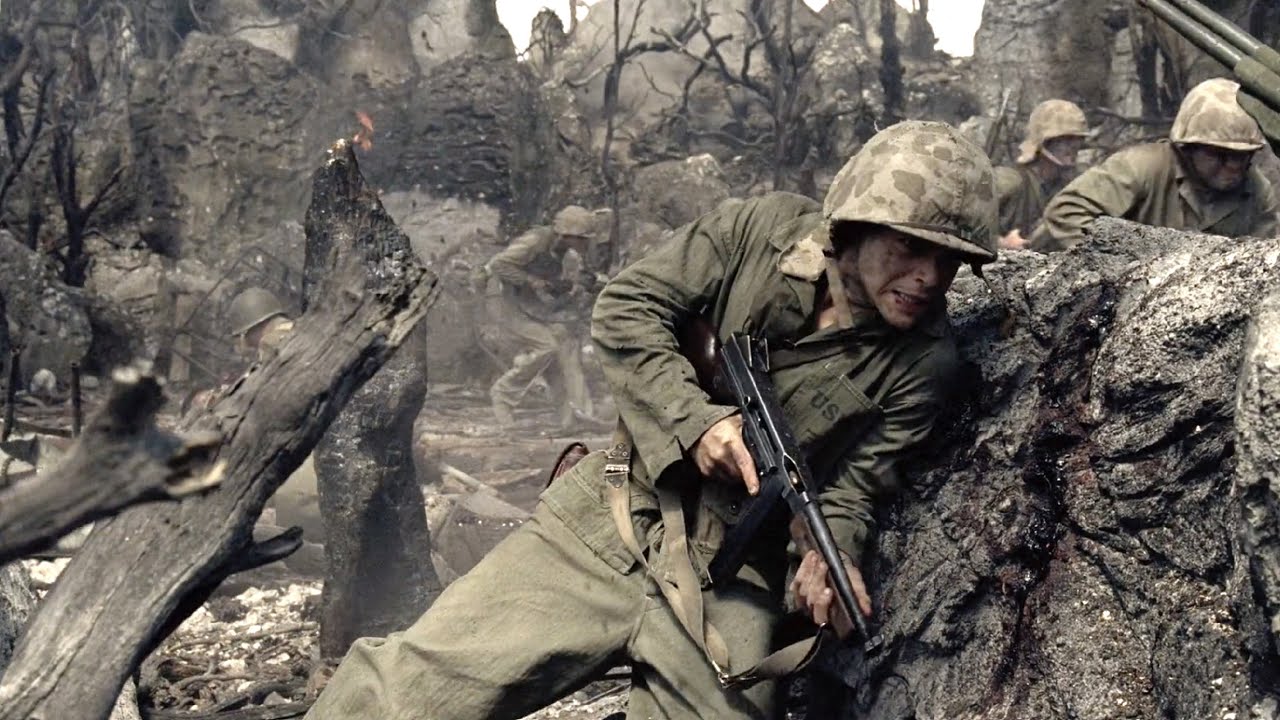
Battle of Peleliu - Bloody Nose Ridge
The fighting seen on the island of Peleliu from September 15th - November 27th 1944 was some of the most vicious experienced during the war in the Pacific. The Japanese defenders abandoned the banzai style of attack, instead digging in for a long siege to the last man. The Umurbrogol mountains housed their extensive network of caves and tunnels, and the US Marines were tasked with eliminating them one by one. The "pocket" proved a "meat grinder". They sustained severe casualties. If you're interested in the graphic illustration featured at the end of this video, a variant can be found on my merch site - https://www.redbubble.com/shop/ap/38077529 Music - 'Decoherence' by Scott Buckley - released under CC-BY 4.0. www.scottbuckley.com.au
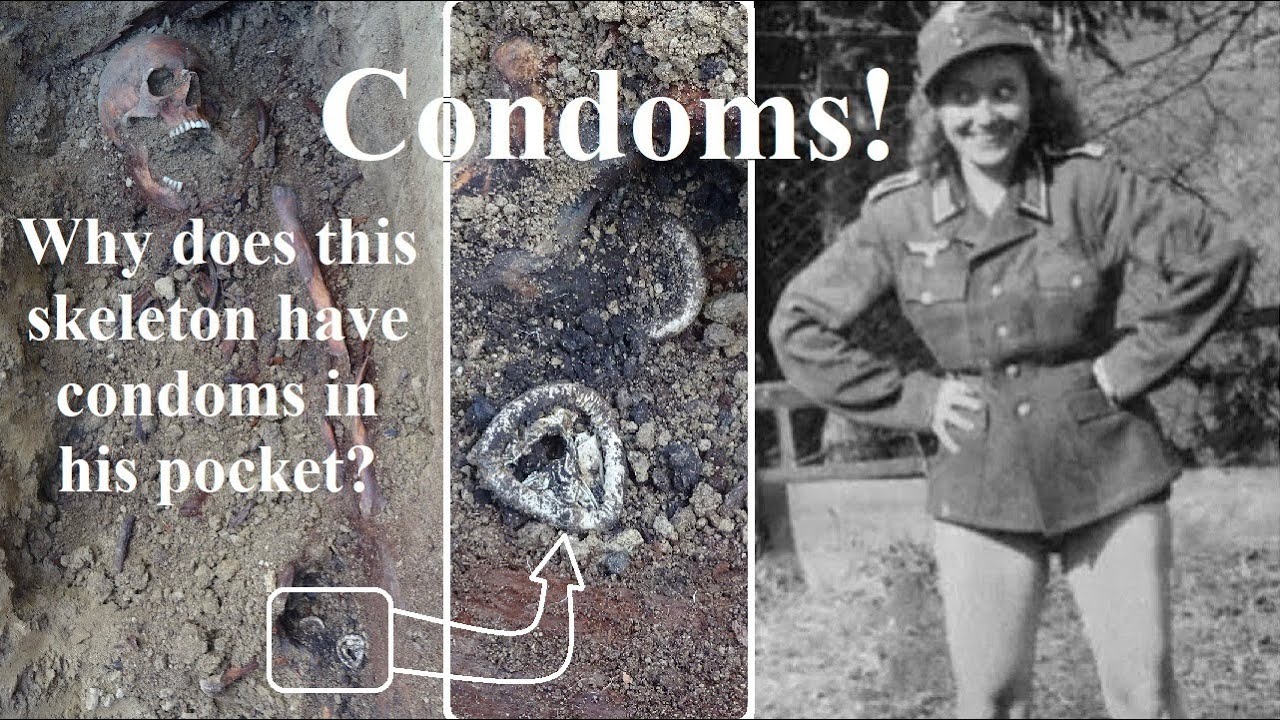
Make love and war! Why were condoms issued to WWII soldiers? Truths, urband legens and myths
Explanations as to why condoms are often found buried in the graves of World War II soldiers. Contrary to popular perception, soldiers, wether on the front or in garison duty, had many chances to interact with local girls as well as with prostitutes. Also contrary to popular perception, the author has found very little evidence of condoms being used to protect rifle barrels during World War II. https://battlefieldarchaeology.blogspot.com/ https://researchww2.blogspot.com/ A Crocodile Tear documentary military medicine - veneral diseases - VD - STD - sexualy transmitted disease - archaeology - exhummation - battlefield - missing in action - metal detecting - excavation - détection - nazi - préservatif - condom - contraception - contraceptive - excavation - mass graves - préservatif - capote - condon - Johnny - prophylactic - raincoat - safe sex - French letter - sheath - detector - 1940 - 1941 - 1942 - 1943 - 1944 - rape - rapist - sexual violence - brothel - prostitution - Wehrmacht - WWII - 1939 - 1945 - enfants de boches - illegitimate sex -rifle barrel - weapon muzzle - Paris - Nice - Grasse - Monte Carlo - Monaco - Mandella effect: when a group of people misremembers a historical event - killed in action - KIA - WWII - history of condoms - make love and war - make love not war - urban legend - myth - exaggeration - half truth - pop culture - skeptic
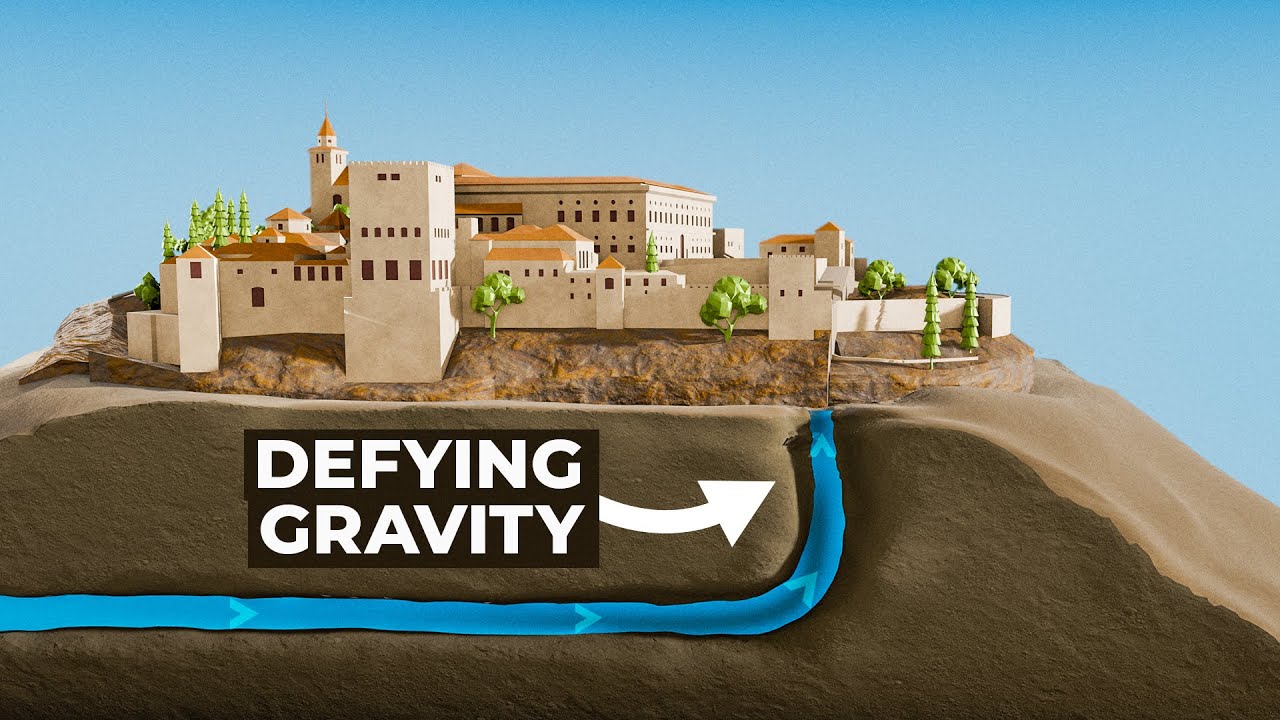
The Ancient City That Mastered Water
Thanks to Opera for sponsoring this video. Click here https://opr.as/11-Opera-browser-primalspace to upgrade your browser for FREE! Have you ever wondered if water can flow uphill? In this video, we dive into the incredible engineering of the Alhambra Palace in Granada, Spain. Join us as we explore the history, architecture, and groundbreaking technology behind one of the world’s most stunning architectural masterpieces. Discover how this medieval marvel used advanced hydraulic systems to power fountains, underfloor heating, and even water clocks, and watch until the end to learn how you can enter this month’s giveaway! Enter this month’s giveaway: https://primalnebula.com/giveaway/ Short on time? Feel free to skip ahead in this video using the chapter links below. 00:00 The Ancient City That Mastered Water 00:50 The Alhambra Palace’s Water System 02:15 Engineering Water Pressure in Medieval Times 04:56 The Lion Fountain’s Water Clock Explained 06:07 Thermal Baths and Underfloor Heating 06:58 Cooling the Alhambra Palace 07:38 Gravity Defying Medieval Technology Thanks for watching this Primal Space video. If you enjoyed it, let me know in the comments below, and don't forget to subscribe so you can see more videos like this! Support Primal Space by becoming a Patron! https://www.patreon.com/primalspace Twitter: https://twitter.com/thePrimalSpace References: https://primalnebula.com/the-engineering-of-the-alhambras-water-system/ Written and edited by Ewan Cunningham (https://www.instagram.com/ewan_cee/) 3D Modeling: Orkun Zengin + Zac Farmer Music used in this video: Imber - Christoffer Moe Ditlevsen Fervent - Christoffer Moe Ditlevsen Sunset Trails - DJ Williams Melting Glass - Eden Avery Eternal Garden - Dan Henig San Pedro - Sugoi Vespers On The Shore - The Mini Vandals Last Snow - Hampus Naeselius #Alhambra #MedievalTechnology #EngineeringMarvel

One more military style puukko
Knife sold. Only order. Please contact me afonchenko.knives@gmail.com
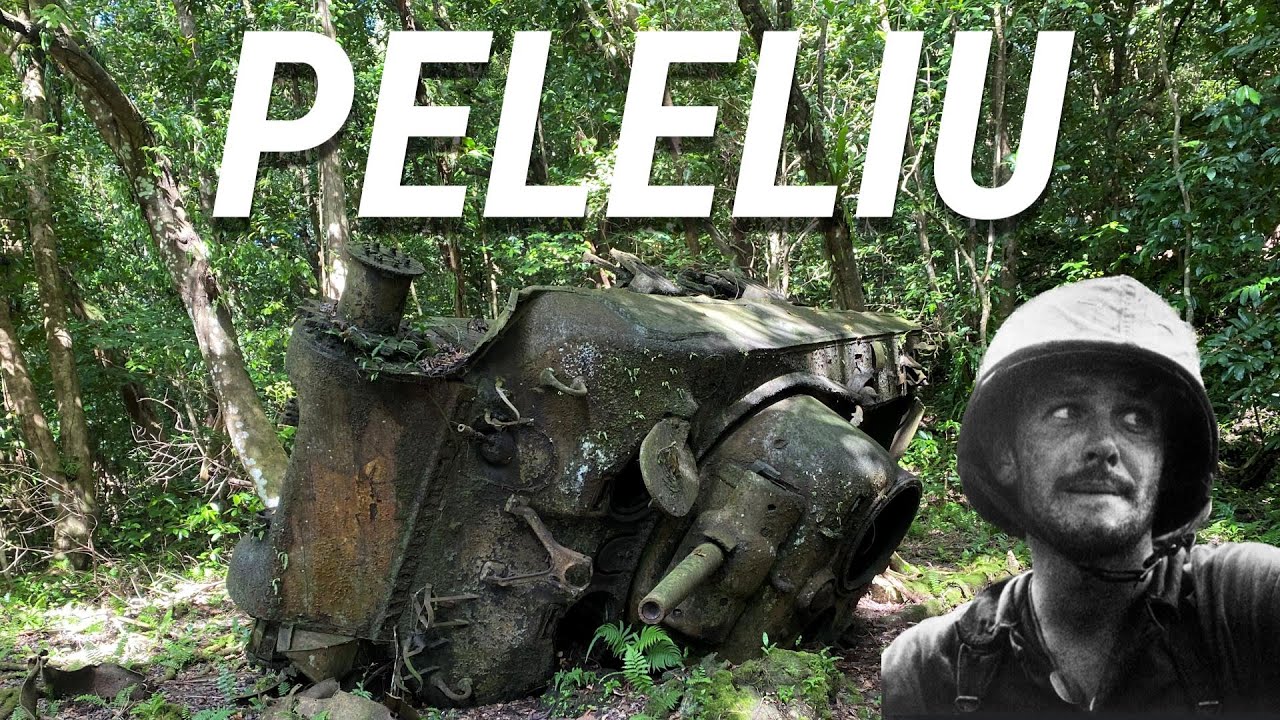
Peleliu 80 Years Later: Walking Through WWII History
Peleliu is a small island in the Pacific nation of Palau, forming one of its sixteen states along with two nearby islets to the northeast. In 1944, it became the site of a brutal and controversial World War II clash between the United States and Japan. Immortalized in the HBO miniseries The Pacific, the Battle of Peleliu stands as one of the bloodiest and most hotly debated campaigns of the U.S. military’s Island Hopping strategy. Today, the island is home to around 400 residents and remains one of the most well-preserved battlefields of the Second World War. When we planned our trip to Palau, I couldn’t resist the chance to visit this living time capsule. In this video we retrace the footsteps of American servicemen, explore former Japanese bunkers and show you what this island is like 80 years after the infamous battle. Citations: Fury in the Pacific. Directed by Frank Capra and Mervyn LeRoy, performances by U.S. Army Signal Corps and U.S. Navy, War Department and U.S. Navy, 1945. With the Marines at Tarawa. Directed by Louis Hayward, United States Marine Corps, 1944. Knecht, R., Price, N., & Lindsay, G. (2012). WWII Battlefield Survey of Peleliu Island Peleliu State, Republic of Palau: Final Report. Submitted for the Peleliu War Historical Society by the Department of Archeology, University of Aberdeen Morgan, M. K. A. (2024, September). The Battle of Peleliu. Stephen Ambrose Historical Tours. Retrieved July 4, 2025, from StephenAmbroseTours.com website: https://stephenambrosetours.com/the-battle-of-peleliu/
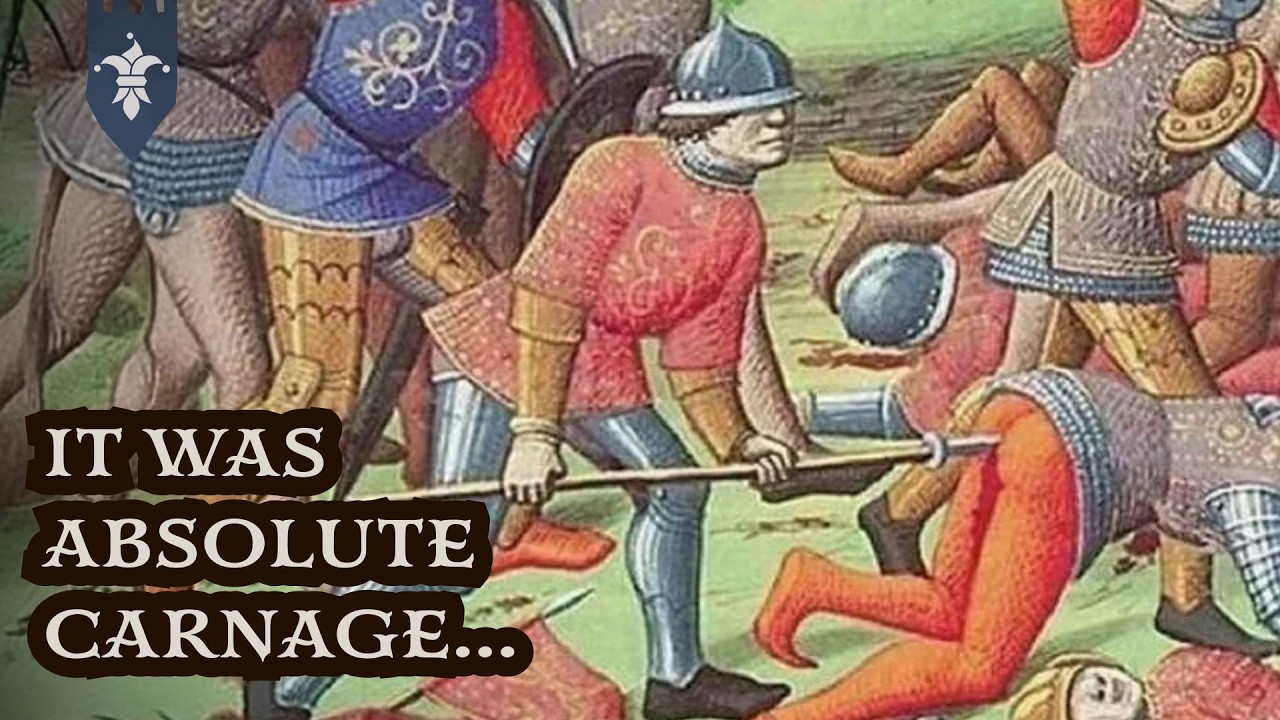
You'd Literally Last 30 Seconds on a Medieval Battlefield...
Check out our Roman channel! 🗡️ https://www.youtube.com/@TheRomanEmpireAD/videos The deafening sound of thousands of men shouting and shrieking. The clash of weapon on weapon and weapon on armour. The high-pitched screams of panicked warhorses. The metallic tang of blood in the air, so strong that the soldiers can taste it as they slip and slide in the mud and gore. Let’s go back to the Middle Ages and find out why you wouldn’t last ten minutes on a medieval battlefield. Welcome to Medieval Madness. 00:00 Introduction 01:21 Are We There Yet? 02:51 Feel The Noise 05:31 Wall Of Death 08:09 A Hole In The Head 10:04 Run Narrated by James Wade Written by Lisa E Rawcliffe Edited by Jamit Productions Thank you for watching. DISCLAIMER: All materials in these videos are used for entertainment purposes and fall within the guidelines of fair use. No copyright infringement is intended. If you are, or represent the copyright owner of materials used in this video, and have an issue with the use of said material, please email us at info@top5s.co.uk Copyright © 500 AD to 1500 Top5s All rights reserved.

Bohemian Switzerland: Top places that will blow your mind
Every nature lover should have Bohemian Switzerland on its bucket list! This place will blow your mind with the colors, the rock formations, the peacefulness, basically everything! With this article, we hope to show you the best places to visit in Bohemian Switzerland! If you have been following our adventures on Instagram, you have noticed that since September 2020 we are living in Prague (and if you haven’t, you should go follow us there ahah!). Prague is absolutely gorgeous, and we’ll talk about it more in other articles but we have also discovered some pretty amazing places in Czech Republic! And for us, Bohemian Switzerland National Park is the most gorgeous, photogenic location to visit while in the country!
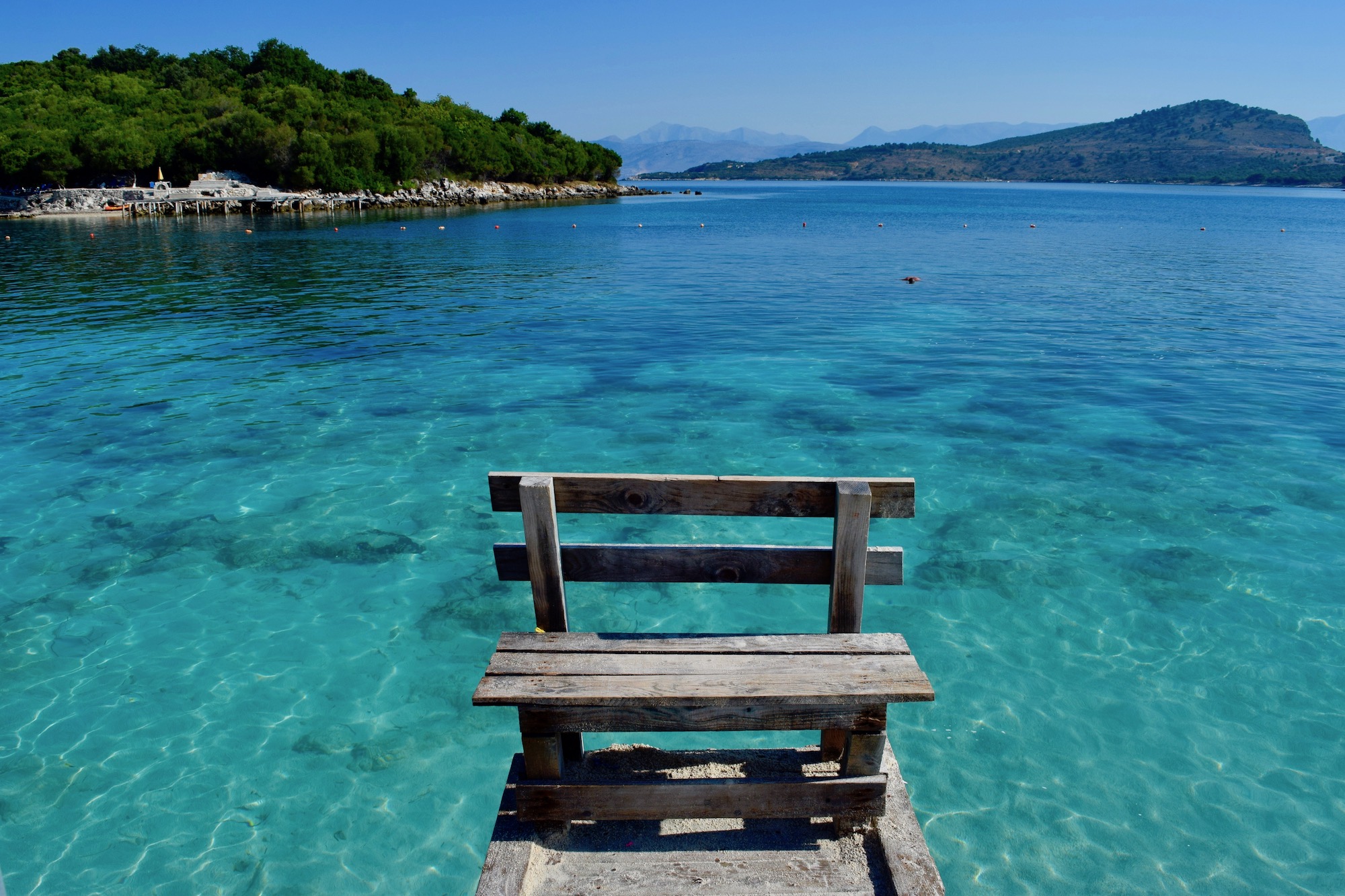
A guide to the Albanian Riviera
Tell people you’re going to Albania for a holiday and they’ll look confused and probably ask you why. Tell them you’re going to the Albanian Riviera and they’ll start to look a little more interested (turns out adding the word ‘Riviera’ onto anything can make people perk up). But the fact remains, Albania isn’t considered a top tourist destination by…well... anybody really.
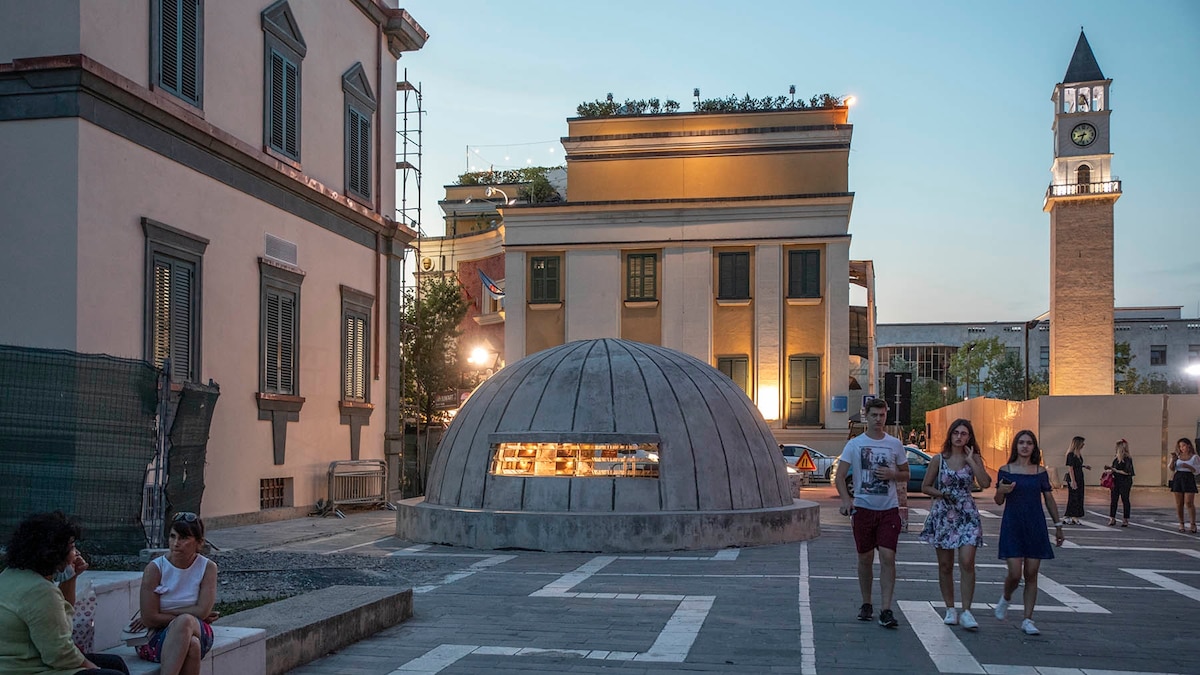
Once a state secret, these Albanian bunkers are now museums | National Geographic
Creative ideas and art transport Tirana, Albania’s lively capital city, far from its Communist past.

Isle of Man TT: Why it's the Most Dangerous Race On Earth
Chances are you've never heard of the Isle of Man or know of its whereabouts. It's a tiny island (about 355 square miles) that's nestled in between England, Ireland, and Scotland. You can get there by ferry or a small propeller plane, and for 50 weeks out of the year, it's quiet and peaceful with only around 88,000 residents—many of whom don't live on the island full-time. Jeremy Clarkson has a huge estate there, which might be why the island has received some attention in recent years. However, its main attraction takes place every spring for two weeks when 40,000+ bike enthusiasts come from all around the world to watch the Isle of Man Tourist Trophy (TT).

That Dropped Call With Customer Service? It Was on Purpose. - The Atlantic
Endless wait times and excessive procedural fuss—it’s all part of a tactic called “sludge.”
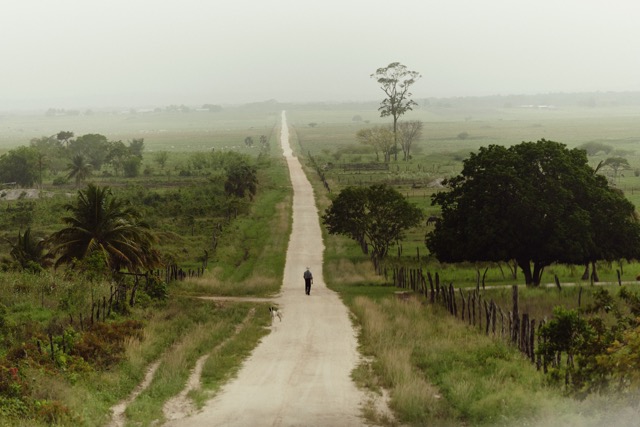
Belize’s Mennonite community - 1854 Photography
Emigrating from Mexico in 1950, the Mennonites have resided in Belize for over 70 years. Across Belize, there are over 10,000 Mennonites, a traditionally sectarian Christian denomination. A majority of this religious community can be traced back to Europe, as the group migrated from the Netherlands to present-day Ukraine, before moving to Canada in the 1870s, Mexico in the 1920s, eventually relocating to Belize in 1950. The Mennonites have historically travelled to new locations in order to maintain their traditions, pacifism, and religious freedom. Mennonites live by traditionalist beliefs, largely rejecting modern technologies, including cars and the Internet, and embracing the separation of church and state.. It is this community that American photographer Jake Michaels met in his latest project.
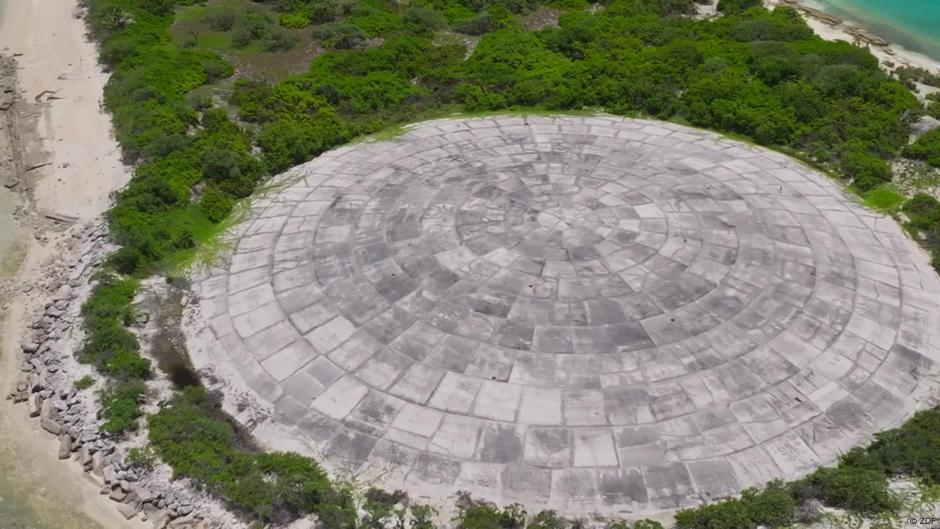
Nuclear waste in a South Seas paradise – DW – 02/19/2025
In the 1950s, the US carried out nuclear weapons tests on the Enewetak Atoll, part of the Marshall Islands. The resulting radioactive waste is still stored under the concrete “Runit Dome”. Now that’s at risk from heat and rising sea levels.
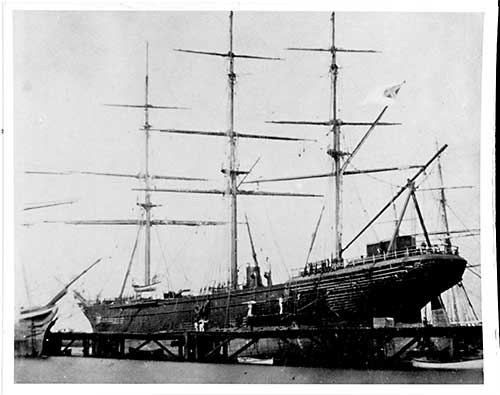
Effects of the CSS Shenandoah Incident at Pohnpei Island
World History Connected | Vol. 15 No. 1 | Justin Vance, Anita Manning, and Jacob Otwell: America's Civil War in the Pacific

Roland The Farter, The Royal Flatulist Of King Henry II
Medieval jester Roland the Farter was a professional flatulist who performed for the royal court of England's King Henry II in the mid-12th century.
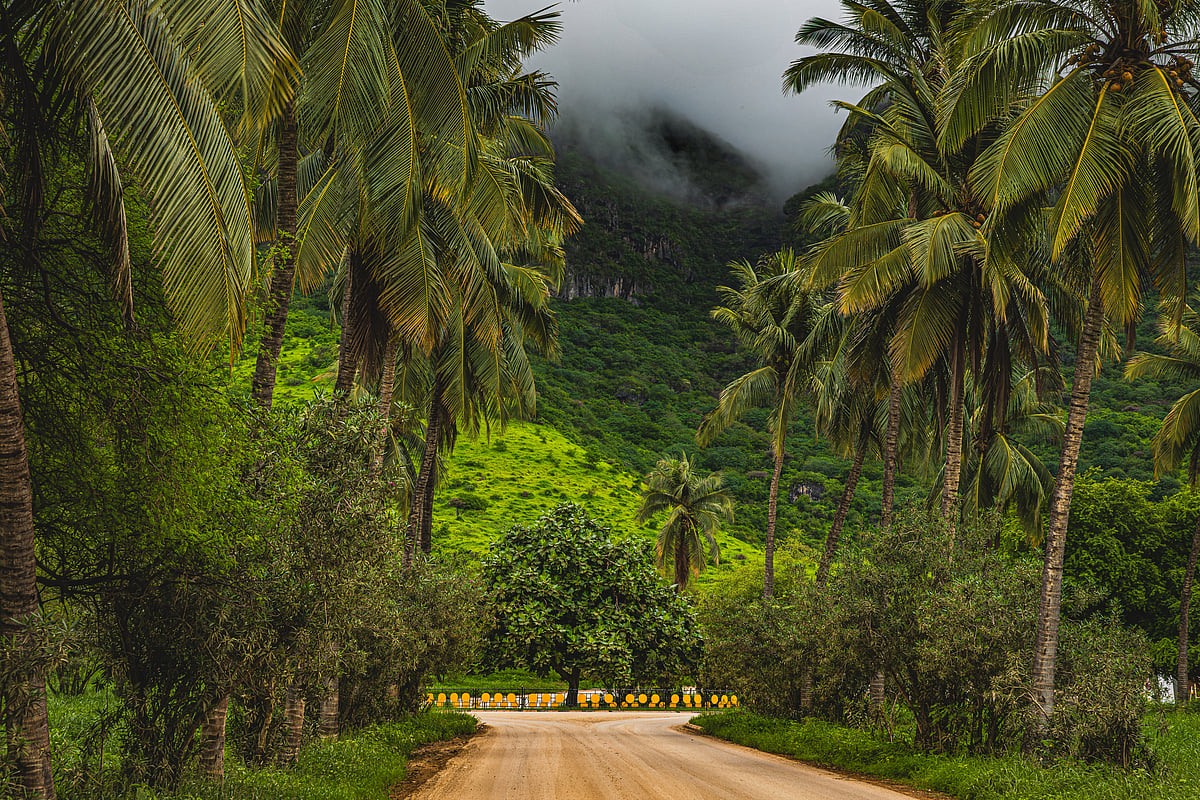
How to travel from the UAE to Salalah during the Khareef season
Travel Tips: Discover how to escape UAE's heat with a quick trip to Salalah during Khareef, experiencing lush landscapes and cool weather. Khareef began on June 21 and typically lasts until September 20. During this period, seasonal monsoon winds and moisture-laden clouds from the Arabian Sea and Indian Ocean sweep into southern Oman, bathing the Dhofar region in light rain and cool mist.
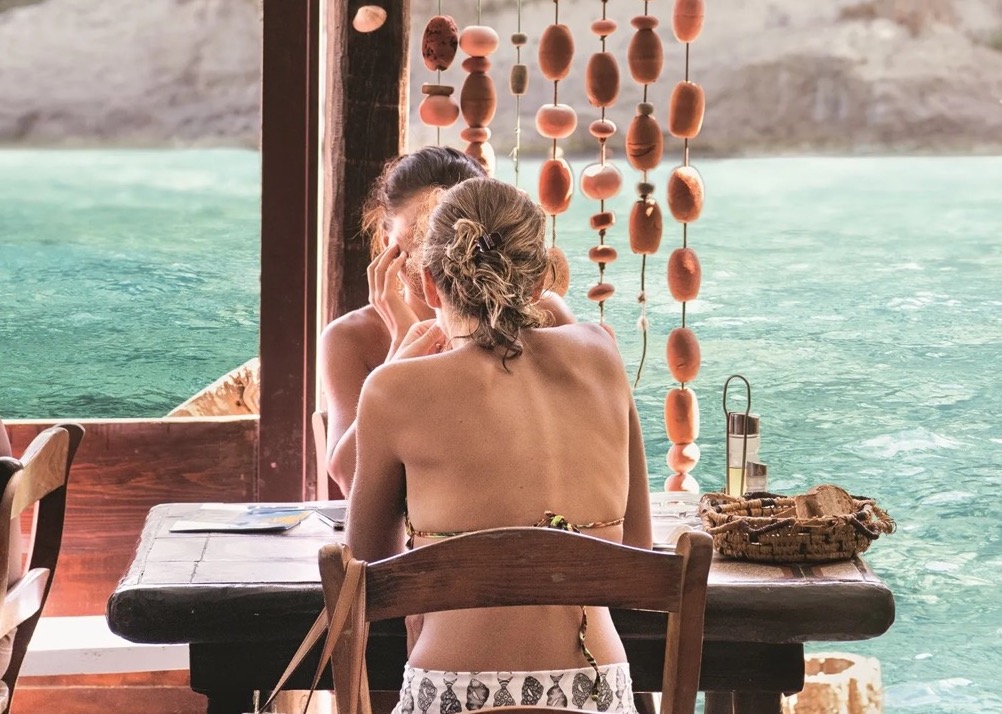
Ponza: Italy's dreamy secret island
The Italian island of Ponza has retained a gloriously retro sense of mystery with impossibly turquoise waters, golden cliffs, simple, fresh food and an elemental yet trippy magic atmosphere.

Unsung Heroes: The ‘drunk’ basket carriers
If you strolled through the streets of Turkey in the 1960s, you might have witnessed a drunk person being carried in a basket on the back of a hunched man. These basket carriers were known as “küfeci” which is derived from the Turkish word “küfe,” meaning “being too intoxicated to walk”. Bars would employ küfeci to carry home intoxicated customers. Küfeci were often daytime porters, and would transition to their nighttime role as basket carriers to safely deliver tipsy town folk home. Imagine the scene: a bustling Istanbul night, with patrons stumbling out of taverns and bars. When someone became too drunk to stand, the küfeci would step in. They’d place the intoxicated individual into a sturdy basket and hoist it onto their back. With determination, they’d navigate the winding streets, ensuring the patron reached their doorstep without incident. In Turkish culture, there’s even a saying: “küfelik olmak.” This phrase refers to the state of being so drunk that you require assistance to get home – specifically, carried home in a basket.

The A.D. 536 Catastrophe Reshaped Civilizations Around The World
The global climatic upheaval of A.D. 536 left a trail of destruction that reshaped the political and cultural landscape of multiple civilizations. Across continents, kingdoms faltered, economies crumbled and societies saw dramatic changes as humanity struggled to adapt to a new reality. Already strained by internal conflicts, the Byzantine Empire under Emperor Justinian I was devastated by the cascading effects of the A.D. 536 climate crisis. Just five years later, the Justinianic plague further weakened the empire, killing nearly 50% of the population in the Mediterranean region. The combination of famine, disease and economic stagnation disrupted trade routes and significantly reduced the empire’s ability to defend its borders. The Persian Sasanian Empire also faced severe agricultural failures due to declining temperatures and erratic weather. Persian military campaigns were hampered by food shortages while weakened infrastructure left them vulnerable to external threats, including Arab and Turkic incursions in the following century. Clearly, the societal aftershocks of what began in A.D. 536 were profound. While some civilizations adapted and rebounded, others crumbled, making way for new power structures and cultural movements.
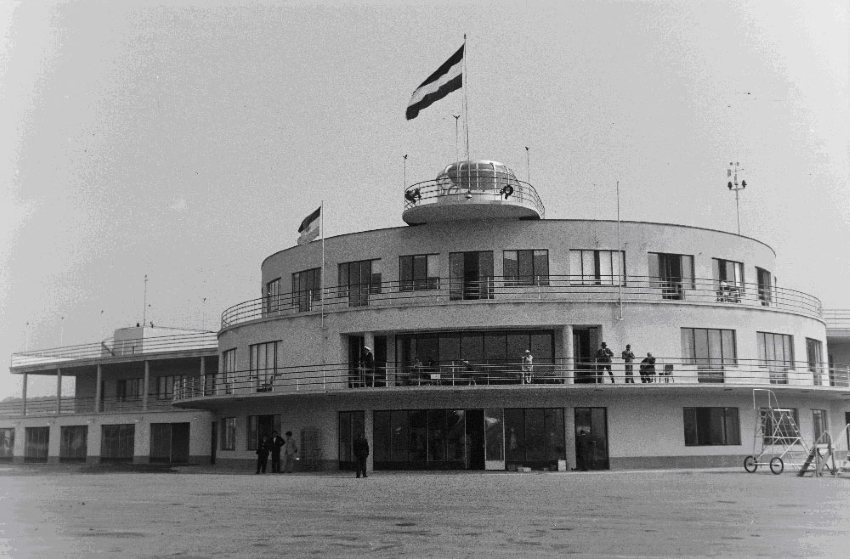
The Beautiful Yet Forgotten Budaörs Airport: A Time Capsule of Aviation History - Travel And Tour World
Explore the hidden Budaörs Airport, a 1930s Bauhaus treasure that preserves the charm of aviation history, offering modern flights and vintage experiences.
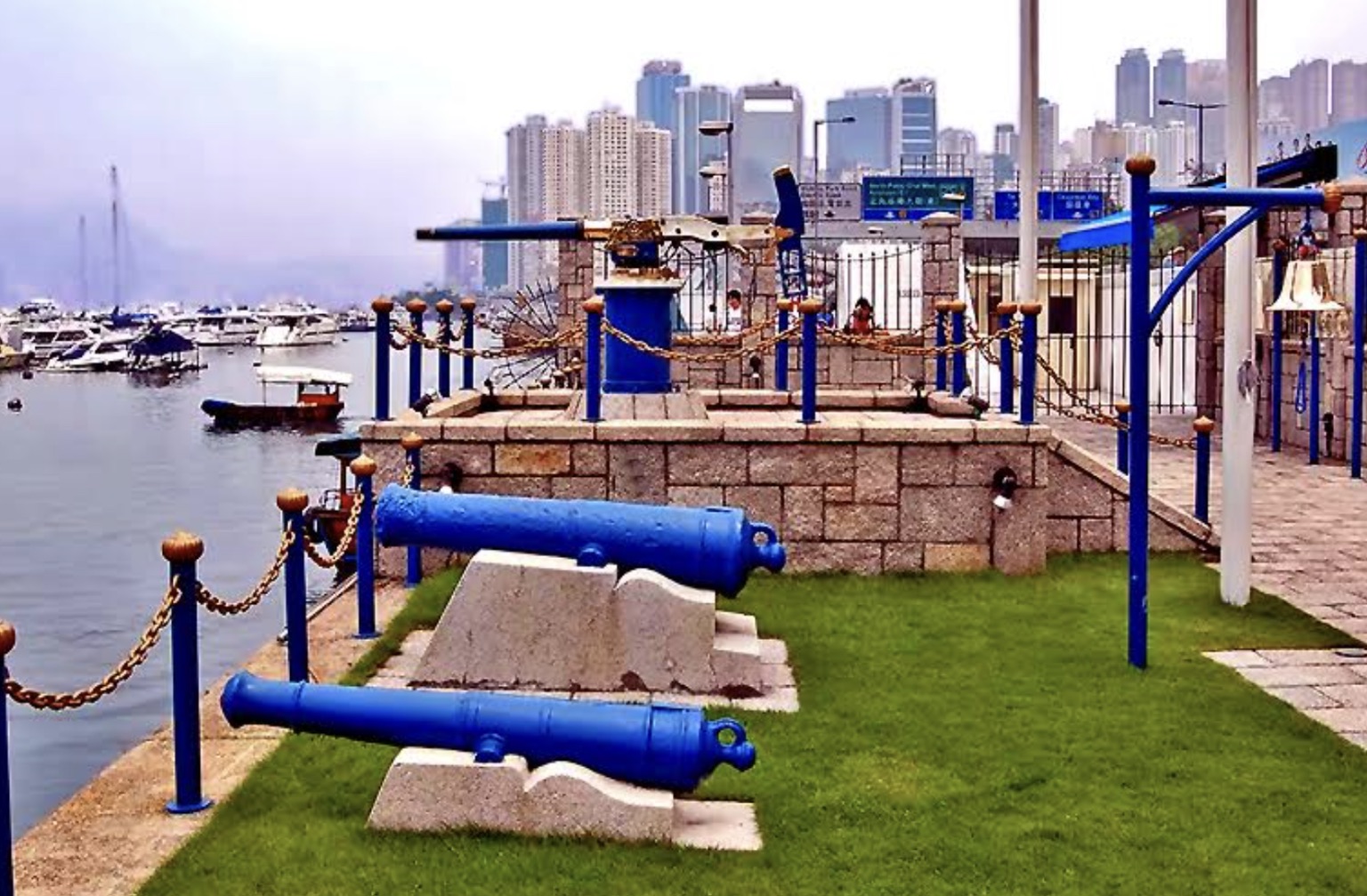
Hong Kong’s ‘Noonday Gun’ Echoes Through History
Every day at noon in Hong Kong, a distinct ceremony unfolds — a ship's bell rings followed by the firing of a cannon, its sound reverberating across Causeway Bay. The Noonday Gun has become a cherished ritual, deeply embedded in the city's rich history.

Oh, Waitukubuli! Exploring the Caribbean Island Nation of Dominica
Our journey to Dominica began with a window-crowding flight. Jimmy, Zach and I took turns pressing our noses against the always too-small plane window, trying to guess at which island Dominica was as we flew over the emerald waters of the Caribbean. “Is that Dominica? No wait! Is that Dominica?” Until finally, out of the clouds, came an island more mountainous than any we had seen, and at which point we knew we had arrived.

Kuchisabishii: The Japanese word which has immense relevance to lockdown life - The Times of India
"Eating out of boredom happens to the best of us, but kuchisabishii is about shaping it as a natural feeling and a forgiving experience, rather than t

Alone in a Crowd: There's Something Special About It | Psychology Today
In a compelling section of New York Magazine, New Yorkers describe what's so appealing about being alone in the city, whether at the movies or on the subway or in restaurants or just about anywhere else. It is a refreshing change from all the angst about loneliness.
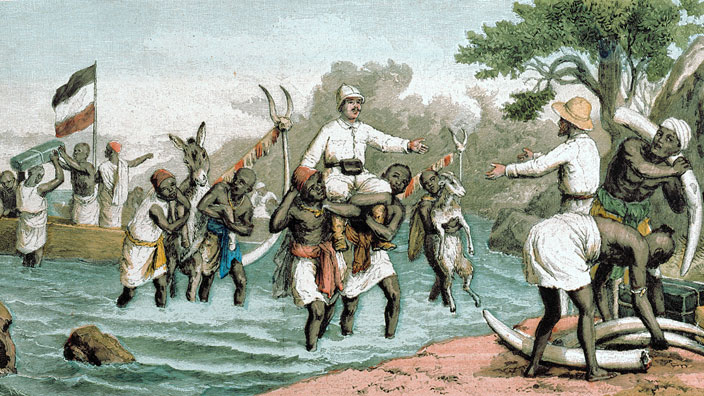
German colonial history
An exhibition will open soon at the Deutsches Historisches Museum (DHM, German Historical Museum) in Berlin on the subject of German Colonialism. Fragments Past and Present. We put four questions to Arnulf Scriba, project manager of the exhibition.
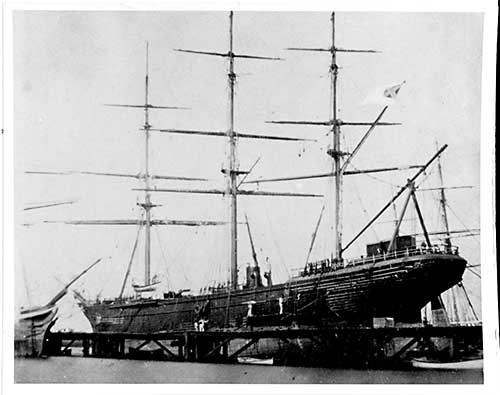
America's Civil War in the Pacific: Effects of the CSS Shenandoah Incident at Pohnpei Island
On April 1, 1865, the Confederate raider CSS Shenandoah [hereafter Shenandoah] captured and sank three U.S. flagged ships and one ship flying the flag of the Kingdom of Hawaii at the island of Pohnpei in Madolenihmw, Pohnahtik Bay. 1 The incident or "battle" at Pohnpei2 brought American Civil War hostilities directly to the Pacific and during the next several months made a profound and lasting impact on those living and working in Hawaii and the Pacific Islands. The amount of literature on the commerce raider Shenandoah has grown extensively in the past dozen years. There are now many works varying in scope and quality that recap its remarkable voyage around the world, its officers and crew, and its capture of 38 vessels, mostly US flagged whalers in the Pacific, in an asymmetric Confederate strategy that attempted to turn the tide of the war. Two of the authors of this study have previously identified how the Shenandoah and the Civil War was instrumental in bringing a virtual end to the Pacific whaling industry. 3However, there is not yet a study dedicated to closely examining the actions which took place at Pohnpei Island during its cruise. The destruction of the four whaling ships at that small Micronesian island was a critical event that led to the tactical success of the rest of the Shenandoah's cruise. More importantly, the "battle" of Pohnpei had serious and lasting economic, legal, and social effects on Hawaii and the Pacific. Utilizing documents from archives located in Hawaii not used previously in the study of the Shenandoah's cruise, this paper investigates this action and its short and long-term effects, local and global. It analyzes the event's repercussions from many perspectives in addition to that of the belligerents including the indigenous people of the island, missionaries located on the island, and the Hawaiian Monarchy who launched a rescue mission. Using diplomatic correspondence, evidence generated by law suits, and records of a 19th Century U. S. Senate Hearing, this study also investigates the sinking of Harvest, a Hawaii-flagged and owned whaler and its owners' post-war decades long legal battles seeking reparations.

Wagah Border Ceremony | My Travel Encounters
Discover the mesmerizing Wagah Border Ceremony in Amritsar, with timing, entry fee details, and more. Witness the thrilling border ceremony at Wagah.
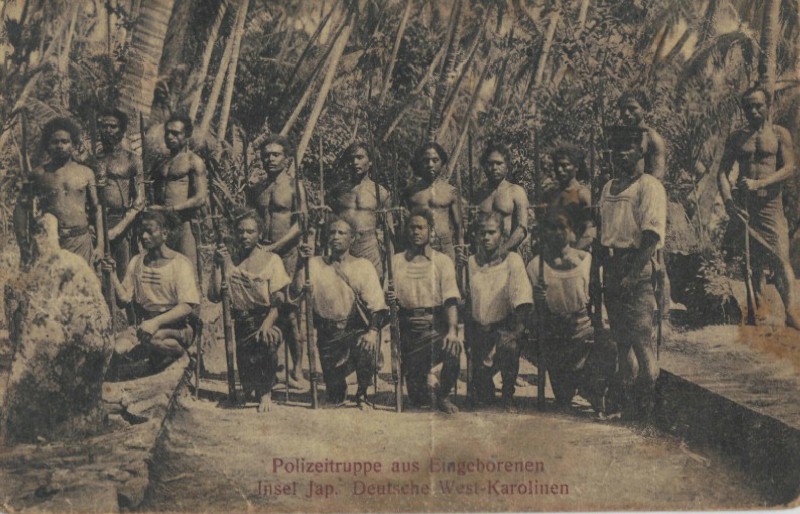
German Colonial Uniforms - German New Guinea Micronesian Polizeitruppe Other Ranks
After the establishment of German New Guinea on Kaiser-Wilhelmsland and the Bismarck Archipelago in 1884, the colony gradually spread Northwards taking control many of the islands of Micronesia. The Caroline and Marshall Islands became part of German New Guinea in 1885, as did Nauru in 1888 and finally the Marianas in 1899 (except American Guam). Also in 1899 the first Polizeitruppe were established on these islands, under the command of a handful of German Polizeitruppe NCOs. The other ranks were recruited from Malays in the Dutch East Indies. Some, but not all, had previous military experience in Dutch service. There were originally 12 in the West Carolines, 22 in the East Carolines and 12 in the Marianas.
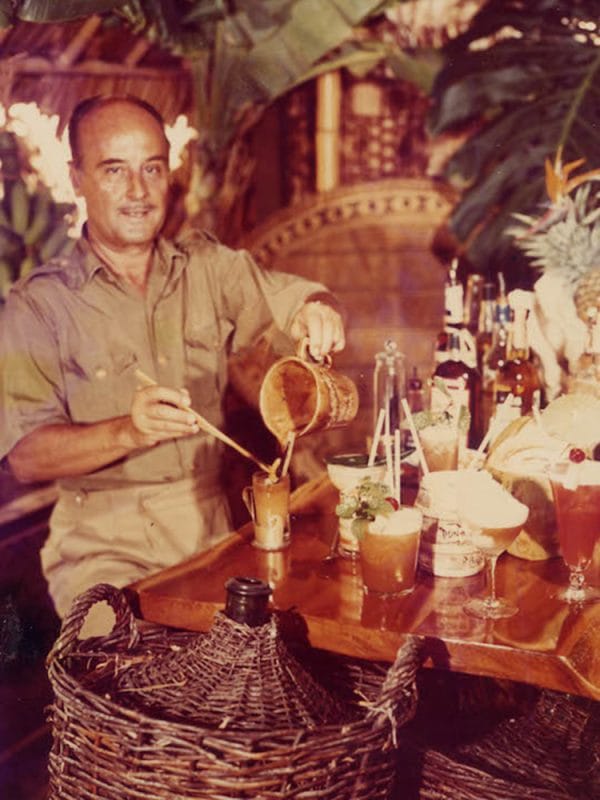
Don the Beachcomber’s Mai Tai | The Alchemist
Donn Beach—a.k.a. Ernest Raymond Beaumont Gantt, a.k.a. Don the Beachcomber—reportedly invented his version of the drink in 1933, when it was called a Mai Tai Swizzle.
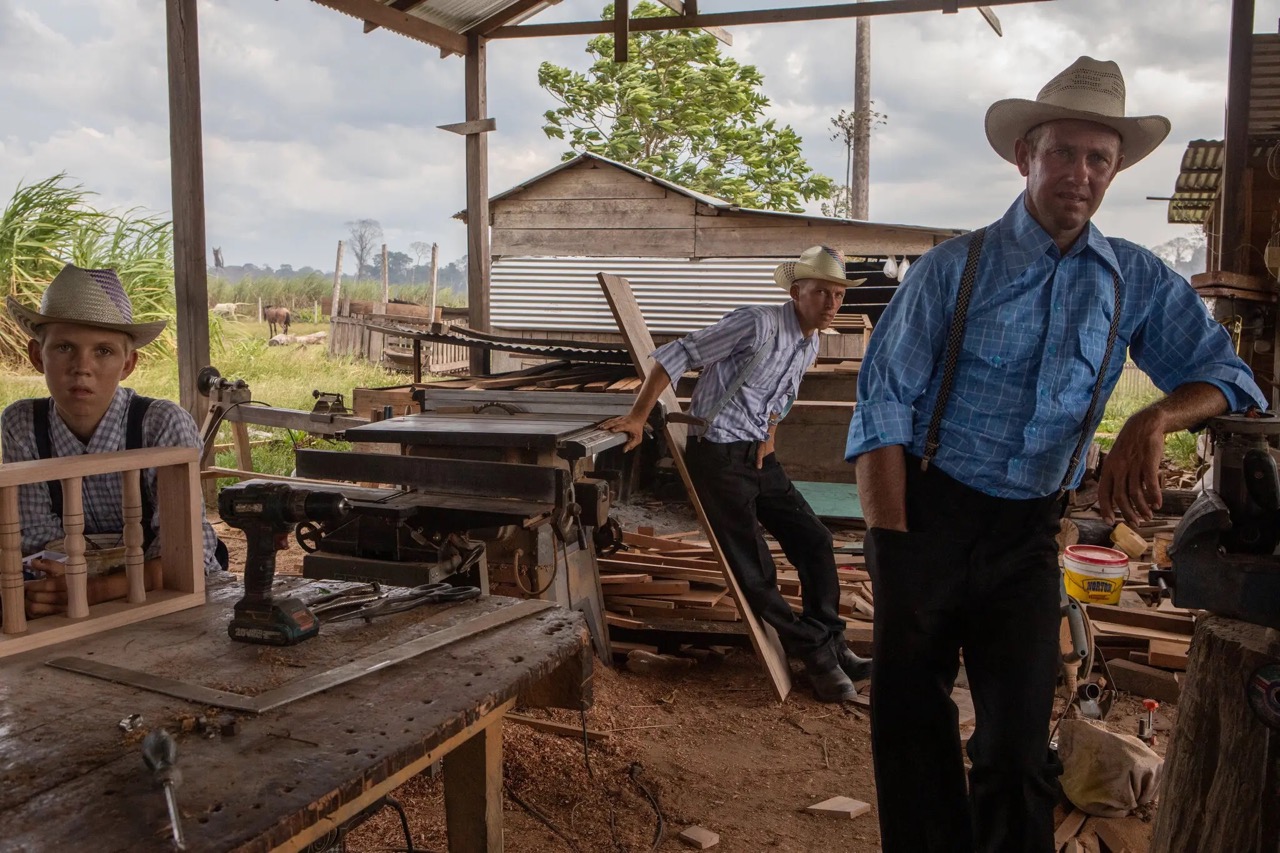
The Mennonites Making the Amazon Their Home
Groups of Mennonites, seeking inexpensive land far from modern life, are carving out new colonies in the Amazon. They are also raising fears that they are adding to the deforestation of the vital jungle.

An 80,000-year history of the tomato - by Evan DeTurk
Nearly 80,000 years ago, Central and South America were home to a blueberry-sized plant called Solanum pimpinellifolium – the ancestor of modern tomatoes. Wild descendants of this plant, called currant tomatoes, can still be eaten today but are more labor-intensive to pick and less versatile in the kitchen than their domesticated cousins. Some varieties are also toxic to humans. Native Americans recognized the utility of having a larger, safer plant and began breeding accordingly. By roughly 7,000 years ago they had created precisely this: Solanum lycopersicum, the common tomato.
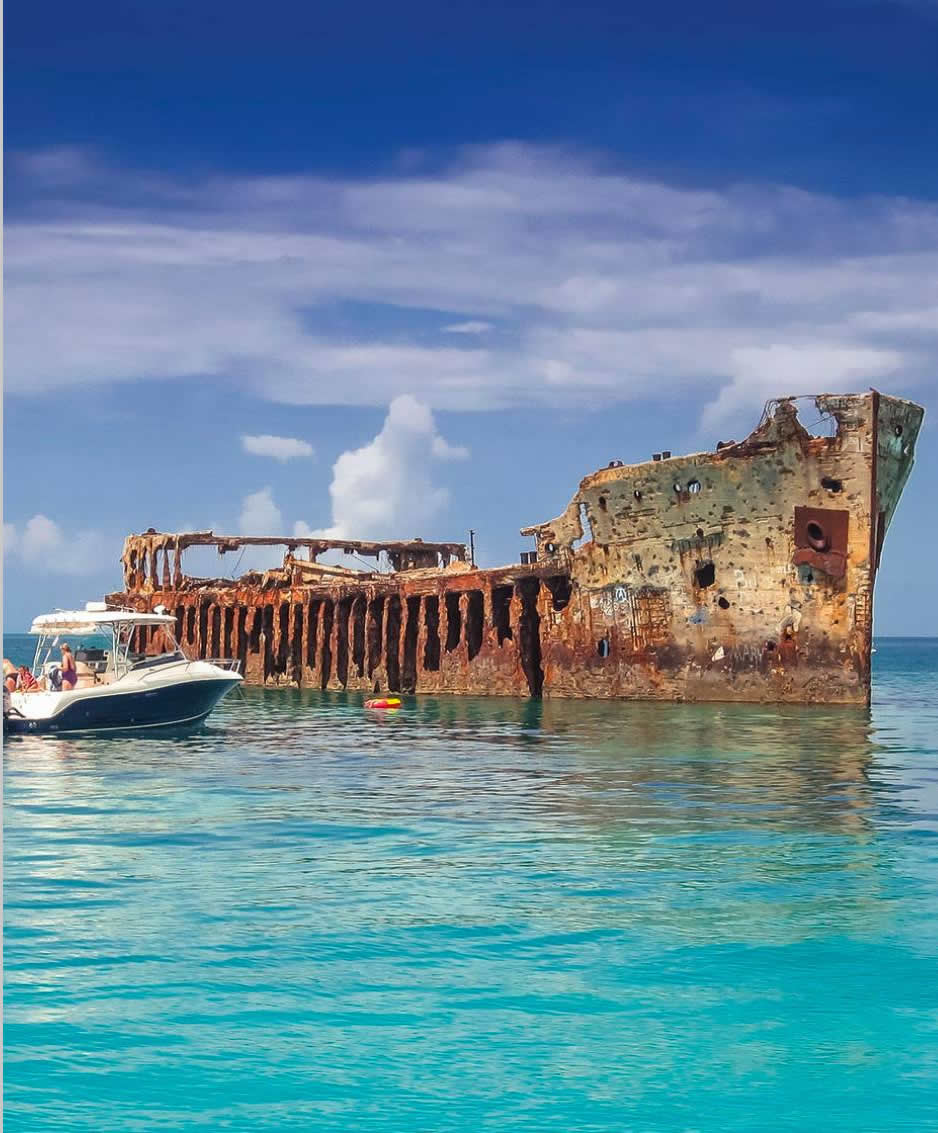
SS Sapona - Wreck Location Map & GPS Coordinates - Shipwreck Finder
The SS Sapona is a concrete-hulled cargo steamer that ran aground near Bimini in the Bahamas during a hurricane in 1926. It was originally built during World War I as one of twelve experimental concrete ships. After the war, it was sold and used for various purposes, including as a casino and oil storage barge, before ultimately ending up as a shipwreck. Today, the wreck is a popular dive site and a landmark for boaters. Sapona was constructed in 1920 by the Liberty Ship Building Company in Wilmington, North Carolina for the United States government originally part of the planned 24 ship World War I emergency fleet. Her sister ship was the Cape Fear.
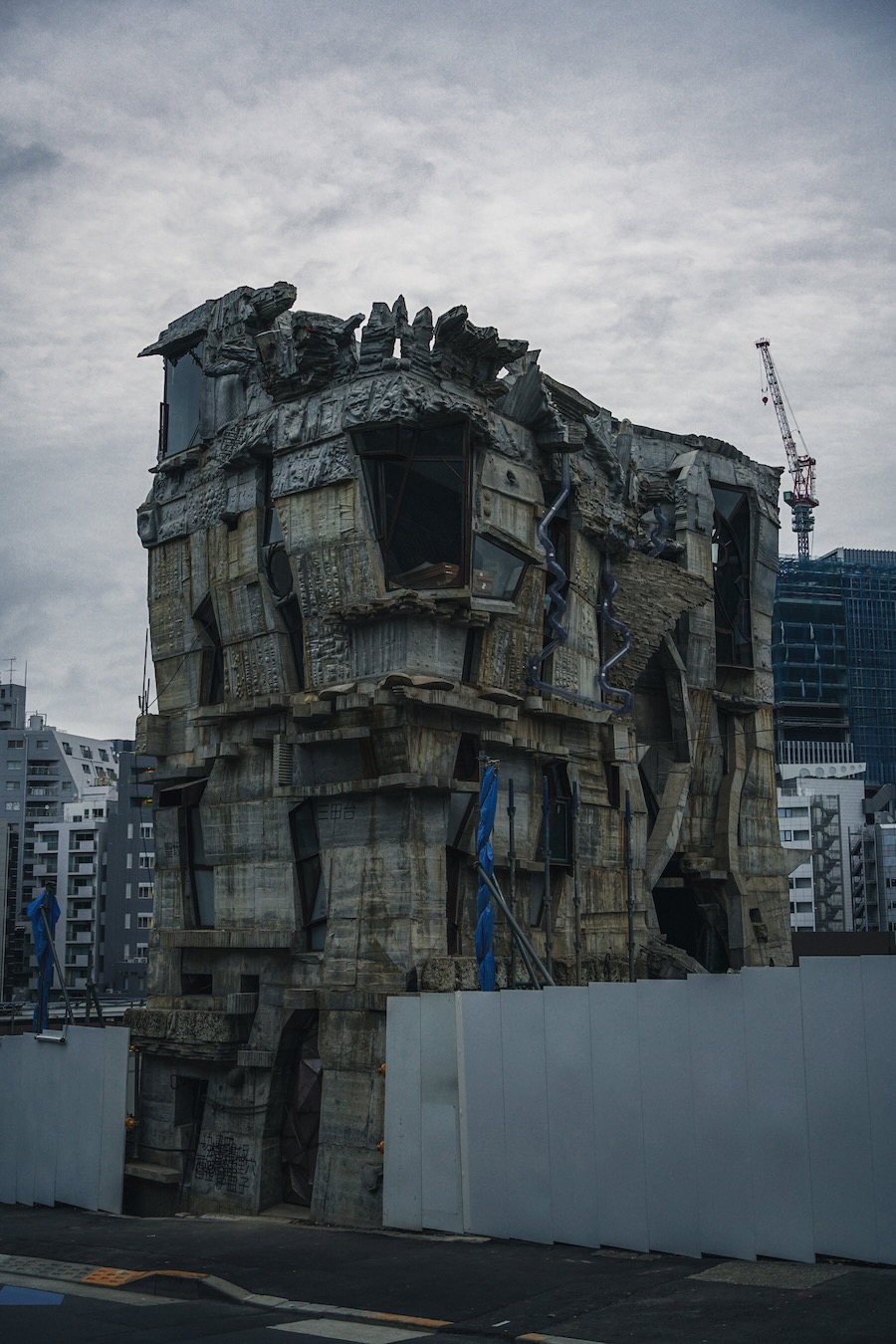
Keisuke Oka’s Arimaston Building in Tokyo, Made Entirely by Hand | Spoon & Tamago
After nearly 15 years of doing everything from gathering materials to mixing concrete, Oka is nearing the completion of the Arimaston Building. The scaffolding has recently come down, and at a time that couldn’t be more surreal: the neighborhood is undergoing a large-scale redevelopment and the apartment buildings and offices nearby have all been demolished.
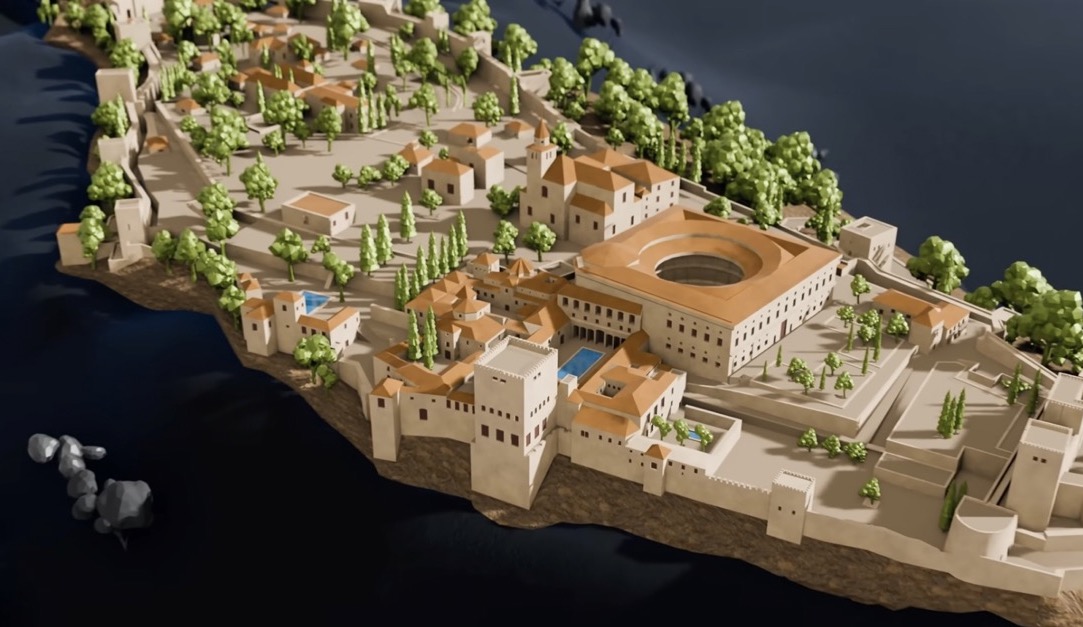
The Ancient City That Mastered Water
Have you ever wondered if water can flow uphill? In this video, we dive into the incredible engineering of the Alhambra Palace in Granada, Spain. Join us as we explore the history, architecture, and groundbreaking technology behind one of the world’s most stunning architectural masterpieces. Discover how this medieval marvel used advanced hydraulic systems to power fountains, underfloor heating, and even water clocks.
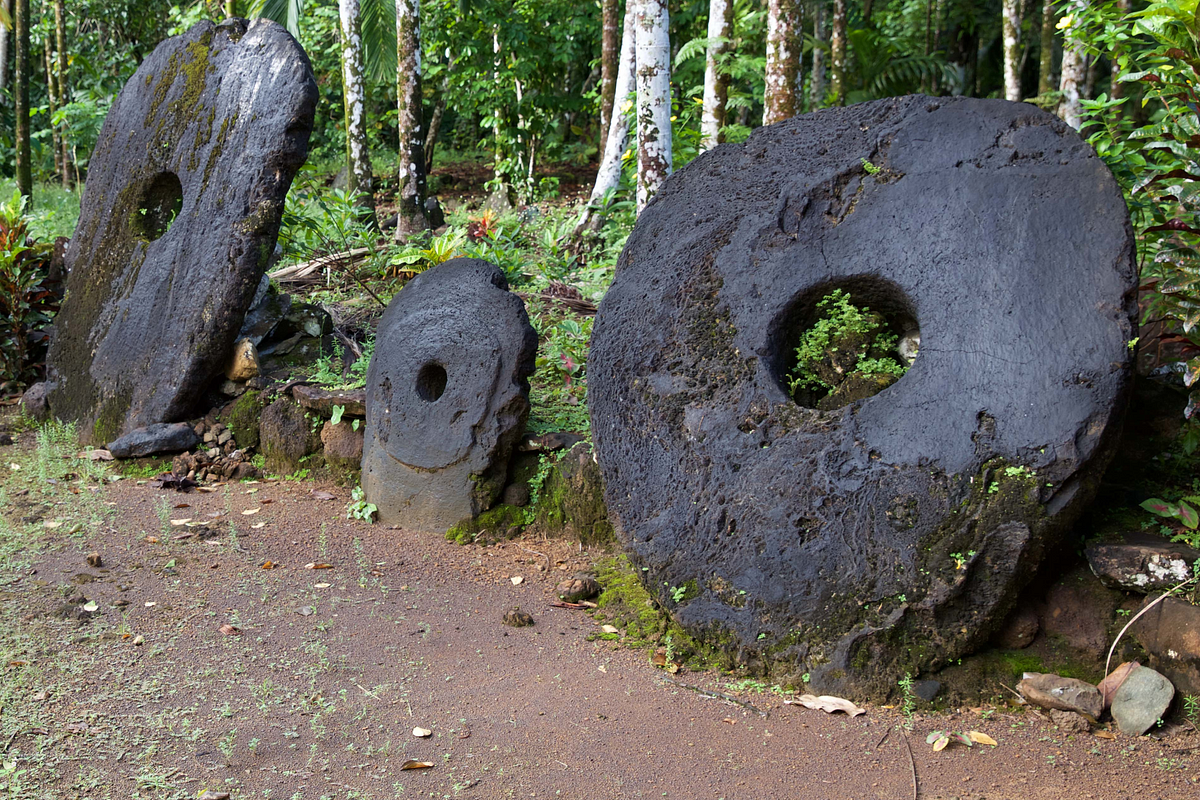
The Fascinating Story of Yap Island's Rai Stones: How Stone Coins Shaped a Society
In the heart of the Pacific Ocean lies the Federated States of Micronesia, a nation made up of thousands of small islands. Among these islands is Yap, a speck in the vast ocean that is home to one of the most unique forms of currency in the world: the Rai Stones. These massive, circular discs made of limestone have been used as a form of money on Yap Island for centuries, and their story is nothing short of fascinating. From their origins as a currency used for trade and social status to their enduring significance in Yapese culture today, the Rai Stones have truly shaped the society of this small island in the Pacific.
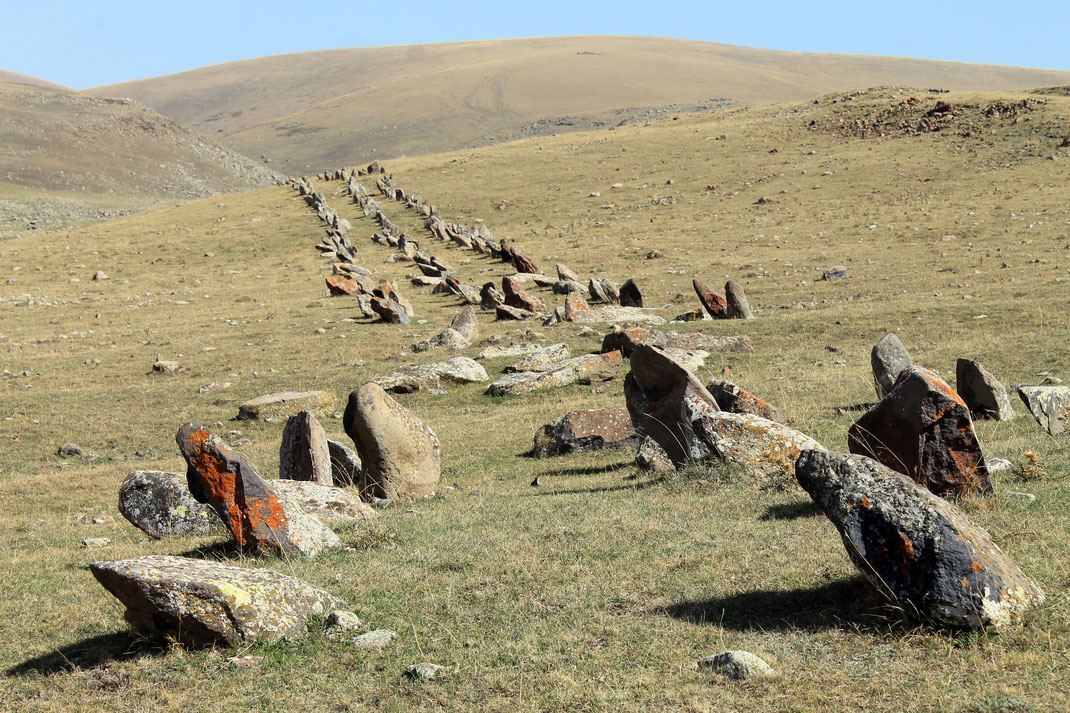
Hartashen Megalithic Avenue Stone Row / Alignment : The Megalithic Portal and Megalith Map:

The Art of Haruki Nakamura’s Paper Toys
This artist draws inspiration from origami to create figurines that unfold or come to life when they are thrown or touched.

Pine Gap - Satellite Surveillance Base
Pine Gap is a satellite surveillance base and Australian Earth station approximately 18 km (11 mi) south-west of the town of Alice Springs, Northern Territory. It is jointly operated by Australia and the United States, and since 1988 it has been officially called the Joint Defence Facility Pine Gap (JDFPG); previously, it was known as Joint Defence Space Research Facility.[1] It plays a significant role in supporting the intelligence activities and military operations of the US.[2] The station is partly run by the US Central Intelligence Agency (CIA), US National Security Agency (NSA), and US National Reconnaissance Office (NRO) and is a key contributor to the NSA’s global interception/surveillance effort, which included the ECHELON program.[3][4][5][6] The classified NRO name for the Pine Gap base is Australian Mission Ground Station (AMGS), while the unclassified cover term for the NSA function of the facility is RAINFALL.[7] Source: International Flying Saucer Bureau (IFSB)

The Crumbling Runit Dome: The Hidden Nuclear Nightmare of the Marshall Islands
The Pacific is still facing nuclear blight nearly 70 years since the last test. Many see the Runit Dome as a ticking time bomb.
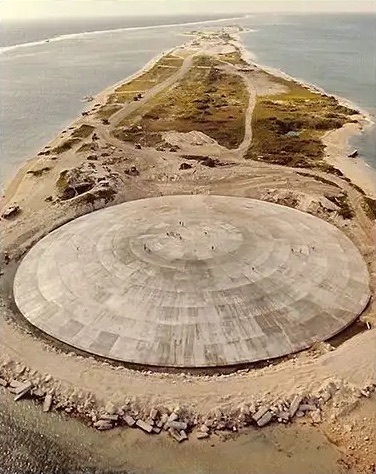
The Runit Dome Dilemma | Rising Tides, Lingering Shadows
Located halfway between Hawaii and Australia in the vast expanse of the Pacific Ocean lies a haunting reminder of the U.S.â nuclear testing legacyâRunit Dome. The dome symbolizes the dual tragedies of a changing climate and a toxic past, both present realities that the Marshallese people, distant from much of the worldâs eyes, are left to confront.

The Island Of Drunk Monkeys
How the Caribbean island of St. Kitts became infamous for primates with a taste for booze -- the fascinating island of drunk monkeys.
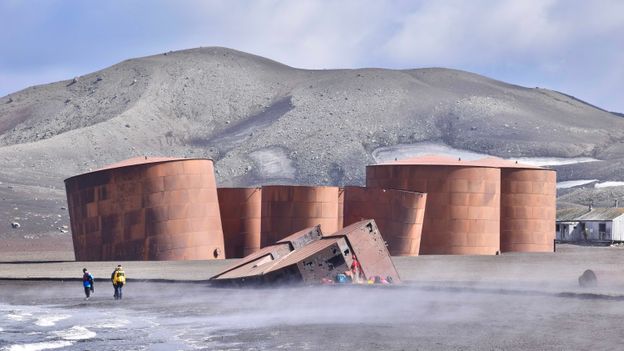
Antarctica's volatile 'Deception Island'
Not only is Deception Island littered with lore and history, it's also one of the only places on the planet where ships can sail directly into the centre of a submerged caldera.

Abandoned Cold War Radar - Atlas Obscura
This abandoned radar site is slowly being taken back by the jungle, its mission cut short by the end of the Cold War.
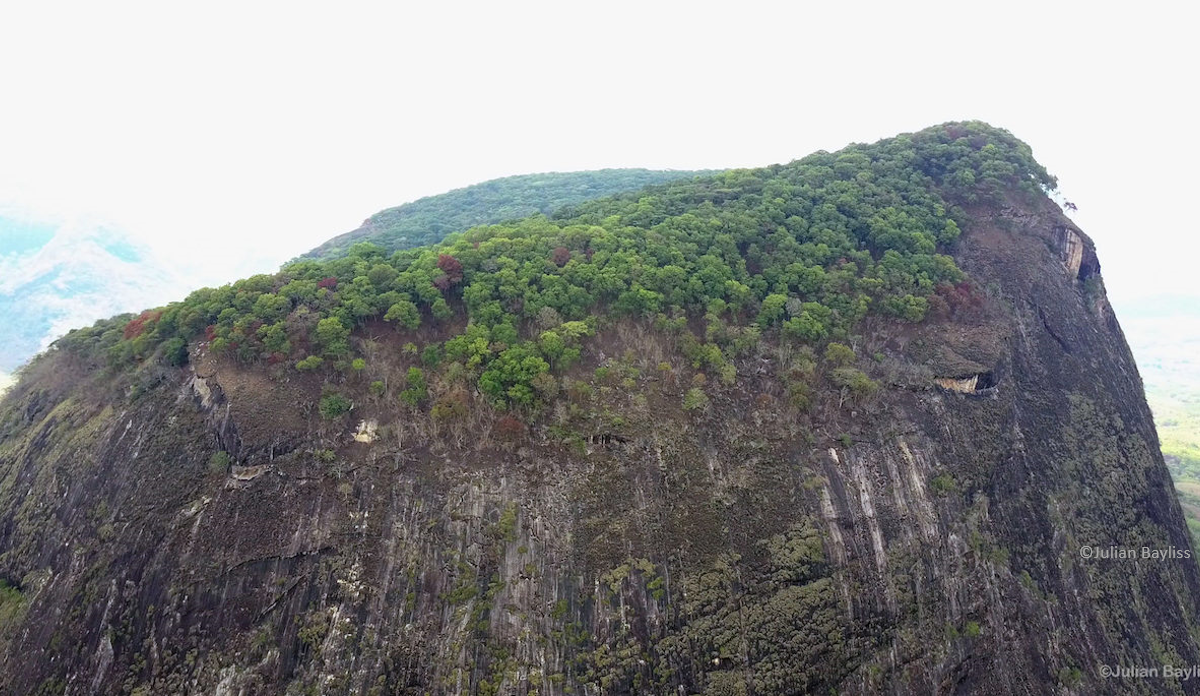
Secrets revealed: Researchers explore unique, isolated forest in Mozambique
Environmental science and conservation news

The Earhart Project - Betty's Notebook
A 15 year old girl, Betty Klenck, was living in St. Petersburg, Florida in the summer of 1937. One afternoon in July – the exact date is not known – at about 3 p.m. Betty was sitting on the floor in front of her family’s radio console. She liked to listen to music and kept a notebook in which she jotted the words to her favorite songs, made notes of current movies and drew pencil sketches of glamorous people. She also liked to listen to the “short wave.” Her father had erected a long wire antenna – perhaps 60 feet in length – across the back yard from the house to a pole near the street. Betty could routinely pick up stations all over the world. This particular afternoon she was “cruising” across the dial in search of anything interesting when she came upon a woman’s voice, speaking in English and obviously quite upset. Betty listened for a while and was startled to hear the woman say, “This is Amelia Earhart. This is Amelia Earhart.”

Tuvalu | The first digital nation
Tuvalu | The first digital nation
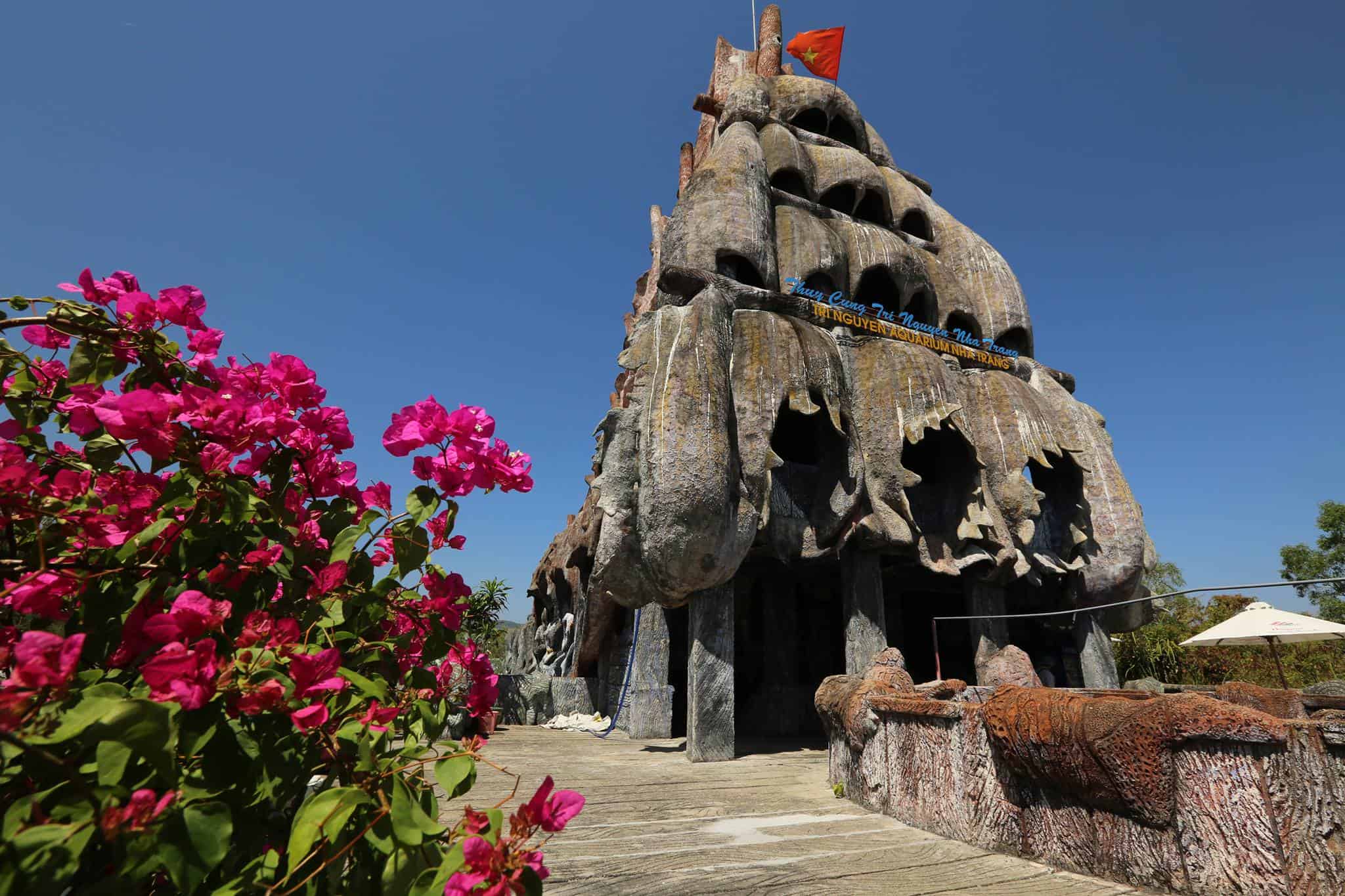
Discover The Mysterious Nha Trang Marine In Tri Nguyen Aquarium
Tri Nguyen Aquarium is one of the destinations in Nha Trang that is worth your visit. Let’s explore why it is so attractive!
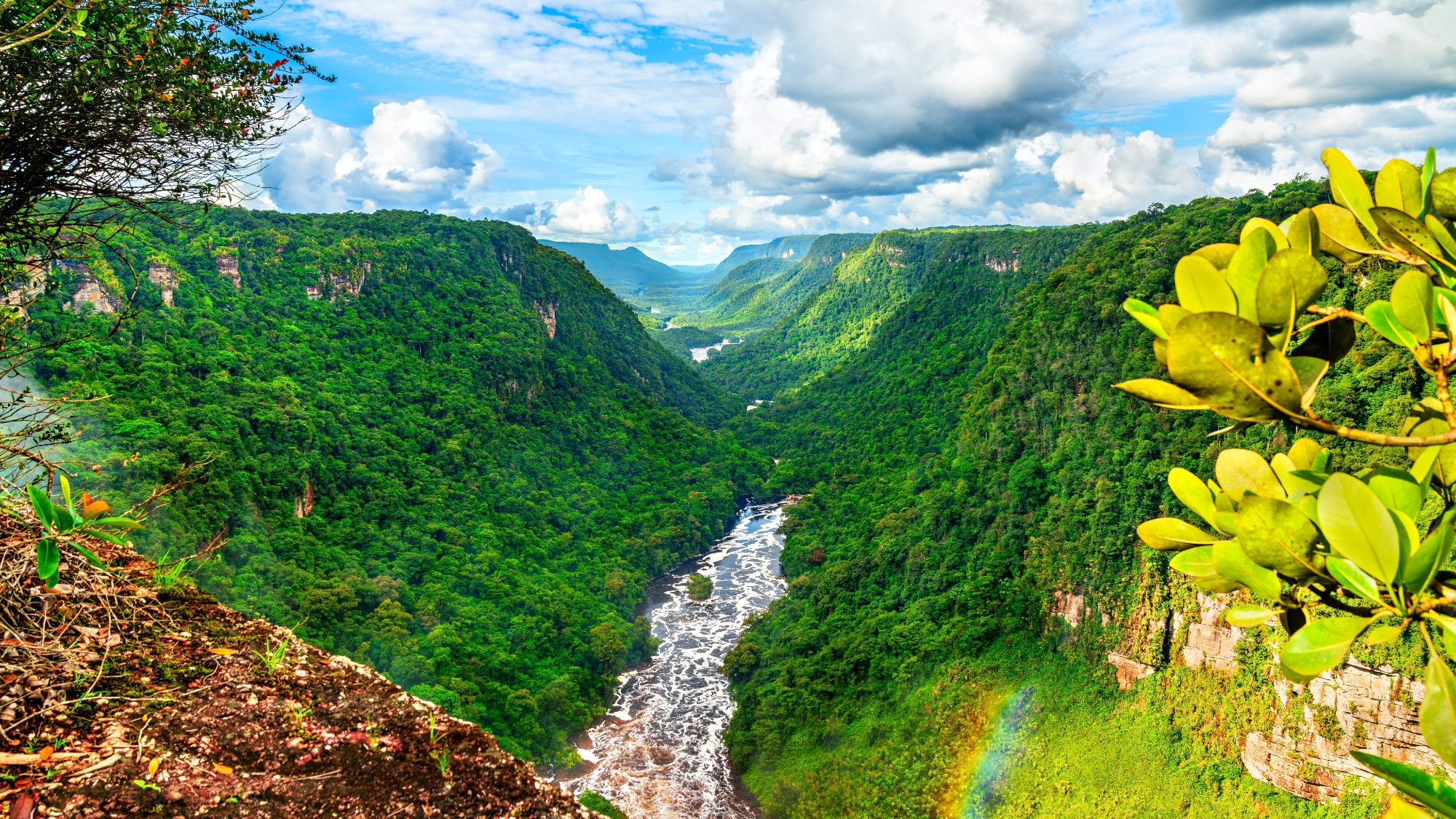
This Is the Only Country in the World That Can Feed Itself
If you think major agricultural powerhouses like the US or China are capable of feeding themselves, you’re wrong.
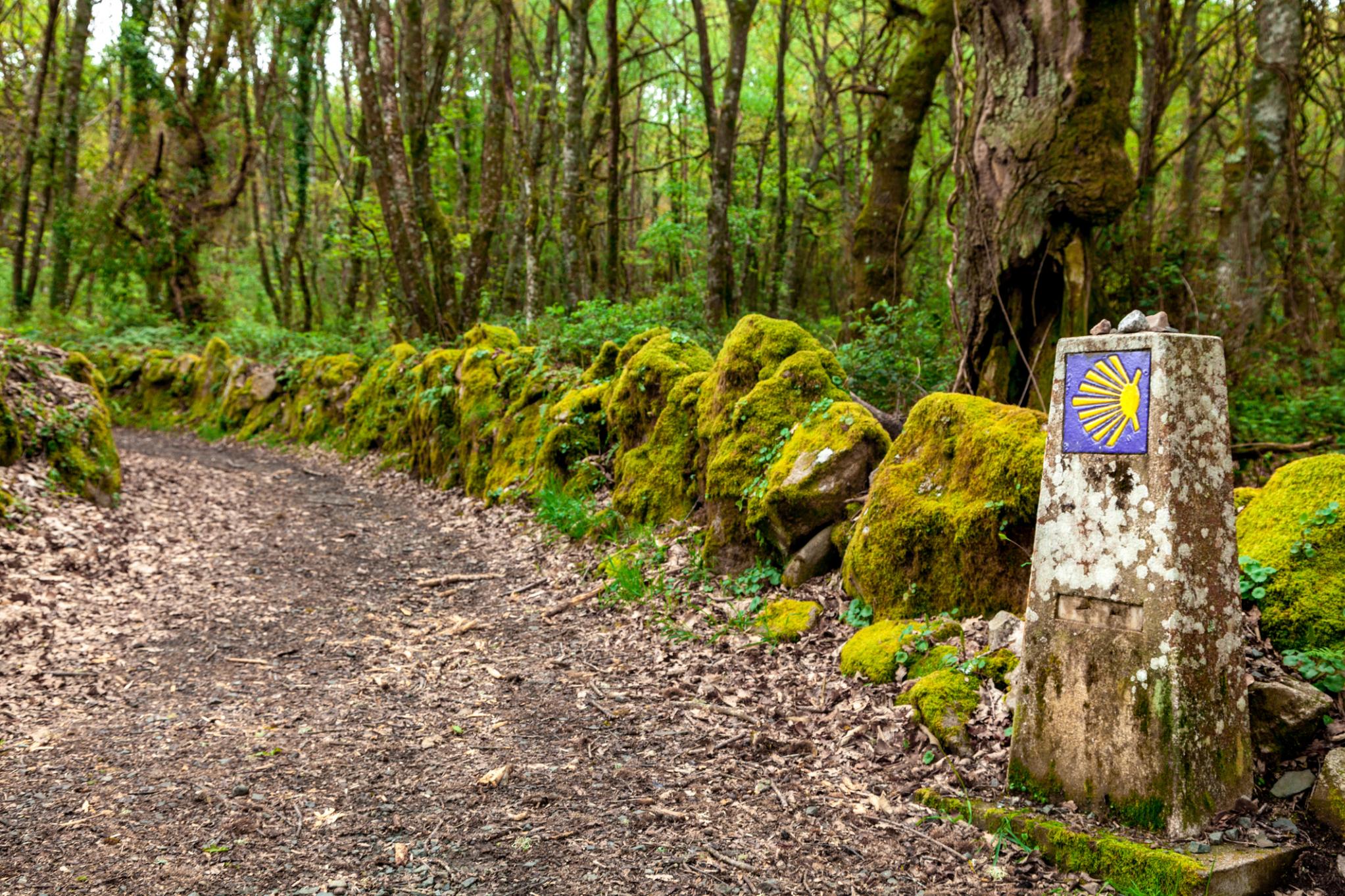
A Guide to the Camino de Santiago, Europe's Famous Pilgrim's Routes
Want to hike the Camino de Santiago? Here are some of the different routes, plus a short history of the Camino.
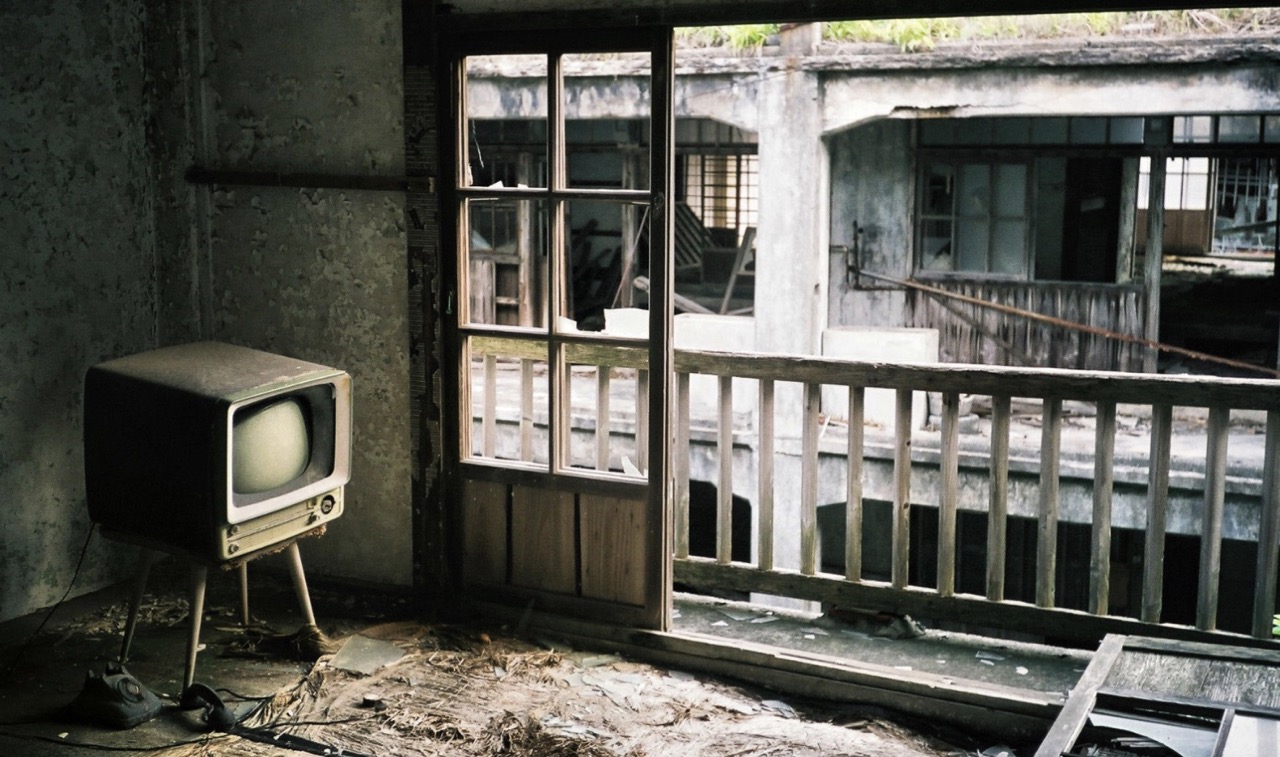
Hashima is a Japanese ghost island with a dark history | Architectural Digest India
Hashima, also known as Gunkanjima, was once the most densely populated town in Japan. Overnight, its population was forcibly evacuated.

The beautiful side to border towns
View these frontiers as inconveniences and you won’t be disappointed. But view them for what they are – magical points on the atlas – and the possibilities are boundless.
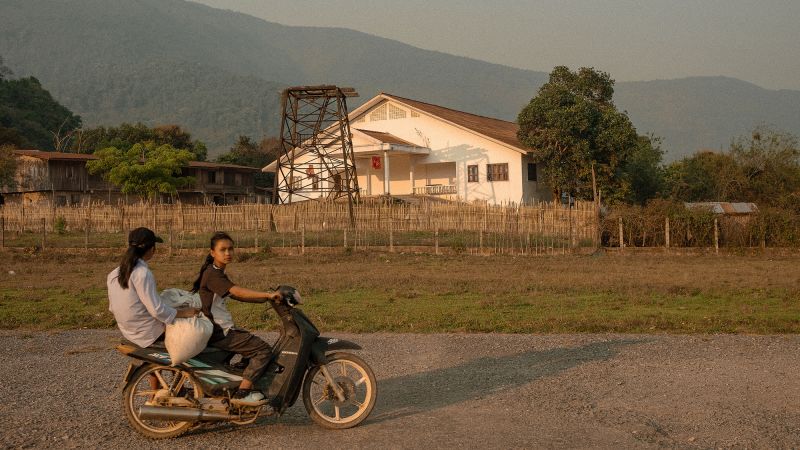
Long Tieng, Laos: Once the most secret place on Earth
Deep in the sweltering jungles of central Laos, Long Tieng played a central role in the United States' fight to stop the spread of communism in Southeast Asia. Fifty years after its fall, we explore the remnants of the US presence in the area.
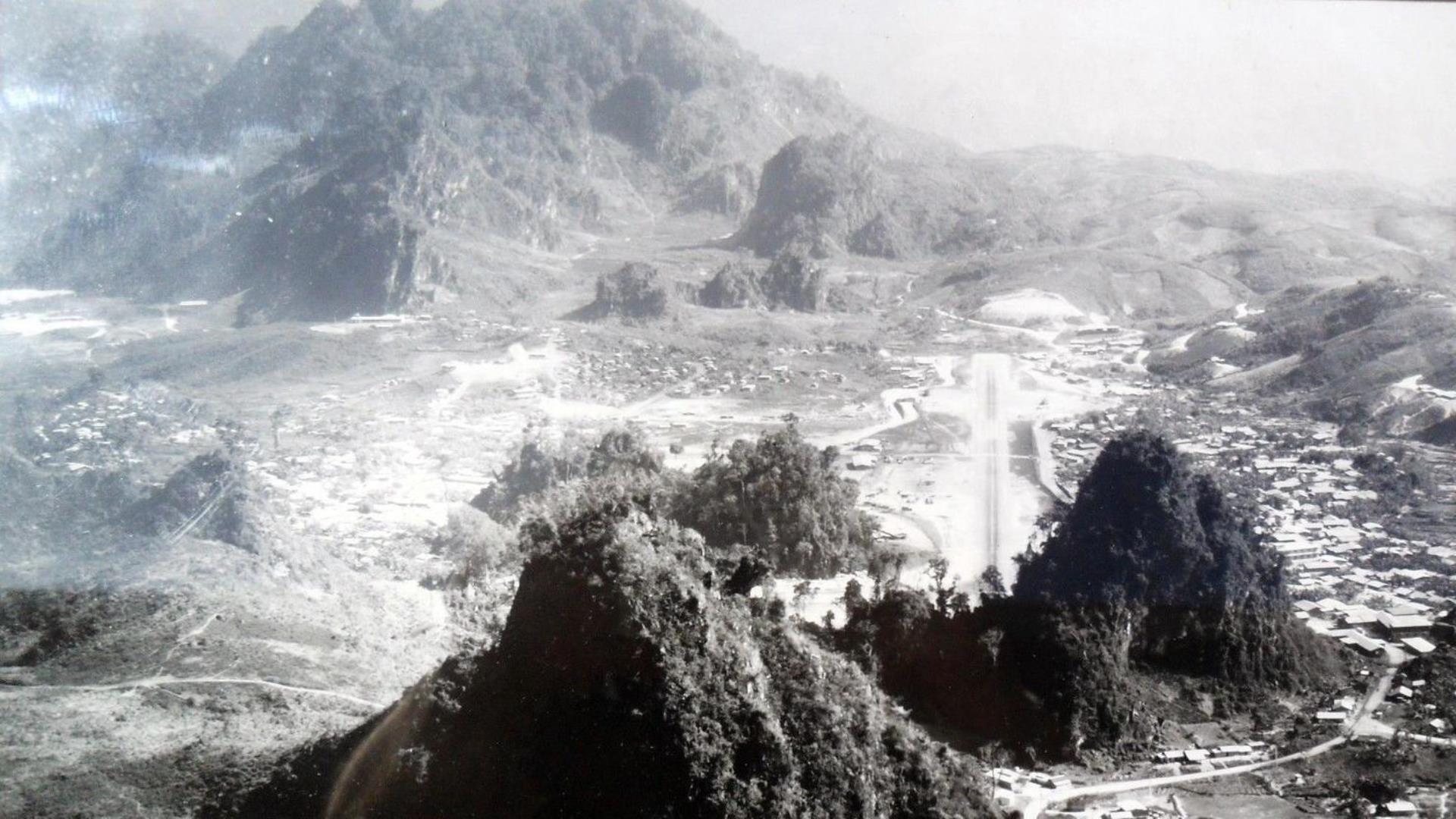
Laos, Long Tieng Loop: The Heart of Laos - 9 days | Secret War Tour - Laos-Adventures.com by Tiger Trail Travel Laos
No description available.
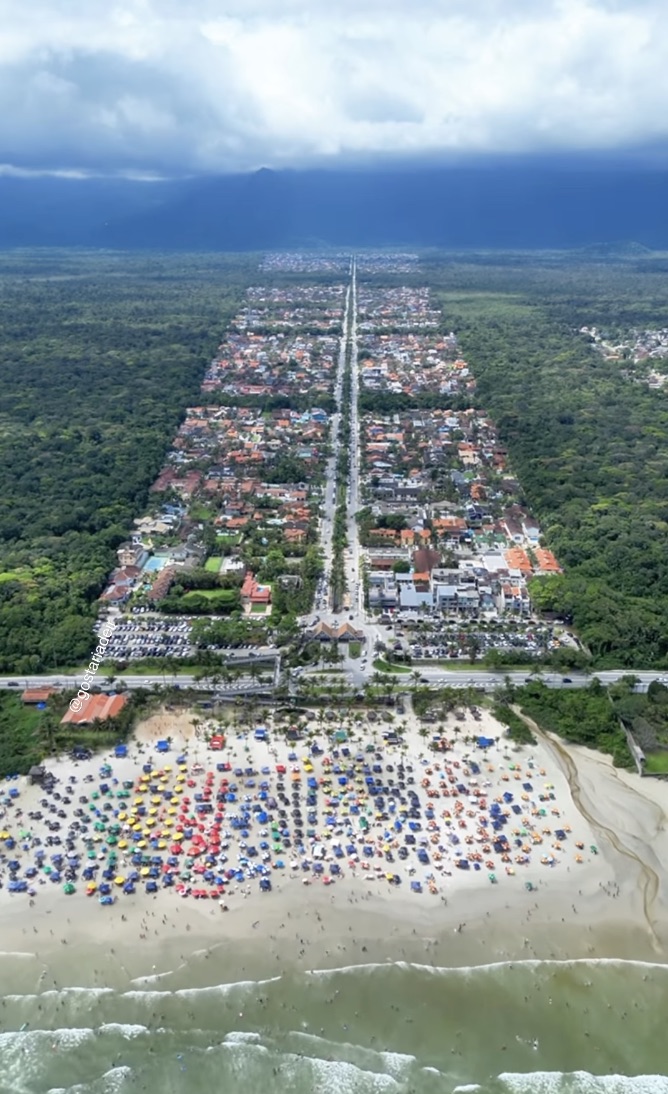
Morada da Praia, Bertioga - Brazil

Holidays in Hell
P. J. O'Rourke's classic, best-selling guided tour of the world's most desolate, dangerous, and desperate places. "Tired of making bad jokes" and believing that "the world outside seemed a much worse joke than anything I could conjure," P. J. O'Rourke traversed the globe on a fun-finding mission, investigating the way of life in the most desperate places on the planet, including Warsaw, Managua, and Belfast. The result is Holidays in Hell--a full-tilt, no-holds-barred romp through politics, culture, and ideology. P.J.'s adventures include storming student protesters' barricades with riot police in South Korea, interviewing Communist insurrectionists in the Philippines, and going undercover dressed in Arab garb in the Gaza Strip. He also takes a look at America's homegrown horrors as he braves the media frenzy surrounding the Reagan-Gorbachev summit in Washington D.C., uncovers the mortifying banality behind the white-bread kitsch of Jerry Falwell's Heritage USA, and survives the stultifying boredom of Harvard's 350th anniversary celebration. Packed with P.J.'s classic riffs on everything from Polish nightlife under communism to Third World driving tips, Holidays in Hell is one of the best-loved books by one of today's most celebrated humorists.
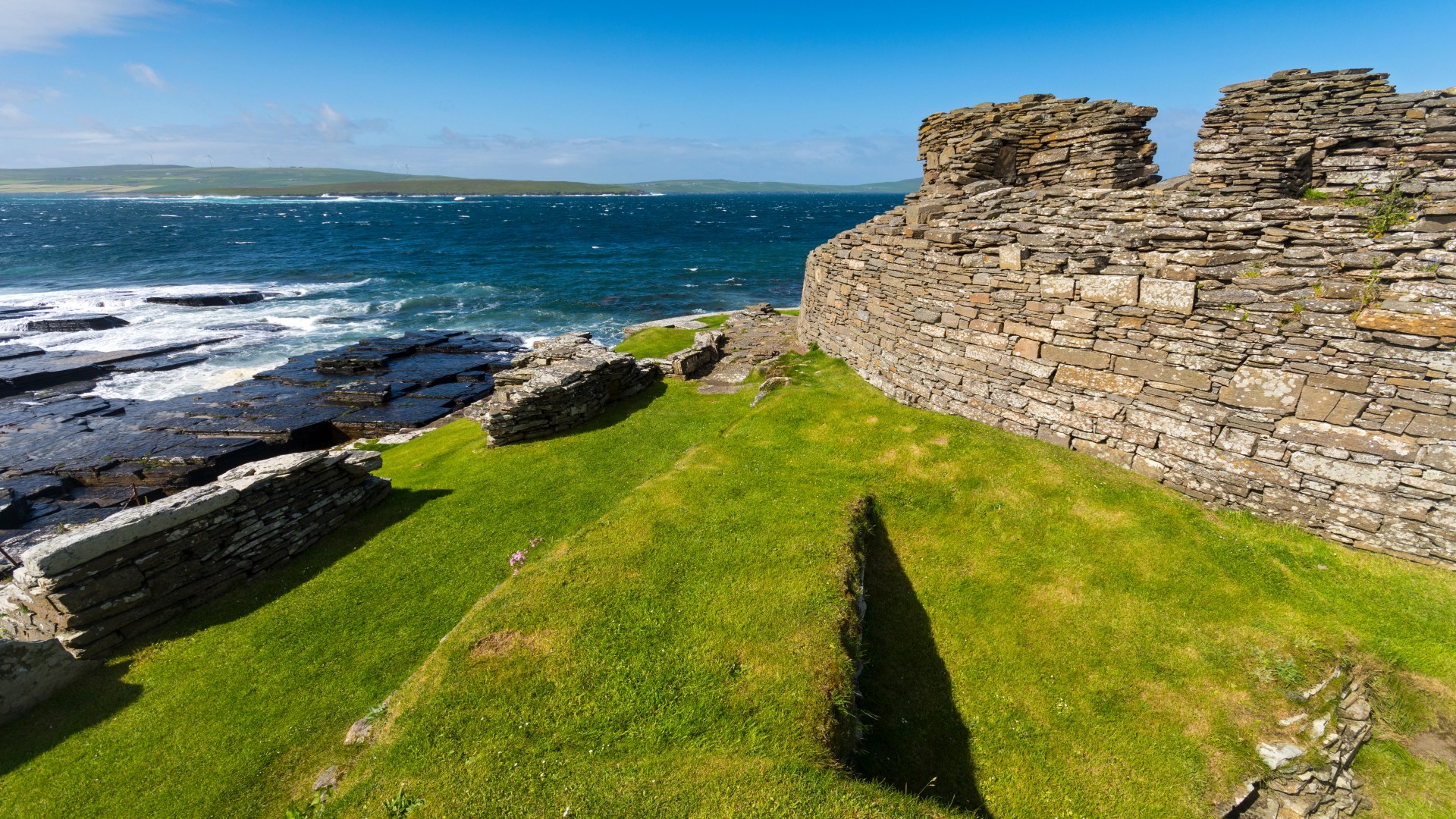
Scottish island dubbed 'Egypt of the North' has stunning sandy beaches and hidden tombs | The Sun
A HILLY island off the northeastern coast of Scotland is known for its natural beauty and incredible archaeological significance.Often referred to as

The Dancing Plague of 1518 — The Public Domain Review
Five hundred years ago in July, a strange mania seized the city of Strasbourg. Citizens by the hundred became compelled to dance, seemingly for no reason — jigging trance-like for days, until unconsciousness or, in some cases, death. Ned Pennant-Rea on one of history’s most bizarre events.

Truth More Terrifying Than Fiction: Murder On Palmyra | by Becky J Hollen | Medium
I first learned about this case through the book And the Sea Will Tell and the subsequent miniseries that aired in 1991 and it still fascinates me to this day. In the summer of 1974 a middle aged… I first learned about this case through the book And the Sea Will Tell and the subsequent miniseries that aired in 1991 and it still fascinates me to this day. In the summer of 1974 a middle aged…

Cast Iron, Salt Air, and 140 Years of Exposure: Cannon at Dry Tortugas - Natural & Cultural Collections of South Florida (U.S. National Park Service)
No description available.
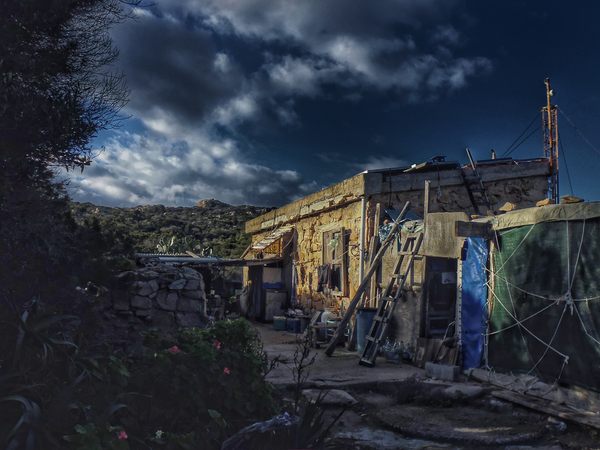
What Is It Like to Live Alone on an Island for 30 Years?
In 1989, Mauro Morandi set sail from Gallipoli, in Apulia, southern Italy, with the goal of reaching Polynesia. “I had enough of society,” the now 79-year-old Morandi says. “I was dreaming of a desert island in the Pacific where to start life anew.” A few days after leaving, he landed on Budelli, less than a square mile in Italy’s Maddalena archipelago, in the Strait of Bonifacio between Sardinia and Corsica.“There were a lot of tourists, so I thought I could make some money taking them around the islands,” he says. “I owed some money to the bank.”
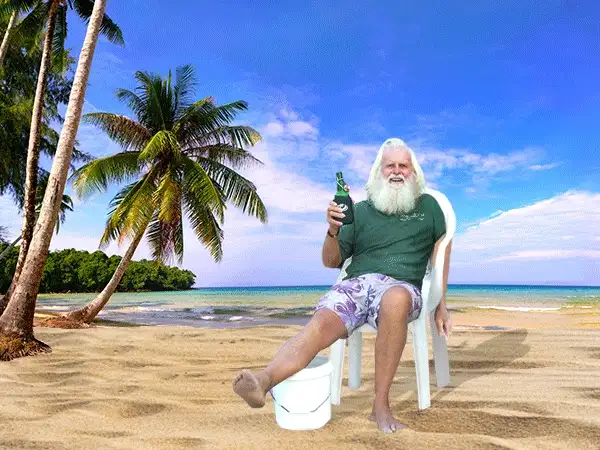
The millionaire who lost it all and became a castaway - The Hustle
When David Glasheen lost his fortune in the 1980s stock crash, he packed a small suitcase and moved to a remote island.

Wabi-sabi, A unique aesthetic sense of the Japanese. | GOOD LUCK TRIP
Wabi-sabi is a unique Japanese aesthetic and philosophy that finds value and charm in imperfection. This article aims to explain the concept and meaning of wabi-sabi as clearly as possible, reflecting on its history and the background of its spread in Japan.
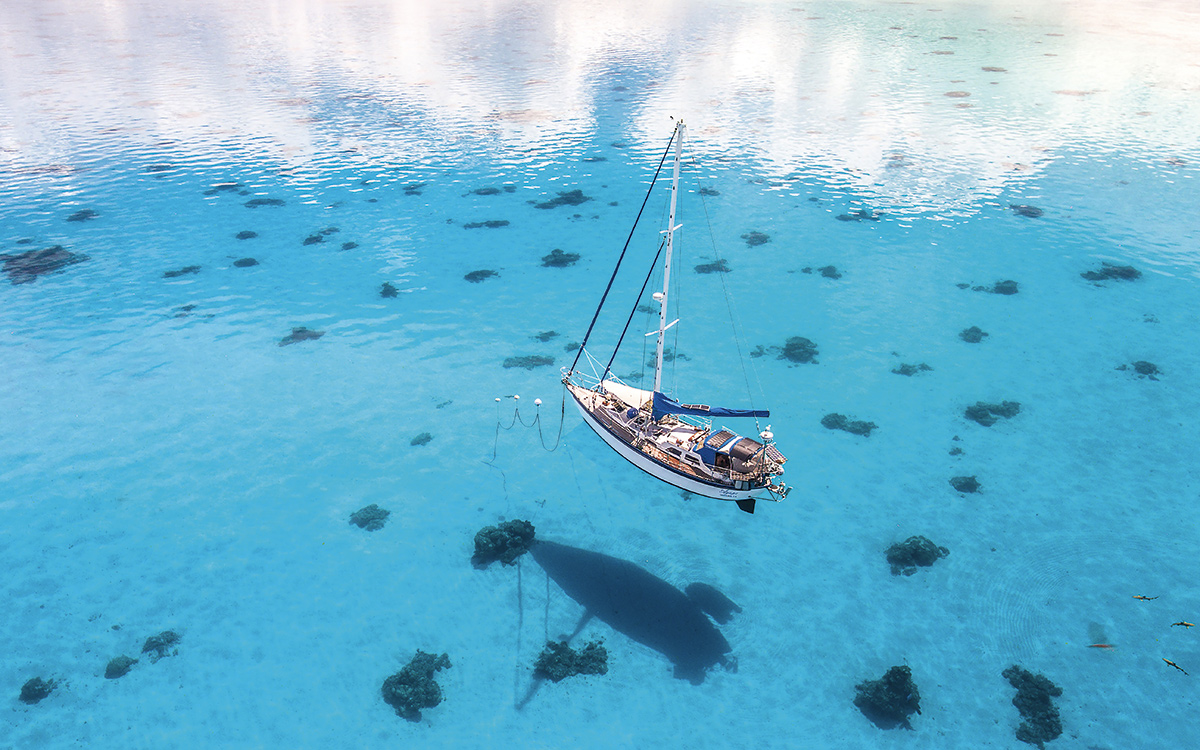
Pacific castaway: Marooned for months in a pandemic - Yachting World
Robinson Crusoe dreams became reality for Joshua Shankle when he was marooned, becoming something of a Pacific castaway during the pandemic
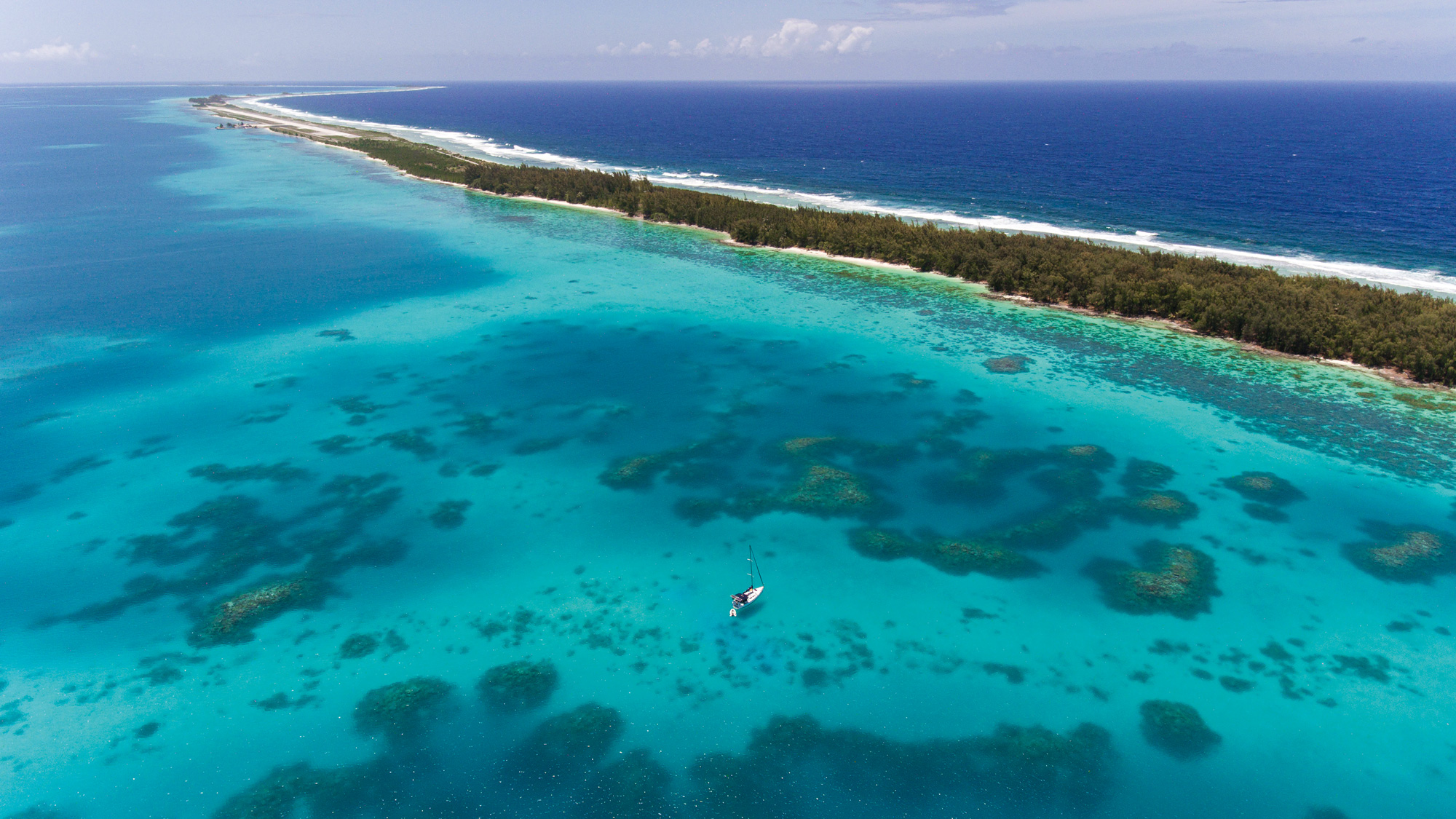
Sailing the Gambier archipelago - Yachting World
The Gambier archipelago enchants solo cruiser Charlotte Guillemot and photographer Julien Girardot
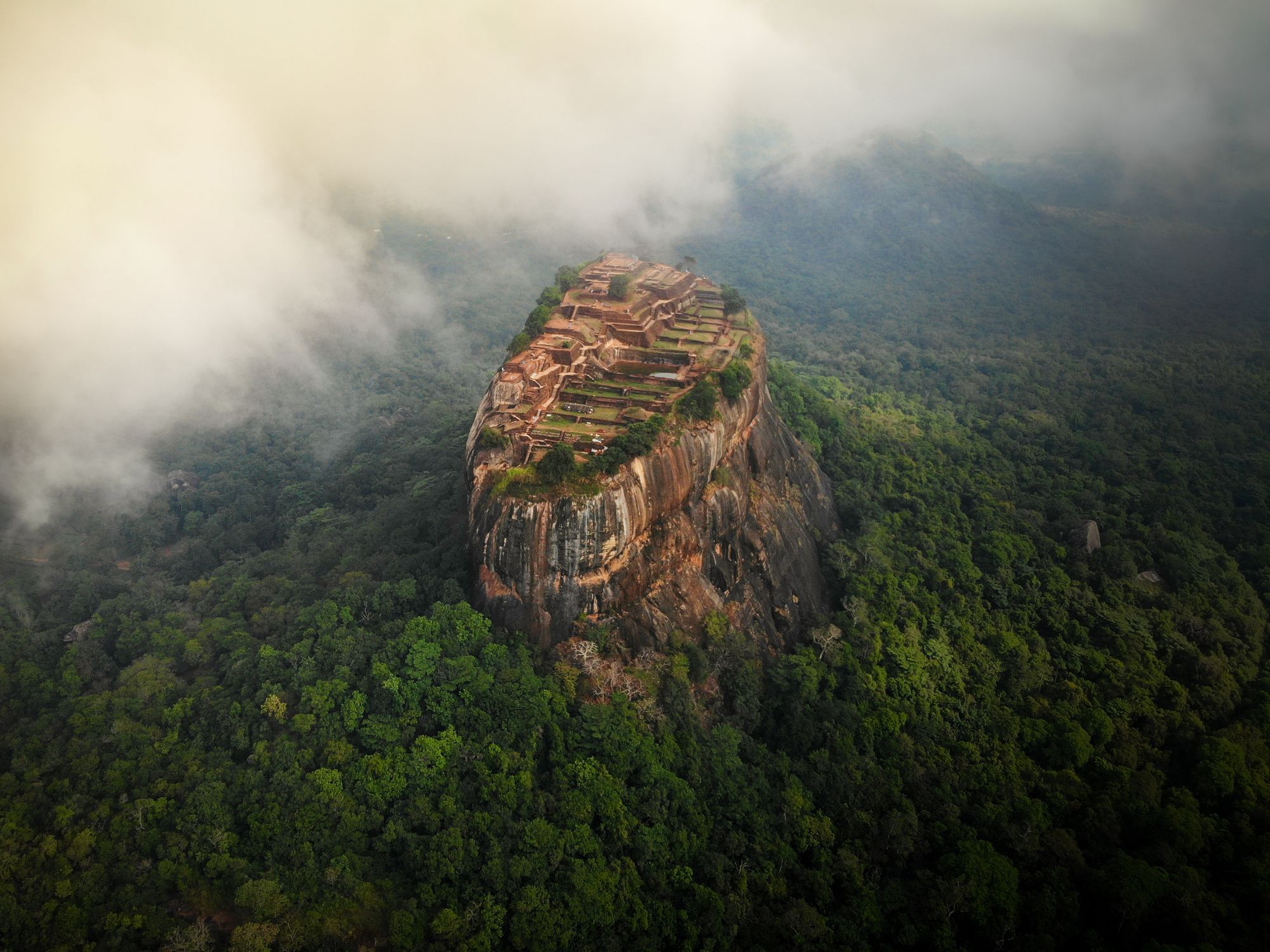
Exploring Sri Lanka’s Ancient Rock Fortress of Sigiriya
Want to know who built Sigiriya, and what Sigiriya is famous for? Check out our history of Sigiriya guide, plus what you can do in Sigiriya today.
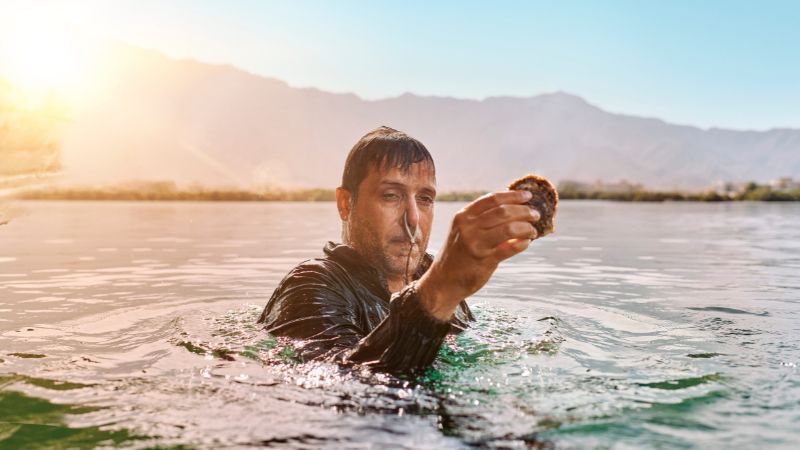
The last UAE pearl diver
As the last in a long line of original pearl divers, Abdulla Rashed Al Suwaidi continues the legacy through Suwaidi Pearls, the world’s only Arabian pearl farm, located in Ras Al Khaimah

In 2013, A Frog Made A Very Unfortunate Appearance At A Rocket Launch In Virginia | IFLScience
One of many launches for NASA. A giant leap for frog kind.
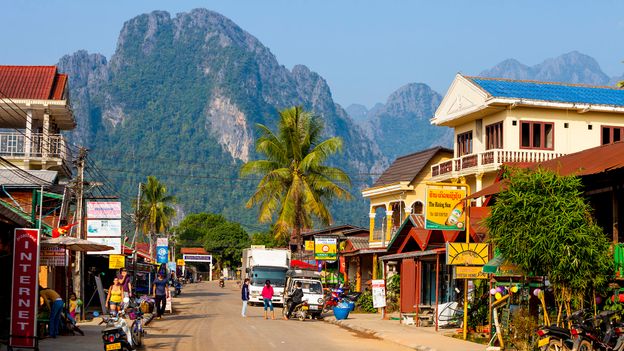
The rise and fall of Vang Vieng, Laos' notorious party town
Once notorious as a debauched riverside party town, Vang Vieng had cleaned up its act in recent years, but is now in the headlines for all the wrong reasons once again.
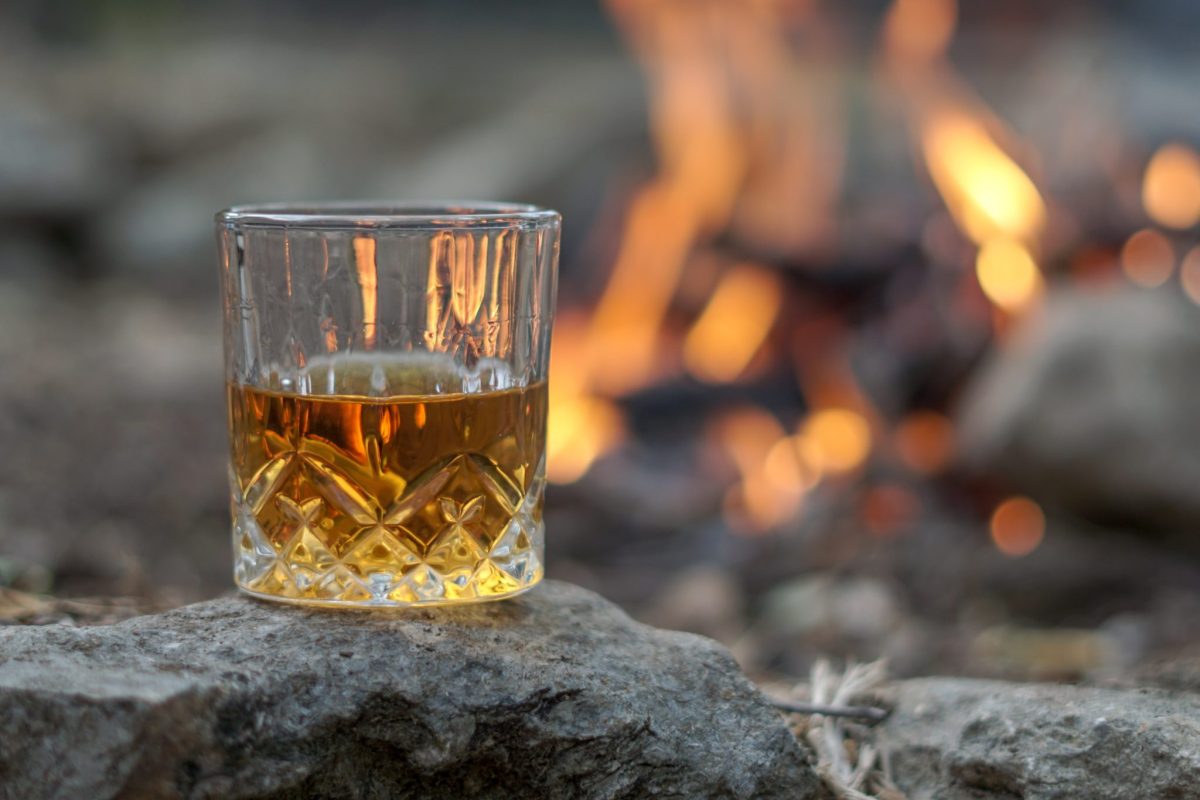
The Whisky Wars: an alcohol filled, yet good-natured, pseudo-conflict between Denmark and Canada – Retrospect Journal
Darcy Gresham explores how the friendly nations of Denmark and Canada engaged in an intriguing, half-century-long dispute over the remote Arctic rock known as Hans Island.
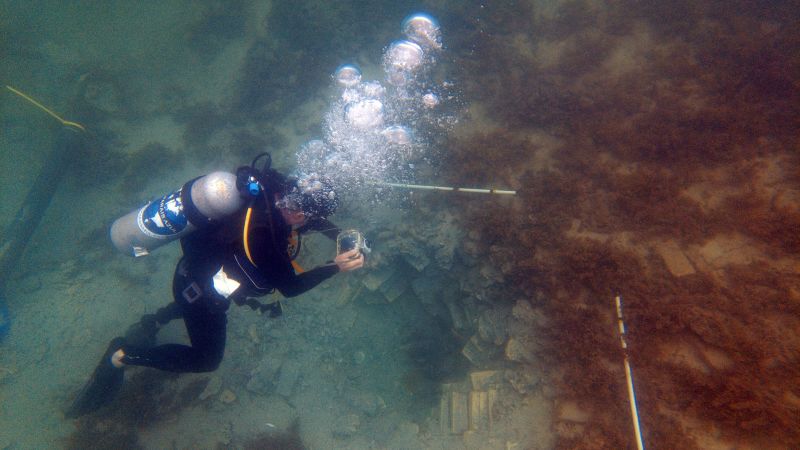
Costa Rica shipwrecks, long thought to be pirate ships, were transporting enslaved people | CNN
Marine archaeologists have discovered that two shipwrecks in Costa Rica that were previously believed to be pirate ships are 18th-Century Danish slave ships that have been missing for centuries.

The time Nazi engineers tried to create fully functional UFOs for war
During the Second World War, Nazi engineers envisioned plans for a saucer-shaped aircraft that could land and lift off without a runway.
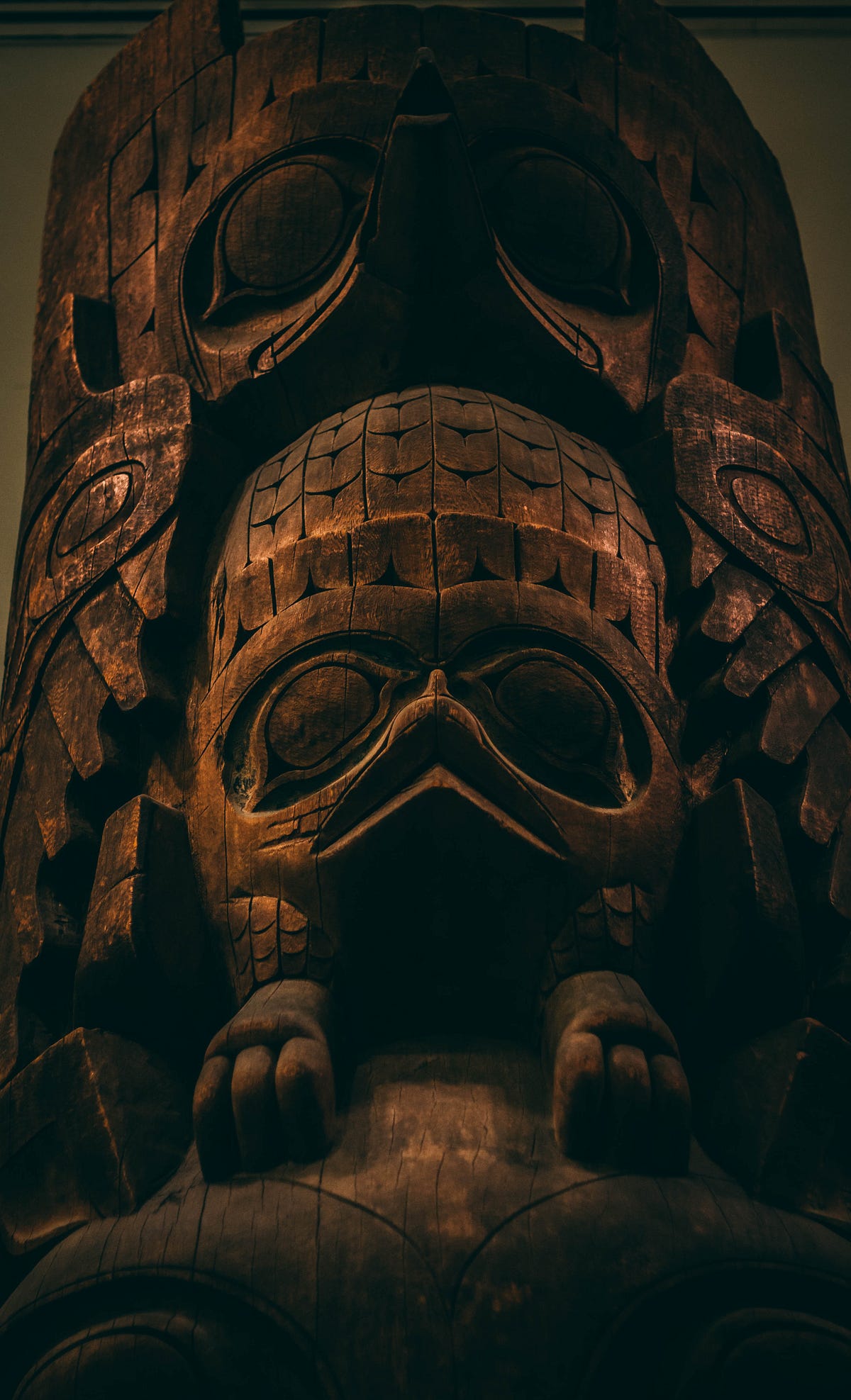
The Rum-Based History of Tiki Culture | by Graham Heldreth | Medium
What says beach time better than a few tiki drinks at the end of a long week? The delicious mix of tropical fruit juices and rums, decorated with a tiny umbrella and fresh fruit is enough to make…
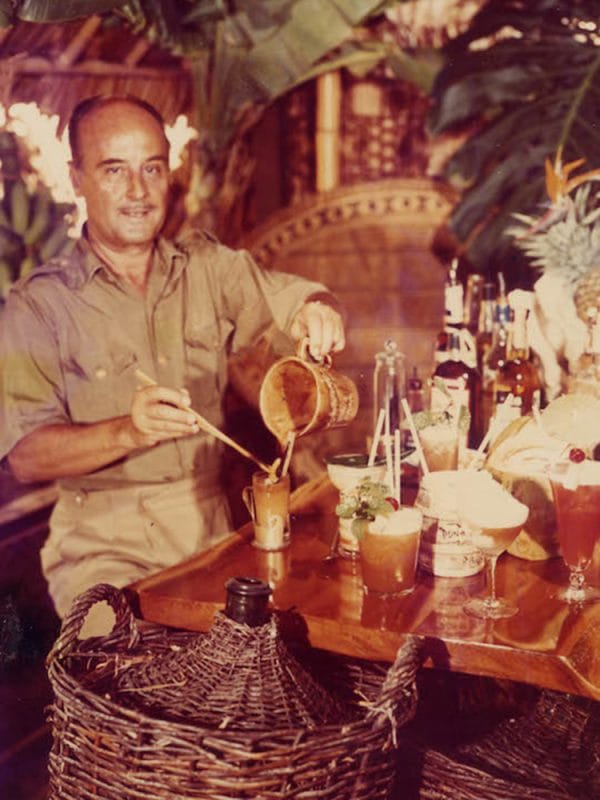
What You Need To Know About Don The Beachcomber, The Original Tiki Bar
Discover the fascinating origins of Don the Beachcomber, the iconic tiki bar that revolutionized tropical cocktails and created a cultural phenomenon.
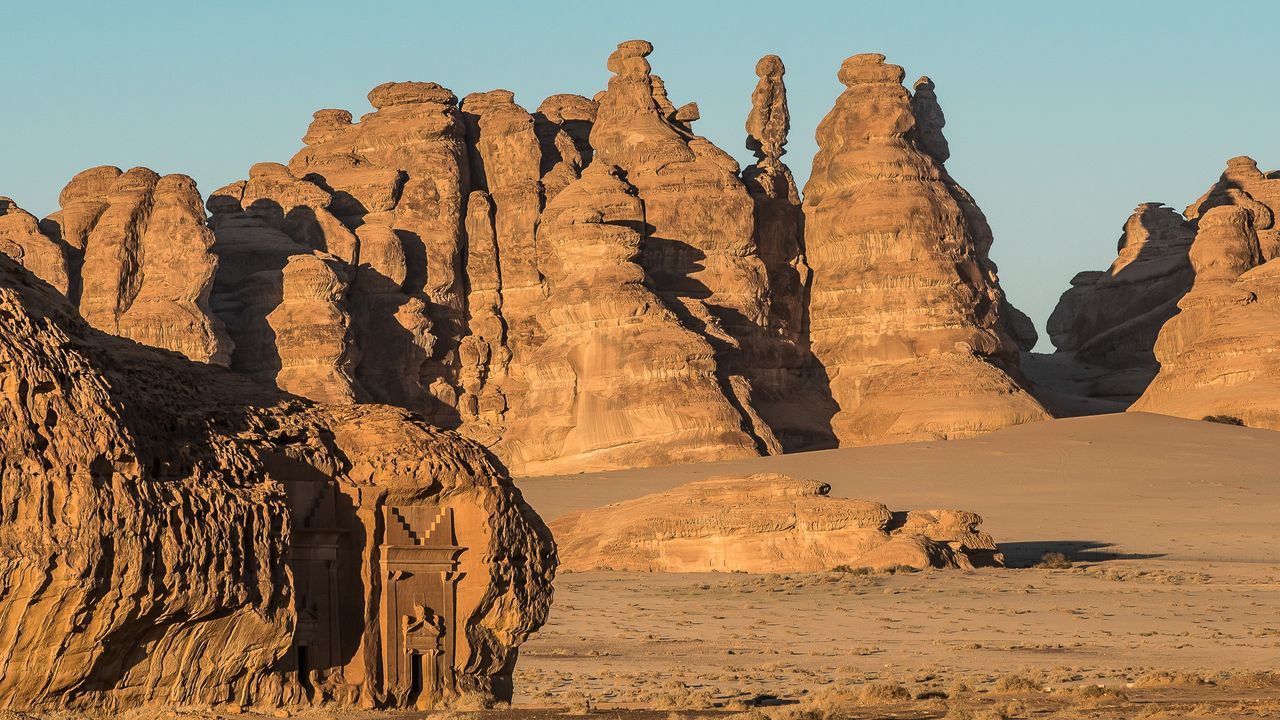
2025 Travel Bucket List Essential: Why Hegra in AlUla, Saudi Arabia, Canât Be Missed | AD Middle East
Dating back to the 1st century BCE, this incredible Nabataean region is brimming with unexpected experiences, the perfect 2025 Travel Bucket List Essential

A Woman in Hitler’s Bathtub – An Image That Reverberated Through Time. – The TravelClast
The story goes that after seeing the most amazing atrocities of WWII and sharing raw images of concentration camps with the world through Vogue, Miller gets word of the impossible, a place in Munich that has the holy trinity: coal, running water, and electricity. That could mean only one thing, a hot bath. The place in question happened to be Adolf Hitler’s apartment. She preceded to take a well deserved bath in Hitler’s bathtub. The photograph the was born from this moment is one of my favorites. There are layers and layers of meaning that are both surreal and photo-journalistic. Grounded and other worldly. It is a masterpiece on multiple levels.
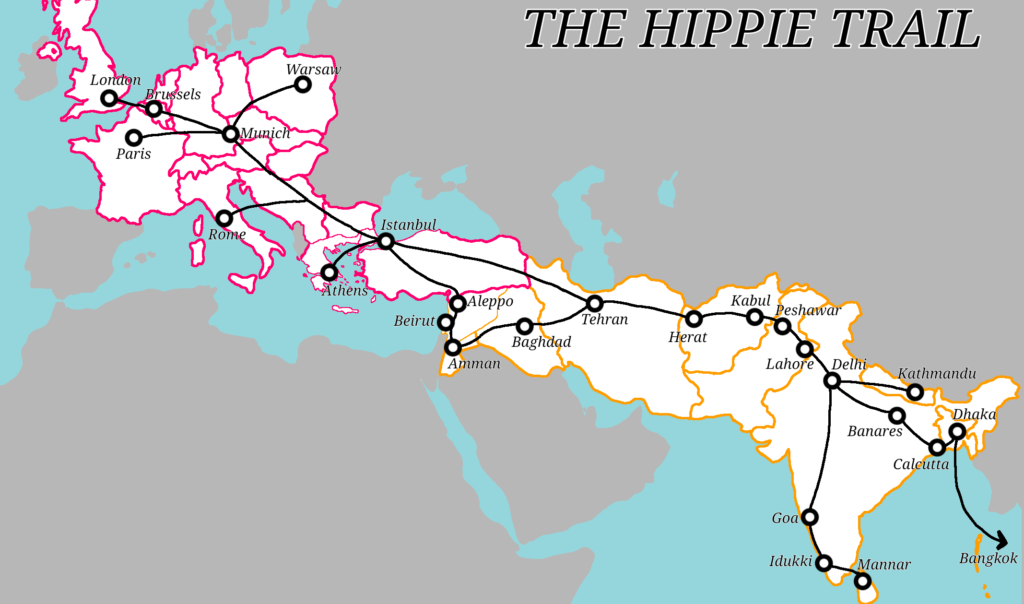
Map of The Hippie Trail Routes of The 1960s & 1970s - Brilliant Maps
The map above shows "The Hippie Trail", where western hippies travelled throughout the 60s and 70s usually to consume drugs and seek some form of spiritual awakening.
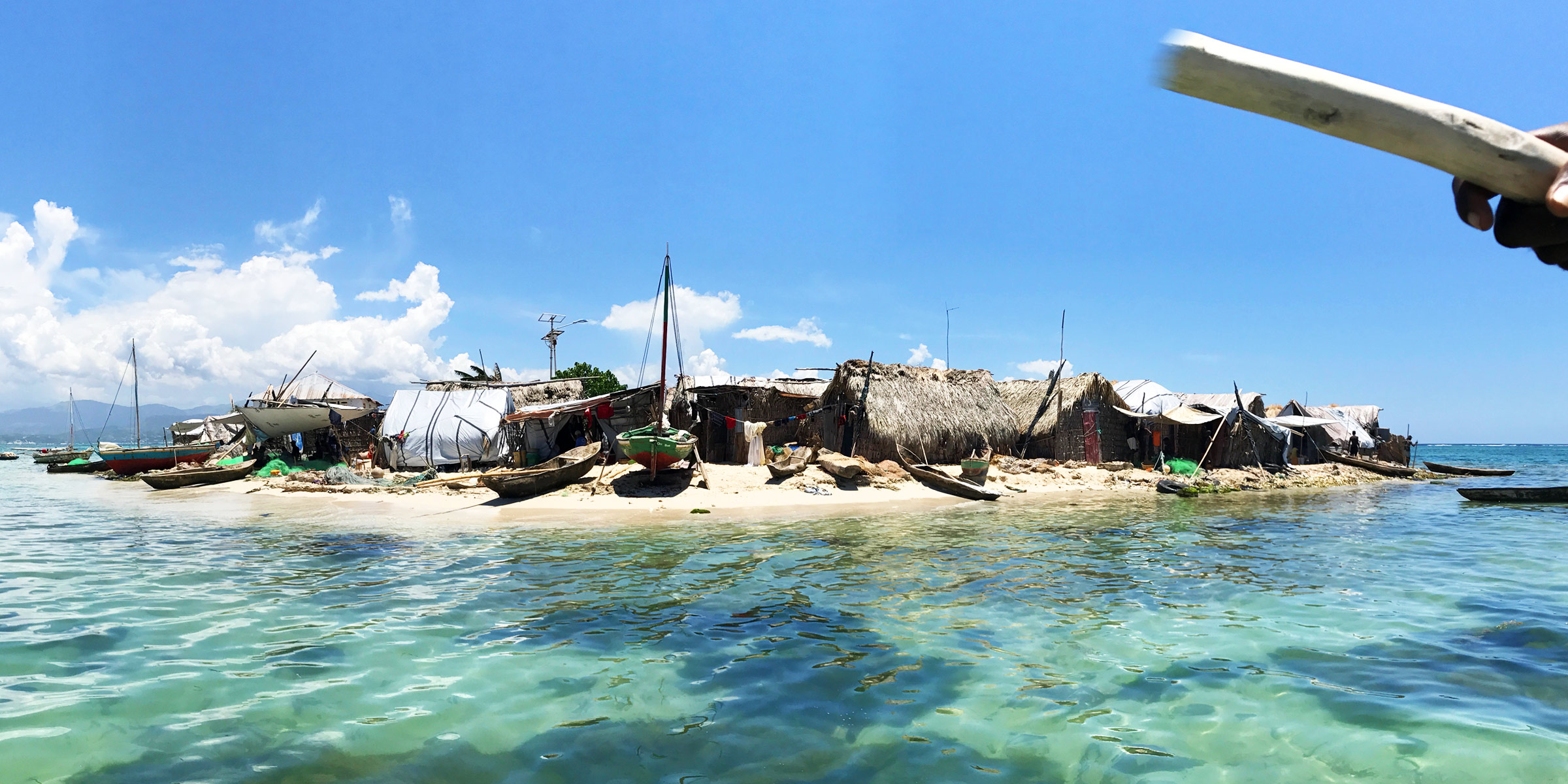
Is This the Most Crowded Island in the World? (And Why That Question Matters) - Longreads
After taking a few trips to other countries as a backpacker, I decided to try my hand traveling in a country that had always fascinated me: Haiti. First I went to the more straightforward northern region of the country, then to Port-au-Prince and other areas. I decided to cut back on time-wasting apps and devote those spare moments to learning Kreyòl instead. I read up on the Haitian Revolution. I made a minor pastime out of studying the country bit by bit on Google Earth. One day, while poring over the south coast of Haiti on Google Earth — whether I was scouting for places that might be interesting to visit or just killing time I can’t recall — I found an island that looked really densely crowded. From above, it’s difficult to see that it’s even an island—just a big clump of houses surrounded by a narrow band of beach. Had I stumbled upon a place that might challenge Santa Cruz del Islote’s claim? Could this island really be the world’s most crowded?
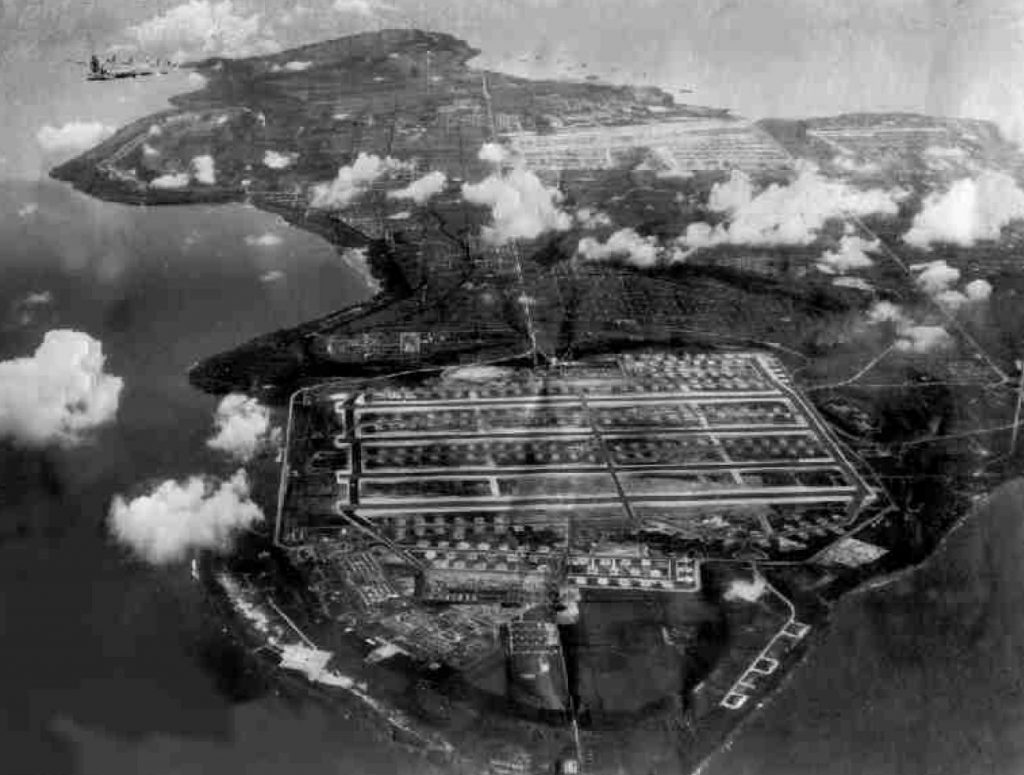
Tinian Island – Nuclear Museum
Tinian Island was the launching point for the atomic bomb attacks against Hiroshima and Nagasaki, Japan. One of three islands in the Northern Marianas, Tinian is less than forty square miles in size and located approximately 1,500 miles south of Tokyo. The round-trip flight from Tinian to Tokyo took B-29s an average of twelve hours. This proximity to Japan is one reason Tinian served as the headquarters of the 509th Composite Group. Tinian, easy to supply by sea and perfect for launching air attacks against Japan, was desired by the U.S. military because of its key strategic importance. The U.S. military referred to Tinian with the codename “Destination.”
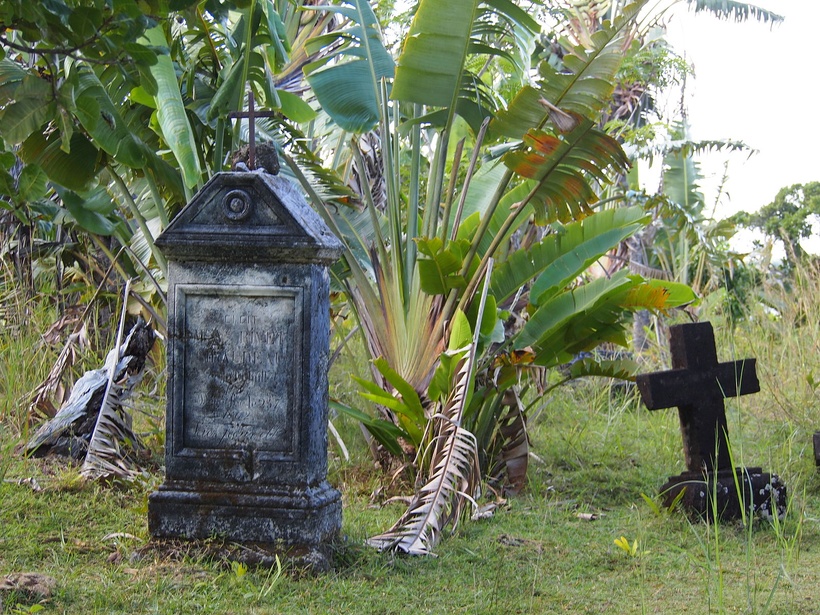
Avast! Here be a Pirate Cemetery – Burials & Beyond
The island of Ile Sainte-Marie (St Mary’s Island) is a tiny and beautiful island off the coast of Madagascar and boasts a very special little graveyard. Looking at Ile Sainte-Marie today, it seems a haven for wildlife, being renowned for humpback whale watching and loved by divers for its beautiful (shark free!) lagoon with substantial coral growth. However, Sainte-Marie wasn’t always such an idyllic landscape, but was a haven for pirates in the 17th and 18th centuries. The first known pirate to take up residence was Adam Baldridge – who fled from a murder charge and turned to piracy – in 1691, and countless others followed in his footsteps until the last pirate resident, John Pro, in 1719. Sainte-Marie was ideal for habitation, with great swathes of native fruit trees (ideal for making rum!) and enough resources to support an approximate 1000 pirates over a 100 year period. In a map of 1733, the island was named quite simply ‘the island of pirates’.
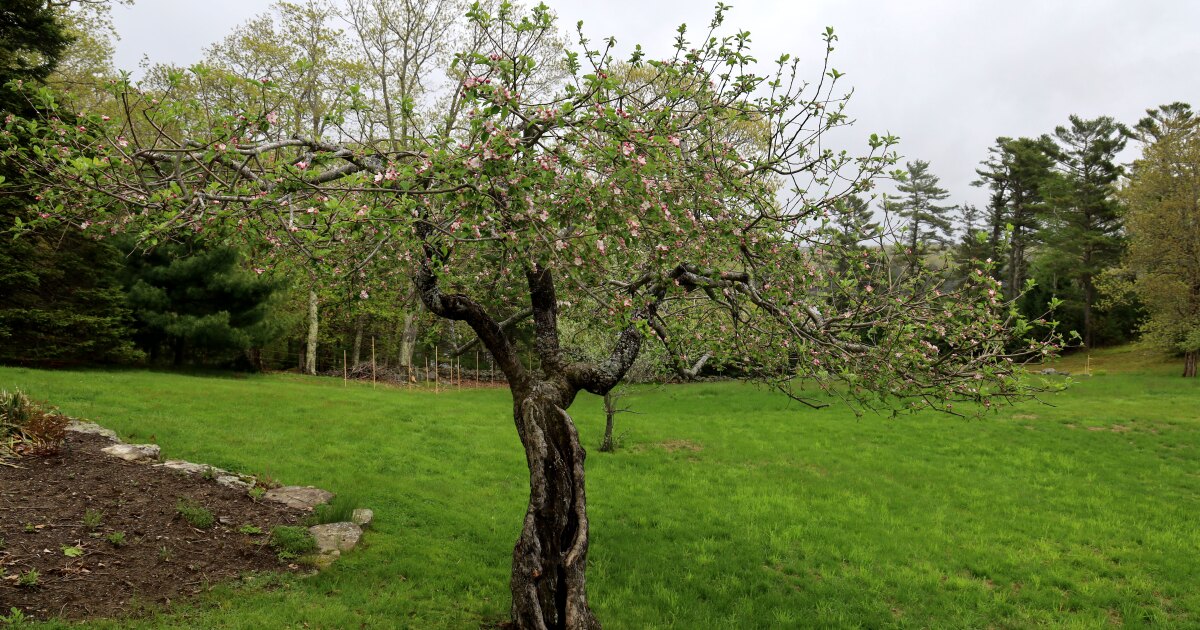
On a Maine island, historians discover one of the oldest living apple trees in North America | Maine Public
The Drap D'Or de Bretagna — or Golden Cloth of Brittany, in French, is one of a few historic apples that are the genetic ancestors of many of the common varieties we eat today. And the Verona Island tree is the only known living specimen in North America.

Nan Madol: Archaeologists Uncover Earliest Evidence of Chiefdom in Pacific | Sci.News
Nan Madol, an ancient administrative and the former capital of the Micronesian island of Pohnpei, was the earliest among the Pacific islands to be ruled by a single chief, according to an international team of archaeologists.
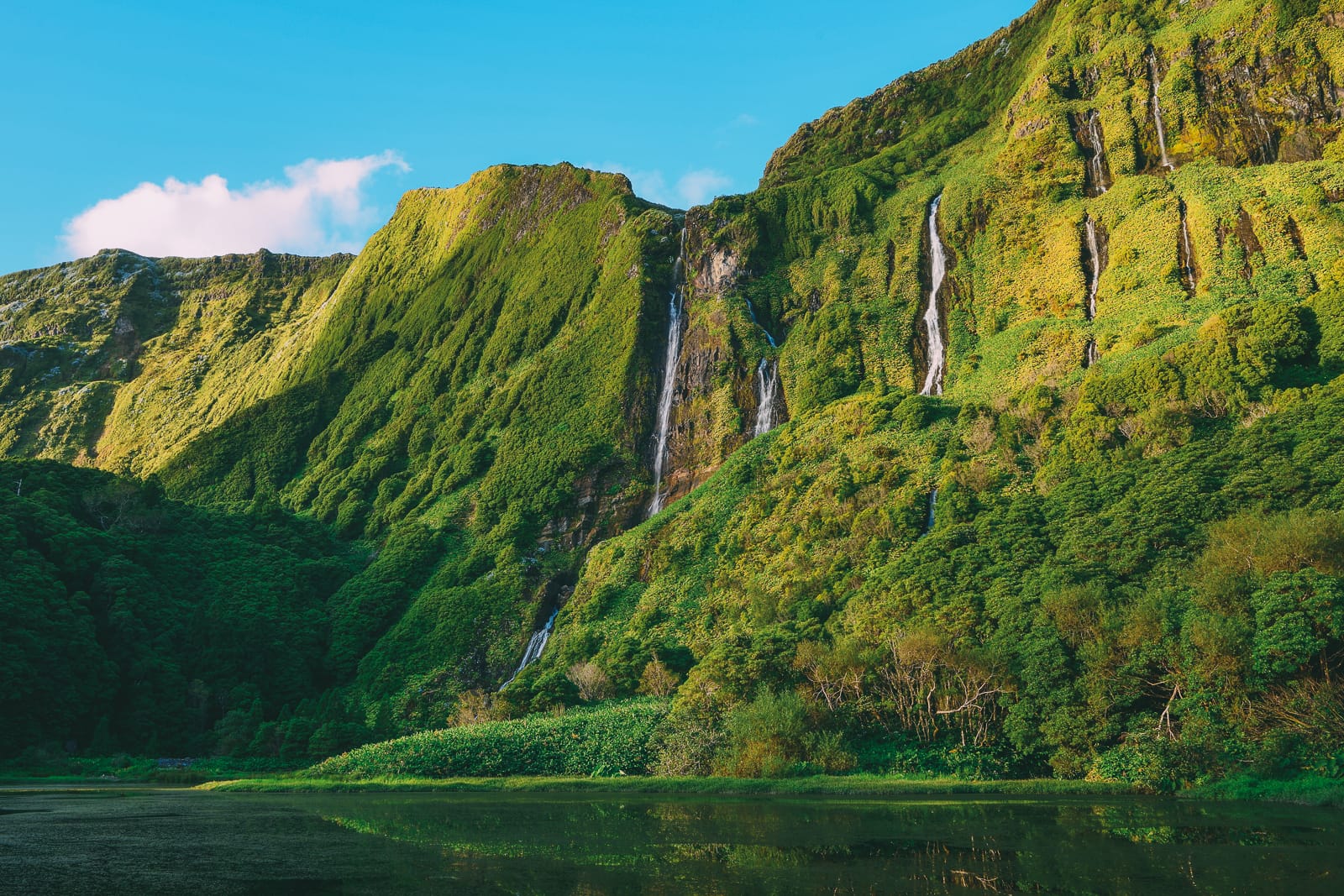
5 Surprisingly Tropical Islands To Visit In Europe - Hand Luggage Only - Travel, Food And Photography Blog
Europe is known for being a lot of amazing things – tropical isn’t really one of them. Geographically, Europe is in the temperate zone so the idea of a tropical place in Europe is one that we aren’t really used to in this part of the world.
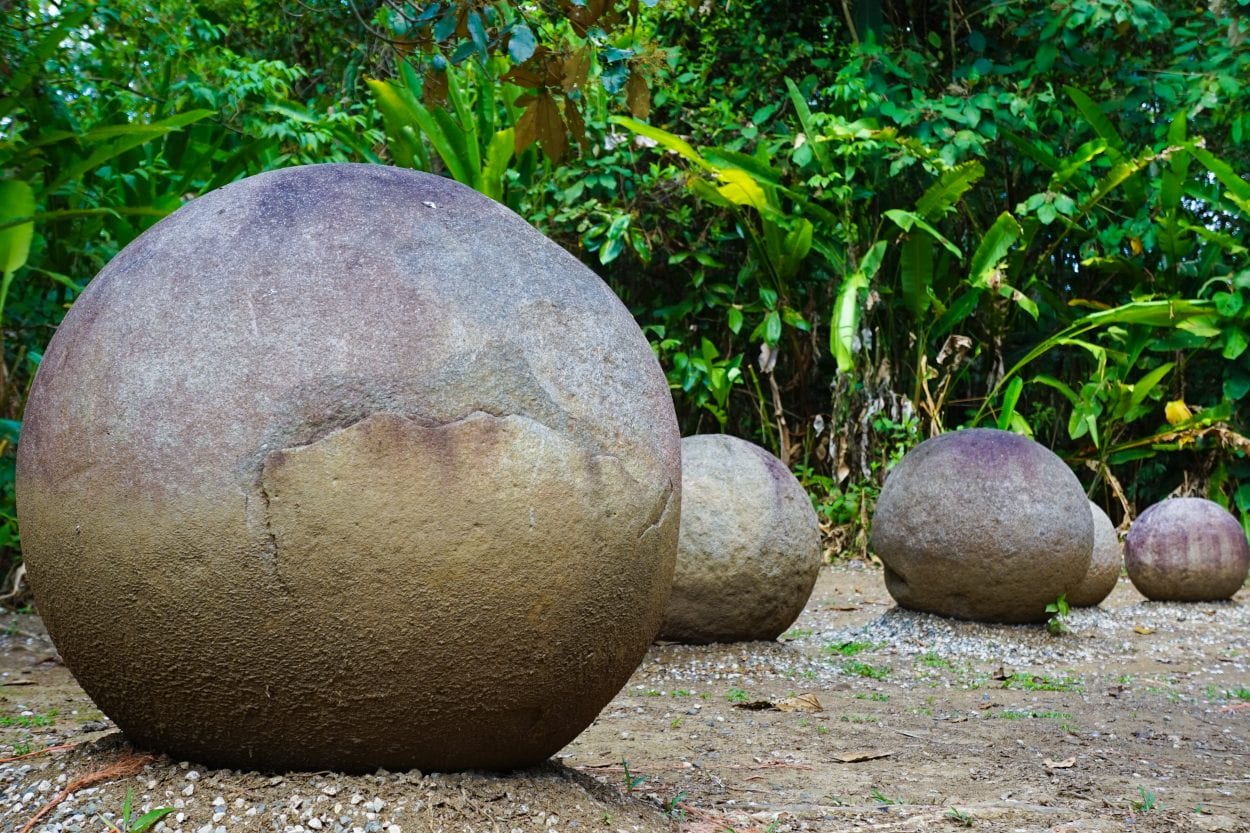
The Mysterious Stone Spheres of Costa Rica
On the small island of Isla del Caño and the Diquís Delta in Costa Rica are over 300 stone Petrospheres often referred to as the Diquís Spheres, that have been attributed to the now extinct Diquís culture. - HeritageDaily - Archaeology News
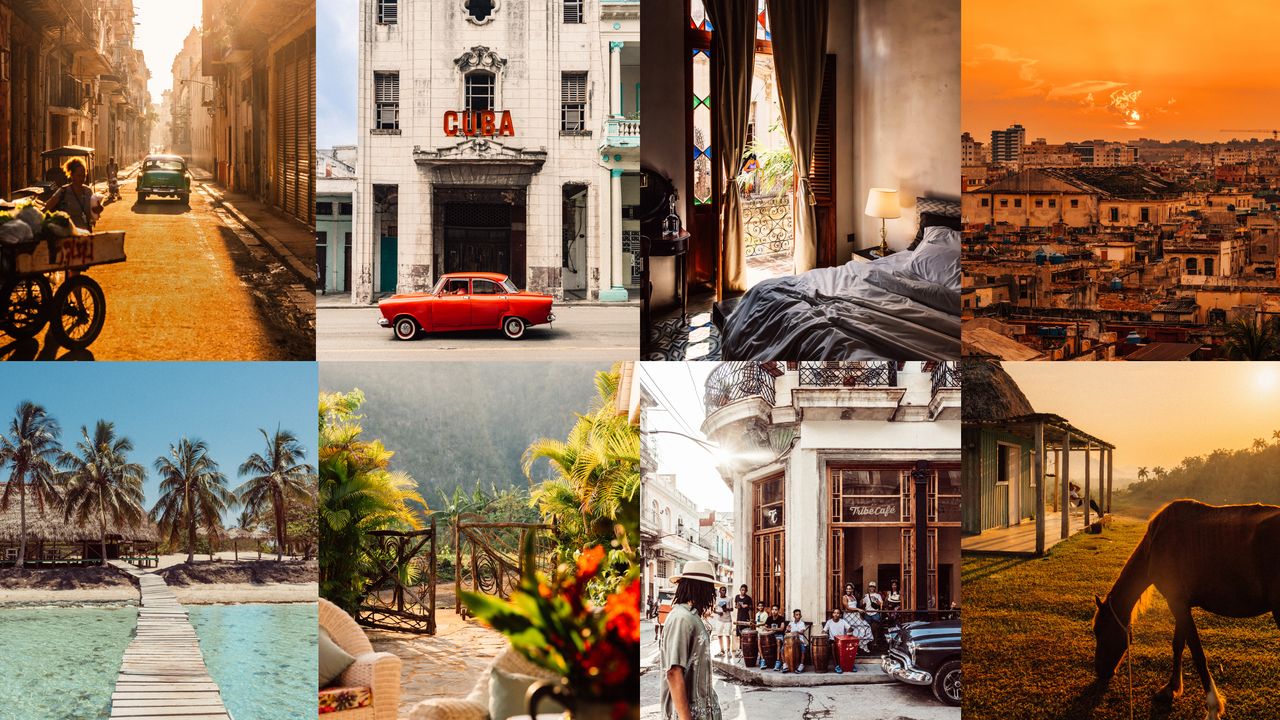
Can Americans Travel to Cuba? | Condé Nast Traveler
There are many misconceptions around whether Americans can travel to Cuba. Here's everything to know if you're considering a trip.
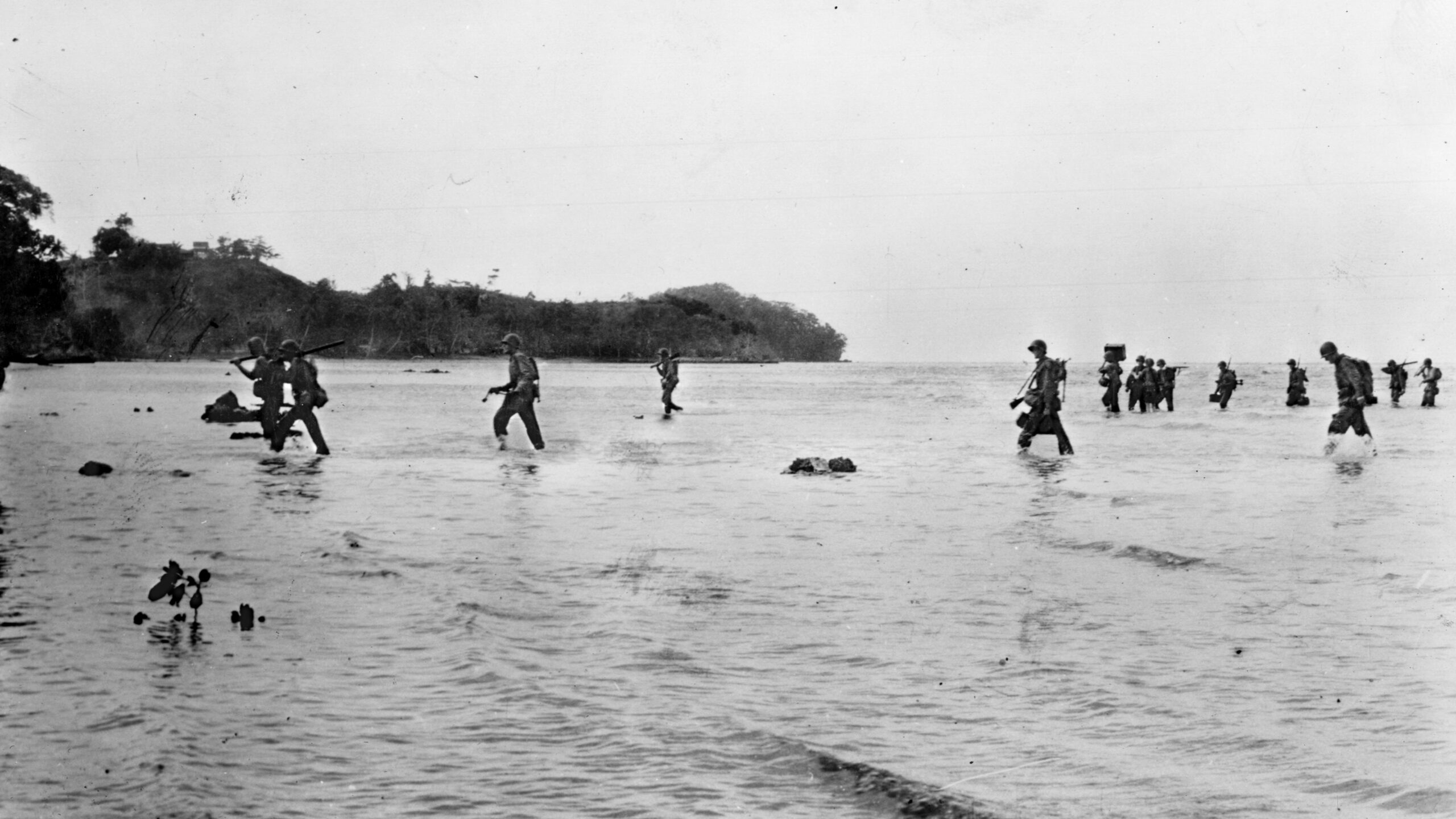
First Hell in the Pacific: The Battle for Tulagi - Warfare History Network
Unlike their comrades who invaded Guadalcanal on August 7, 1942, United States Marines landing on Tulagi met fierce resistance. It was a harbinger of the bloody island fighting that marked combat in the Pacific during World War II.
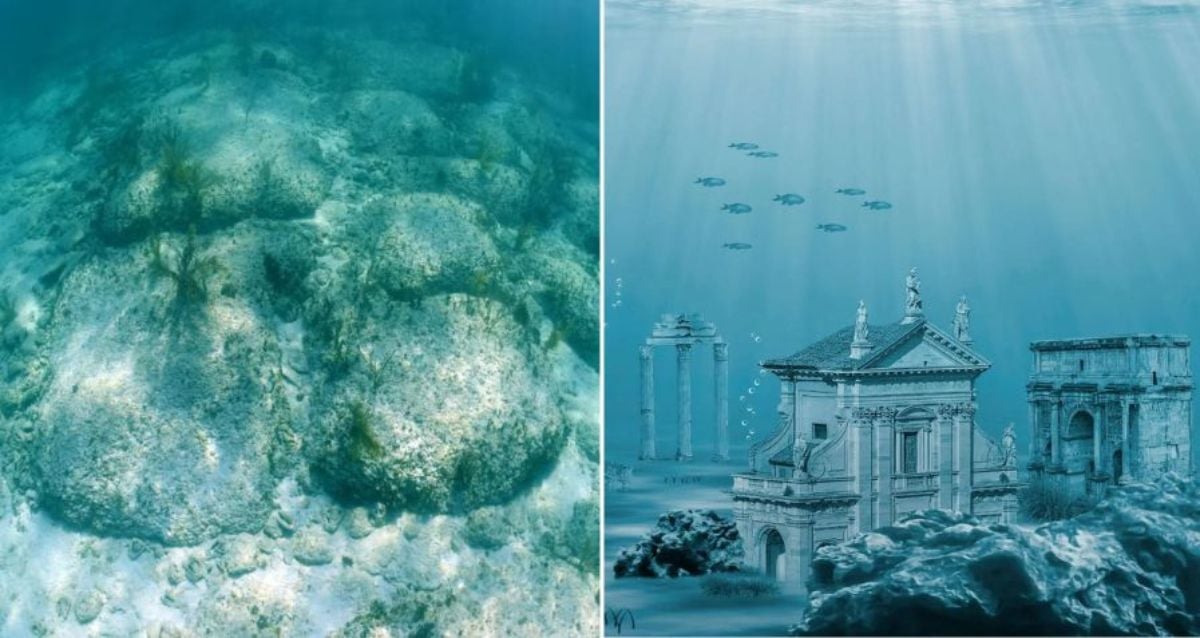
Bimini Road: Natural Rock Formation Or Path To Atlantis?
Bimini Road is an underwater rock formation located off the coast of North Bimini island in the Bahamas — and some people believe that it leads to the lost city of Atlantis.
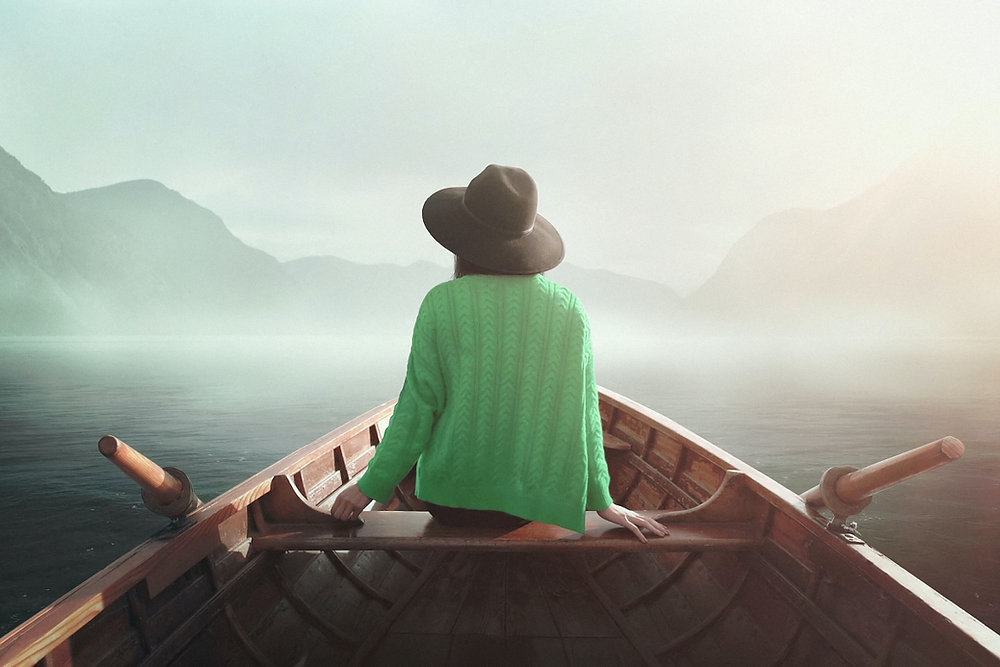
What I Learned Taking a Year-Long Break from Social Media
In December 2020, I announced my plan to log off social media for an entire calendar year. Specifically, I wanted to see what life was like without Facebook, Twitter, Instagram, and LinkedIn. Well, here we are in 2022, a week past the anniversary of that original announcement. I’m proud to say that I stuck with my goal through all 2021. Now, it’s time for a recap.
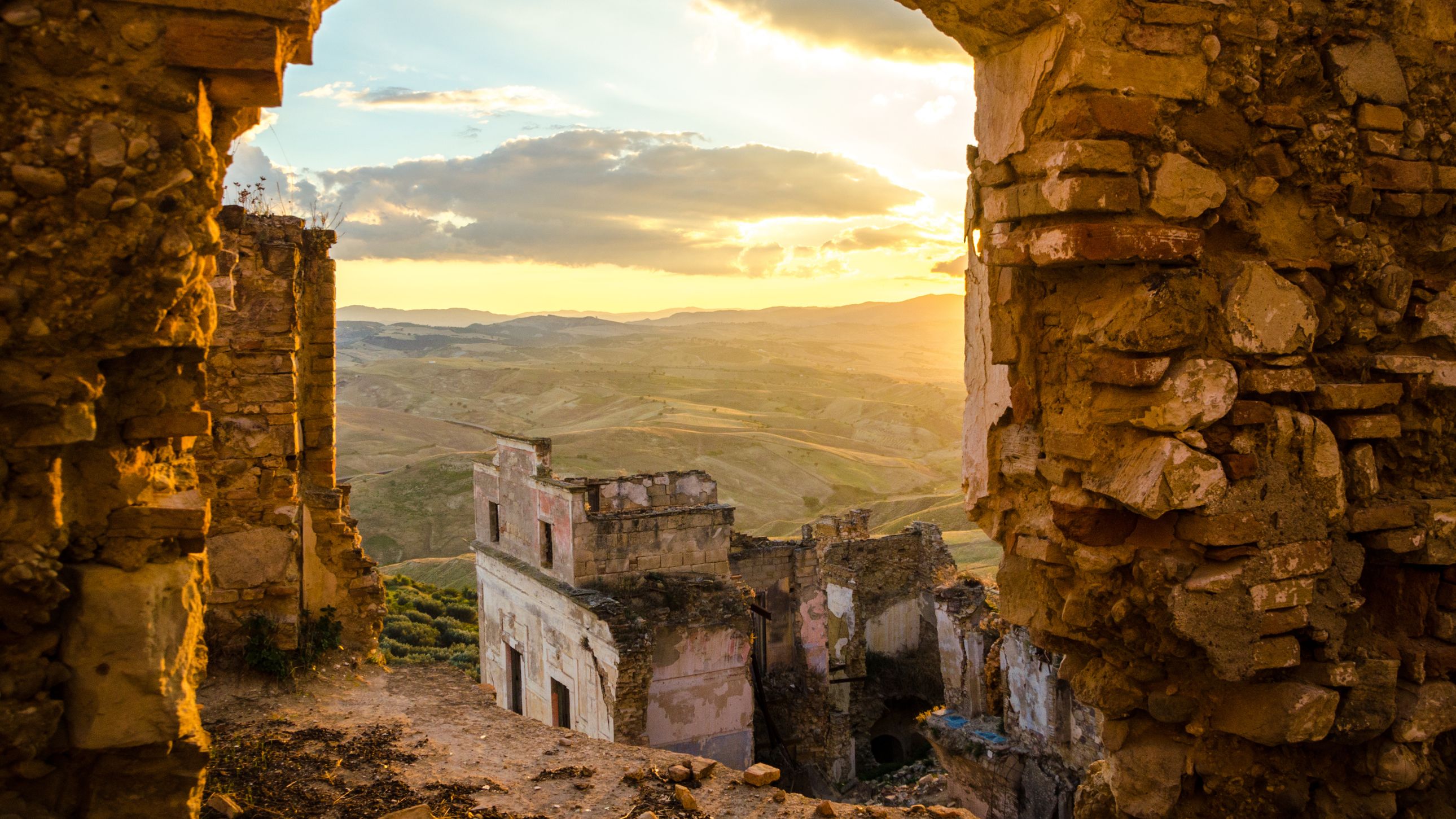
30 Stunning Abandoned Towns Around the World | Architectural Digest
While some may see them as decaying eyesores, others will view these forgotten former towns as beautiful spaces that history has all but forgotten

PL Peace Tower - Atlas Obscura
A strange tribute to all the fallen souls of war.

The mysterious forest circles of Miyazaki | Offbeat Japan
I didn’t happen across these strange circles of trees while soaring over the Japanese landscape but, like many curious folk, I found them on social networks. As these always show the same photos, I decided to check them out with my very own aerial sensors.
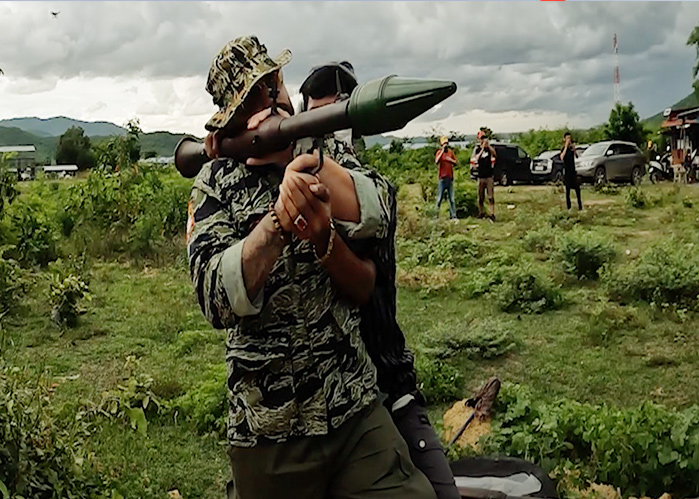
Weed Pizza and AK-47s: My Summer Vacation in Cambodia
I had come into Cambodia overland from Thailand, which involved a long bus ride from Bangkok during which I tried in vain to take enough knock-off Thai valium to pass out, but ended up just vacantly watching Bollywood musicals and Thai action movies on the grainy bus TV for hours, until we had to transfer to a car at the frontier to continue the journey. The bus could go no further because the roads in this area were, to put it charitably, non-existent. After a few hours in the back seat of a car that might have been in its prime during the Nixon administration, being jostled relentlessly on an aggressively dusty and deeply rutted dirt track while trying to chat with the seemingly very drunk and very Danish couple I had piled in with, we had arrived.
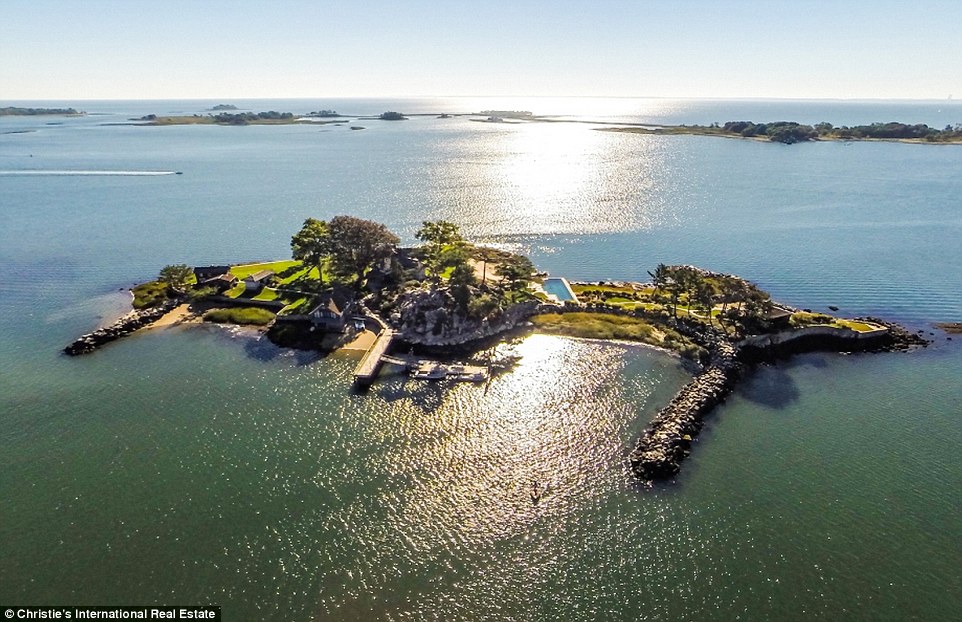
Own a Mansion with Celebrity History on a Private Island Overlooking NYC for $11M | 6sqft
Tavern Island is located in the Long Island Sound and once hosted celebrities like Marilyn Monroe for lavish parties. The island and its mansion are now for sale for $11 million.

In Tokyo, coffee meets cuteness in the company of capybaras
TOKYO – In Tokyo’s Sumida district, a quiet residential neighborhood, there’s always a bustling line forming in a little alley before 11 a.m., opening time for Cafe Capyba. Customers wait patiently to spend 1,250 yen ($8.53) for 30 minutes with capybaras.

All our Bamboo Houses - aurahouse-bali.com
Discover spectacular bamboo houses perched on the sacred Ayung River and surrounded by the Balinese forest, and enjoy a well deserved retreat far from the city life

10 presidents who have personally killed people
Many politicians publicly endorse capital punishment. But would it make a difference if they had to personally put people to death? Social science suggests it might. David P. Barash, a professor of psychology at the University of Washington and an HNN blogger, writes in his book, The Hare and the Tortoise: Culture, Biology, and Human Nature, that if the people who back war or capital punishment had to kill people with their bare hands we might well have fewer wars and executions. That’s because the way we are wired it’s far easier for us as humans to order someone’s death, which makes death an abstraction, than to actually inflict a fatal blow. To understand what an order to kill someone involves we humans have to feel what it’s like. Our emotions have to be engaged. Barash, a longtime foe of the development of nuclear weapons, warns that the risk of nuclear war is greater because leaders can order the use of nukes without triggering their own natural emotional responses. Citing a suggestion of Roger Fisher, Barash facetiously writes that one possible solution would be to replace the computer-coded nuclear football with a small capsule implanted in the heart of a trusted aid. To trigger an attack the president would have to literally rip open his aide’s body. As Barash vividly writes: “Bright red human blood might be just what is needed, to shock even the most insulated Neanderthal back to reality.”

How America’s Obsession With Hula Girls Almost Wrecked Hawai’i | Collectors Weekly
You’ve seen her hanging around tiki bars, swiveling her hips seductively but woodenly indifferent to the scene around her. She’s often found bobbing and playing ‘ukulele on the dashboard of cars, dangling from key rings, lounging under palm trees on matchbook covers, and thanklessly holding up lampshades. Often scantily clad or topless, her uniform may include a grass skirt, a coconut bra, bright floral fabrics, and flowers in her hair. She beams from Hawaiian tourism brochures, and her most modest incarnation meets travelers arriving by plane or ship, lovingly placing a lei around their necks.